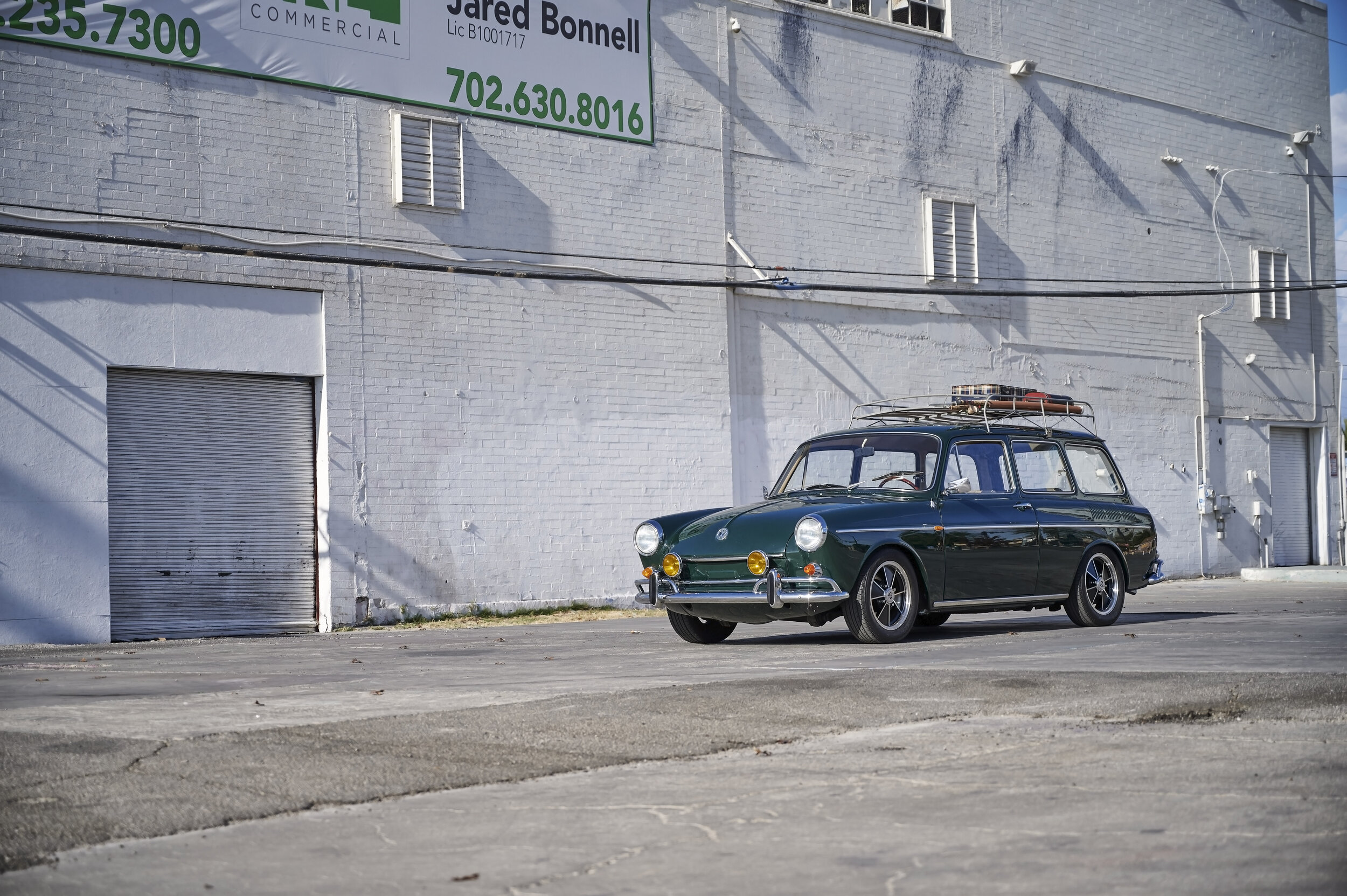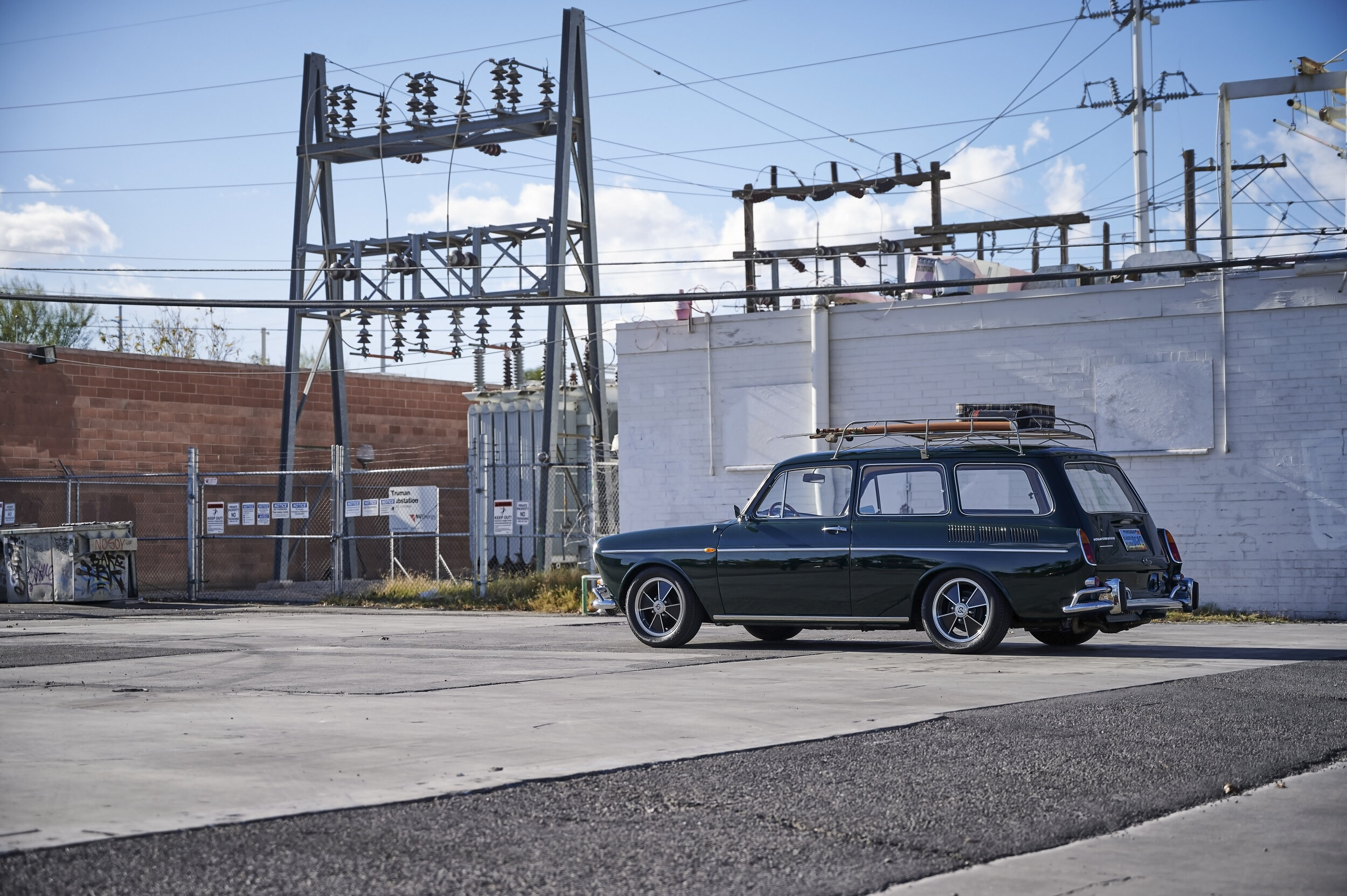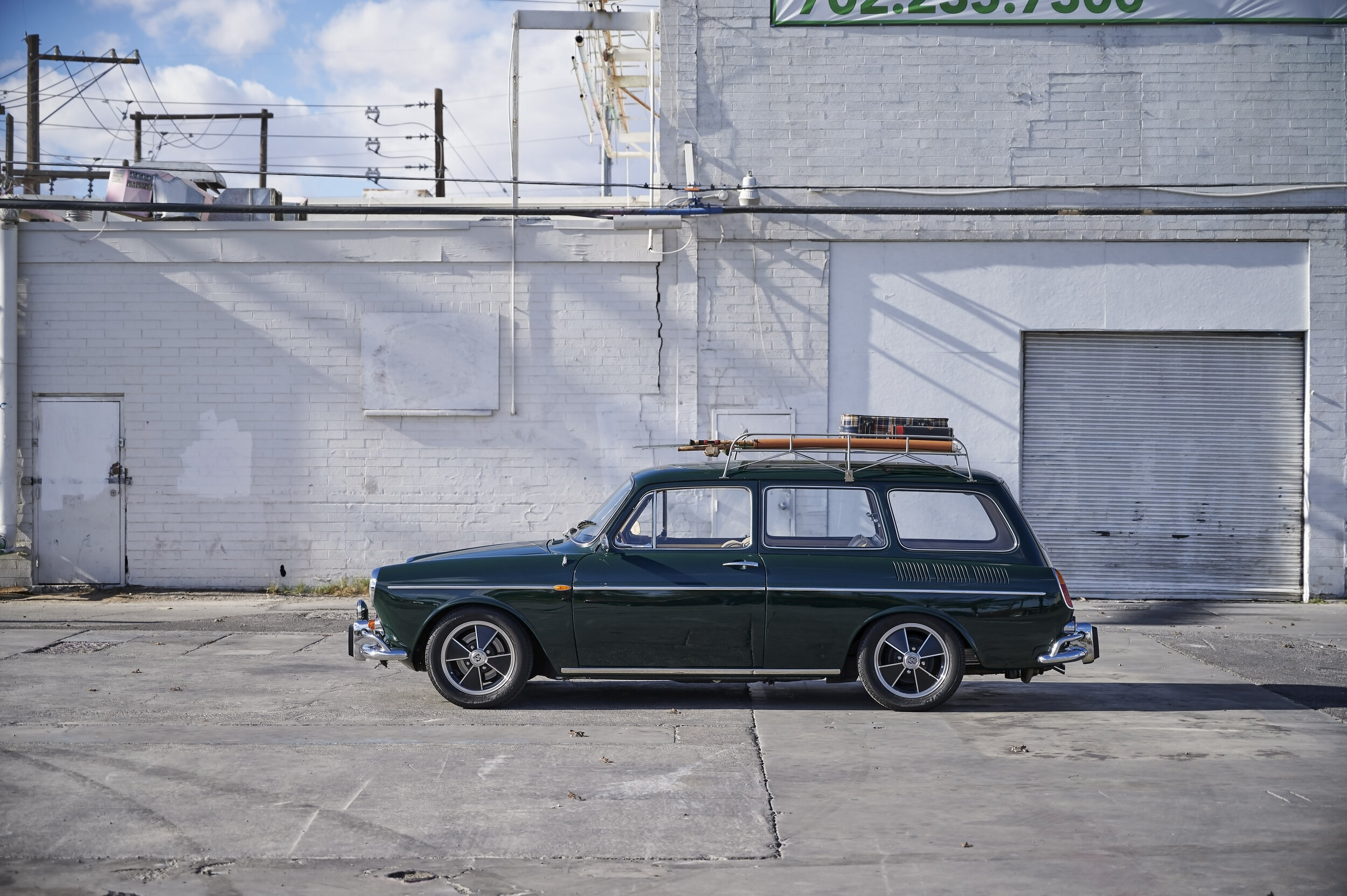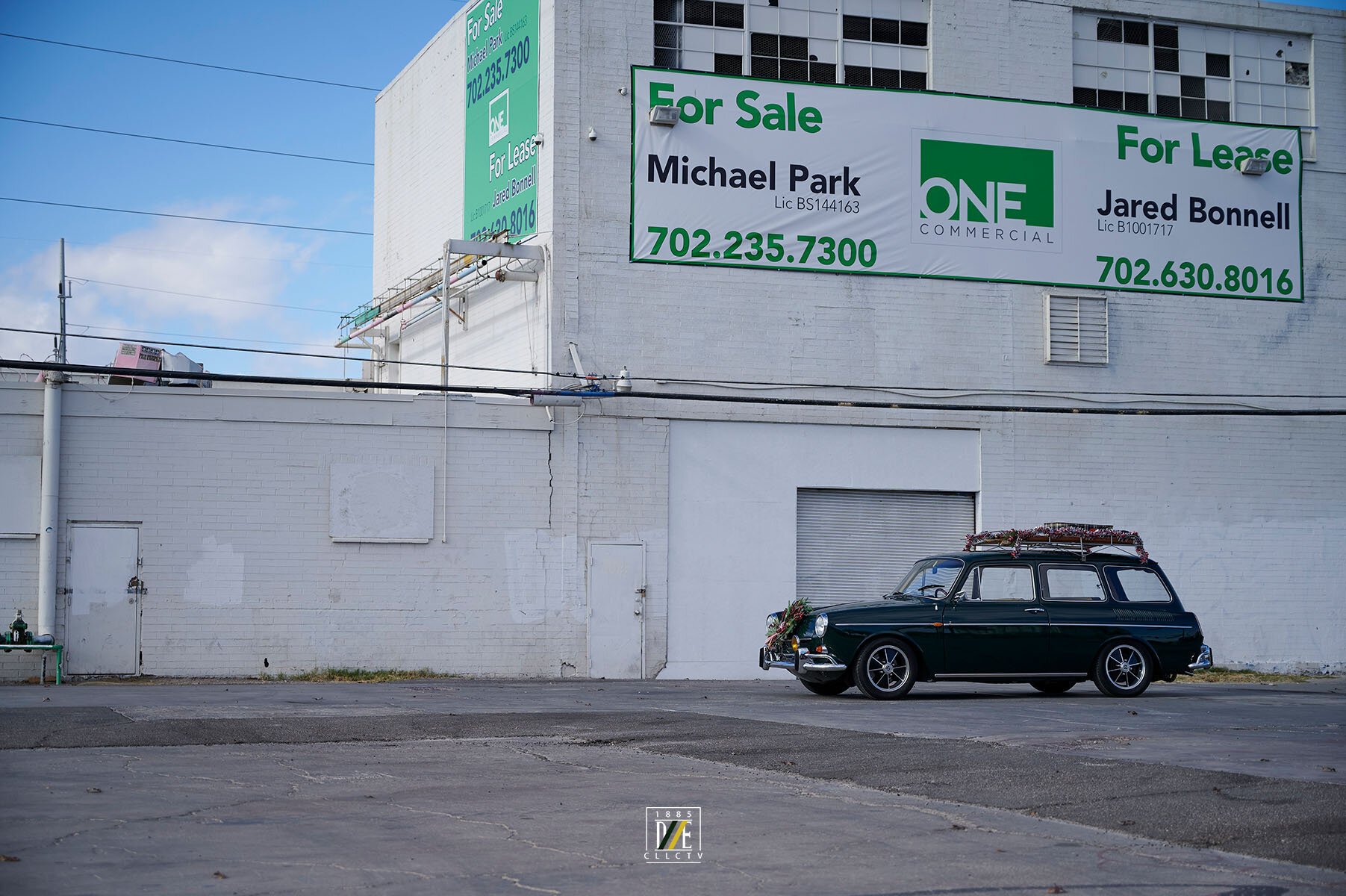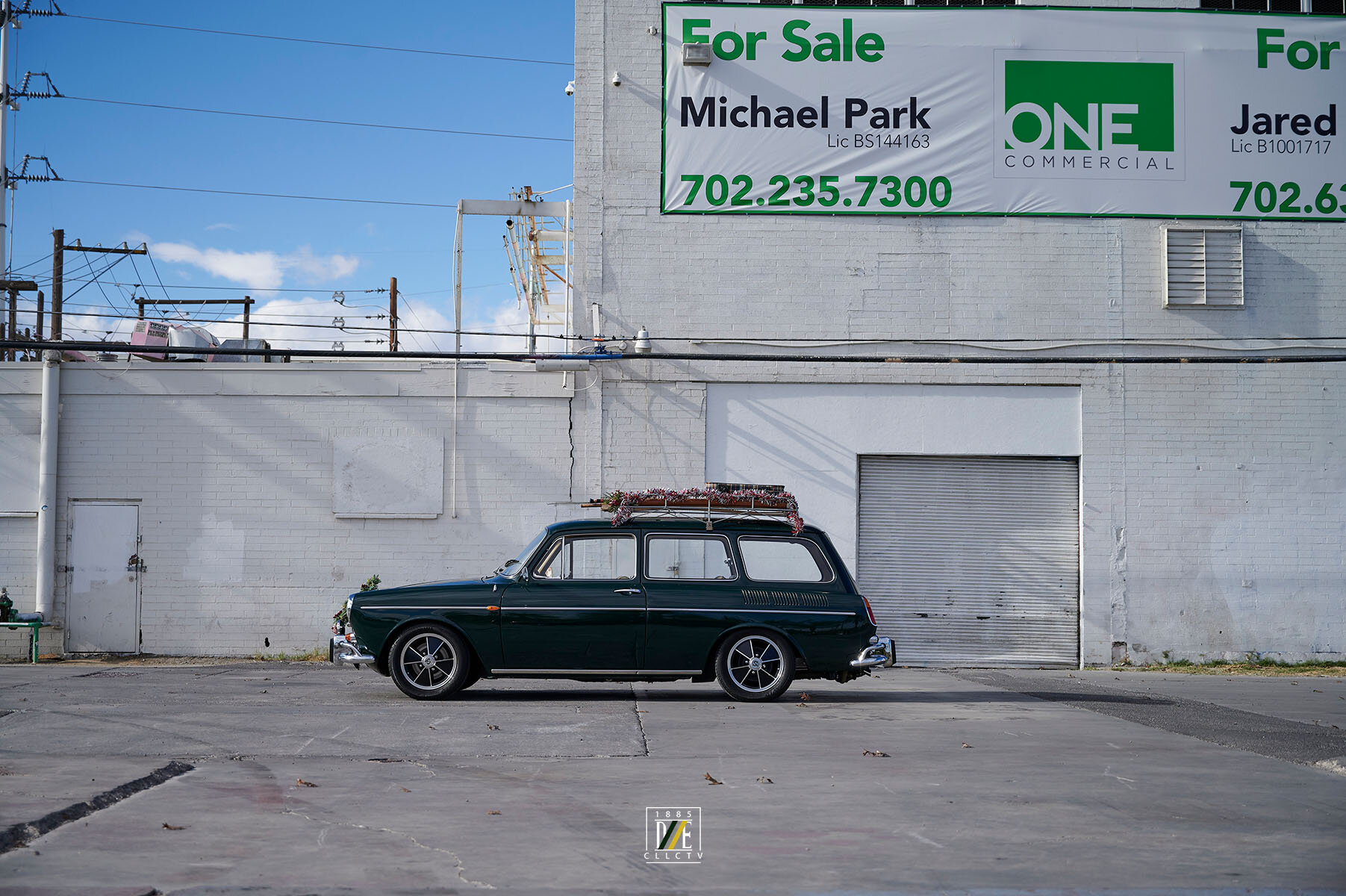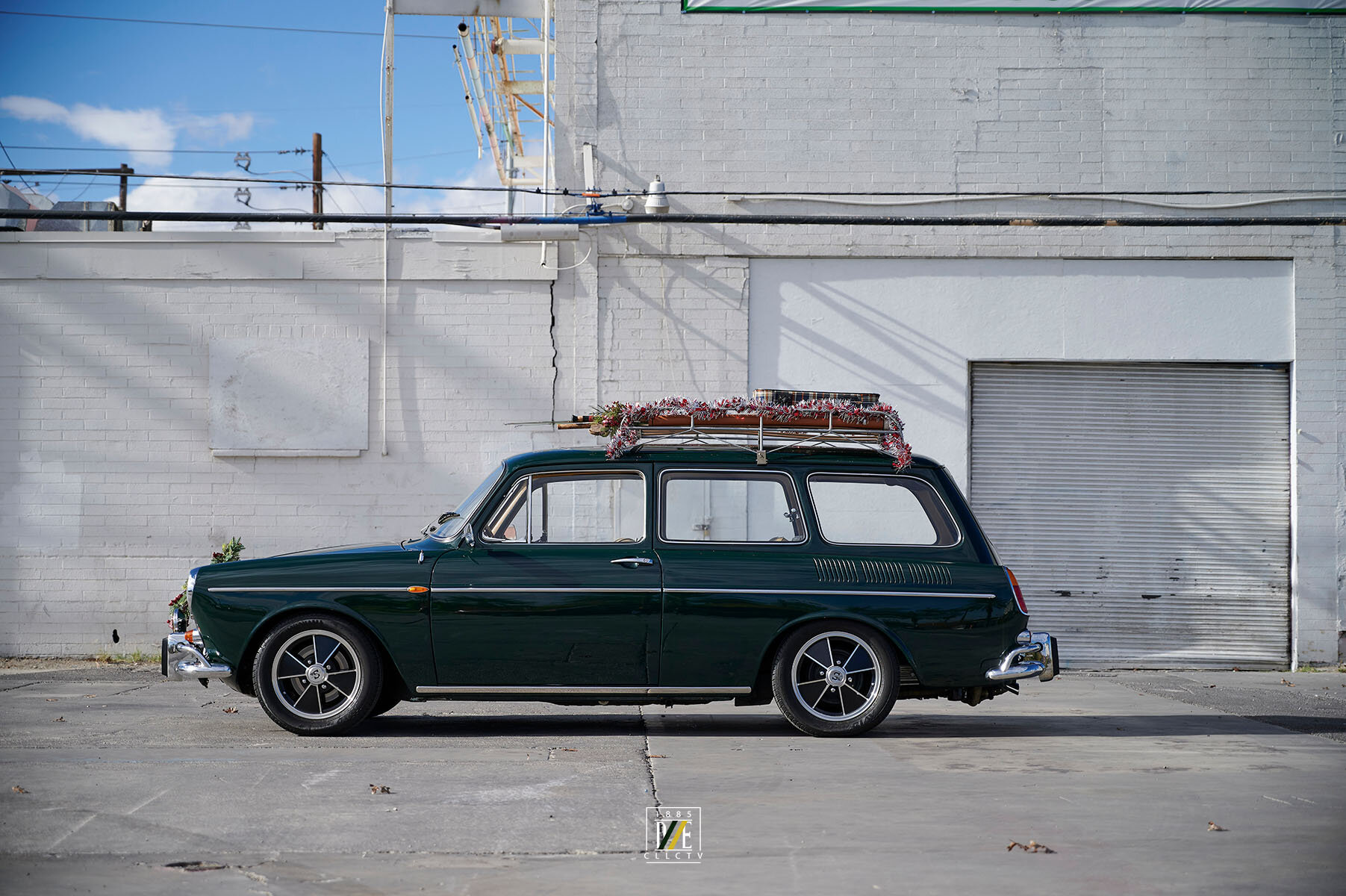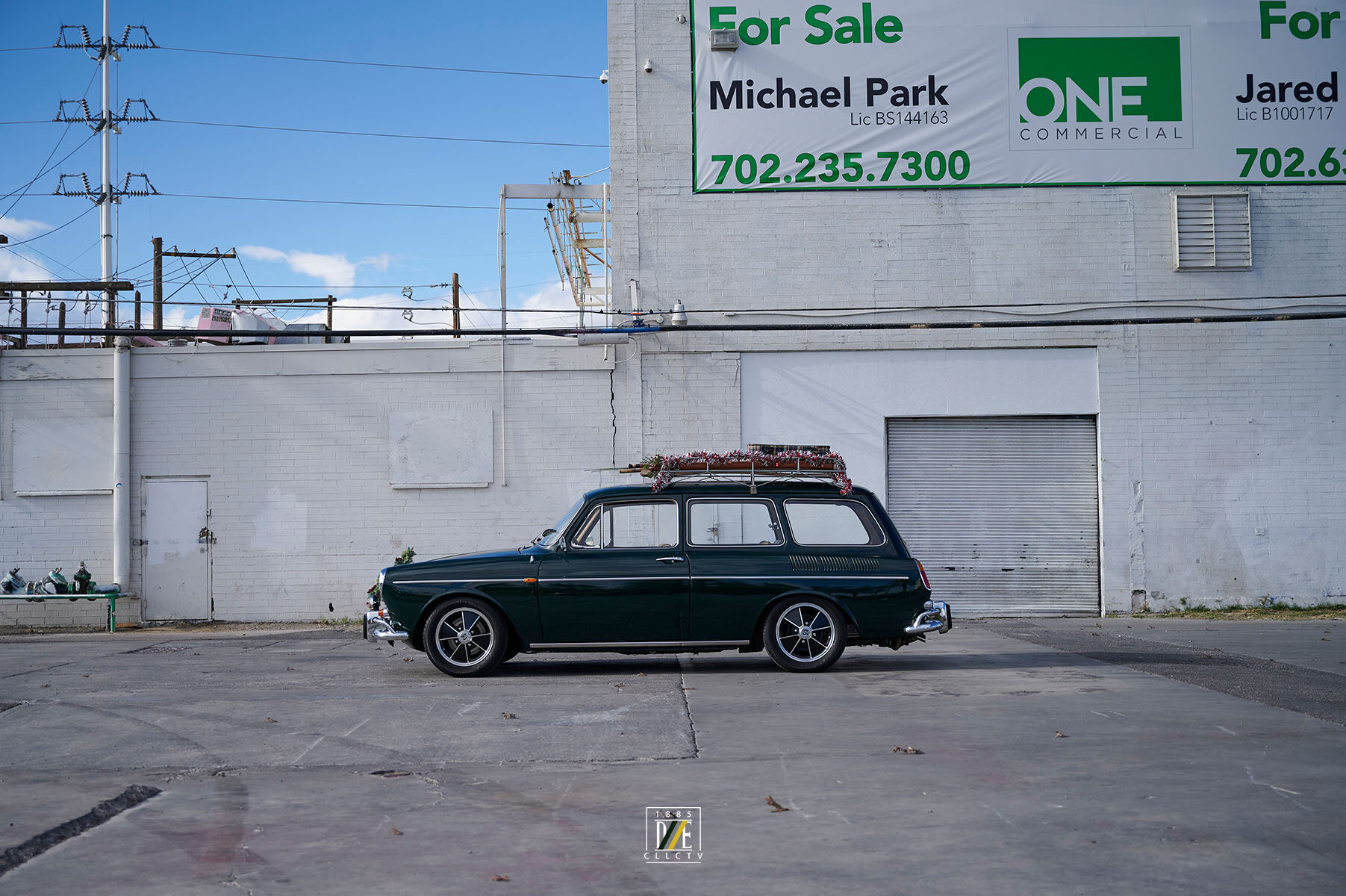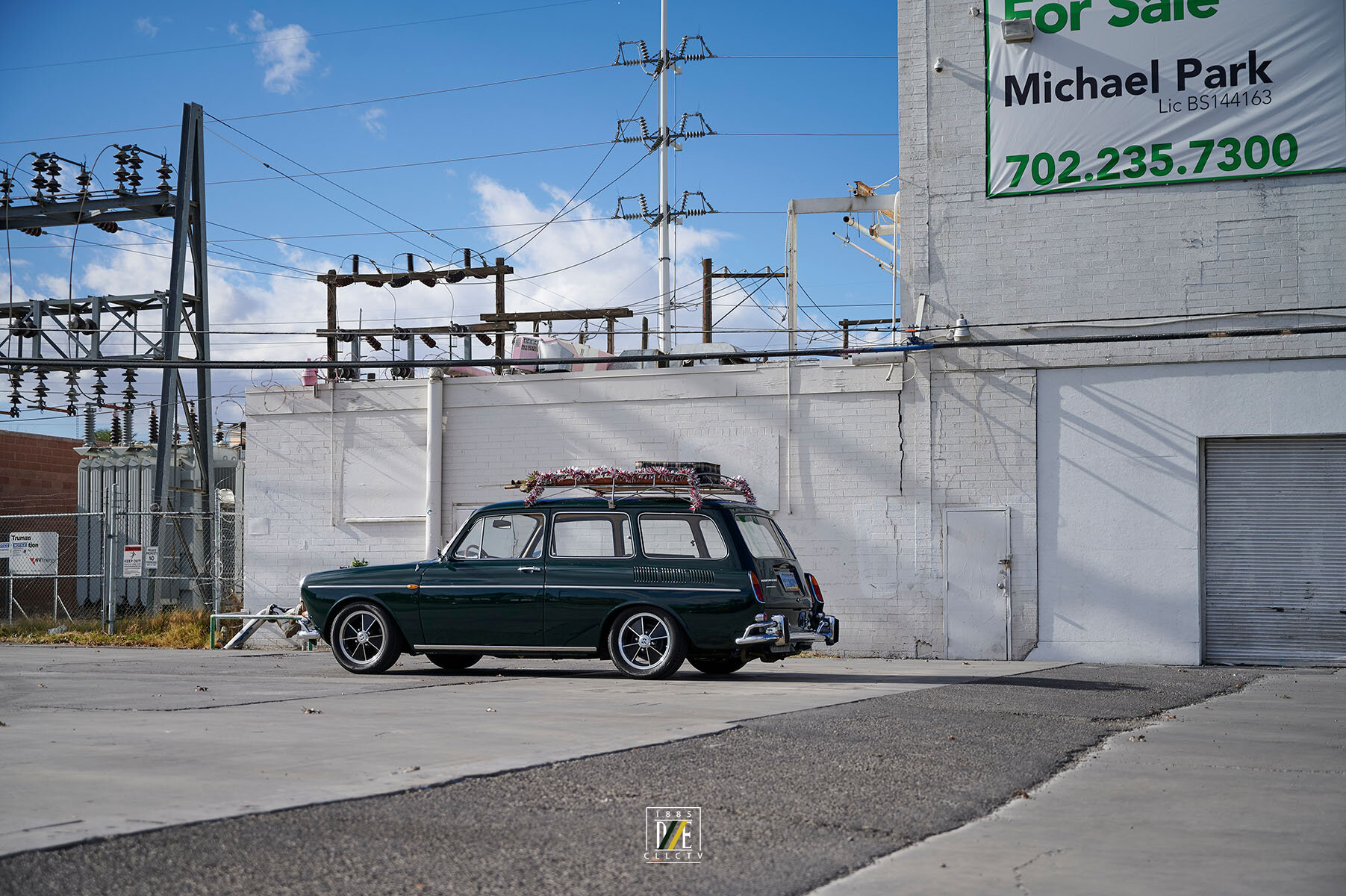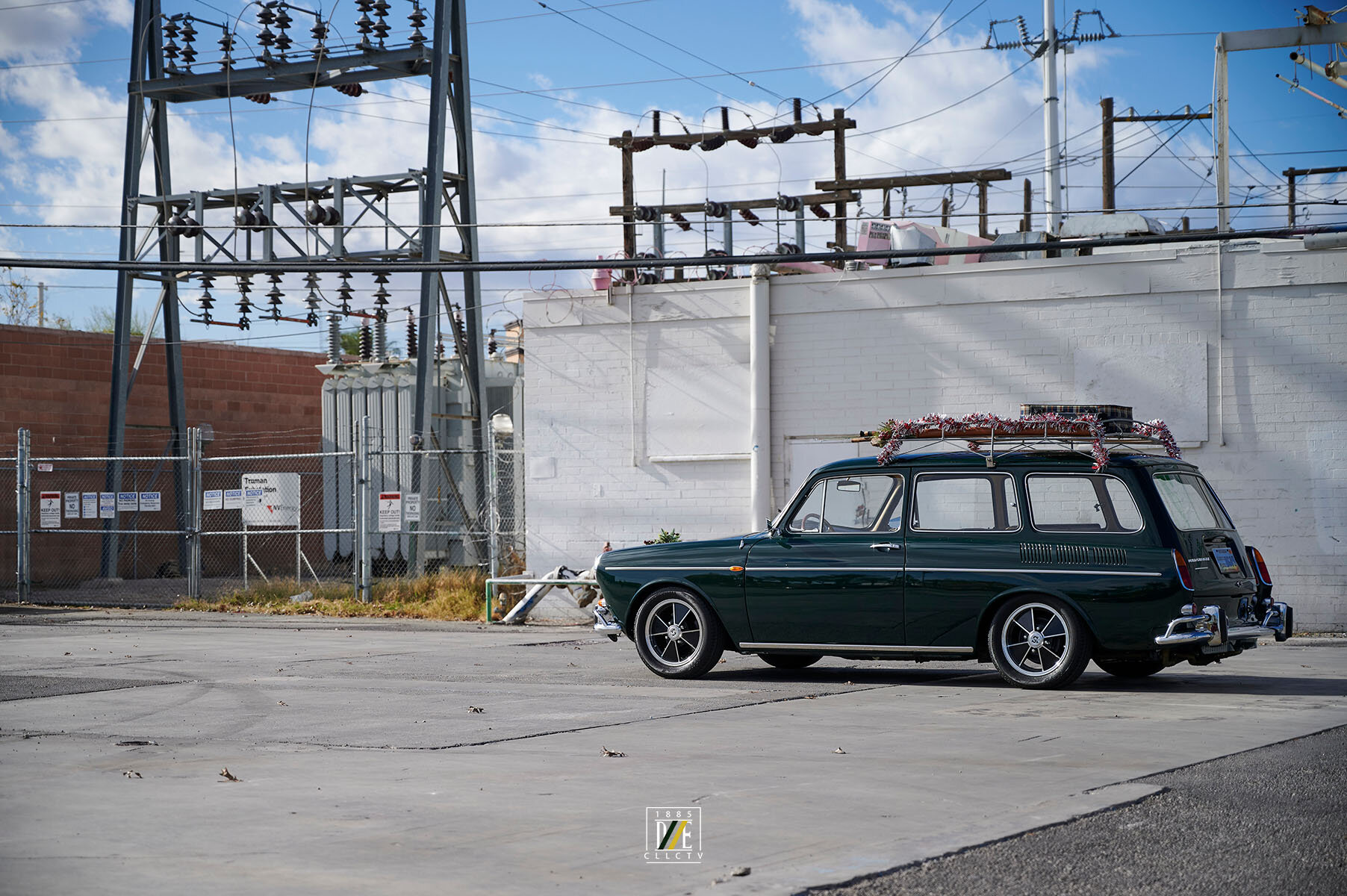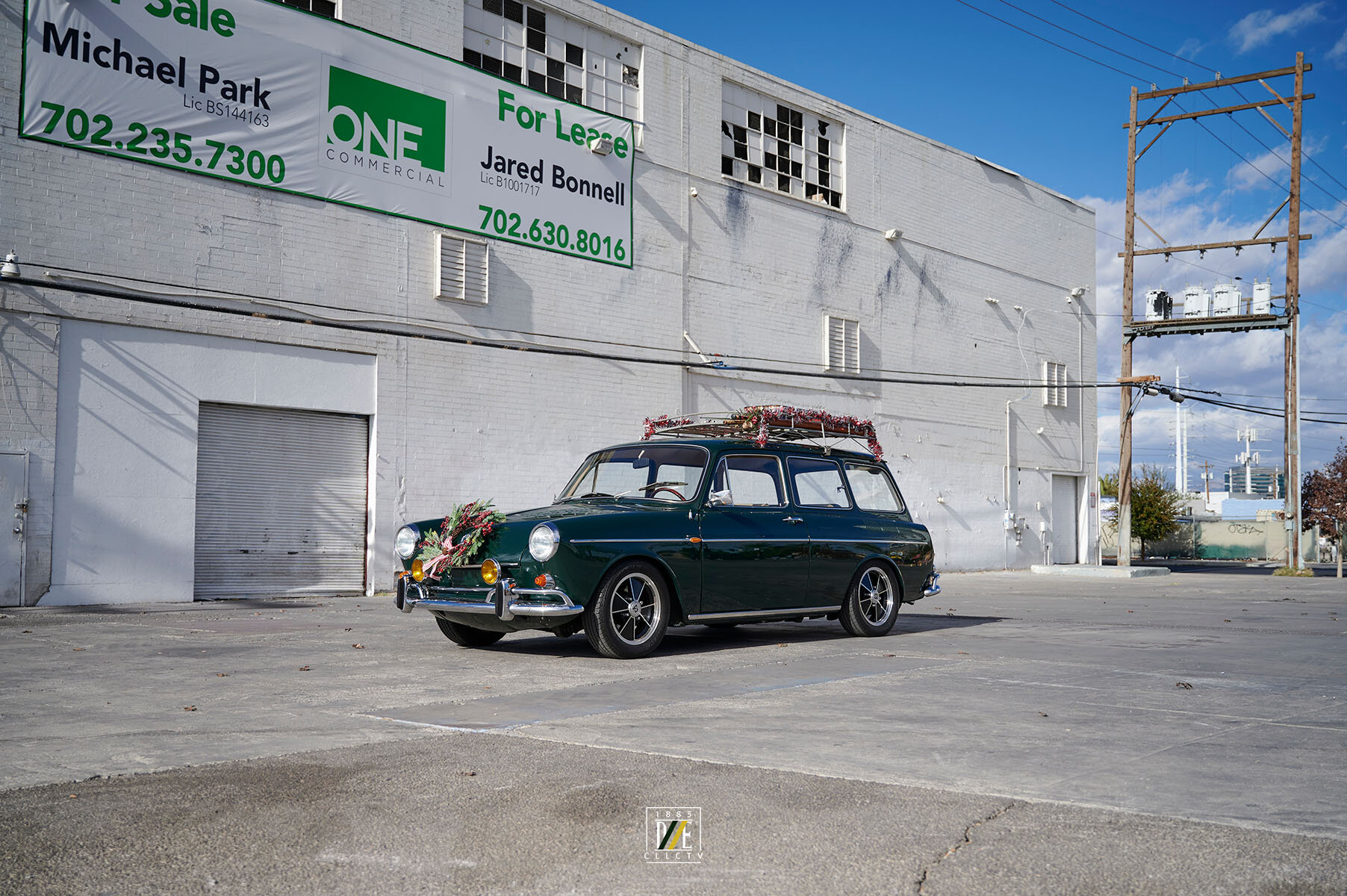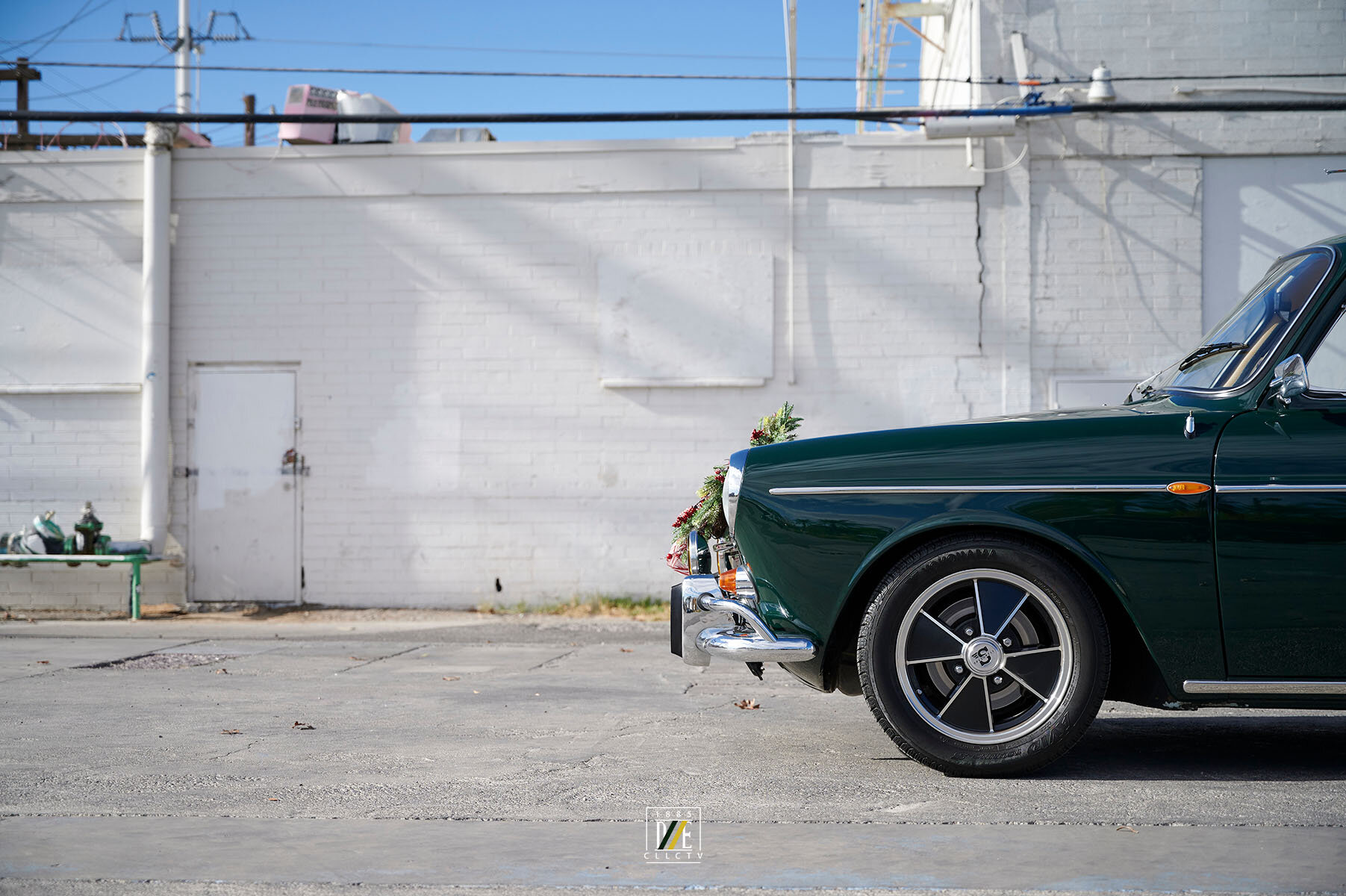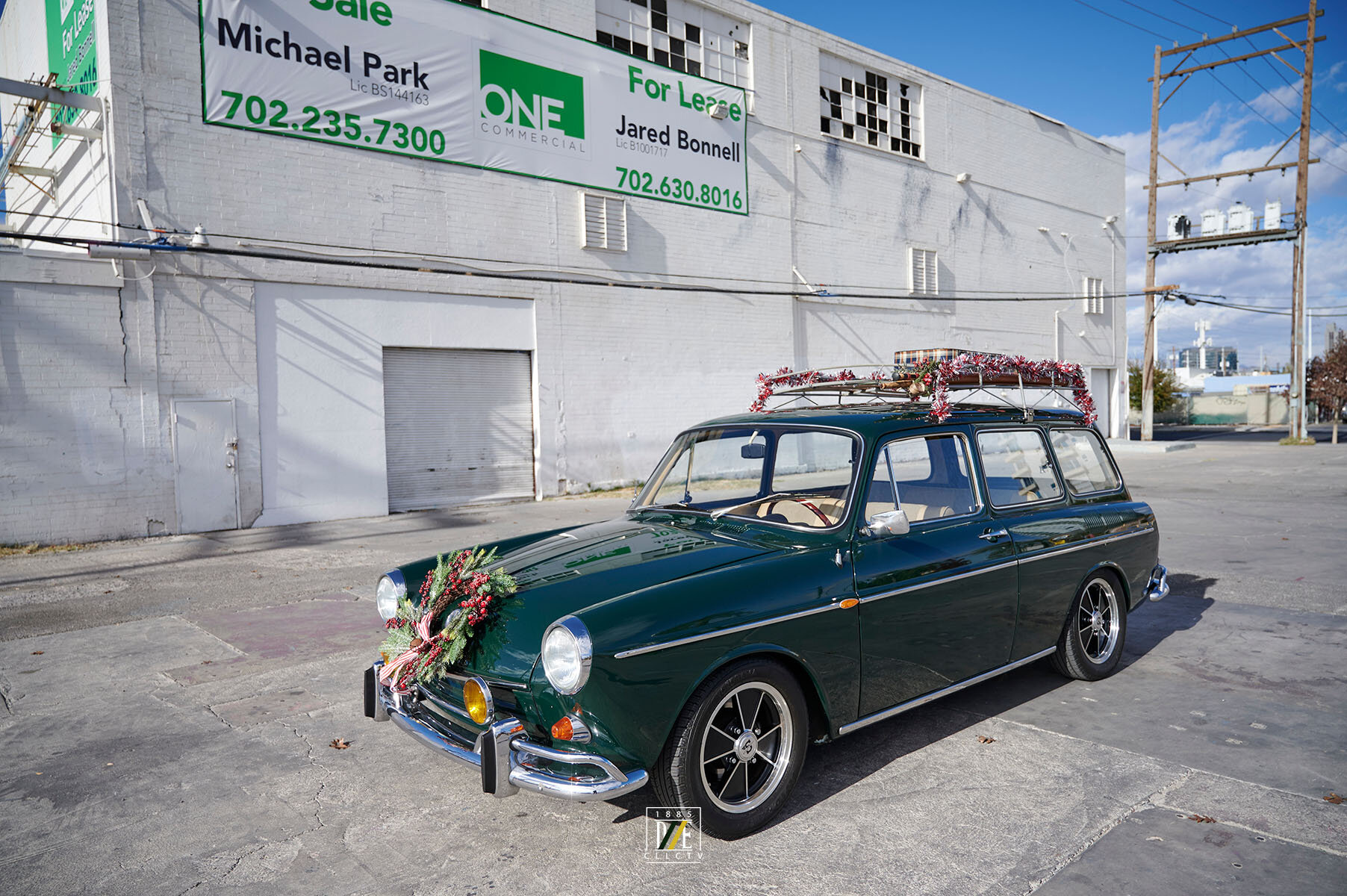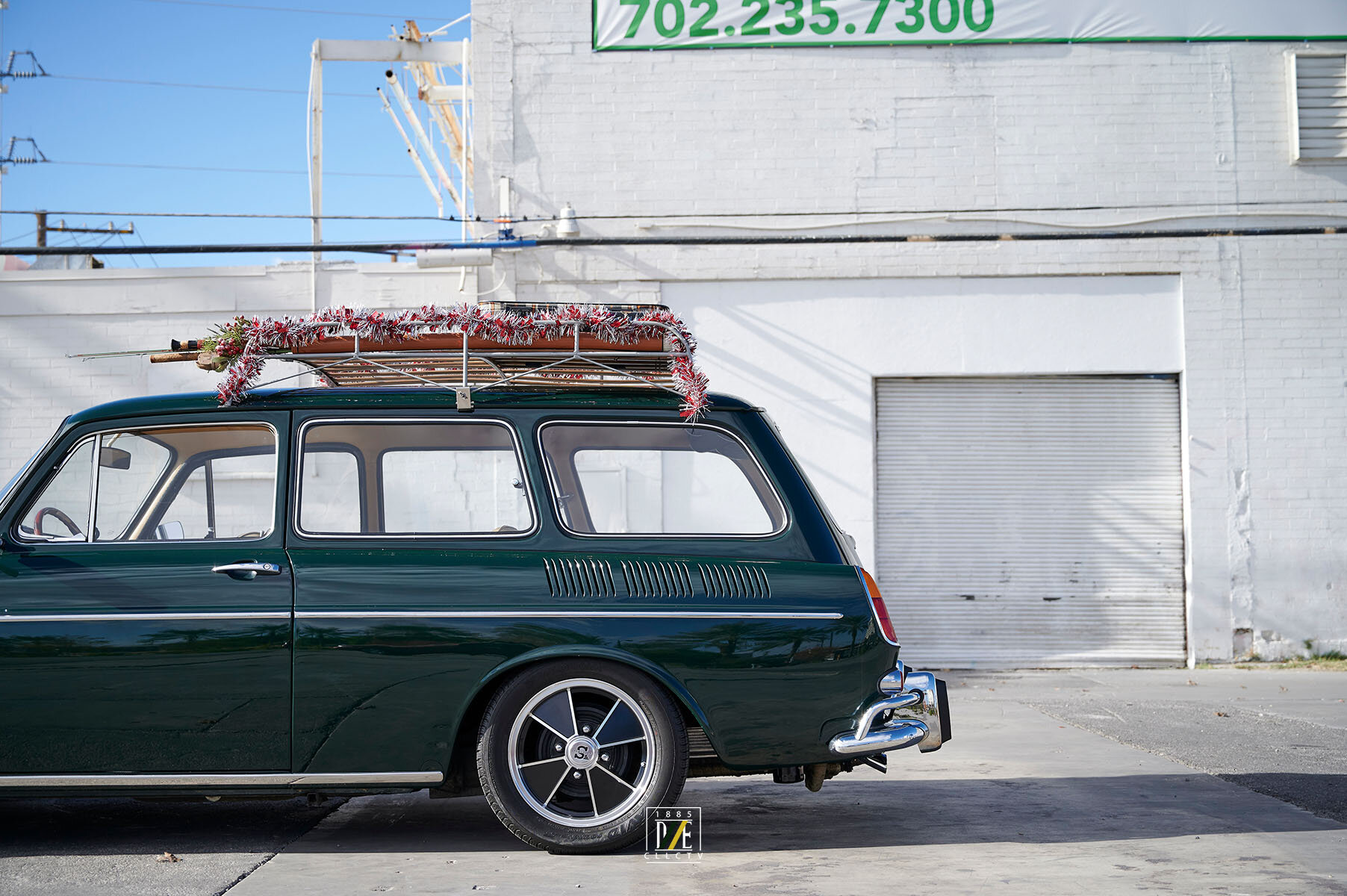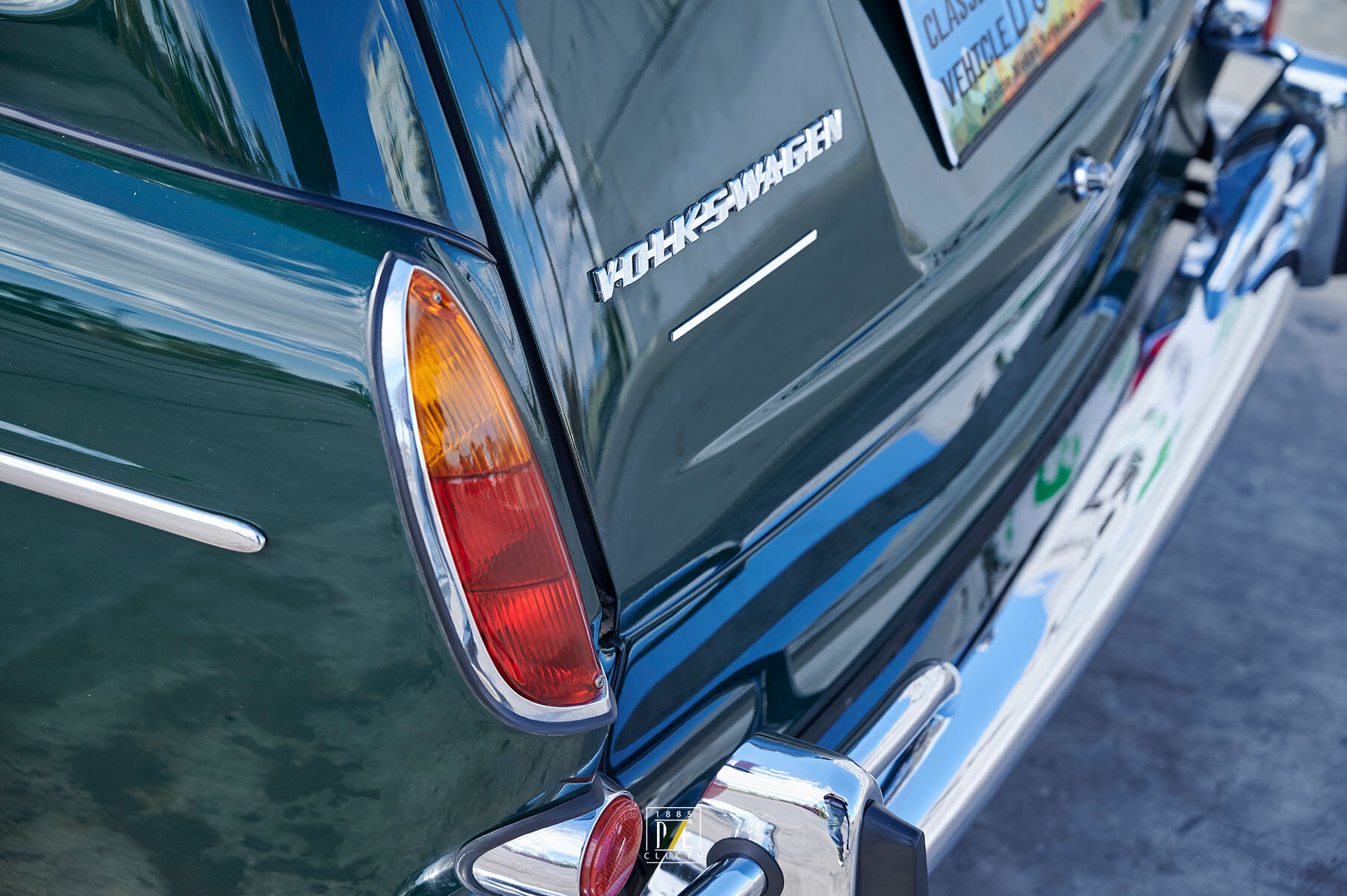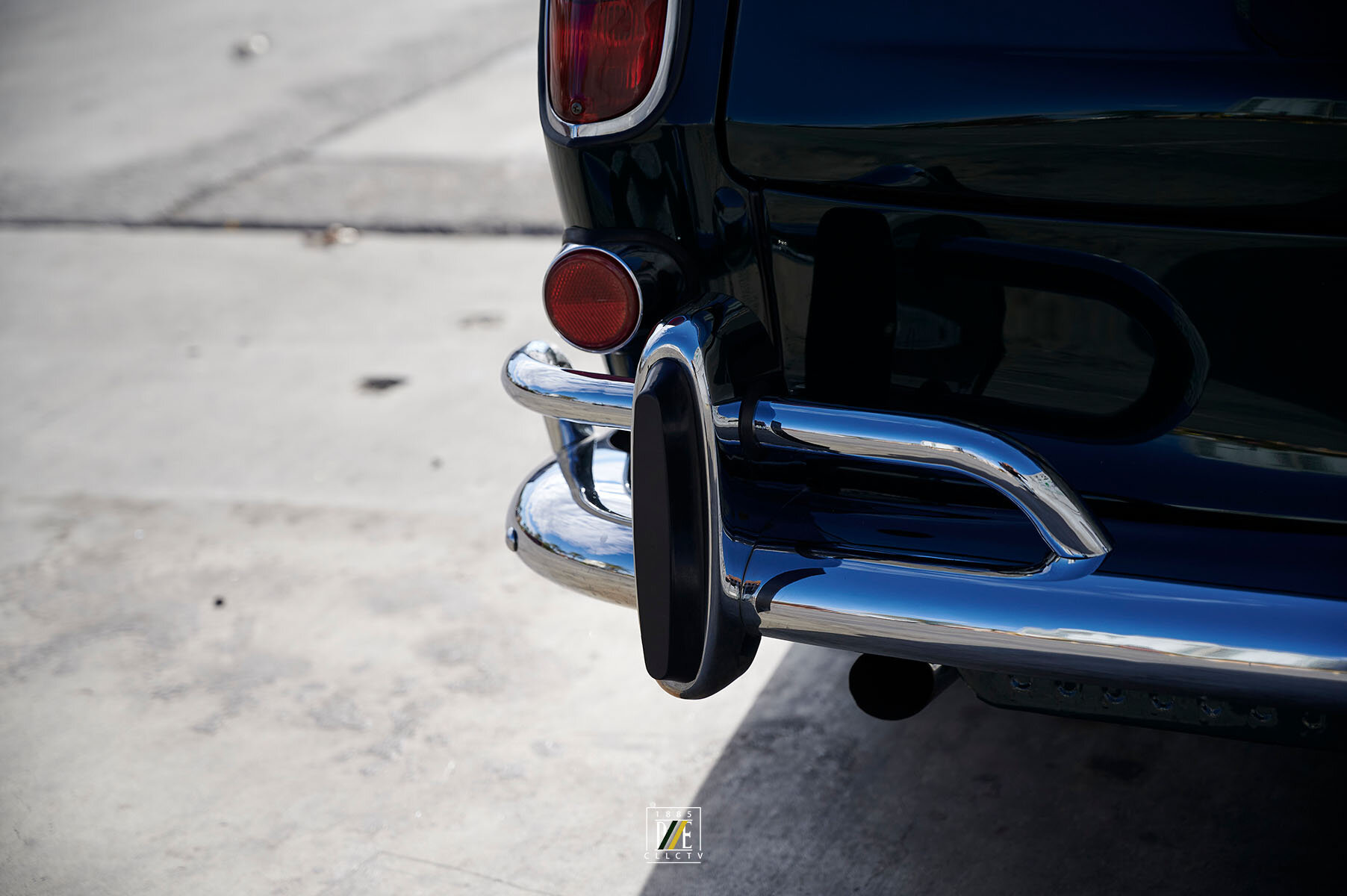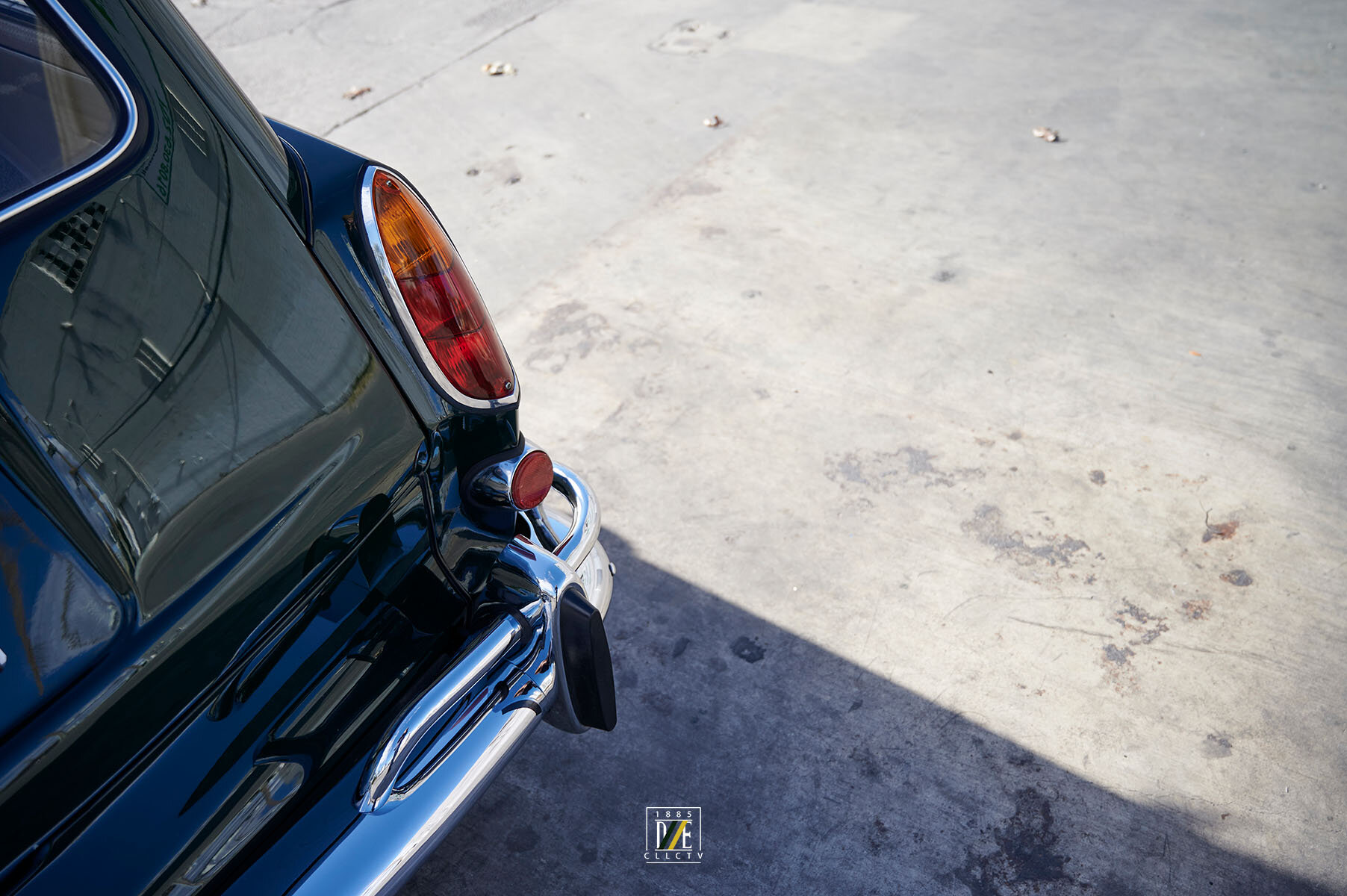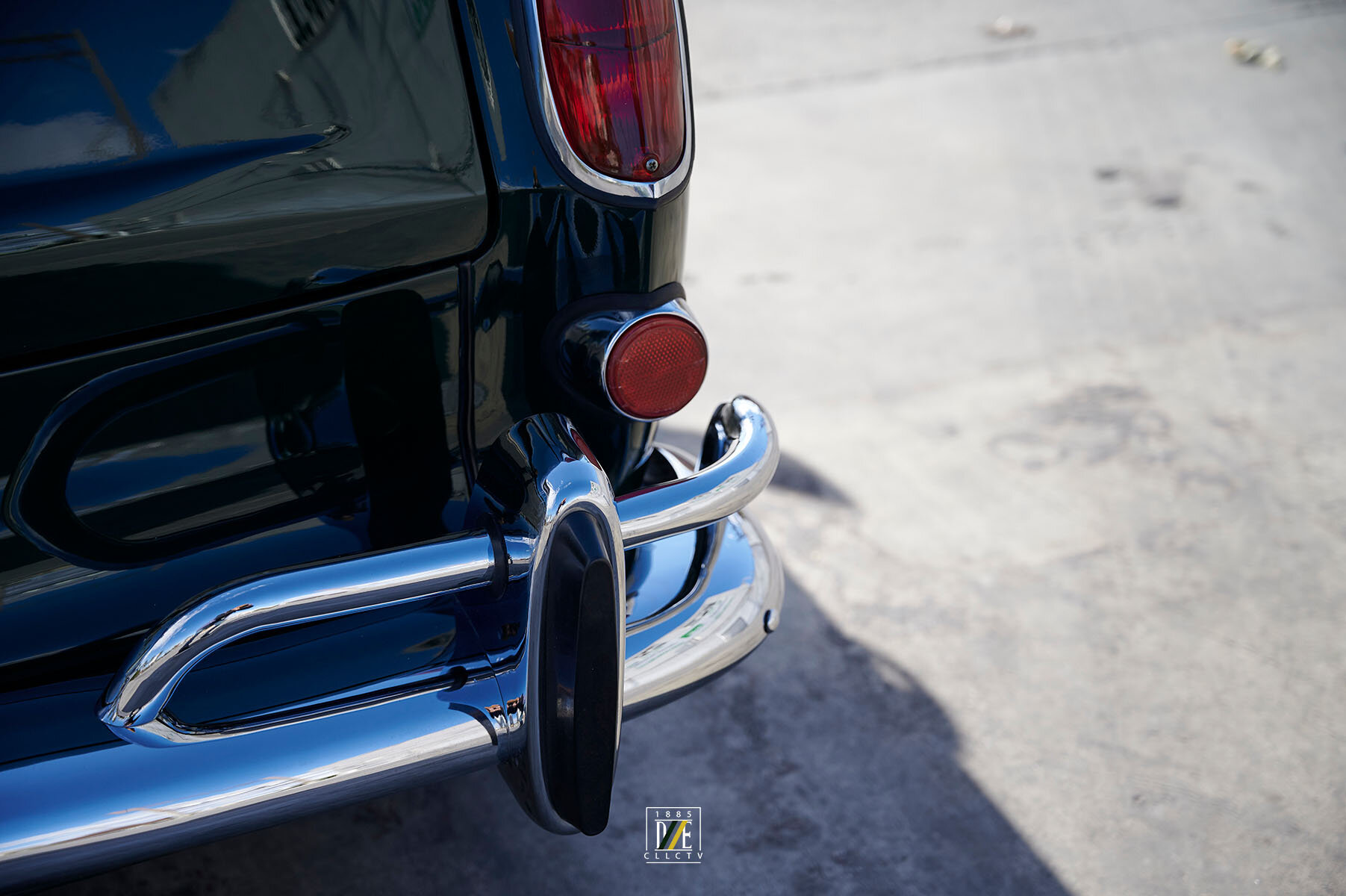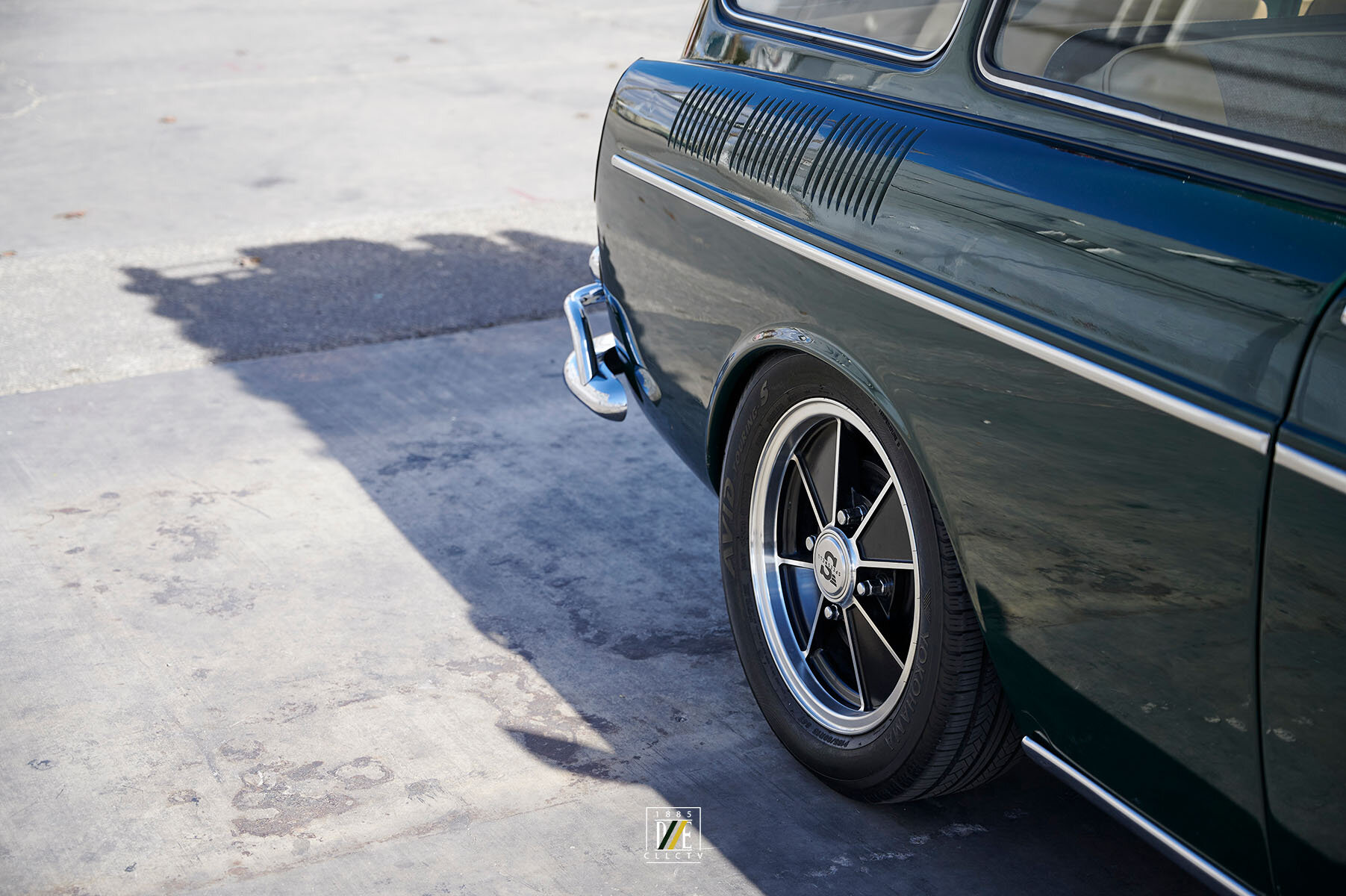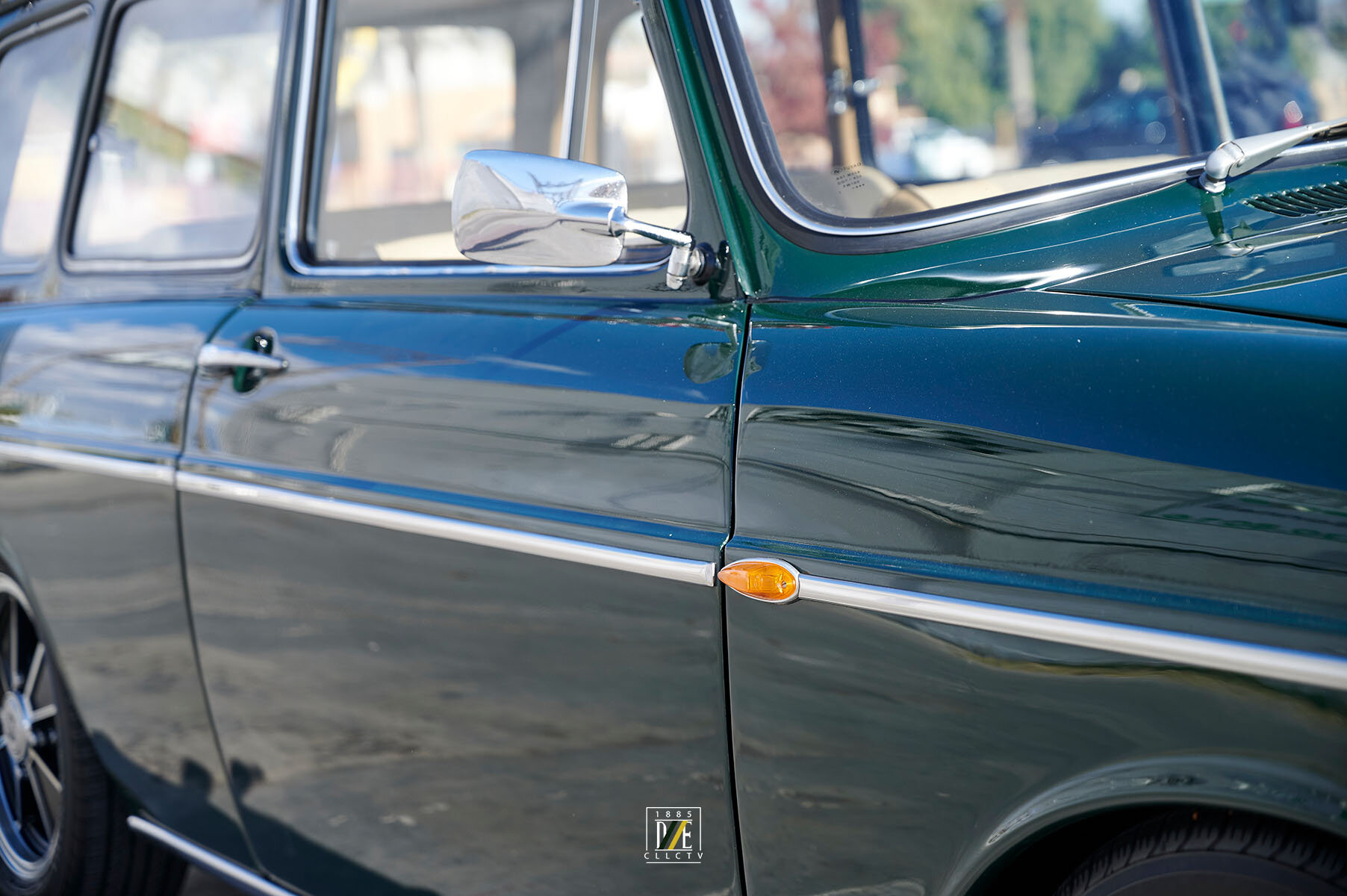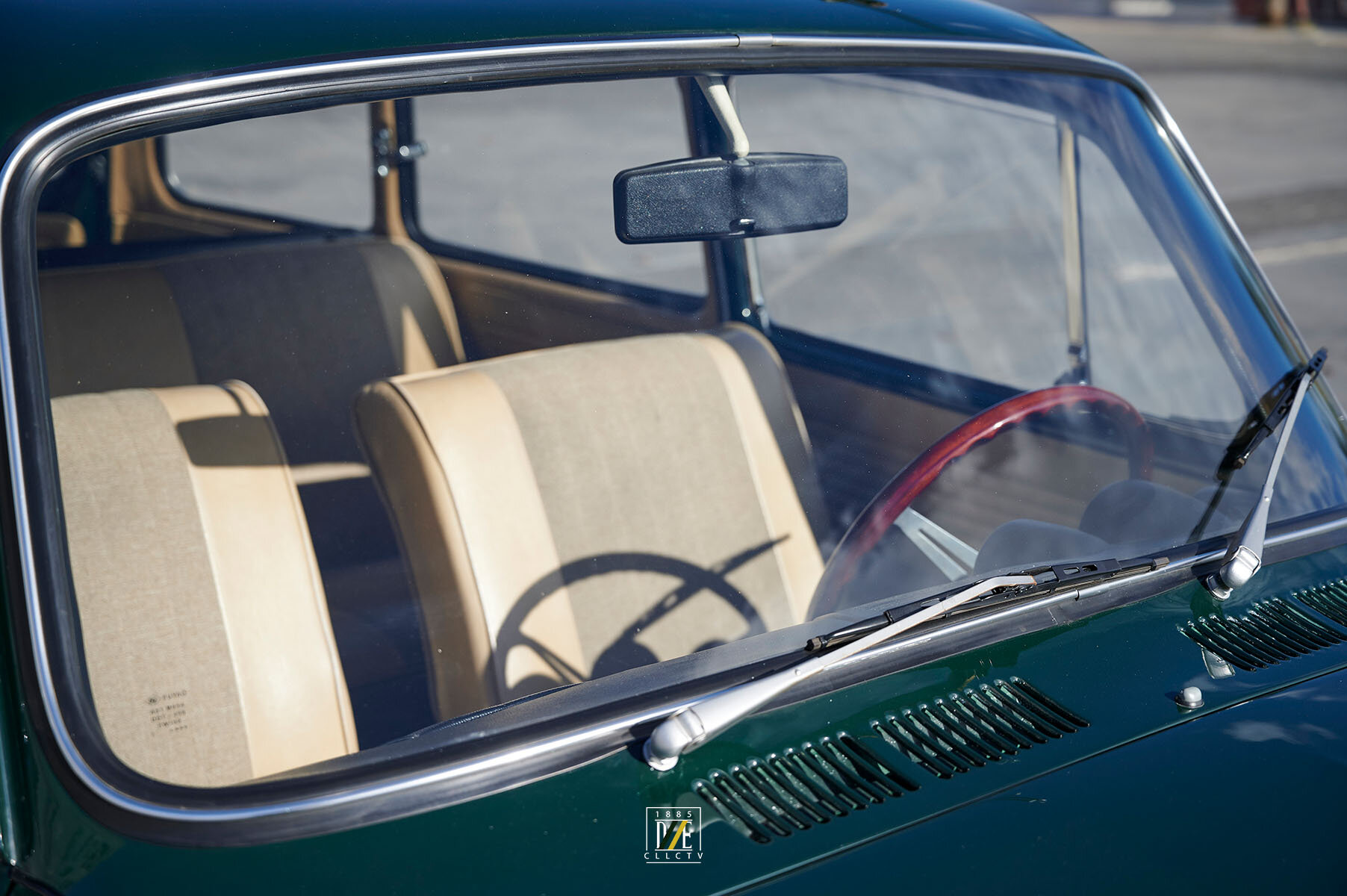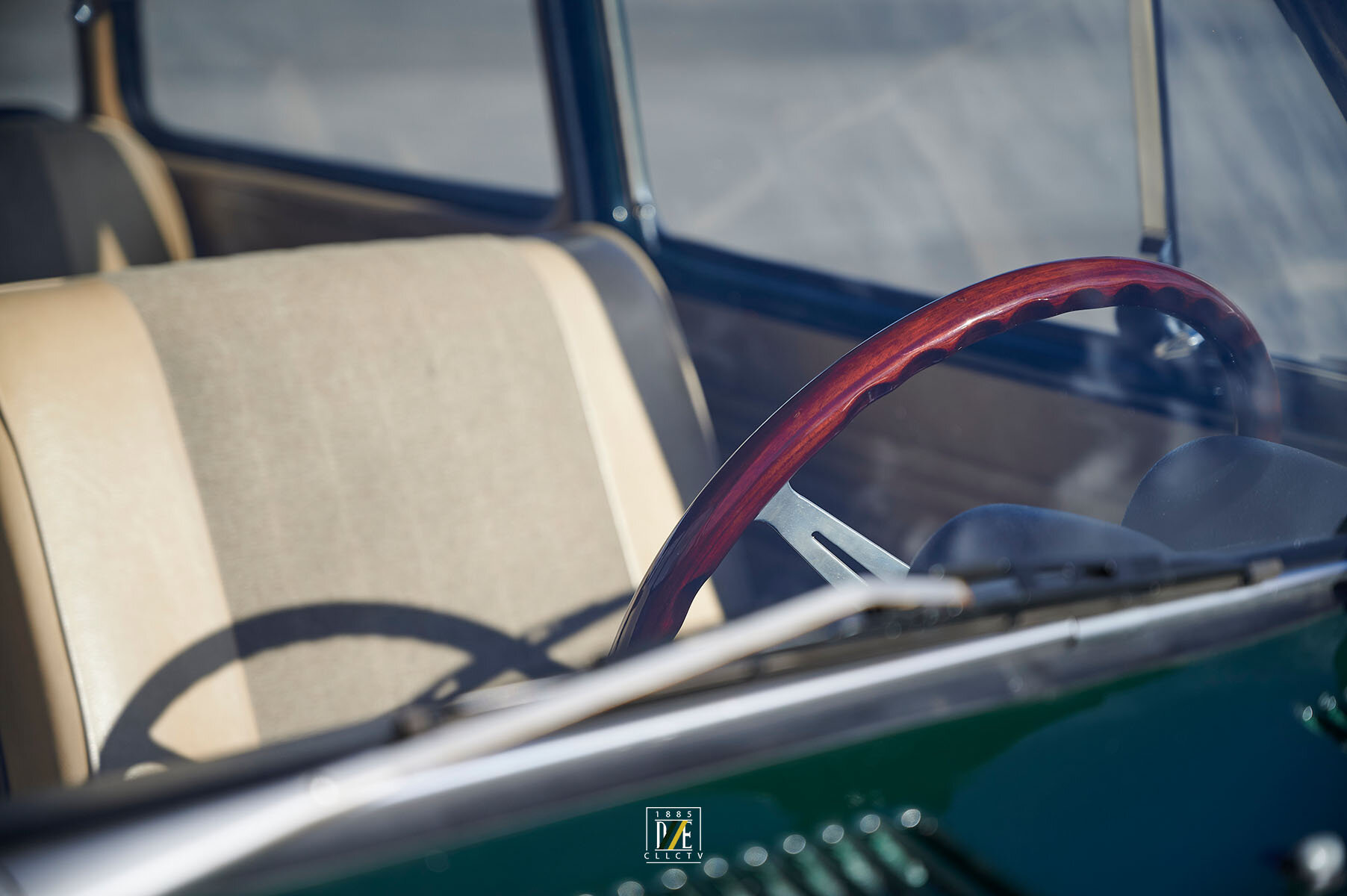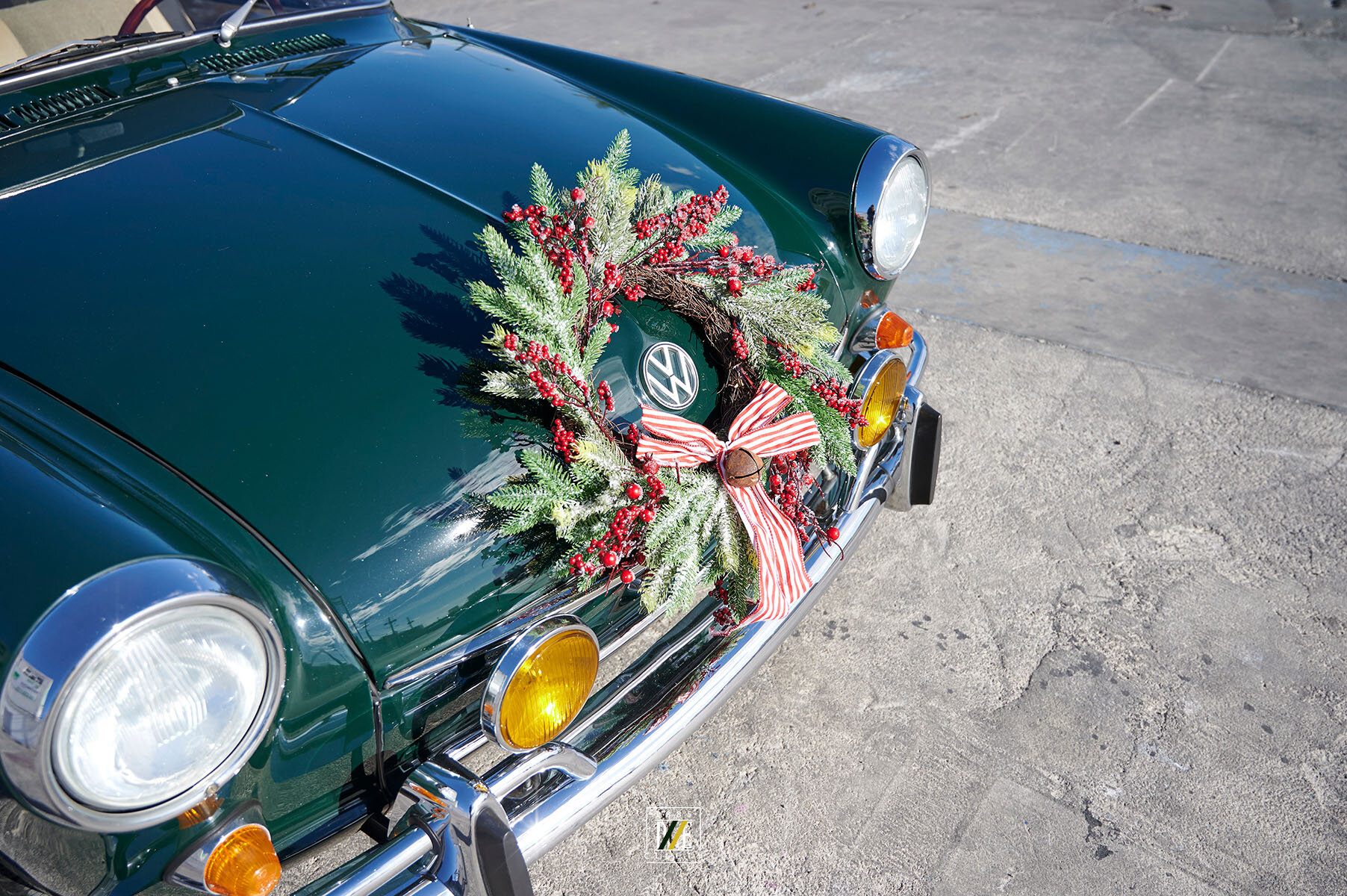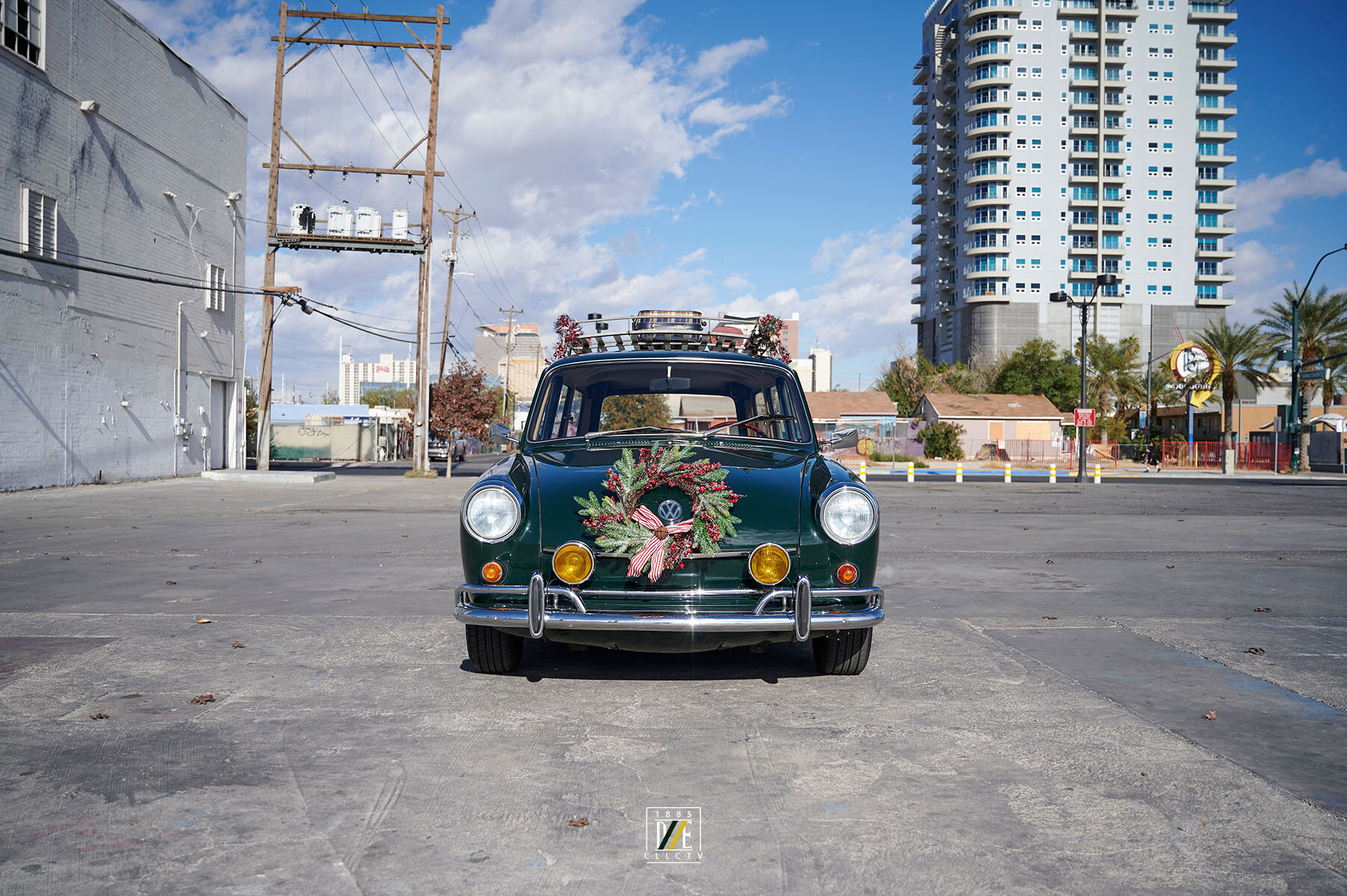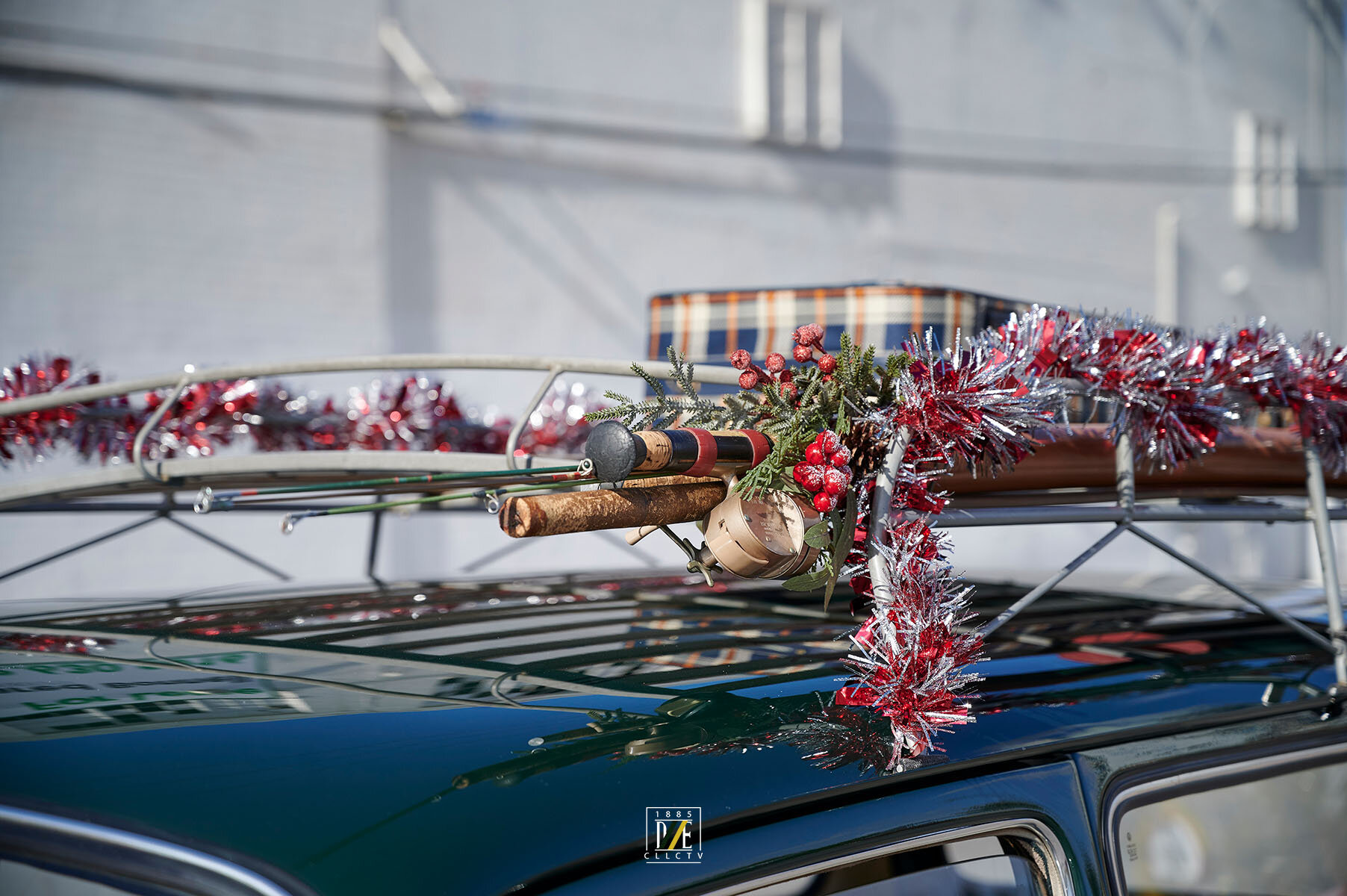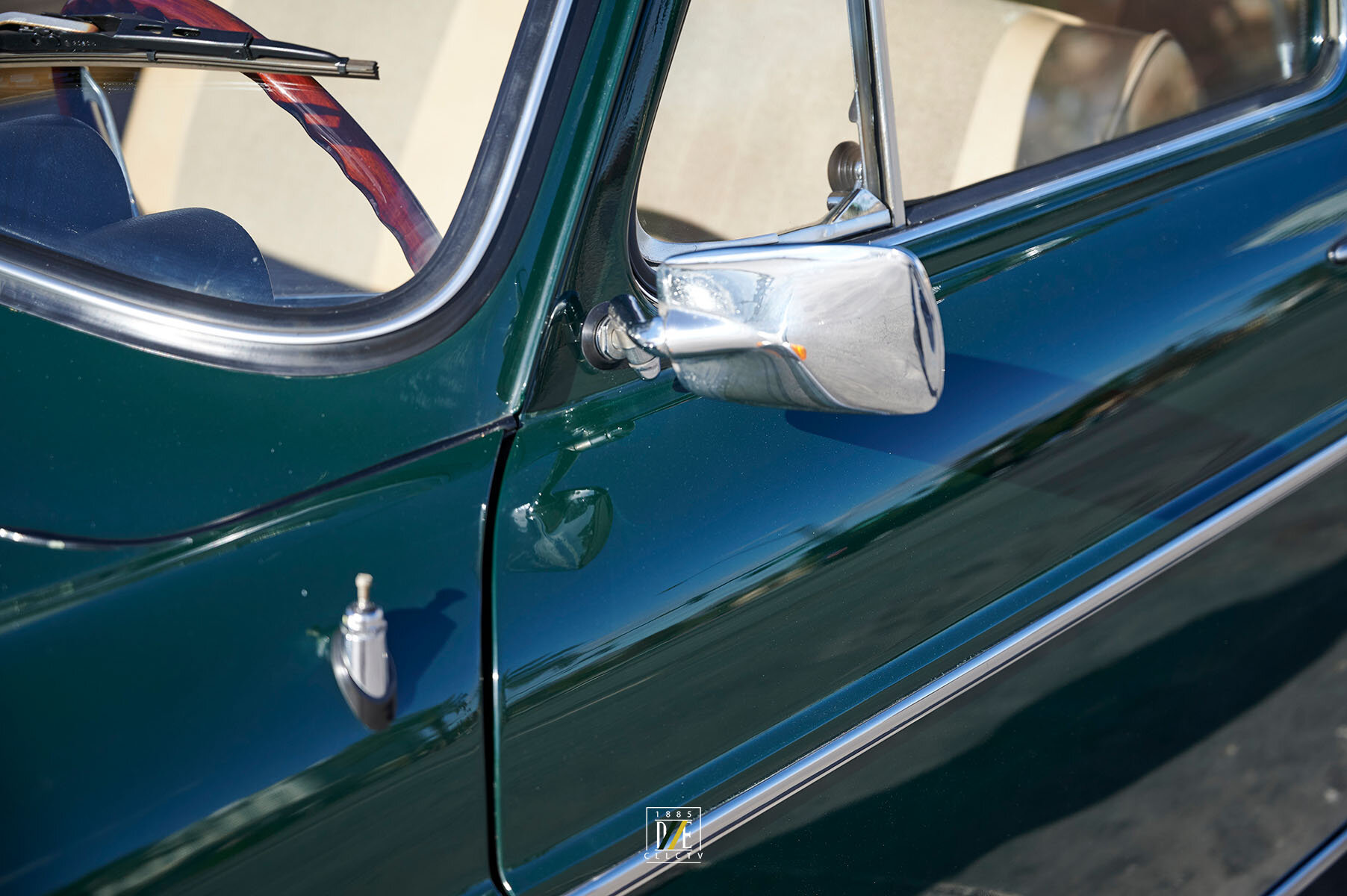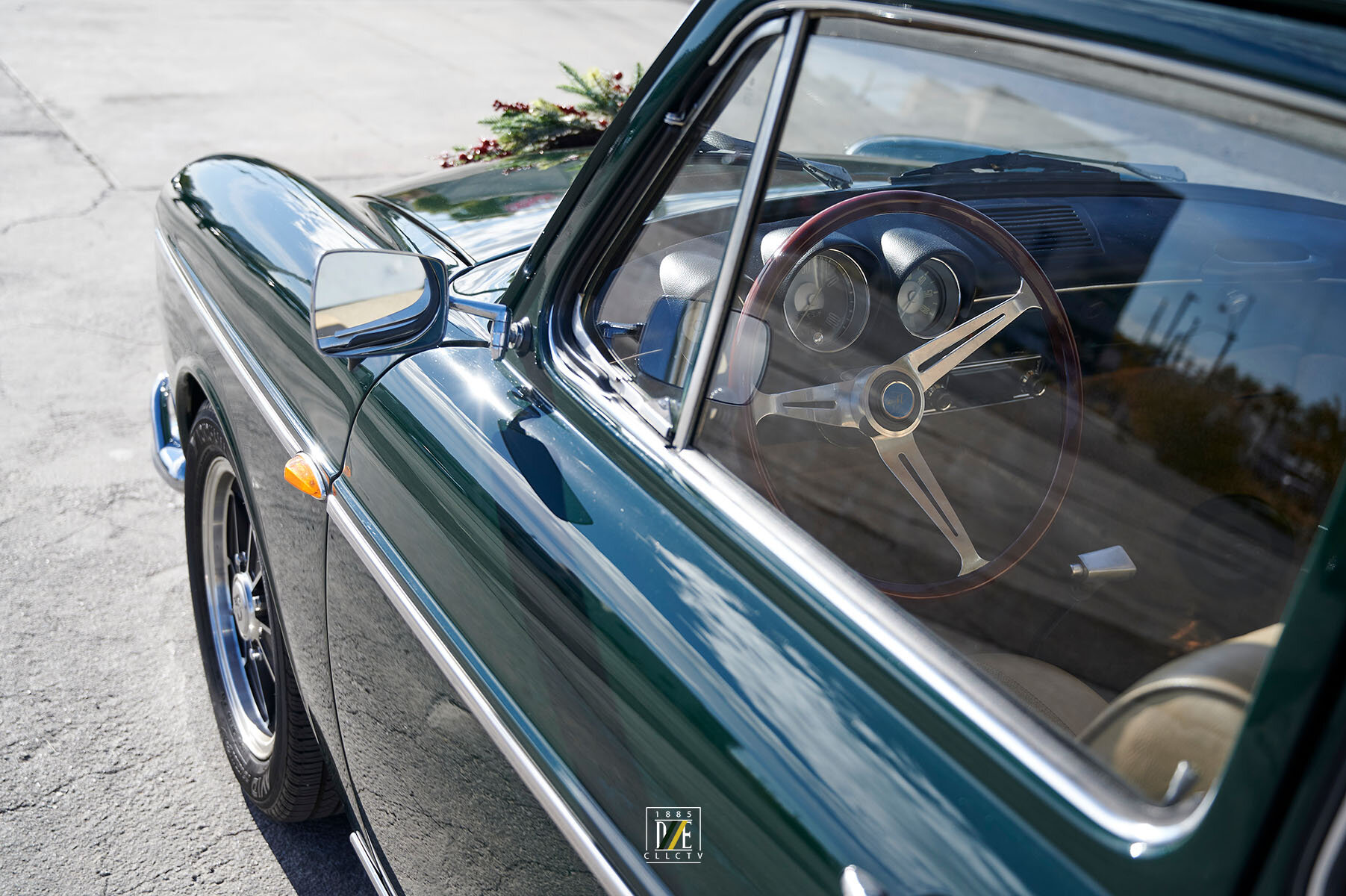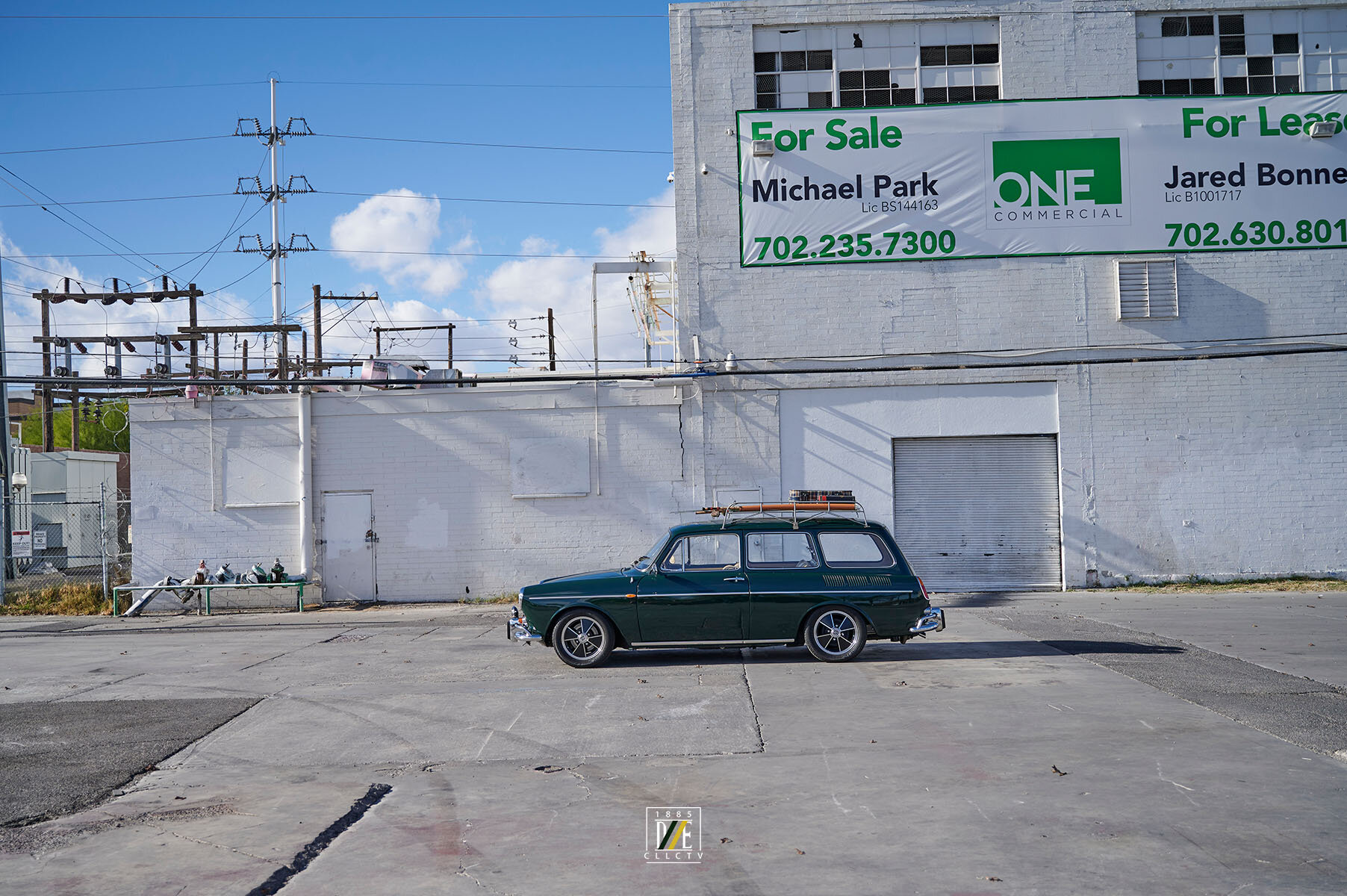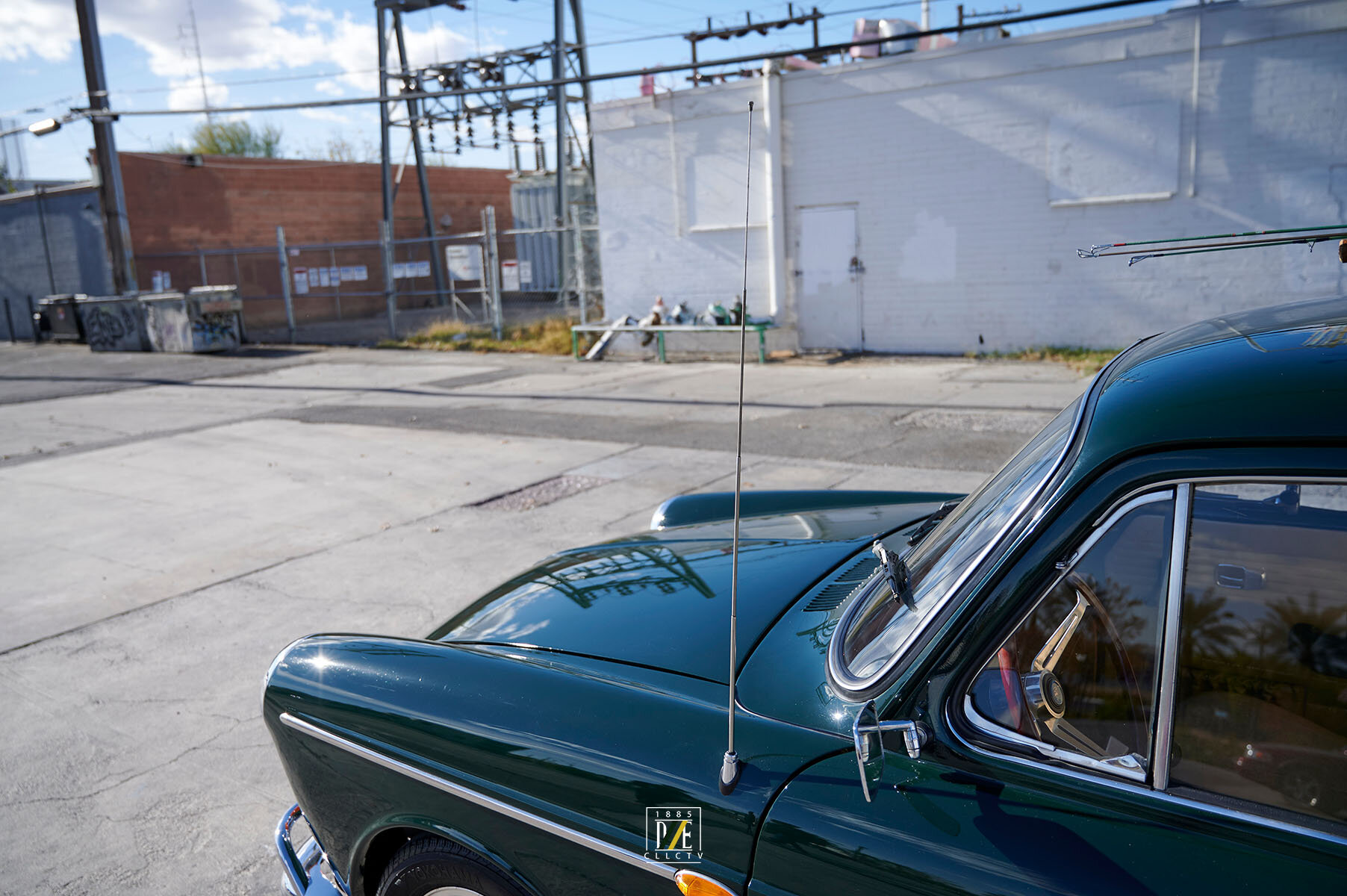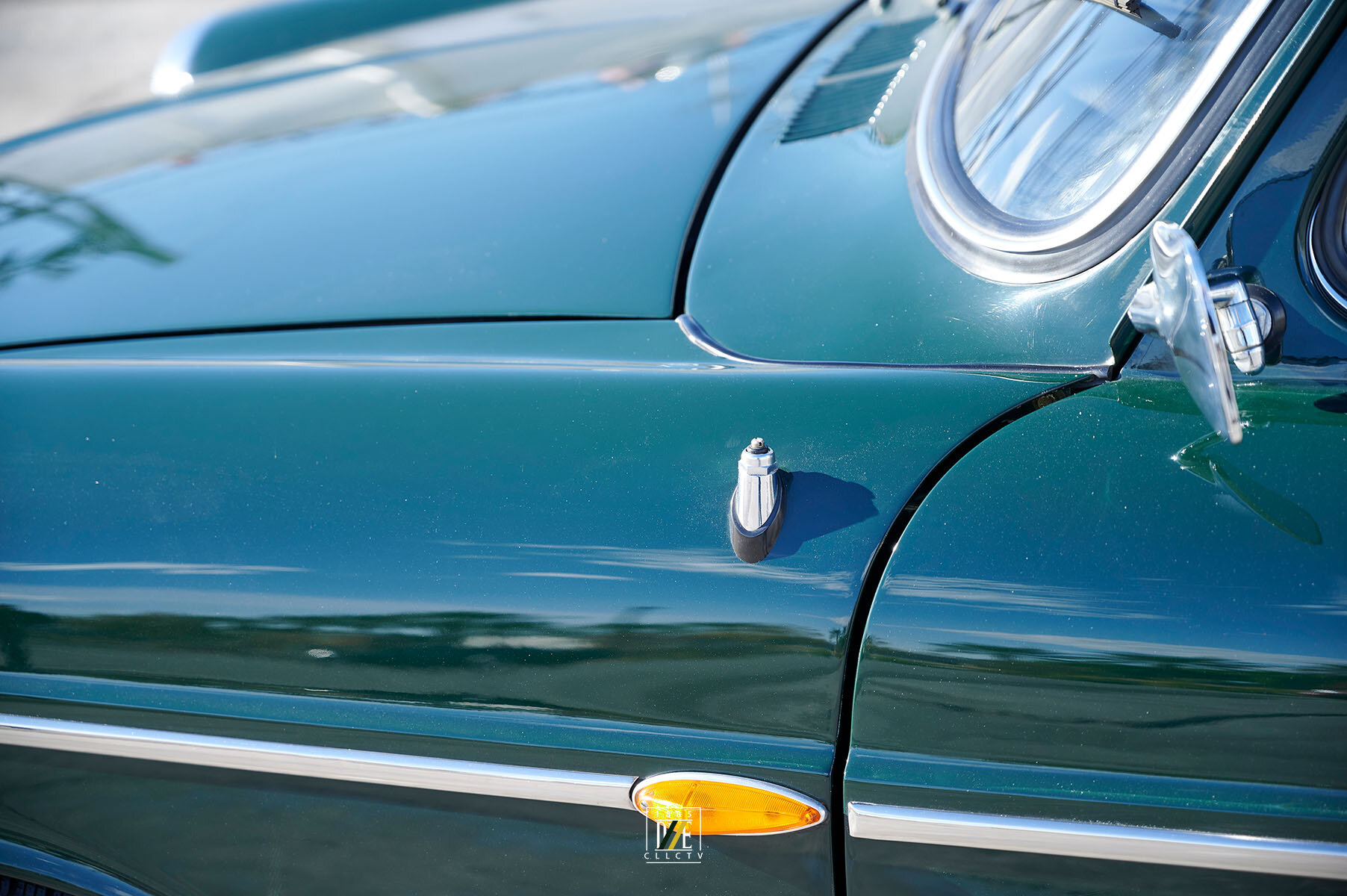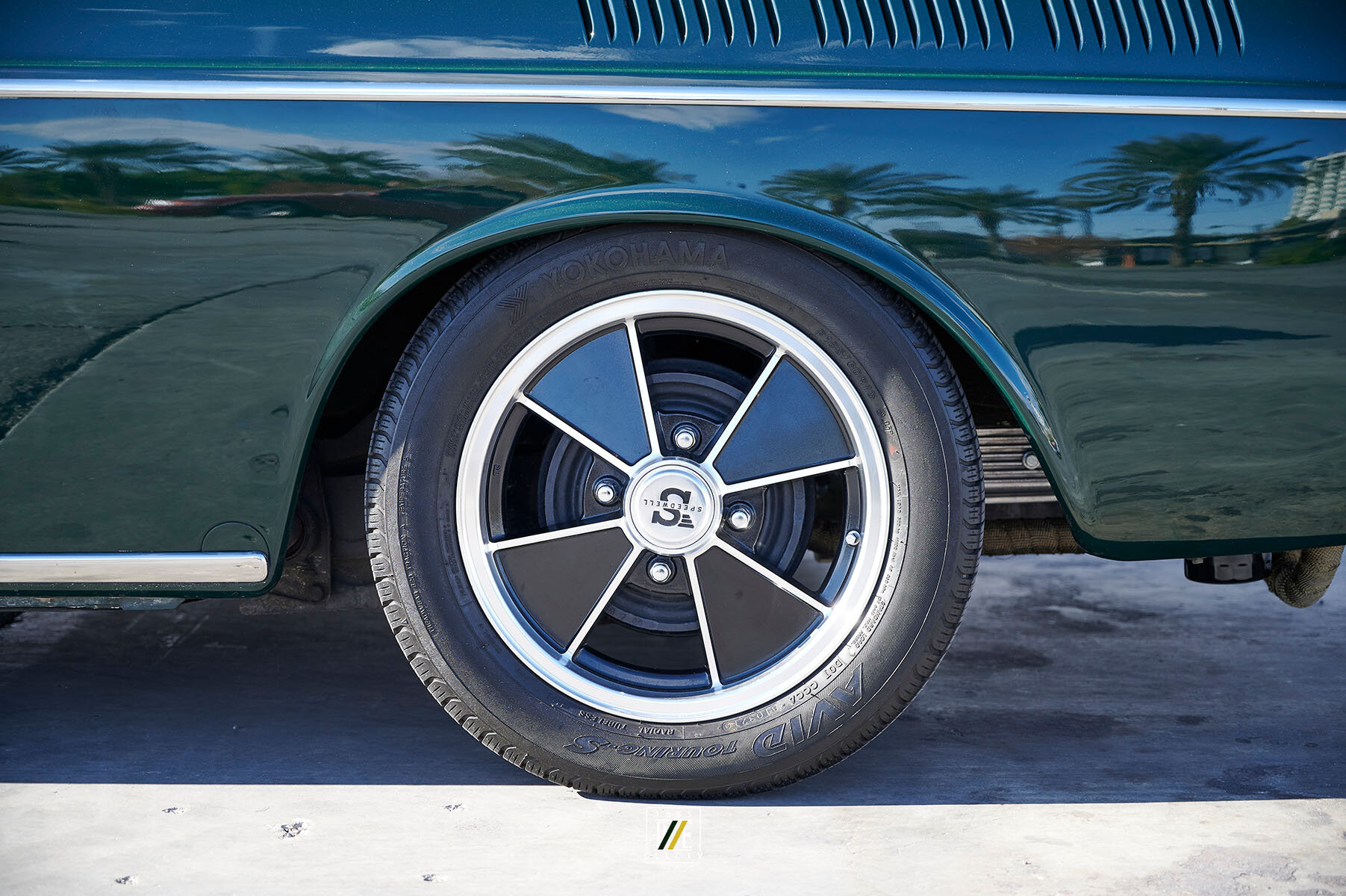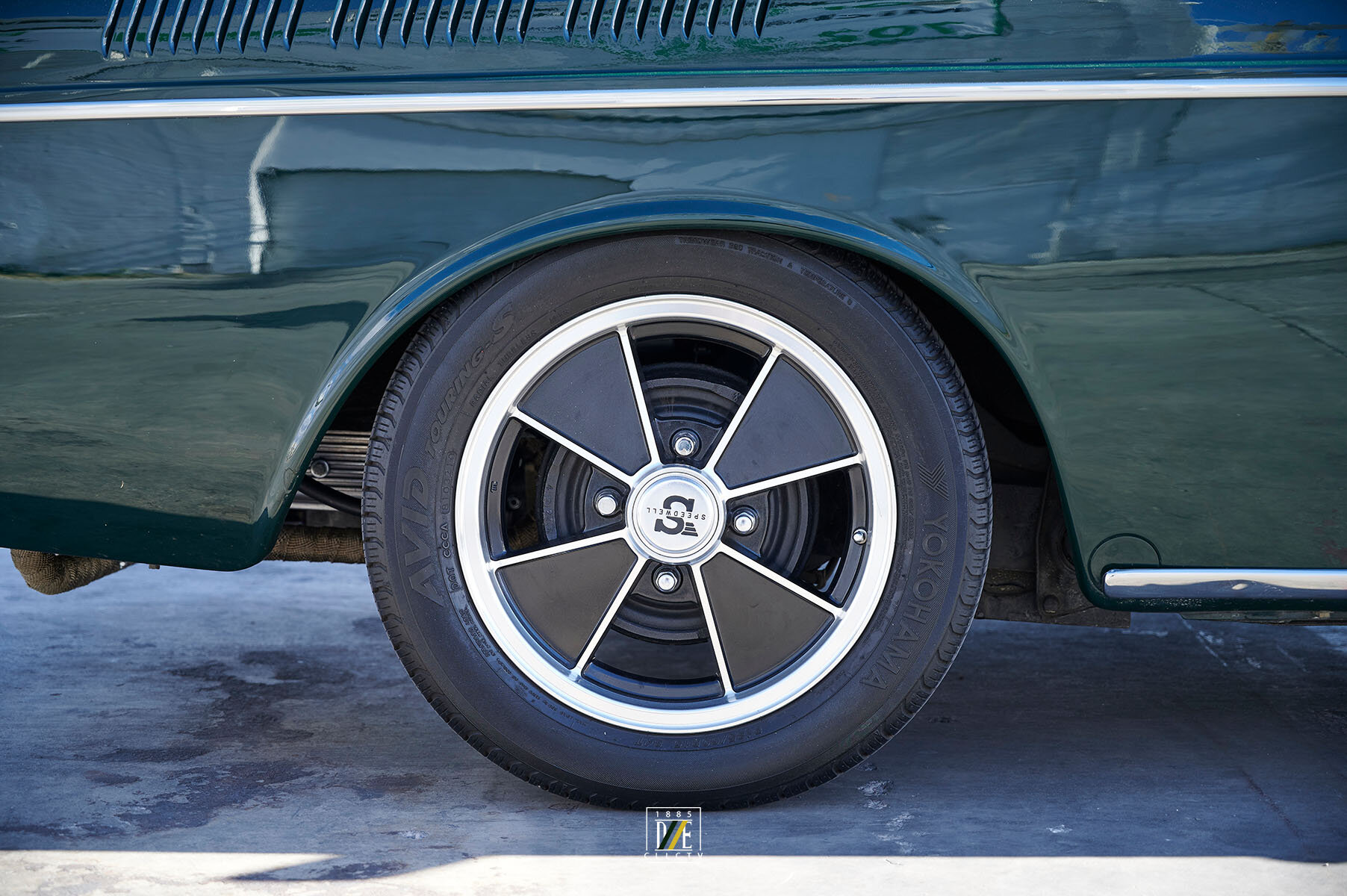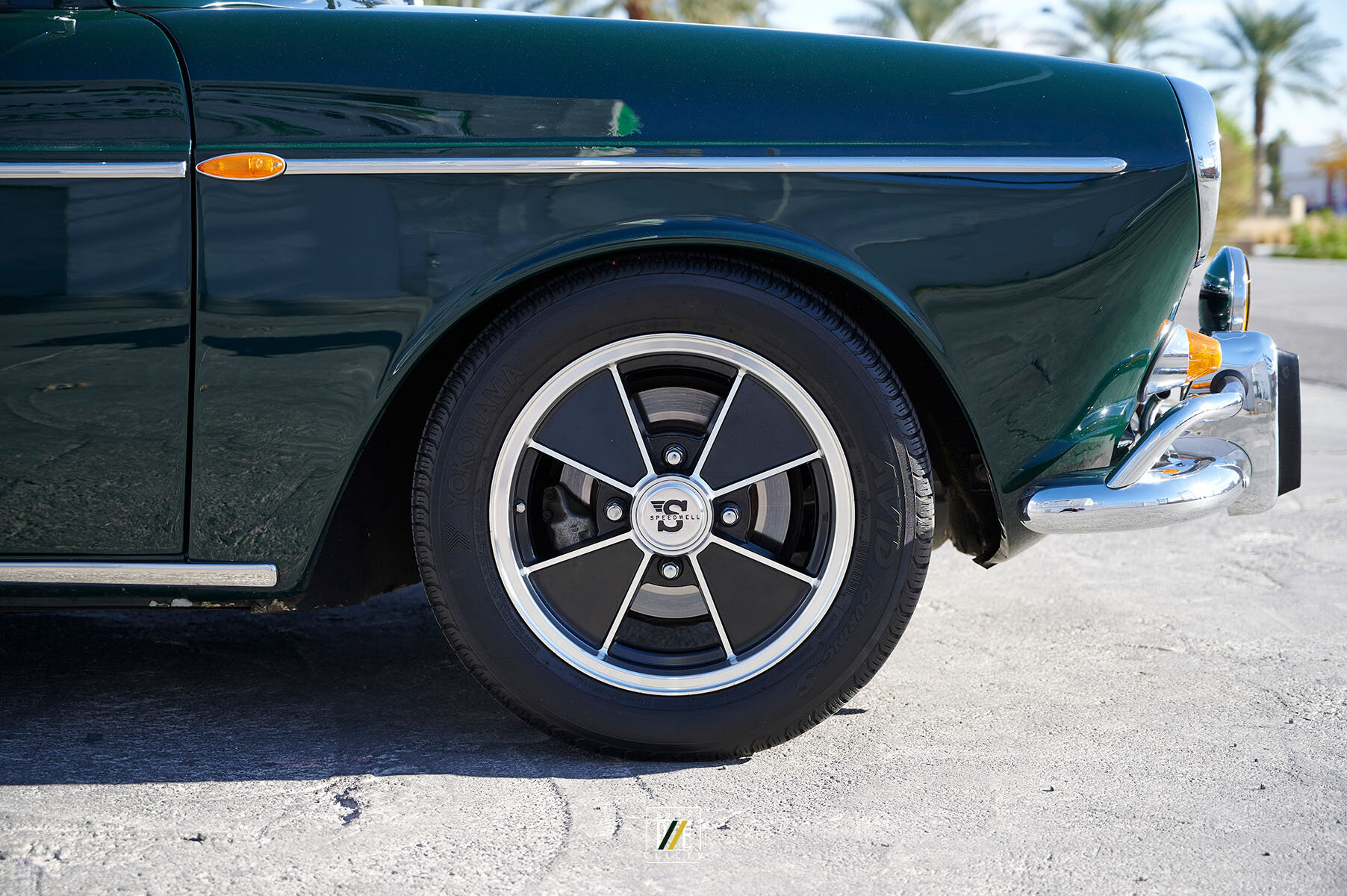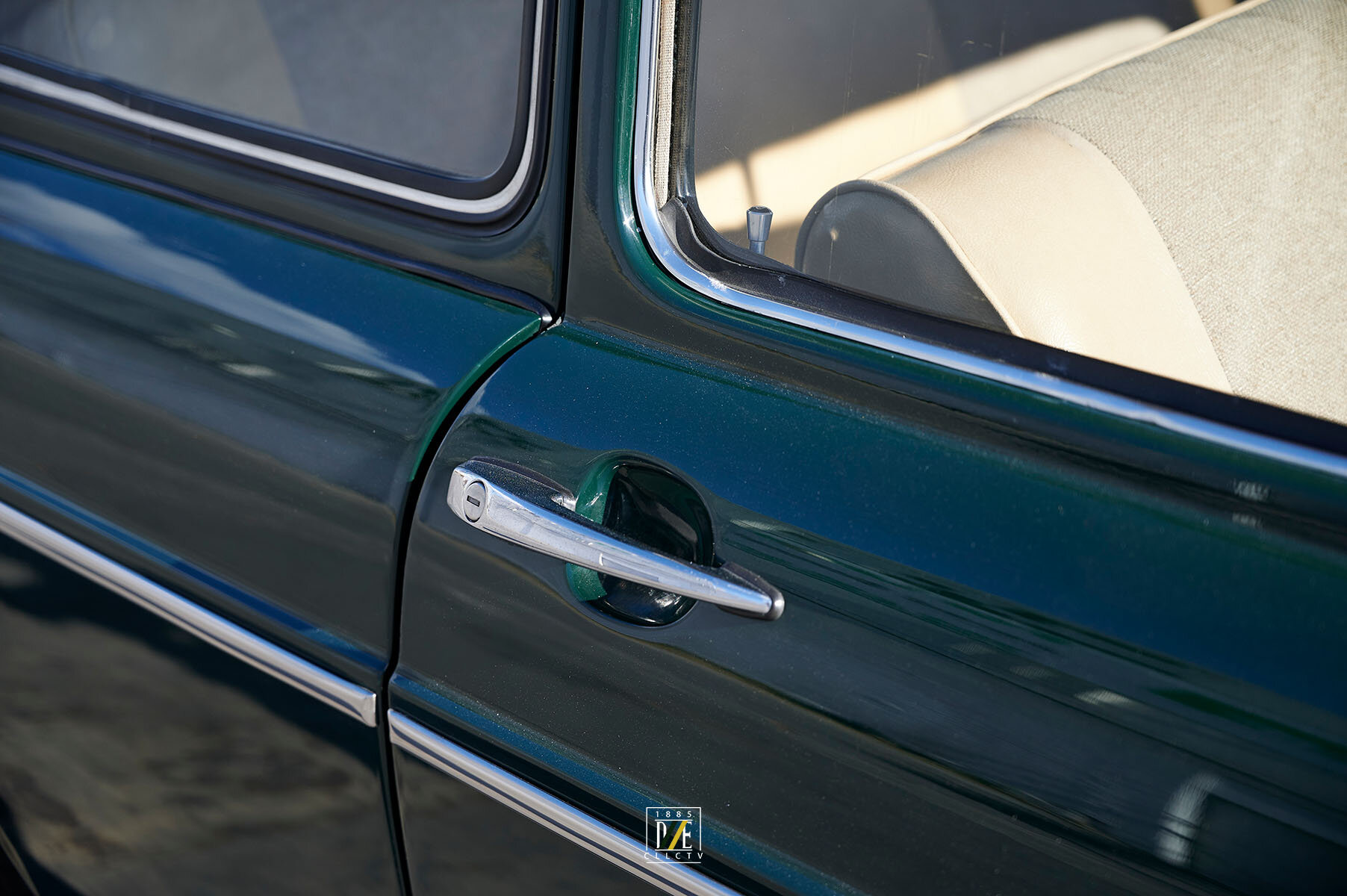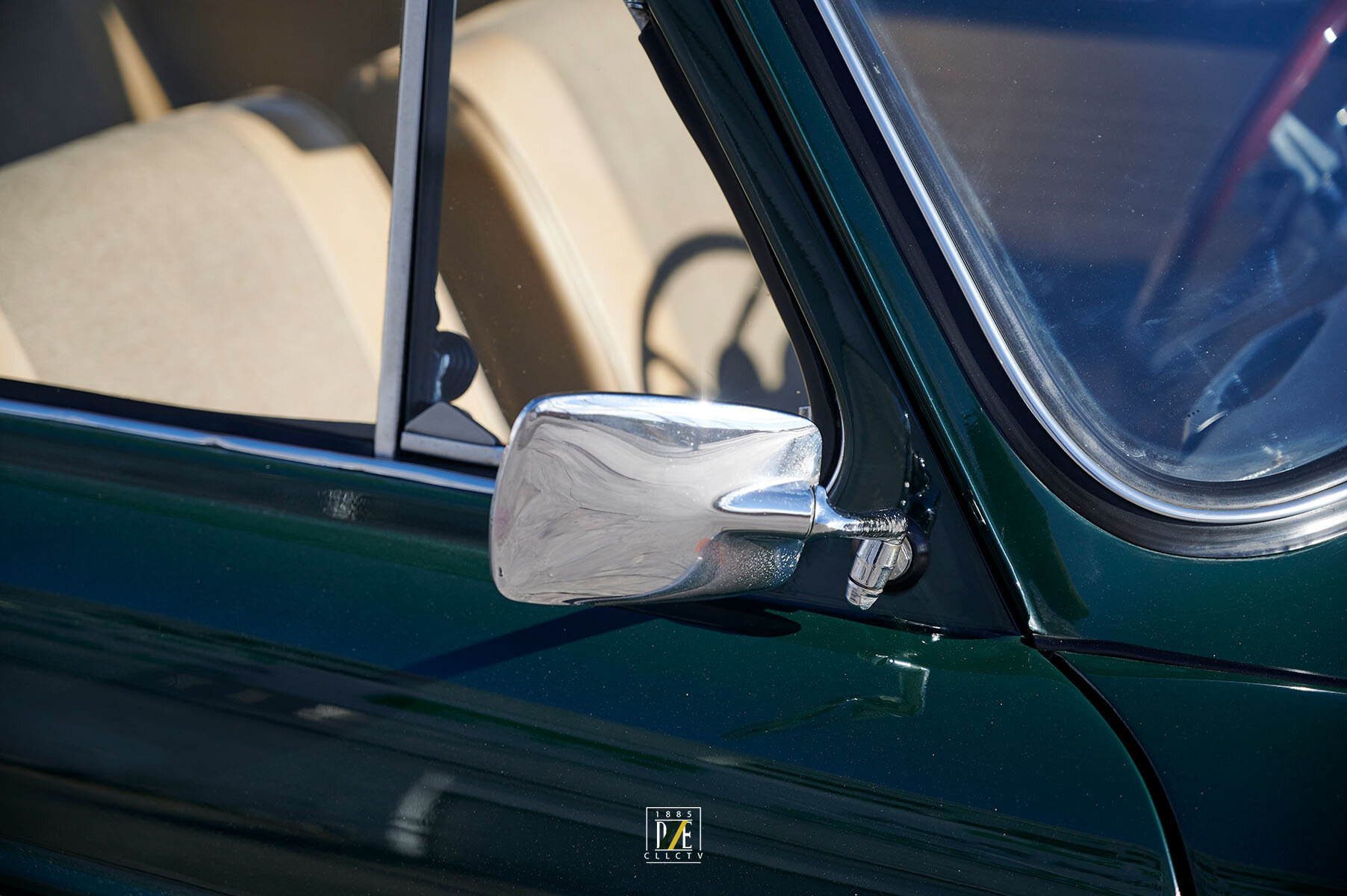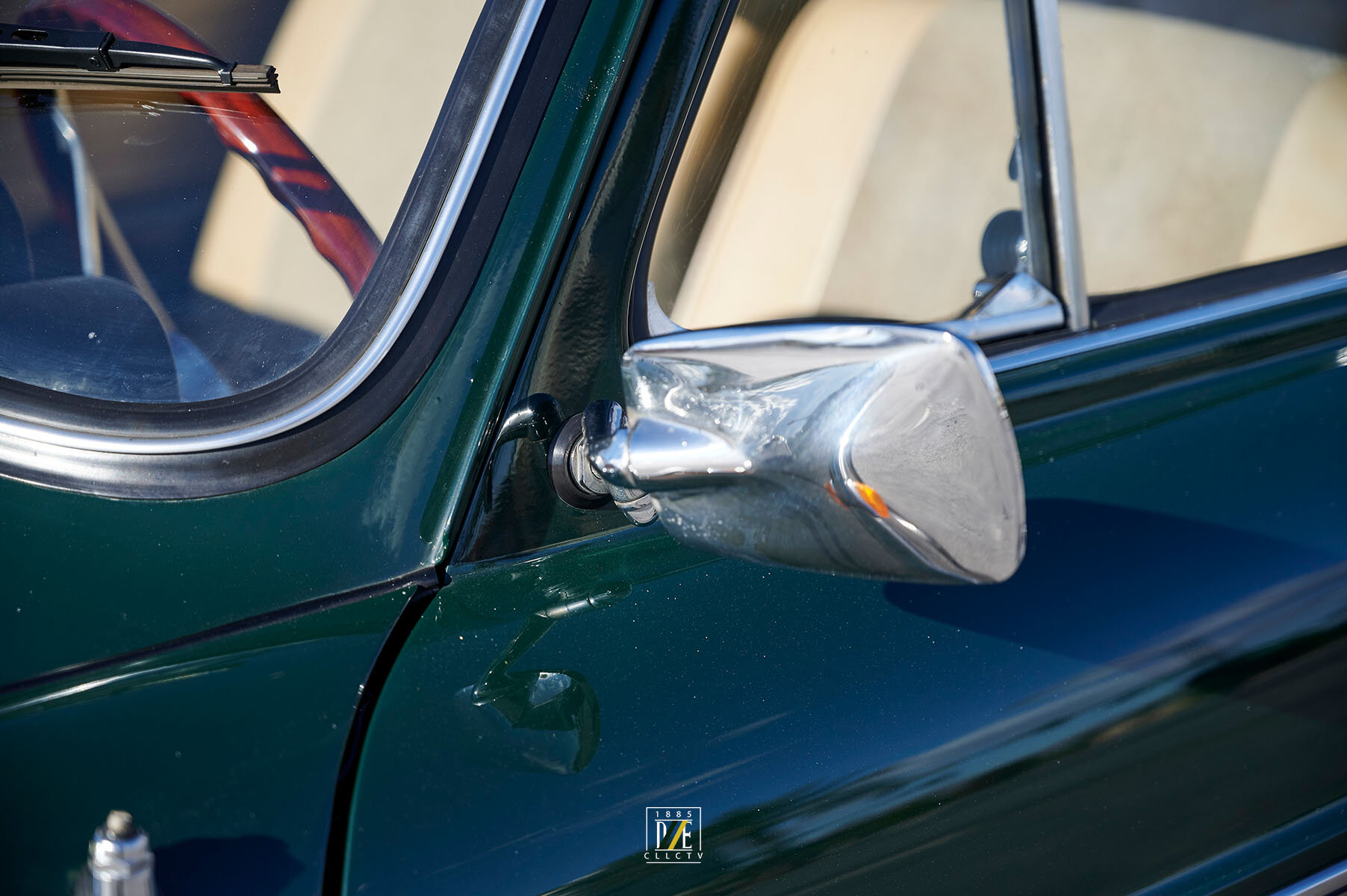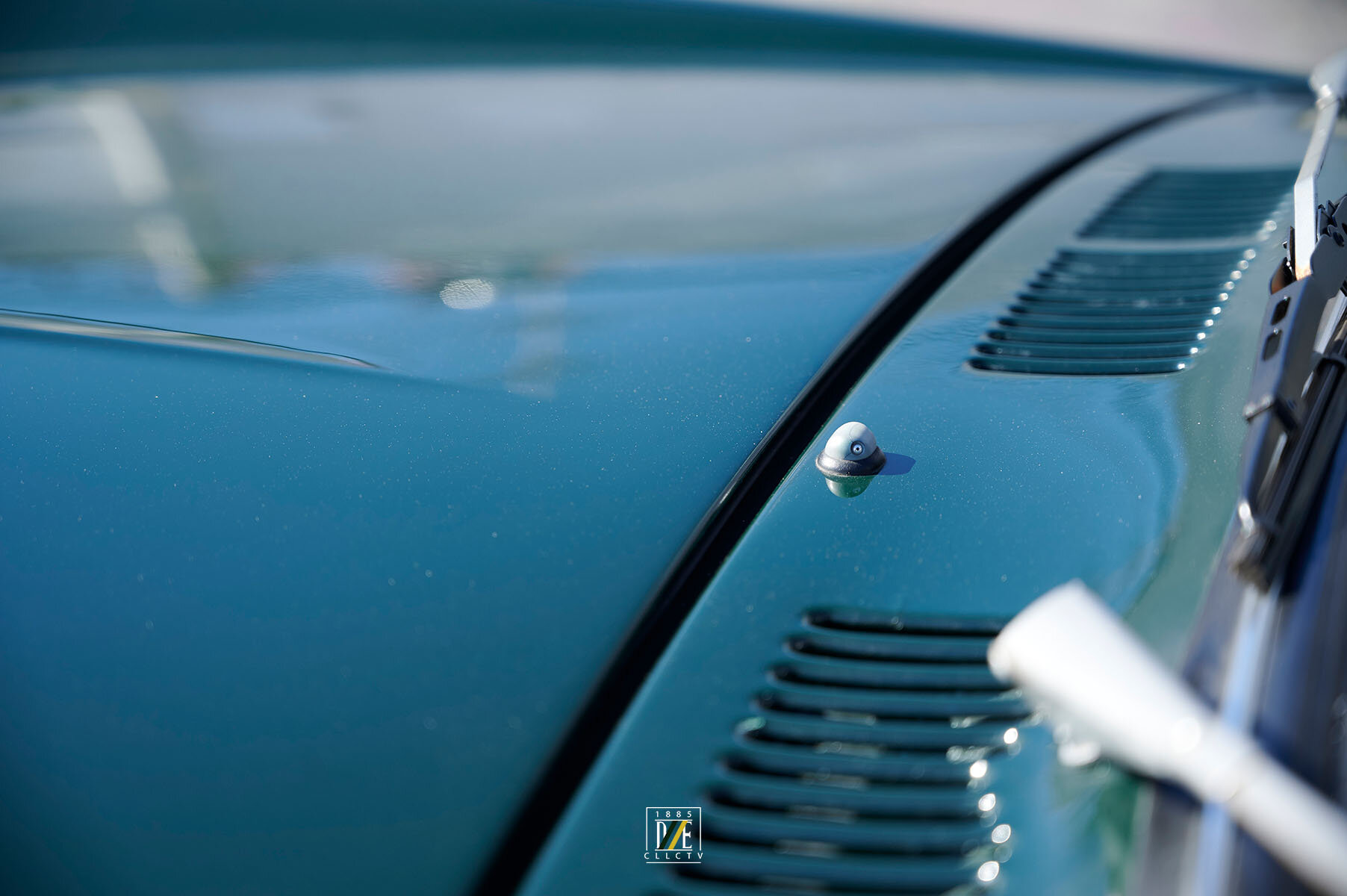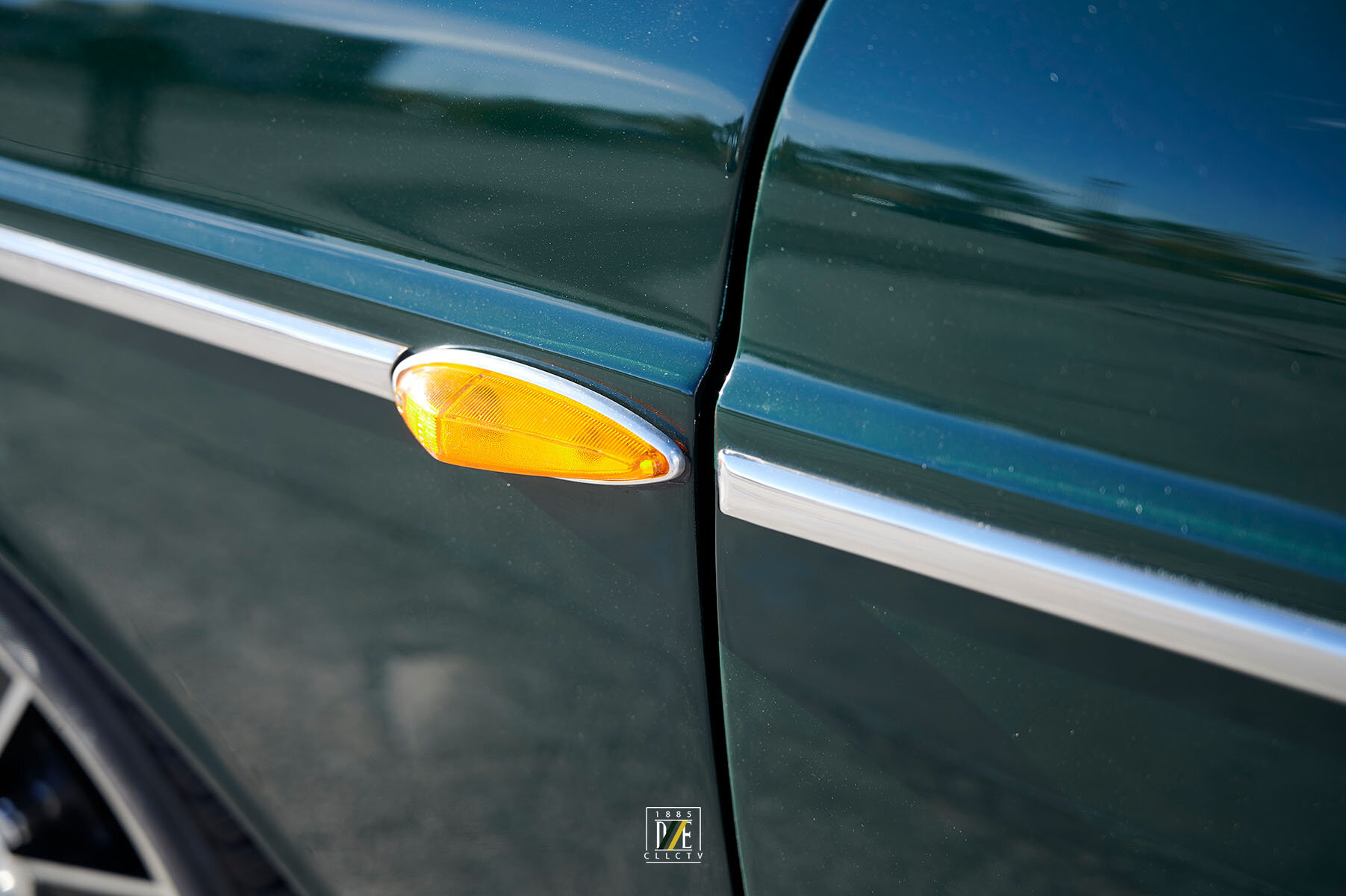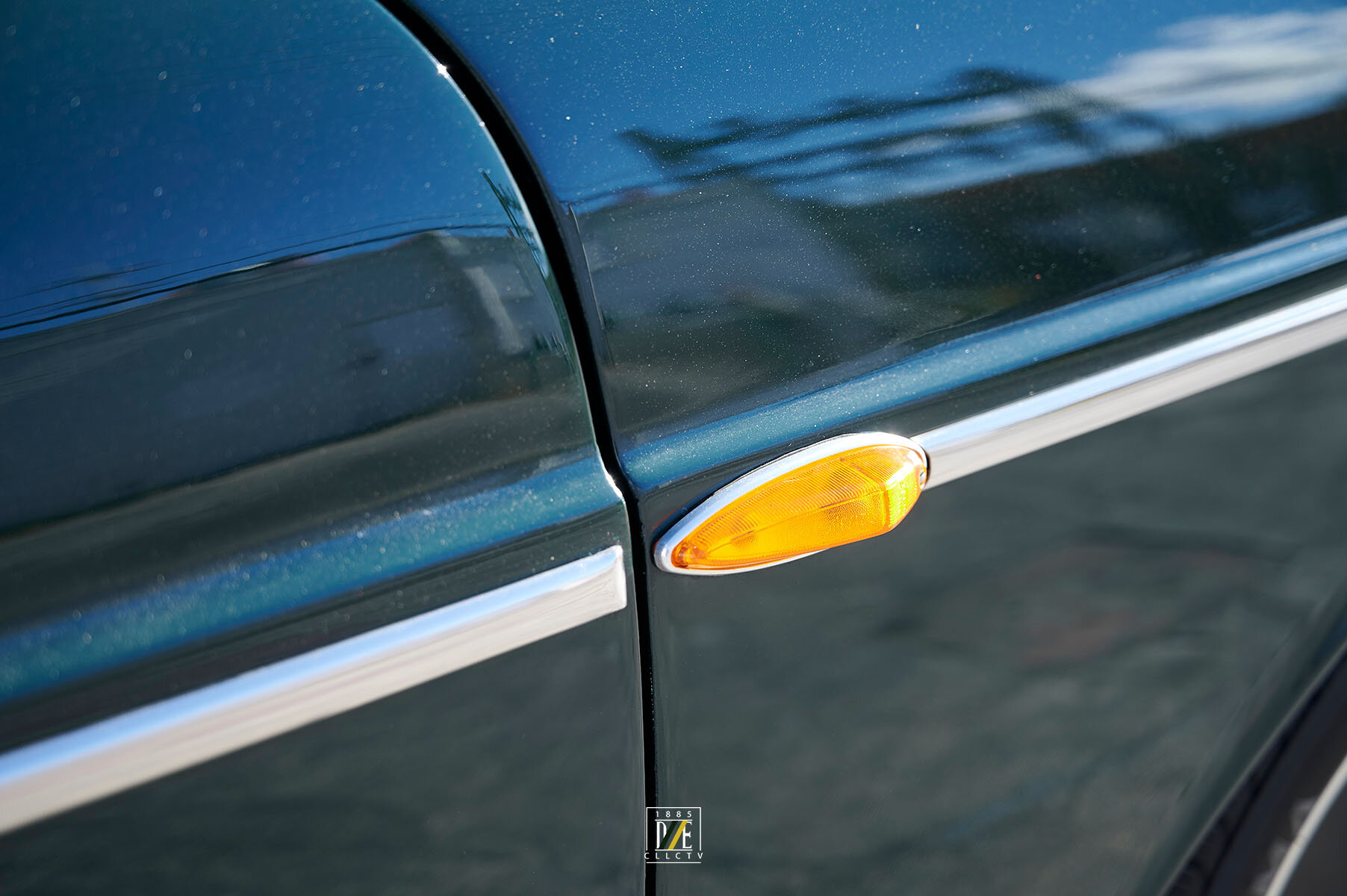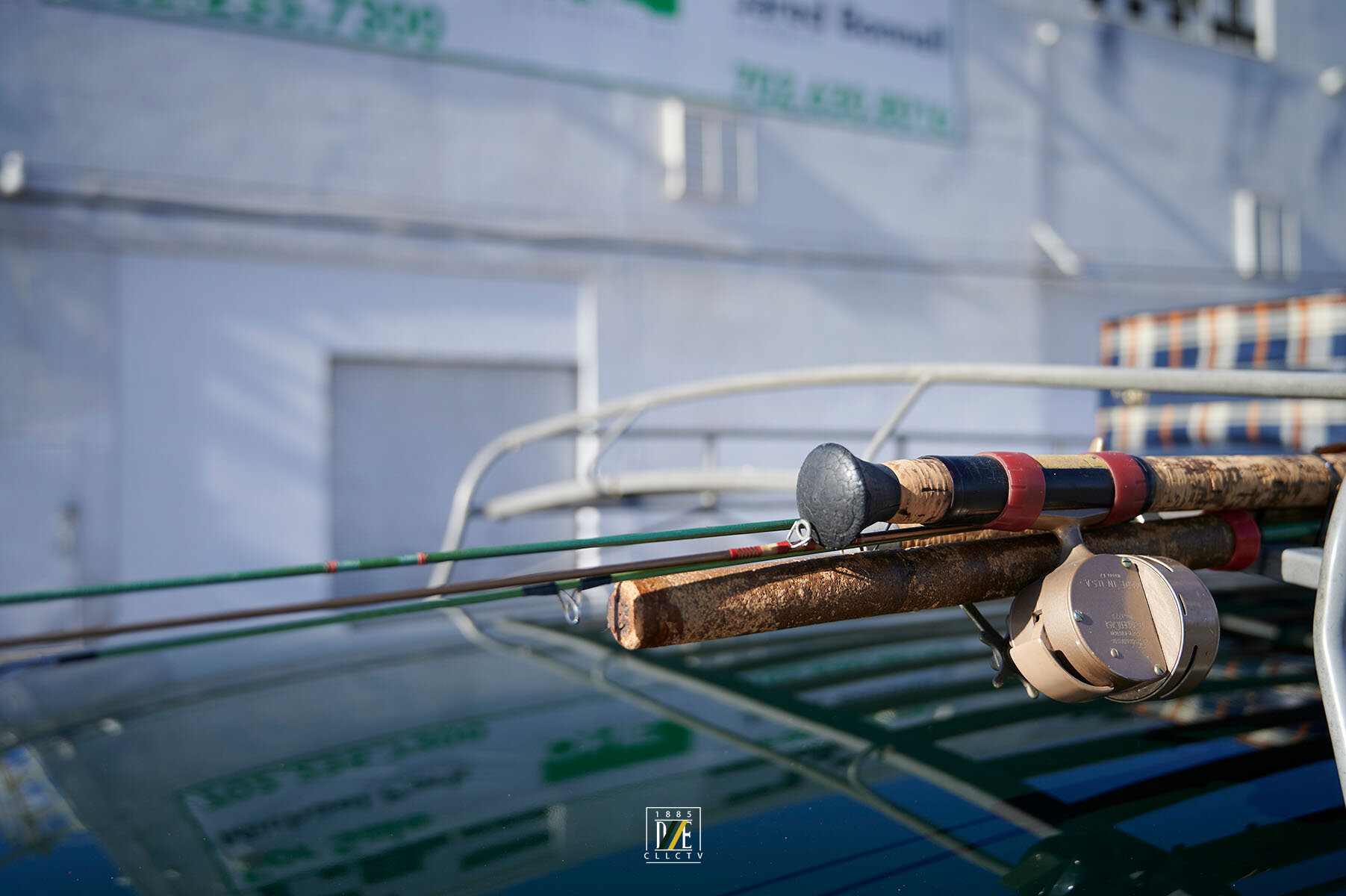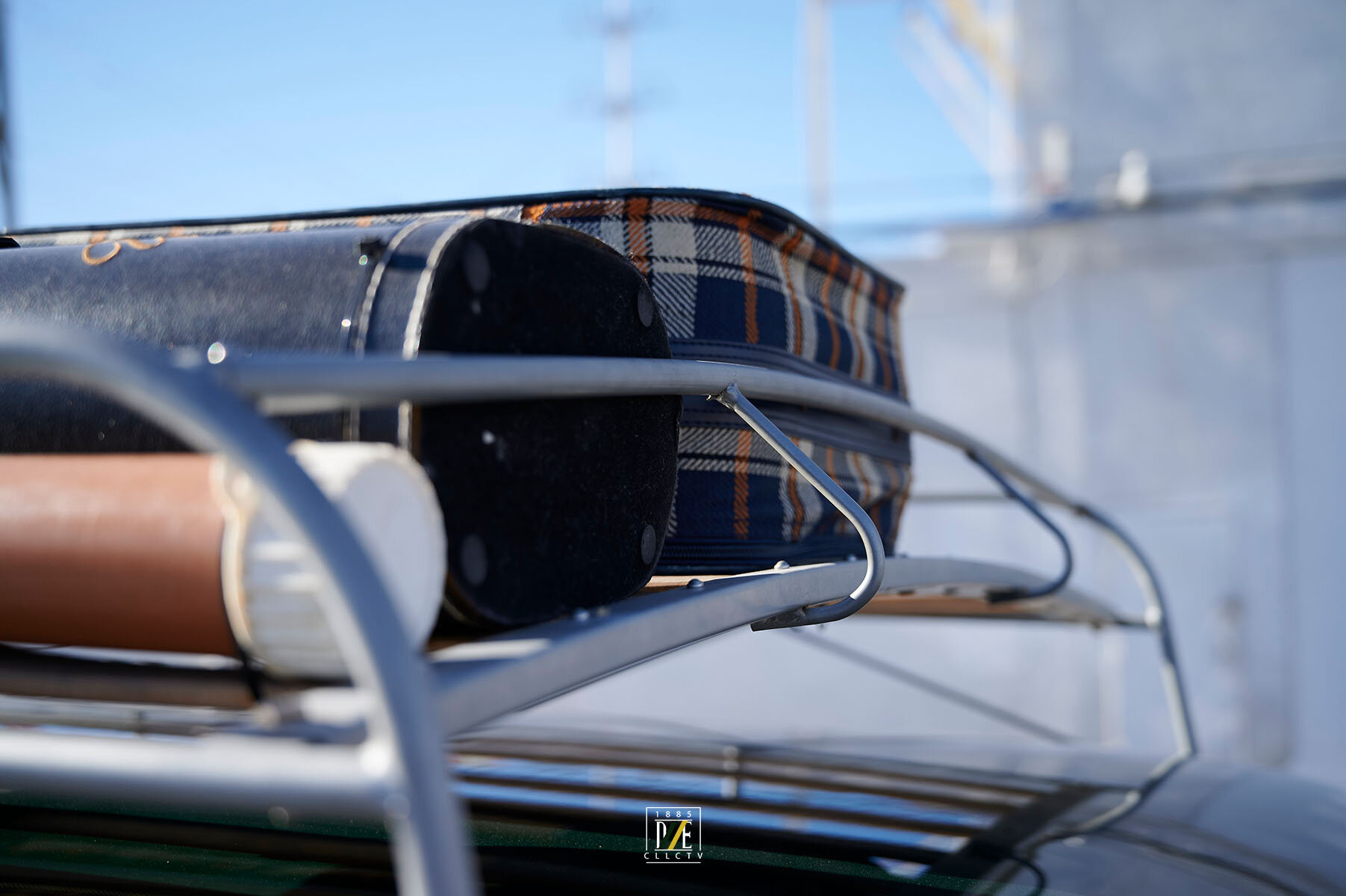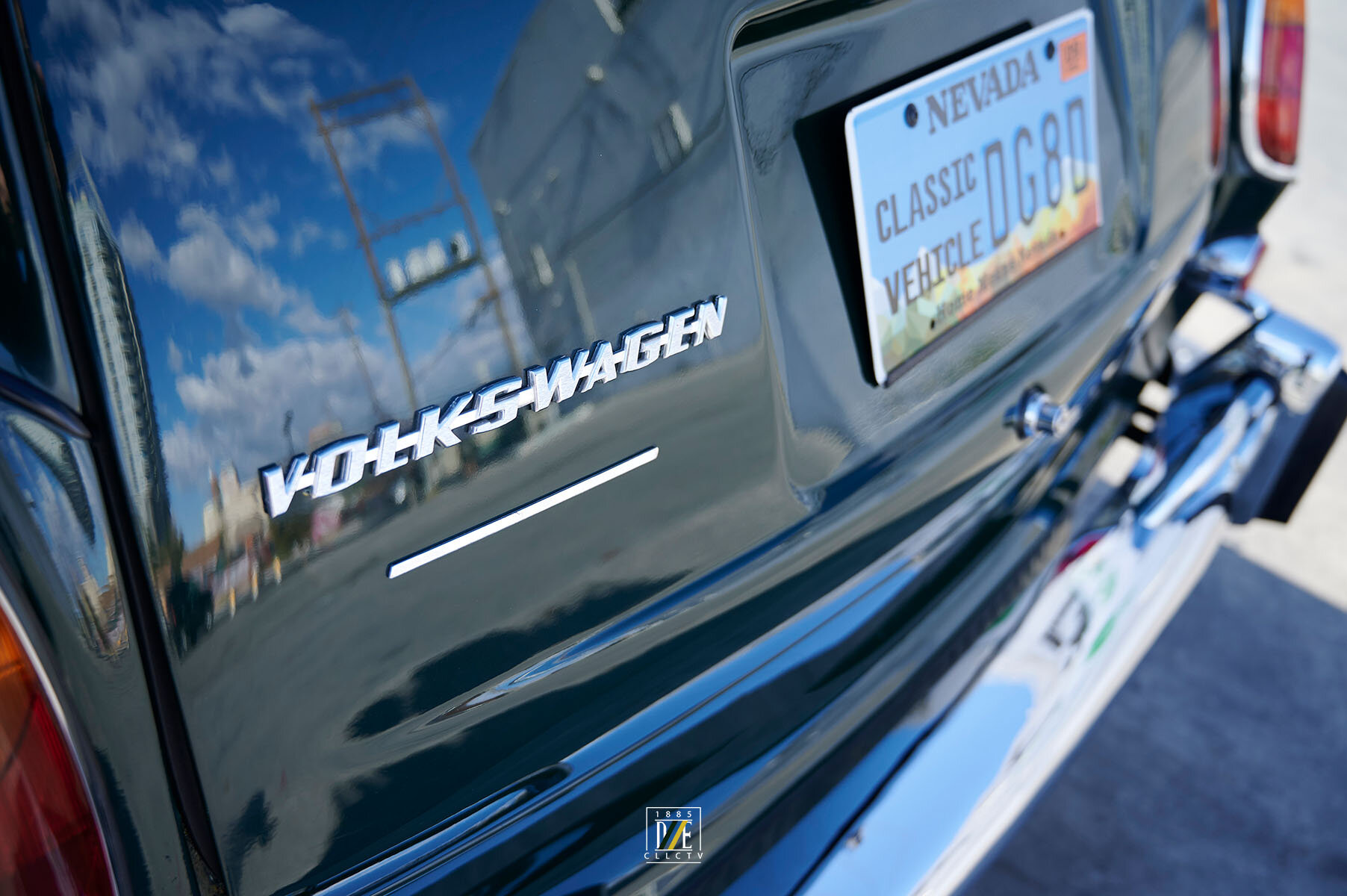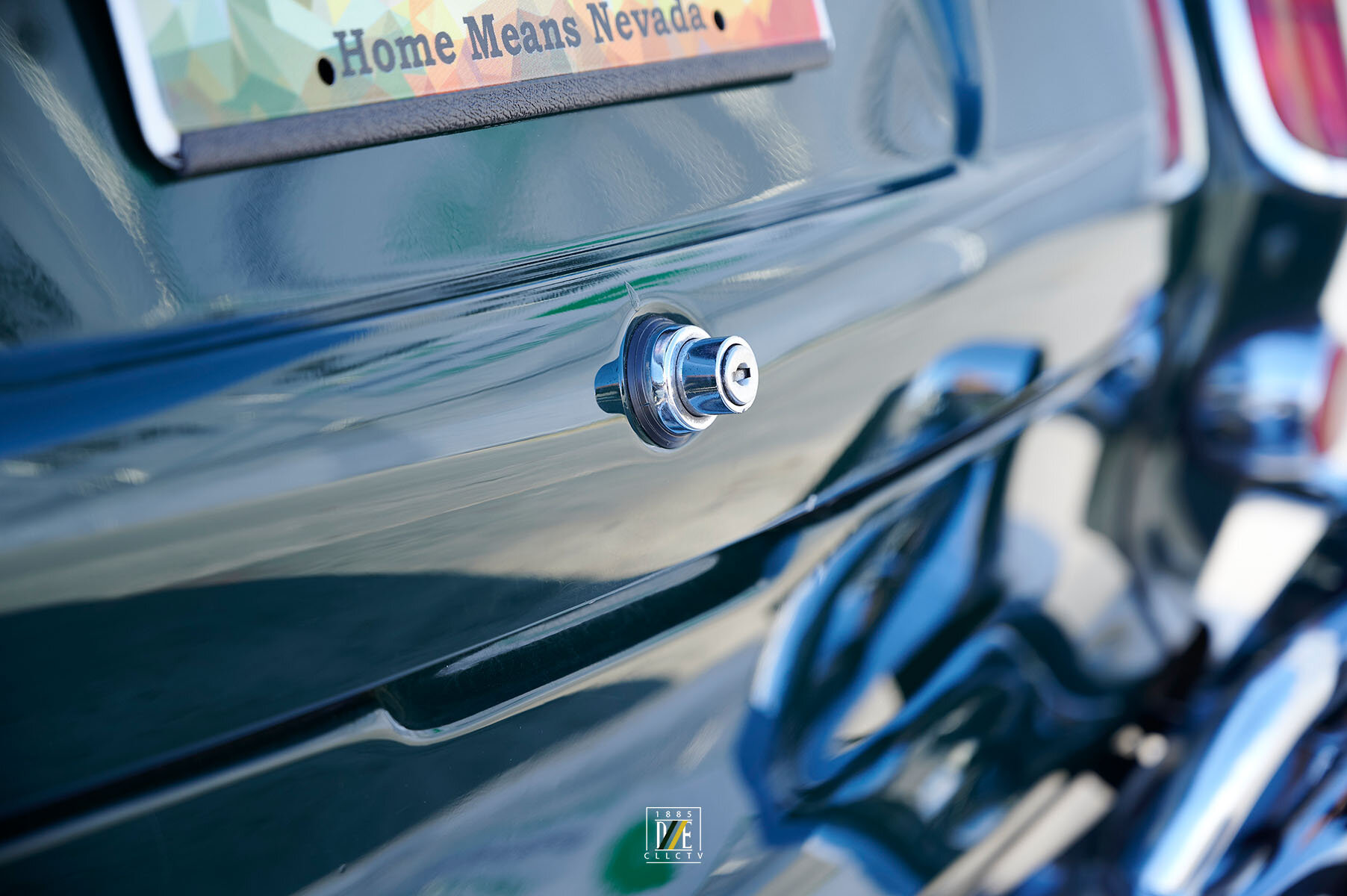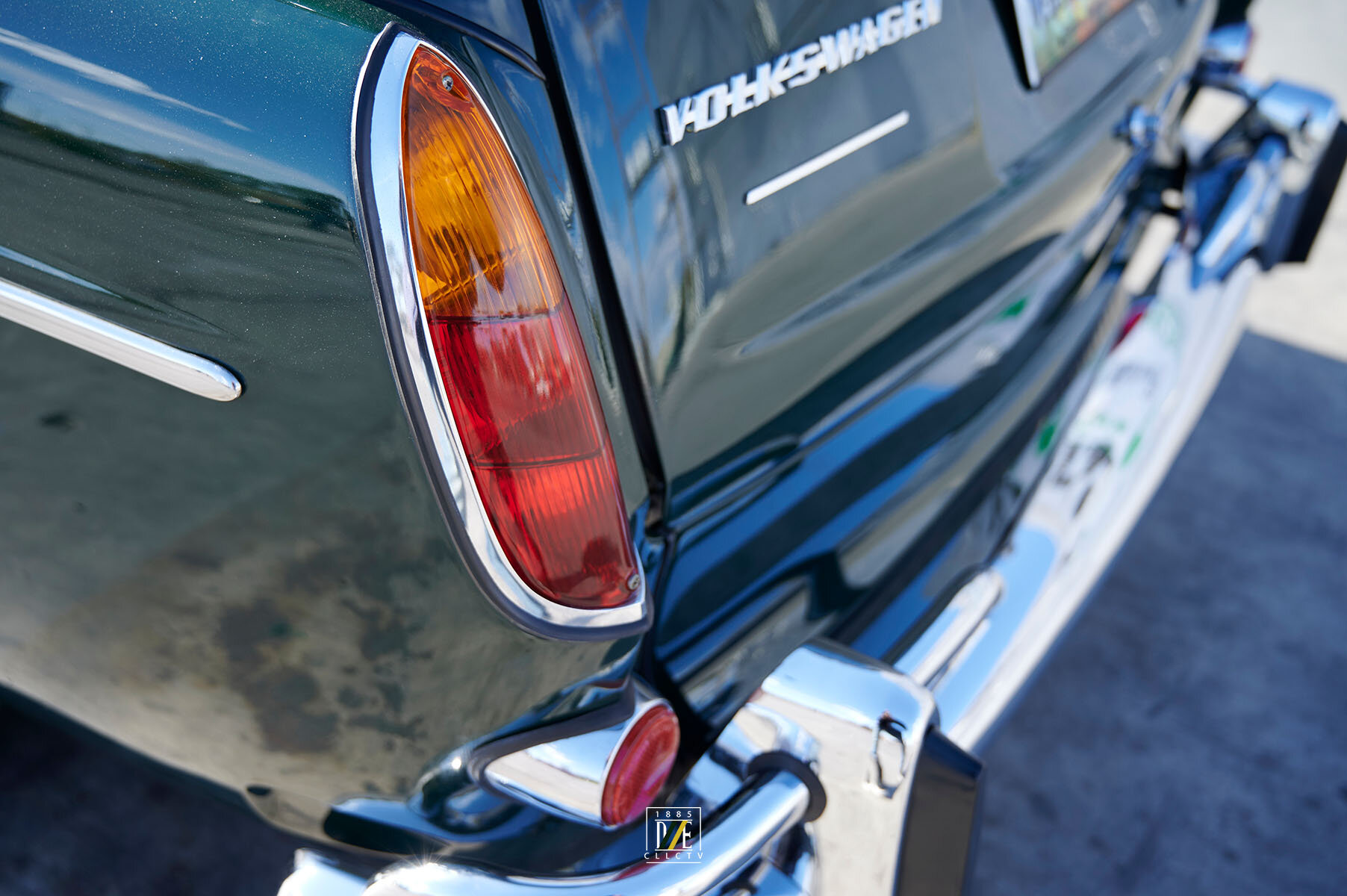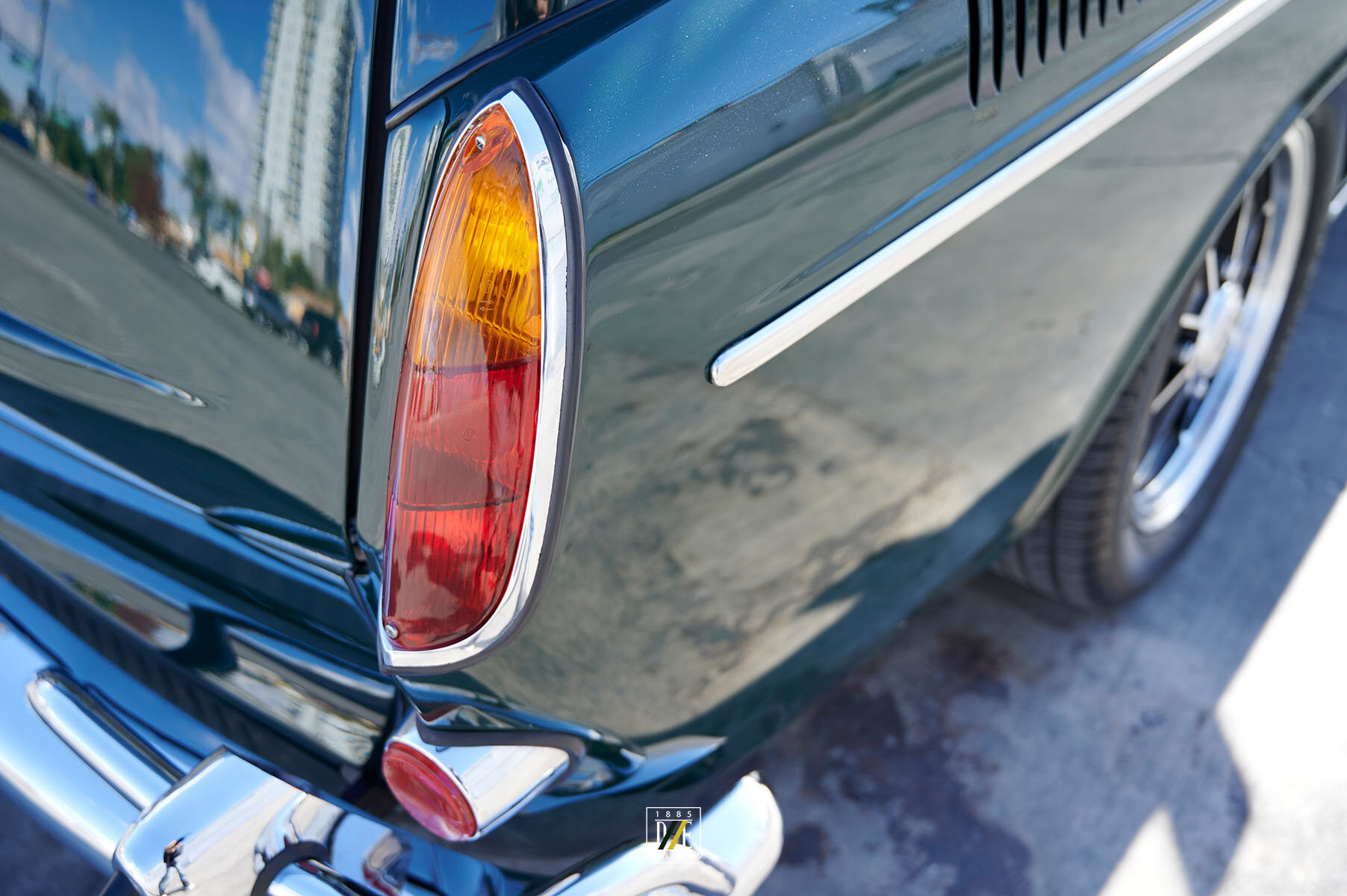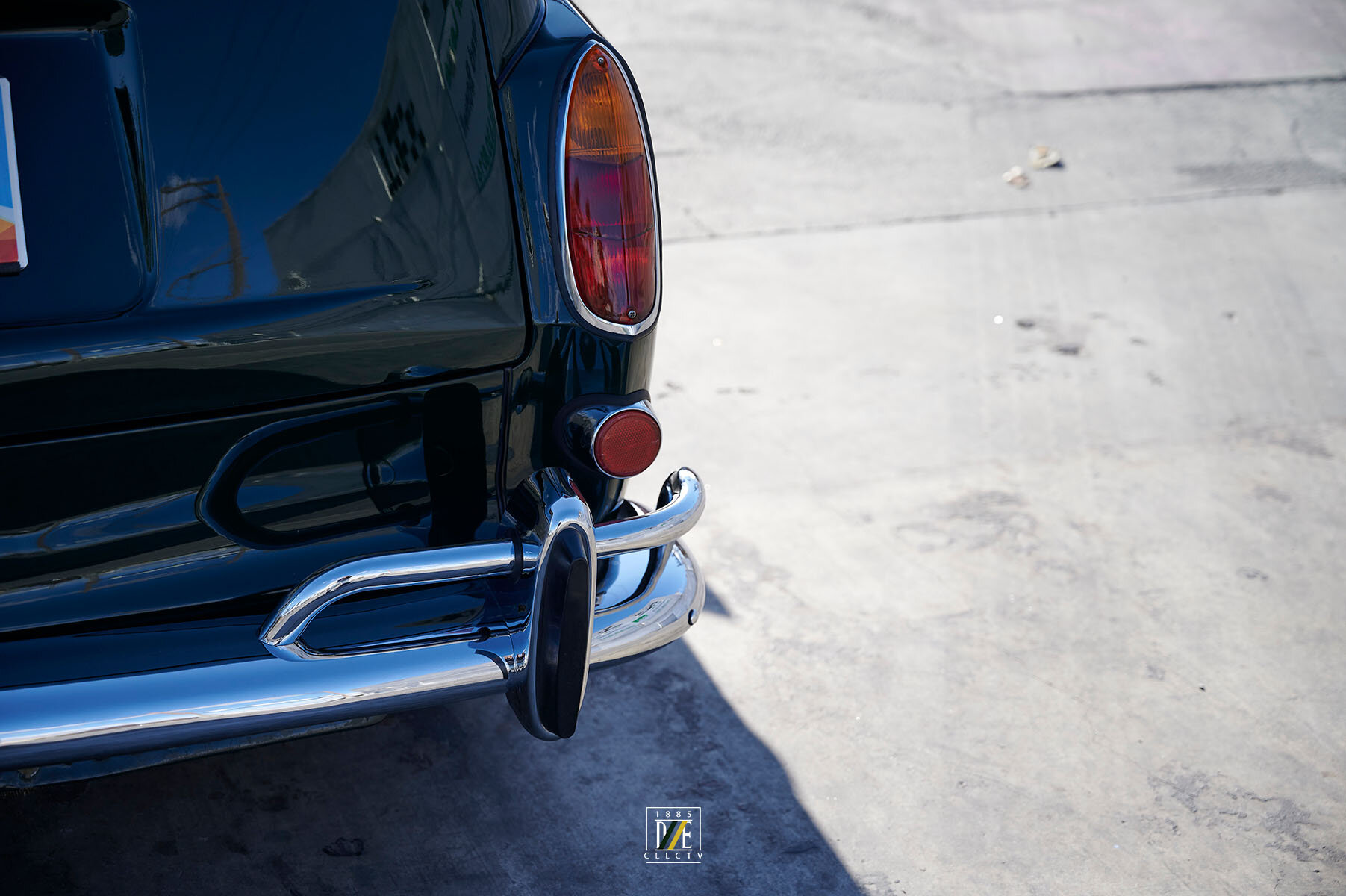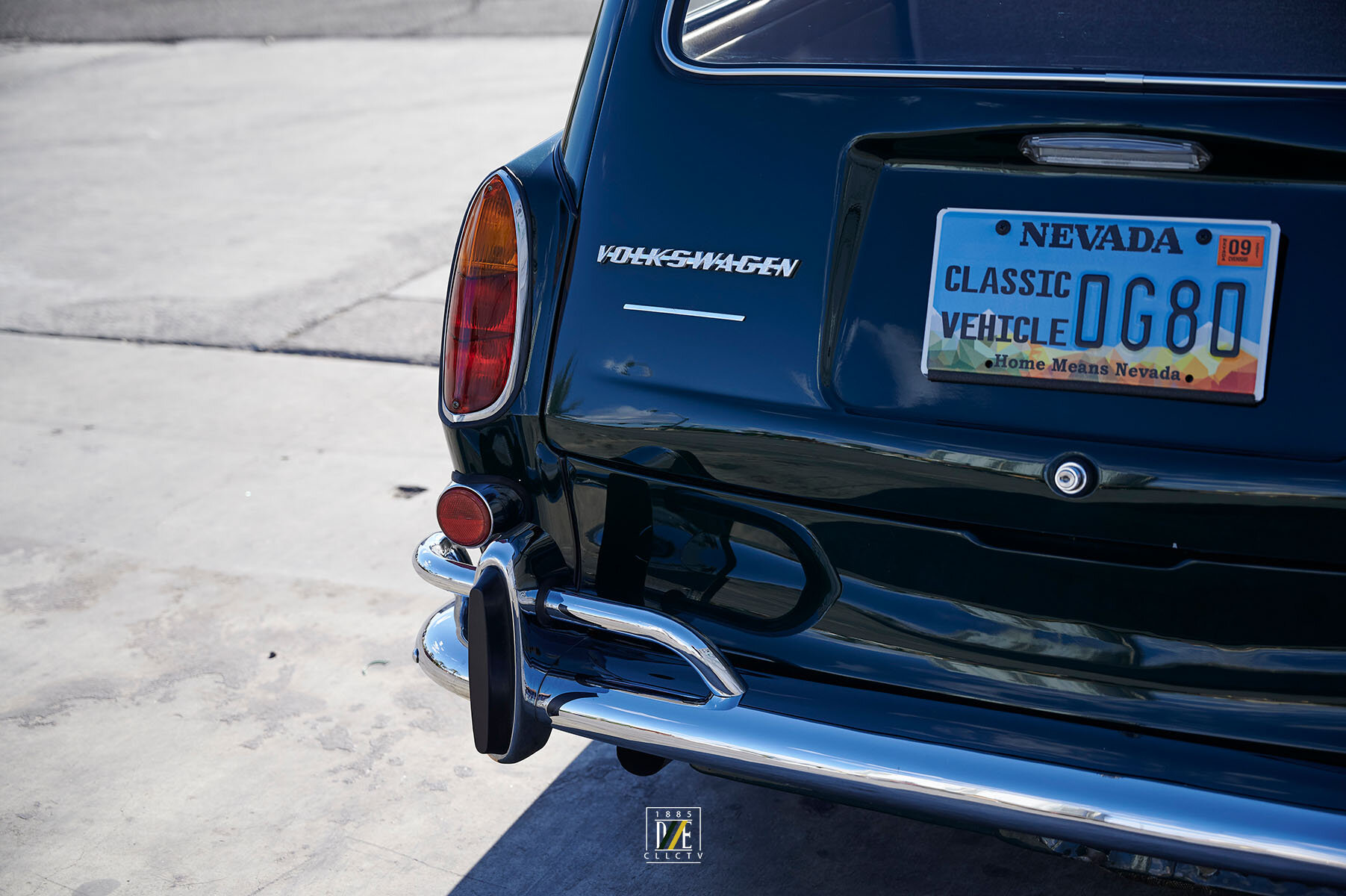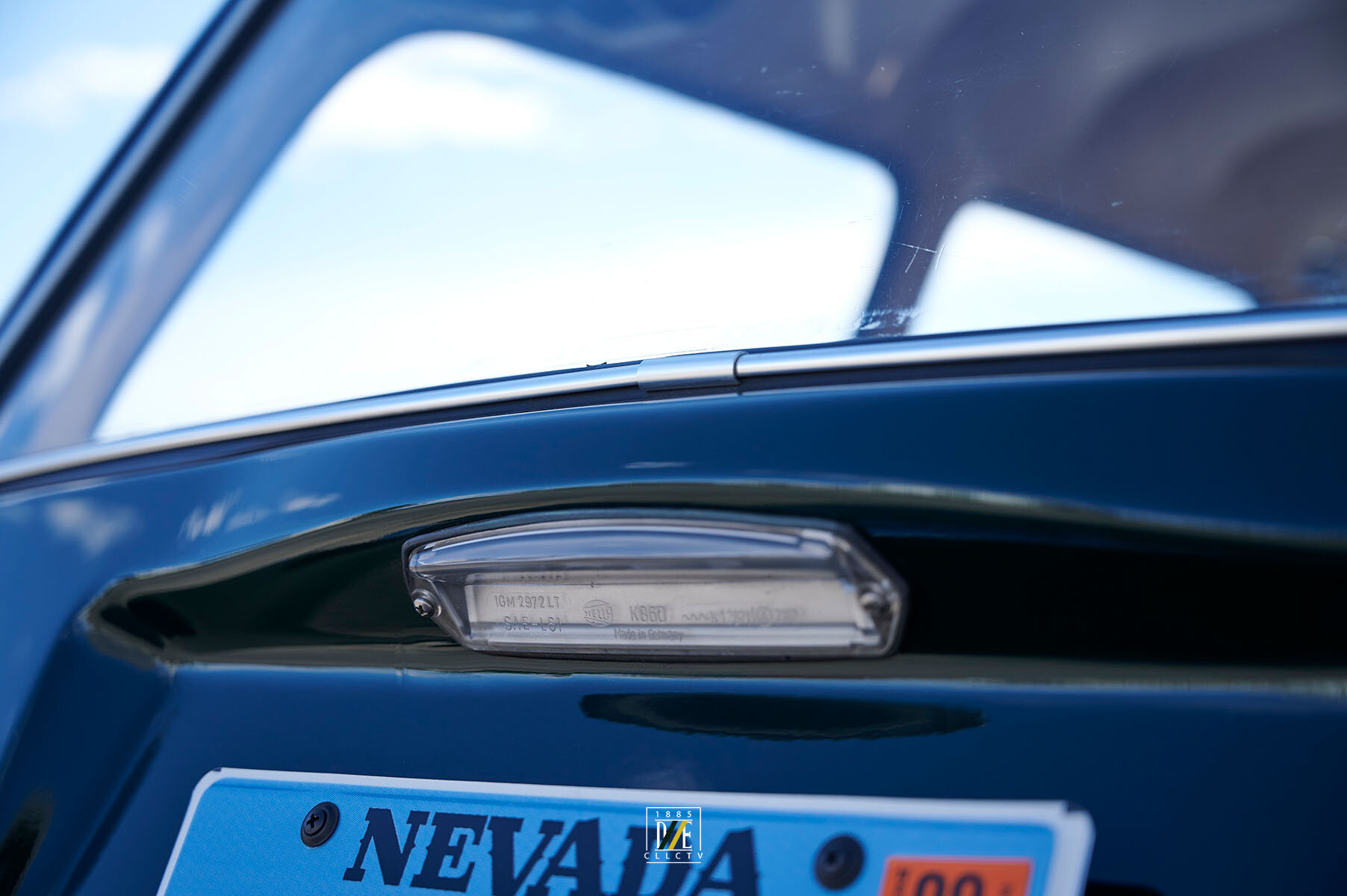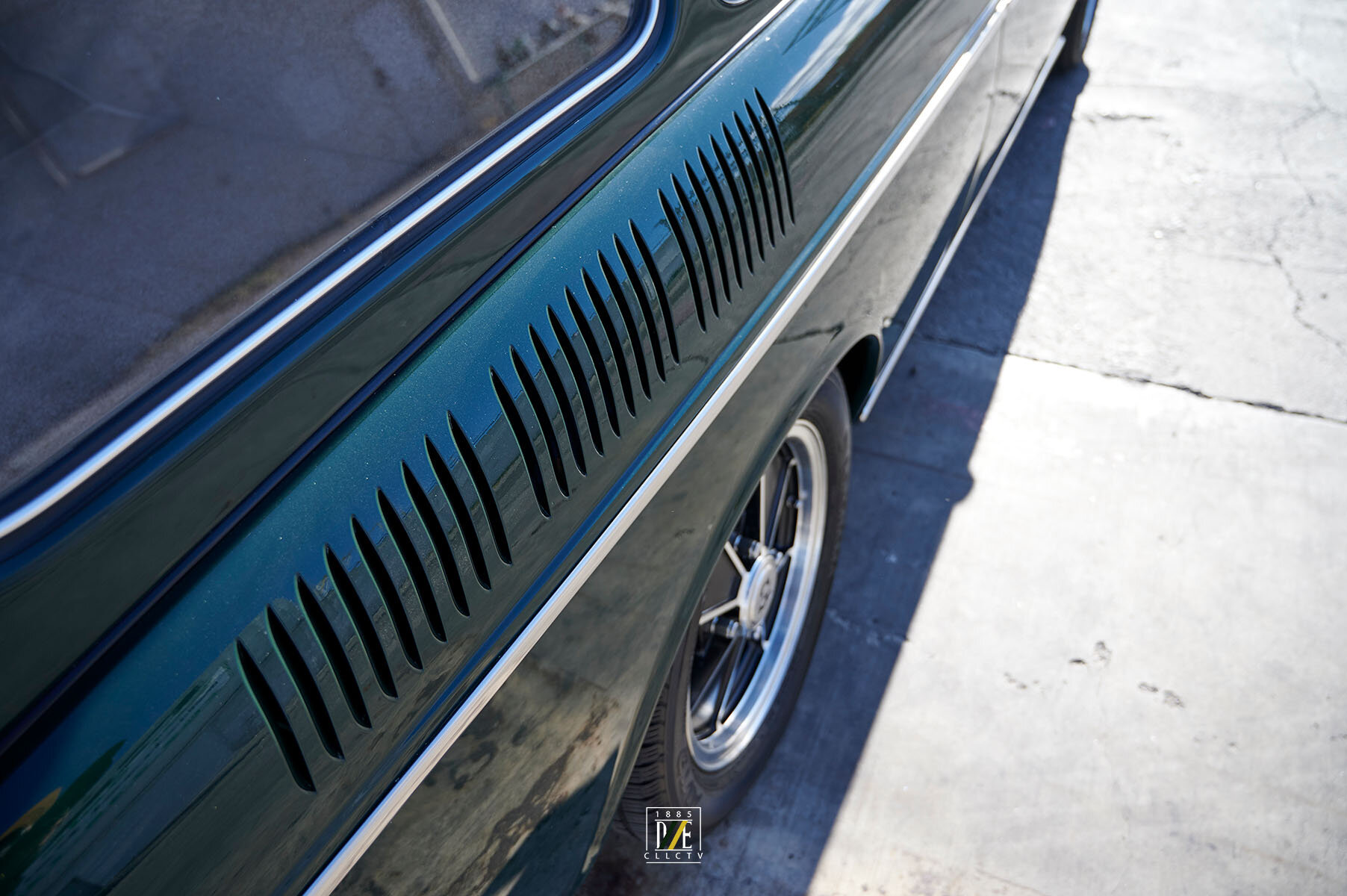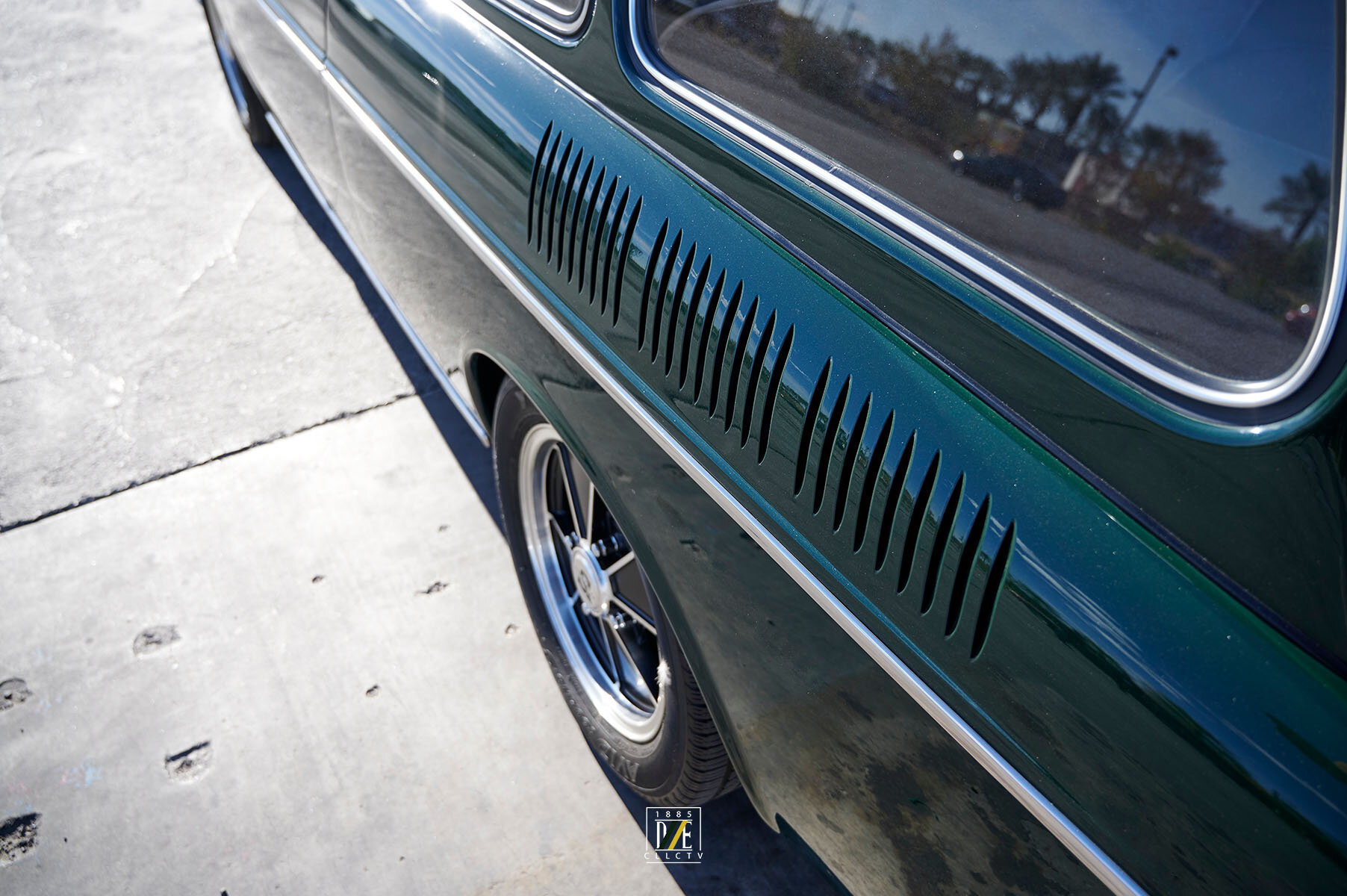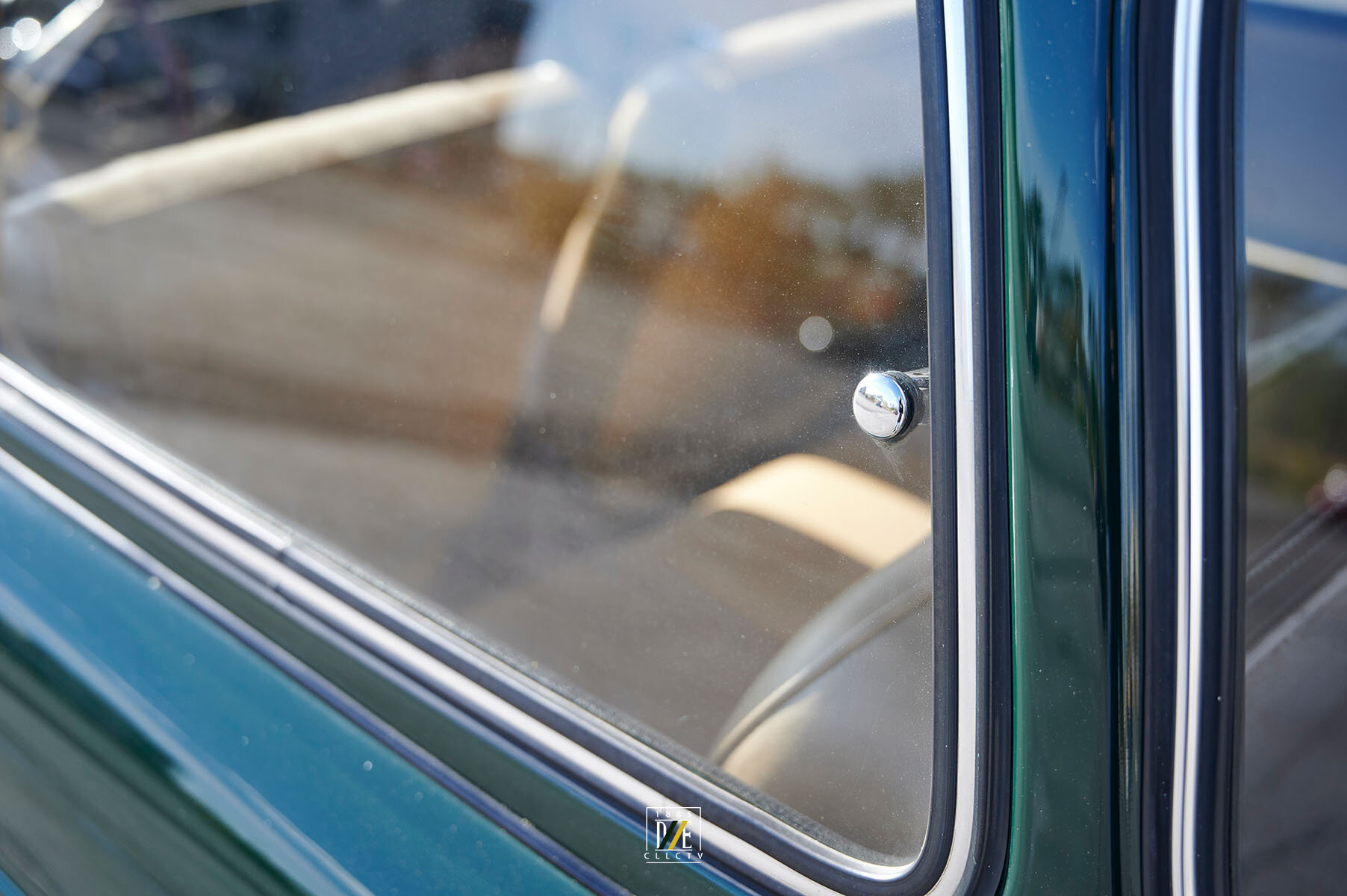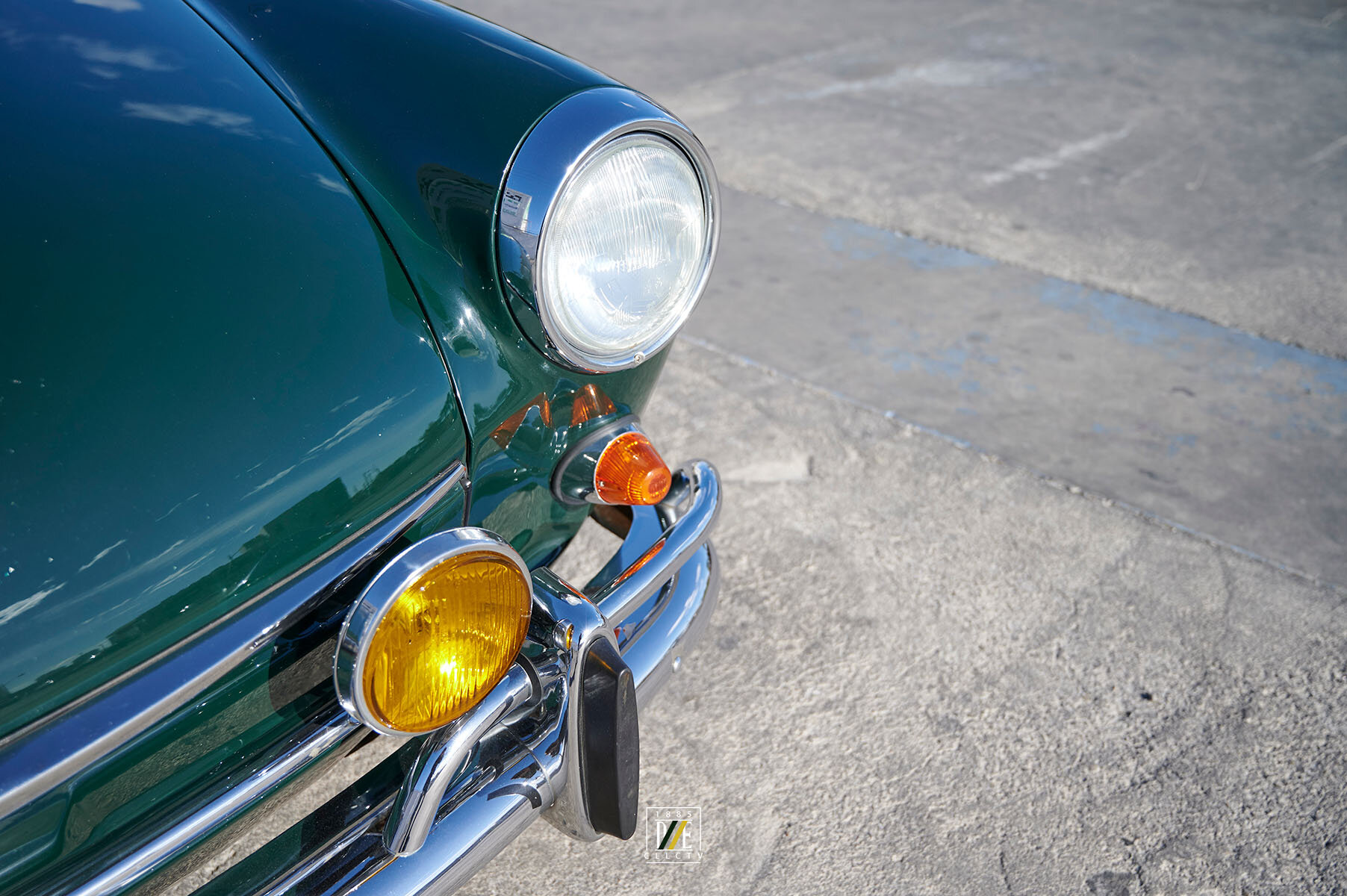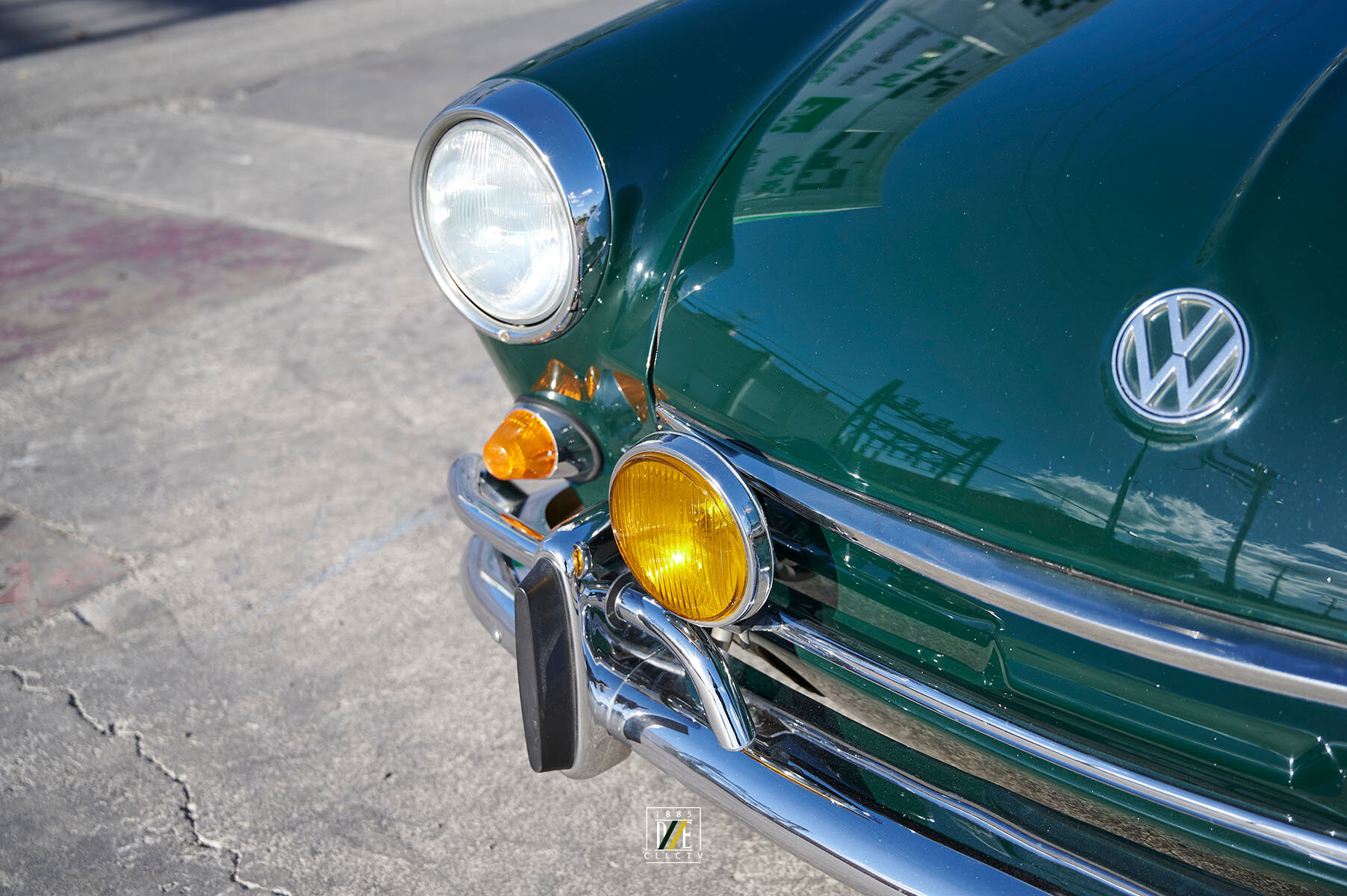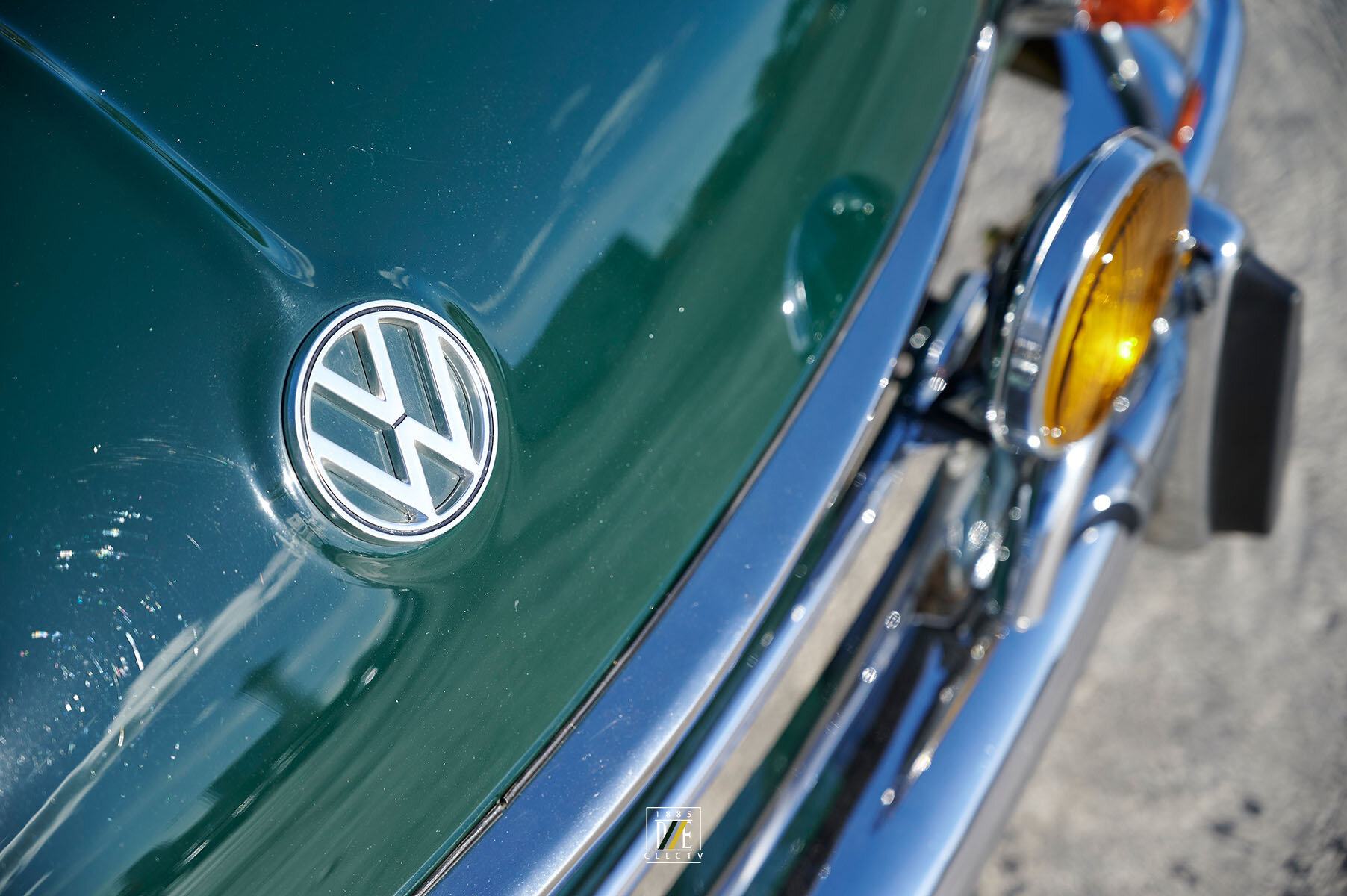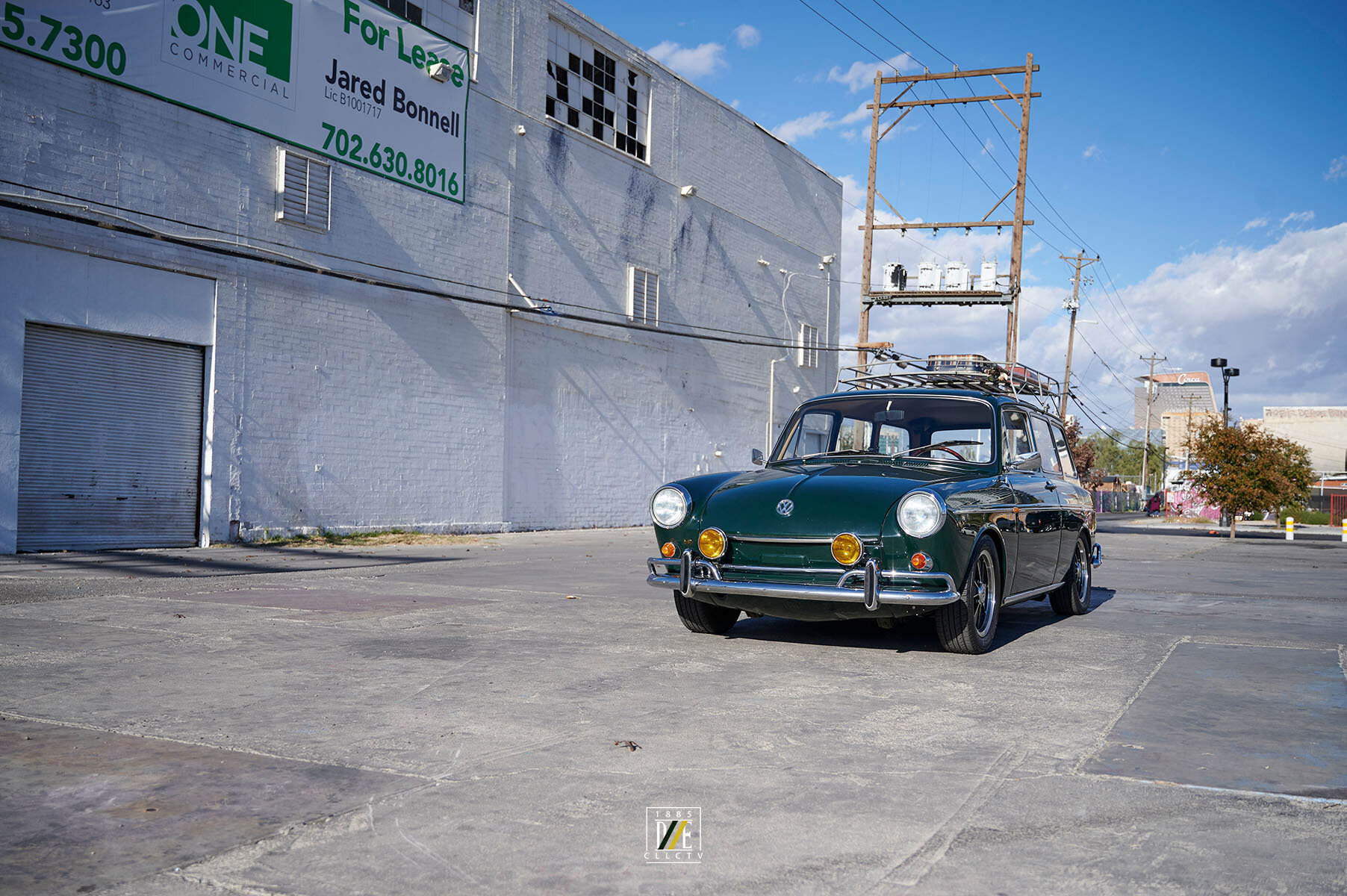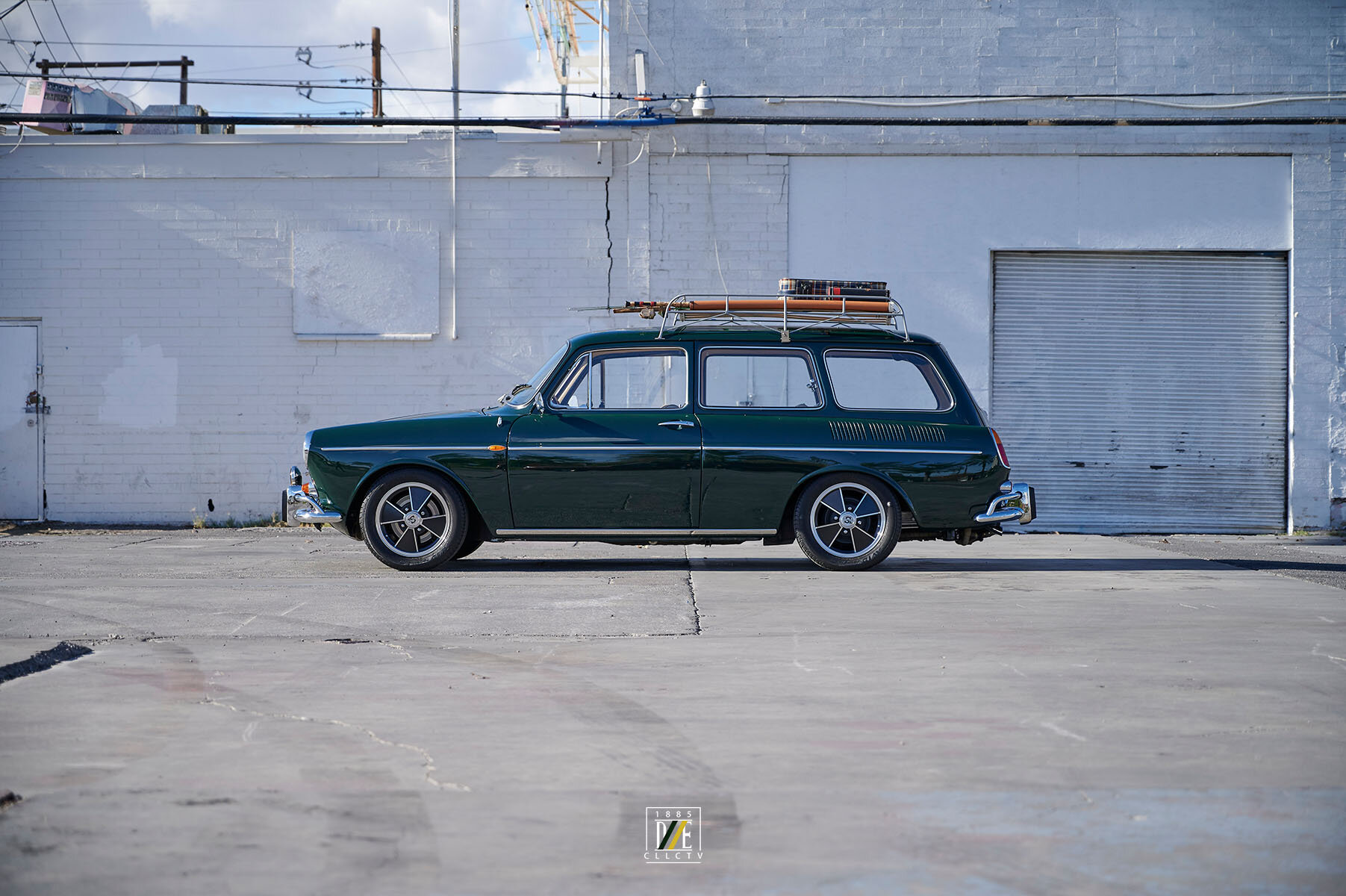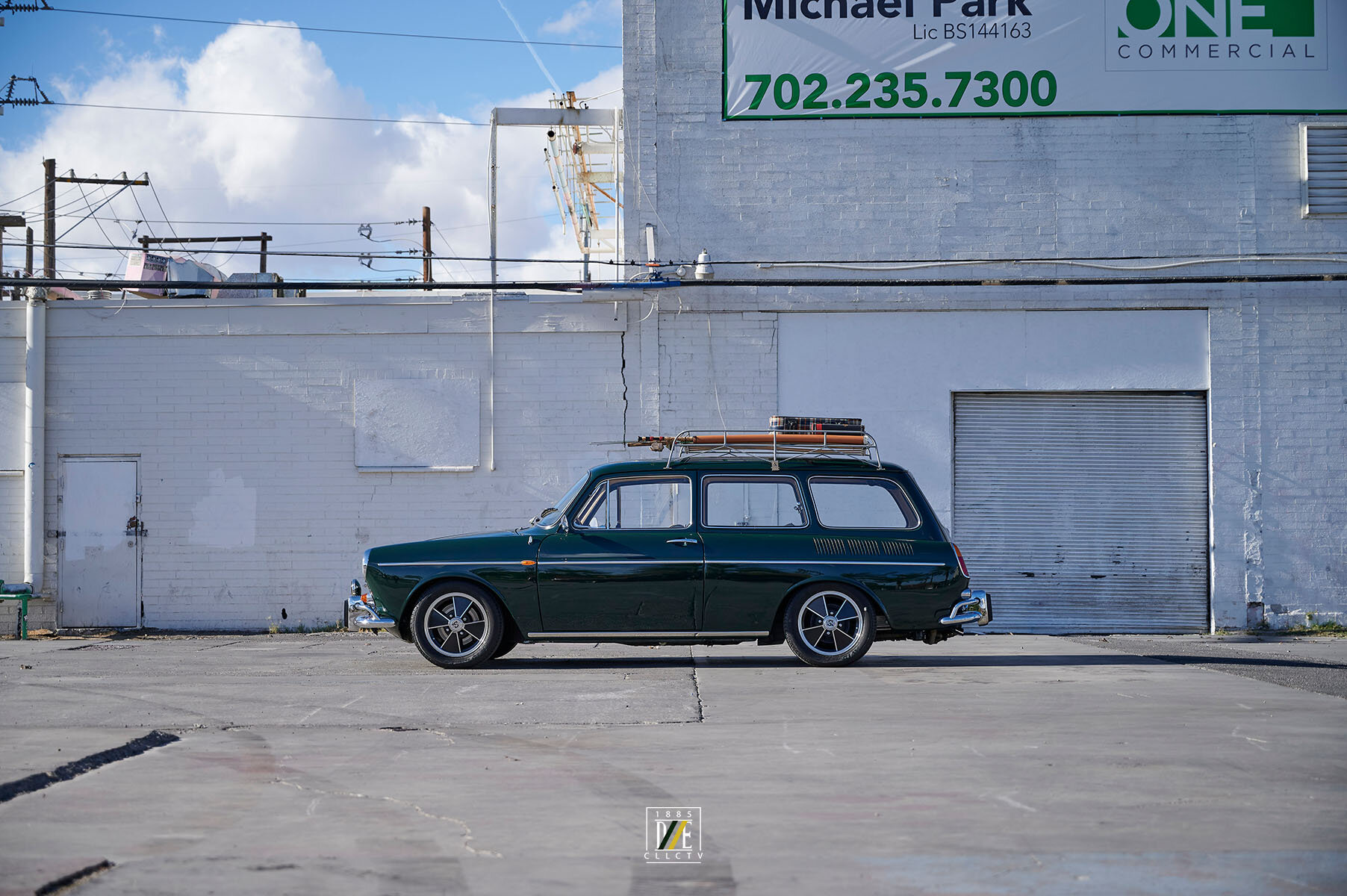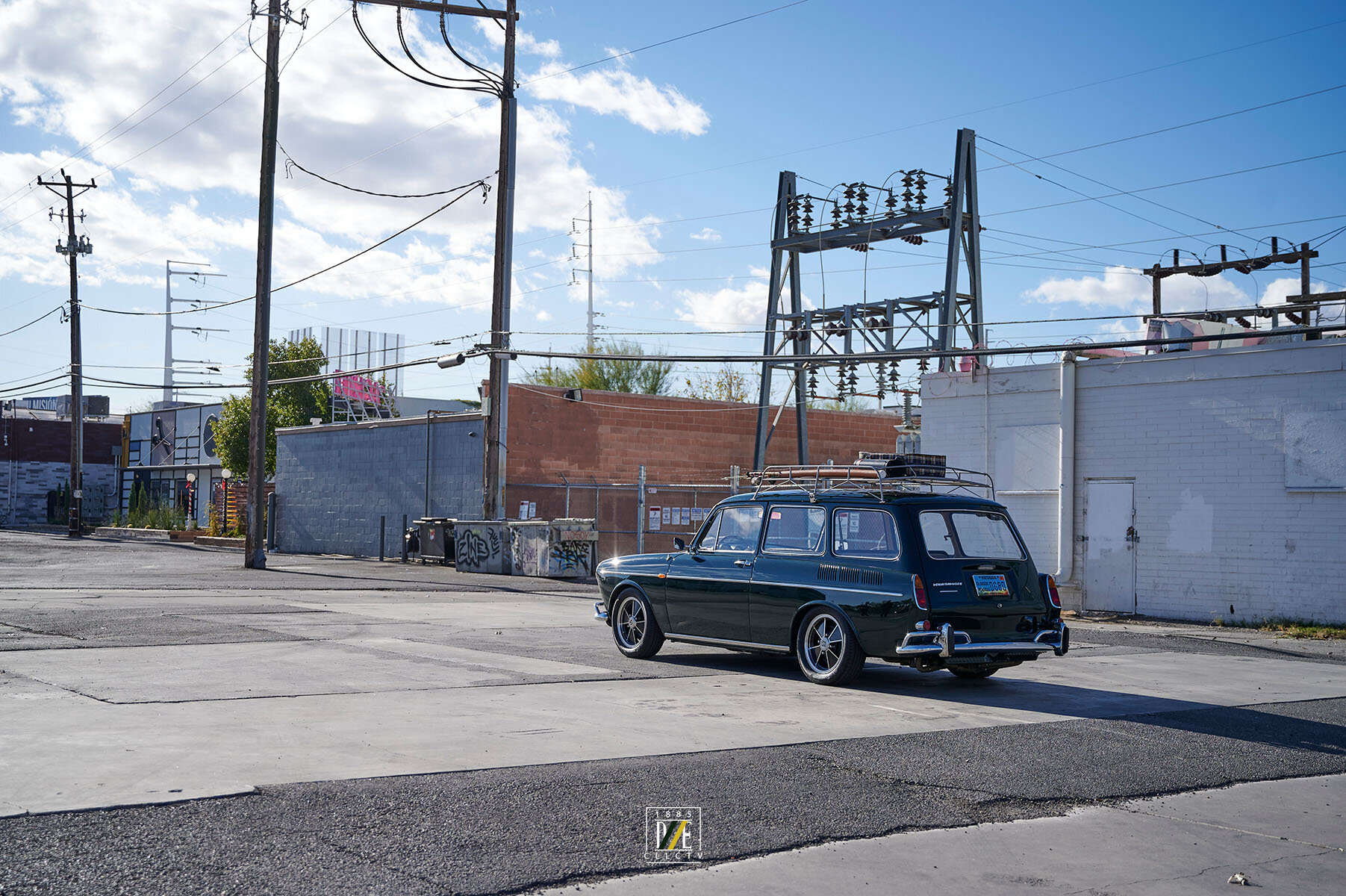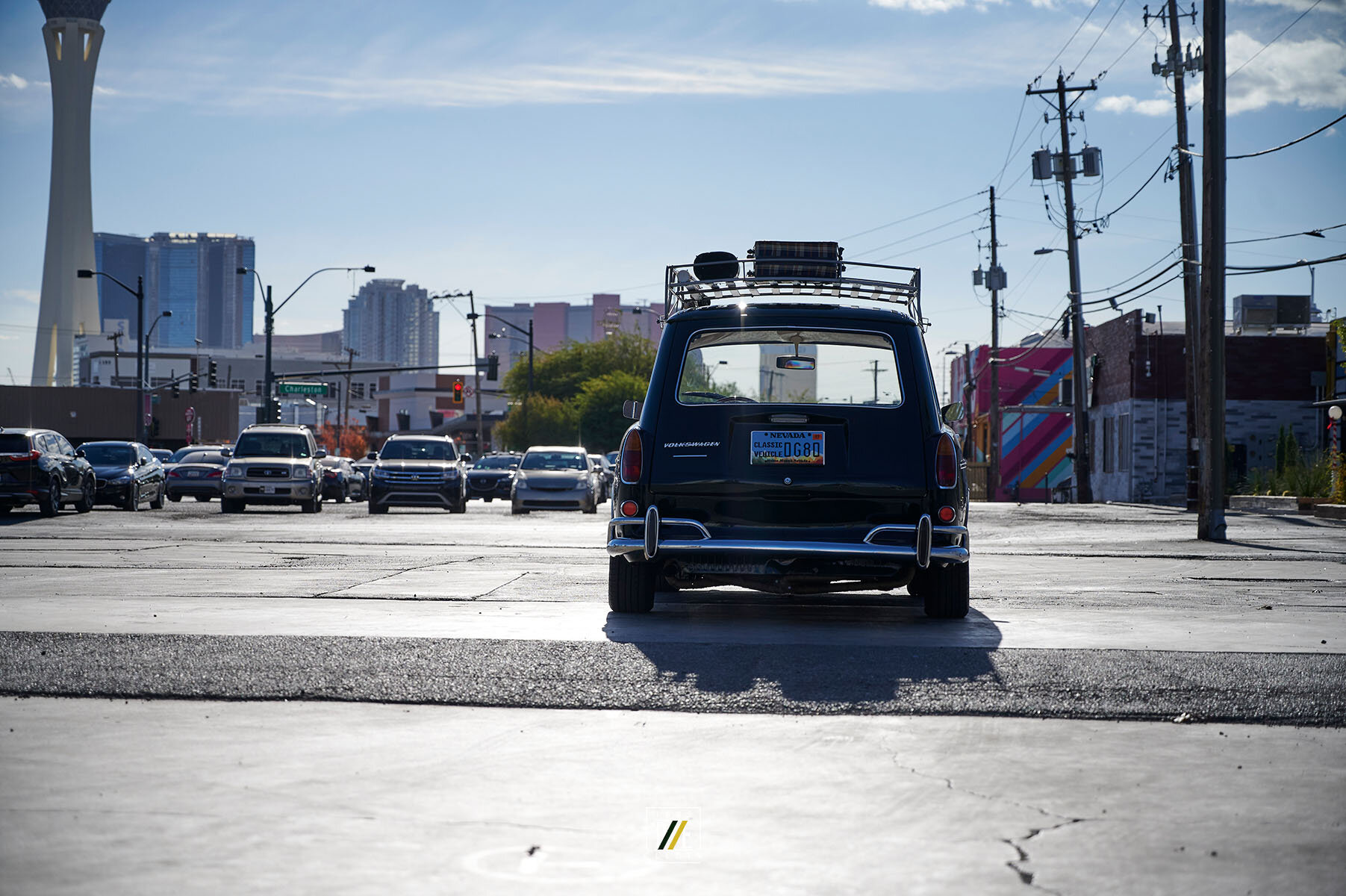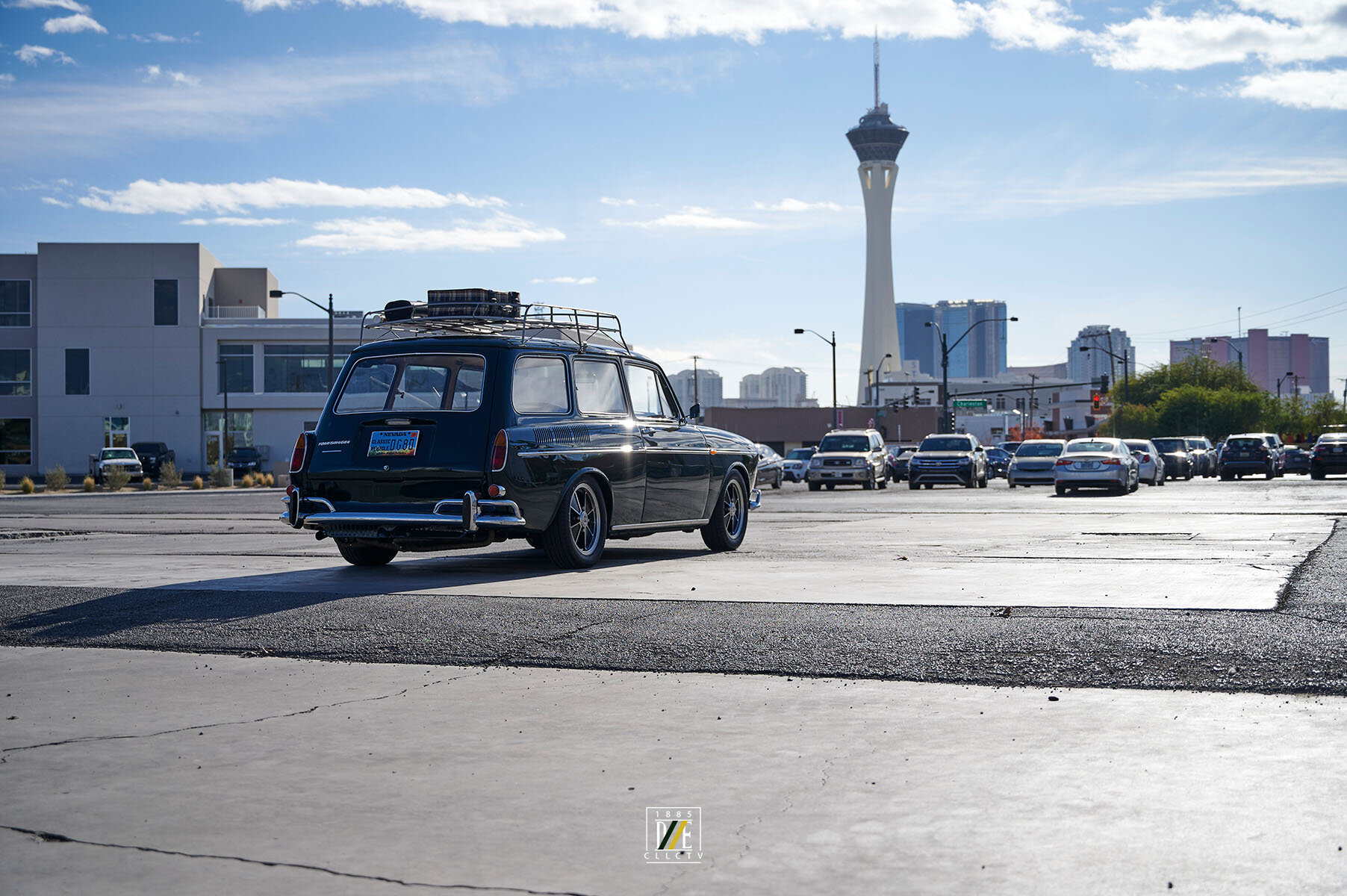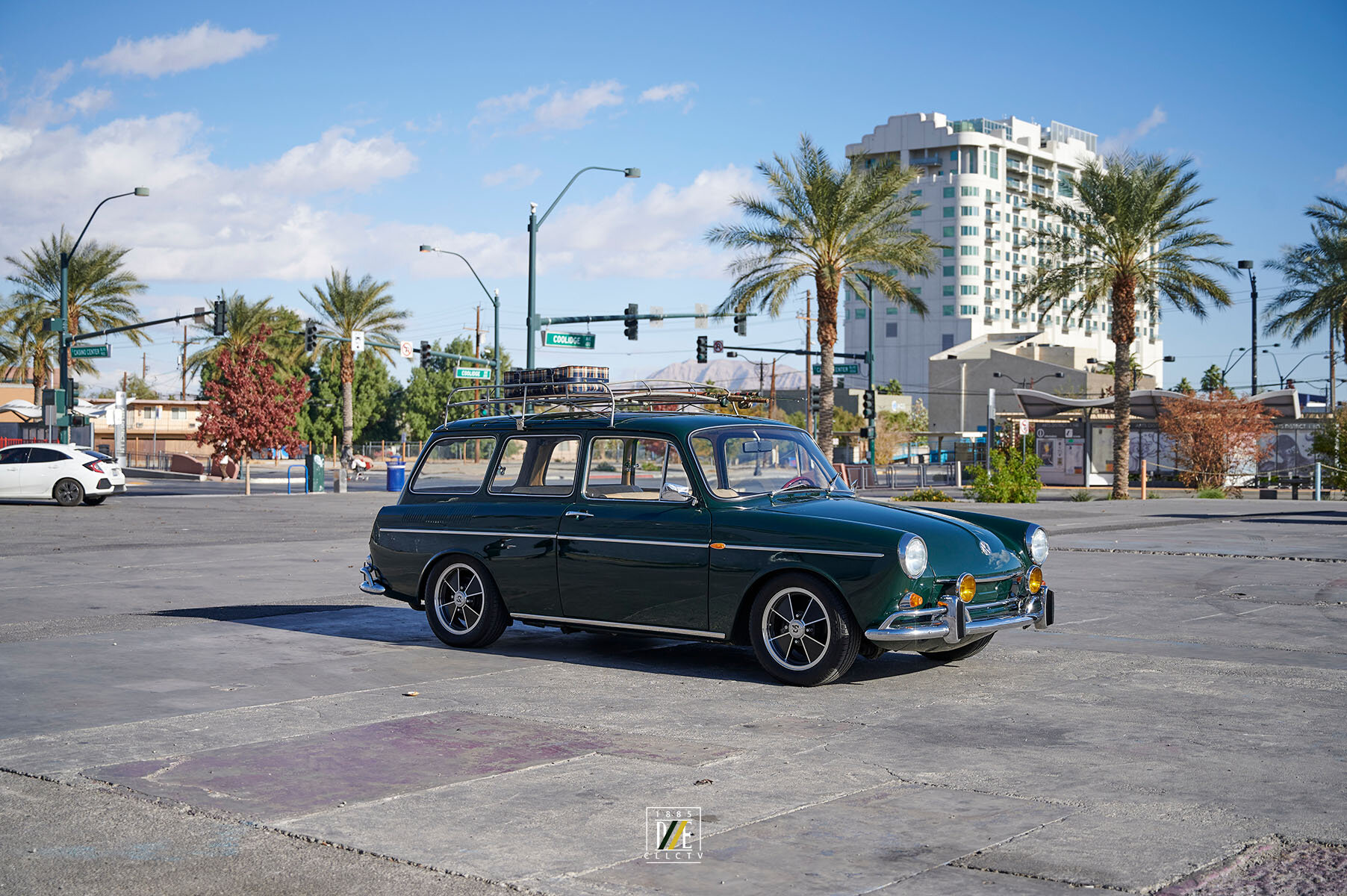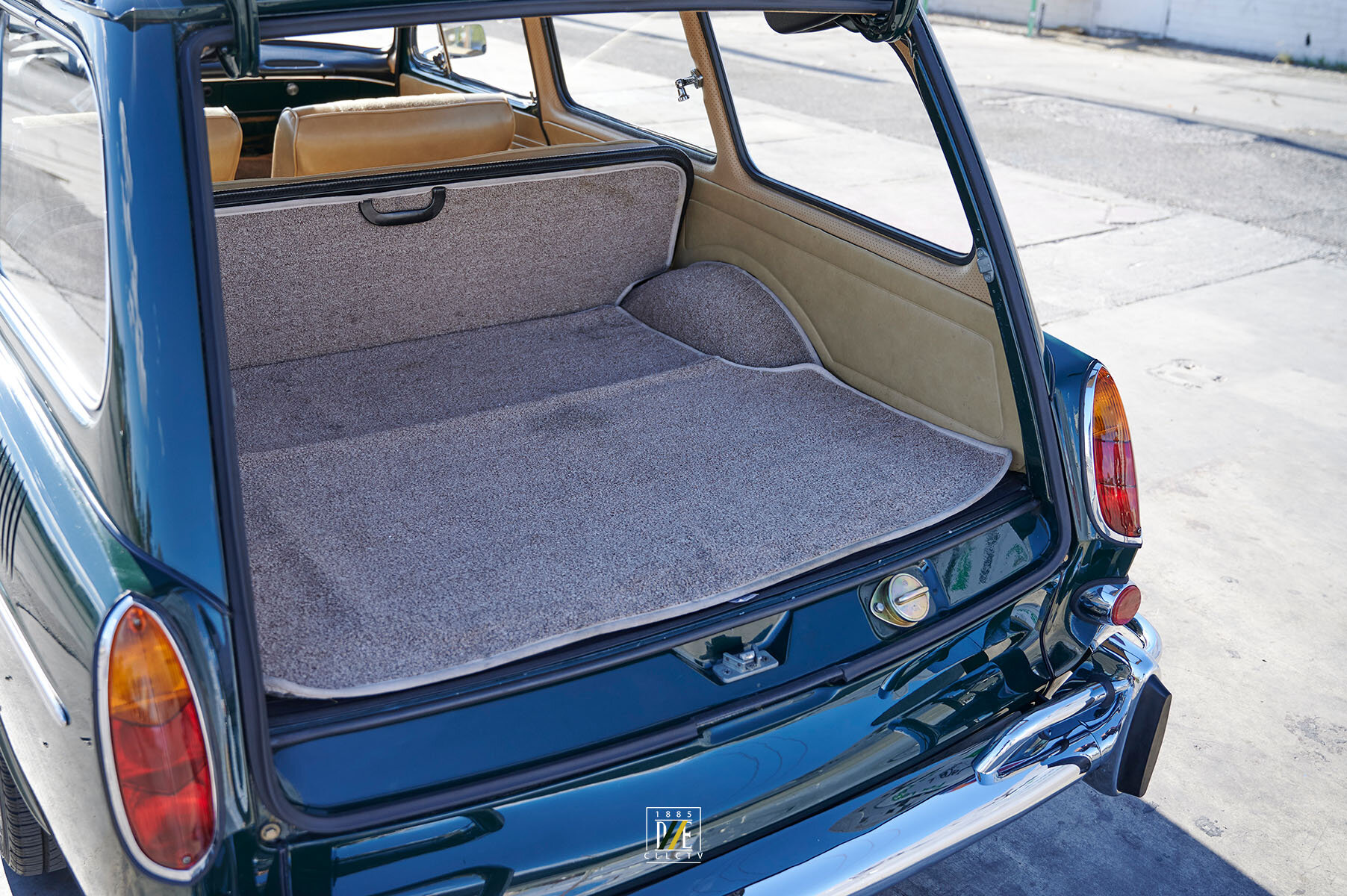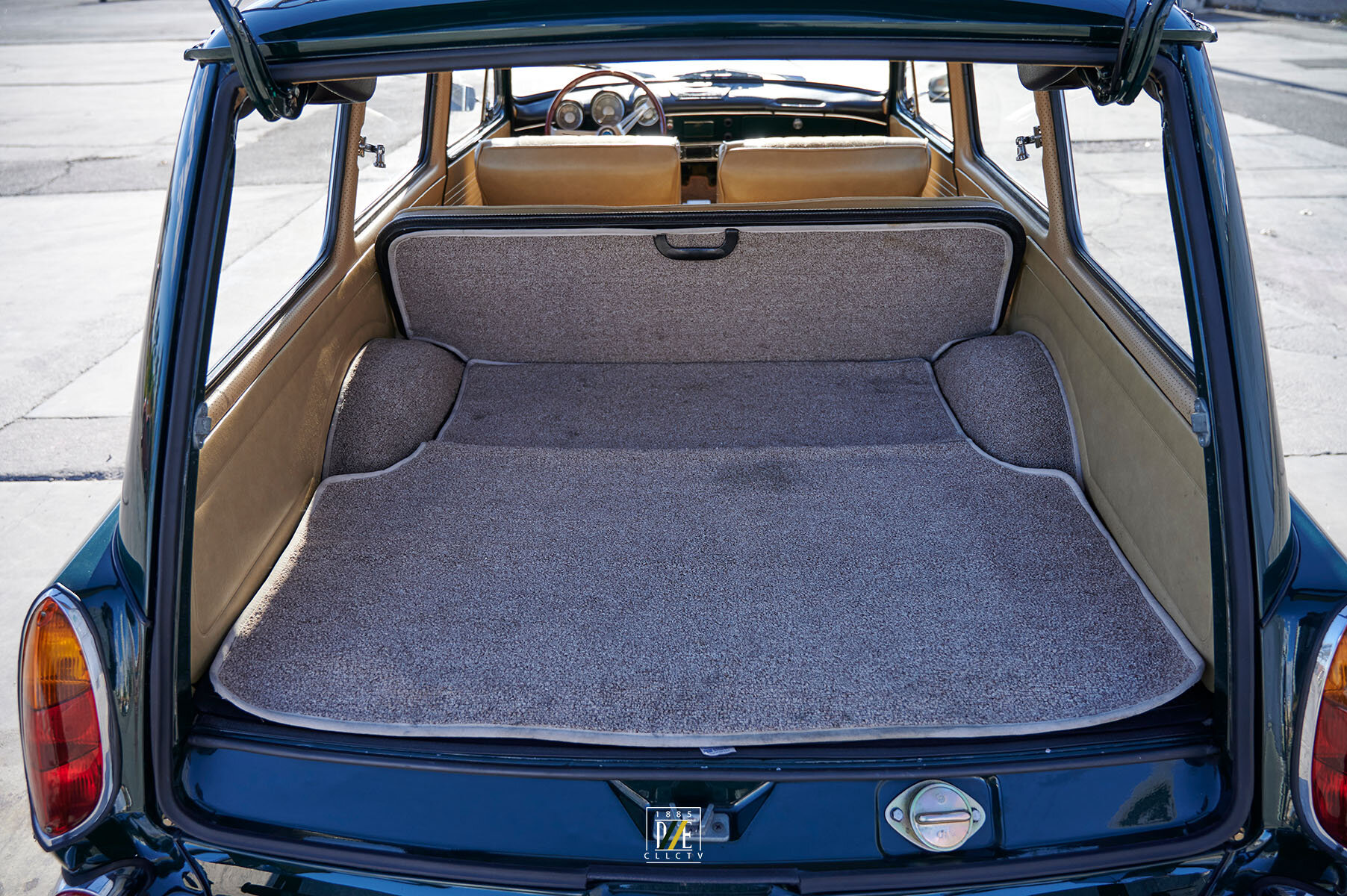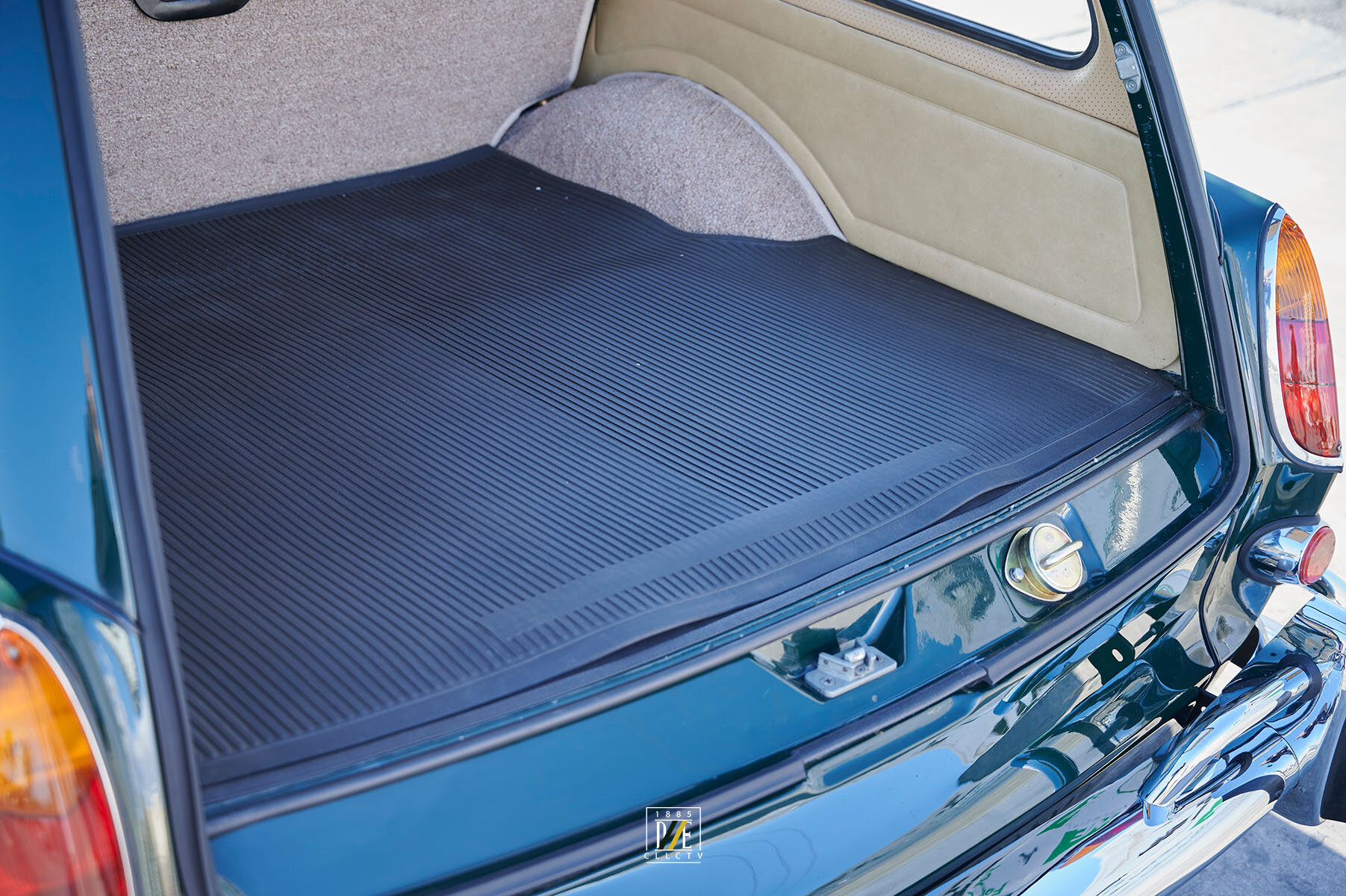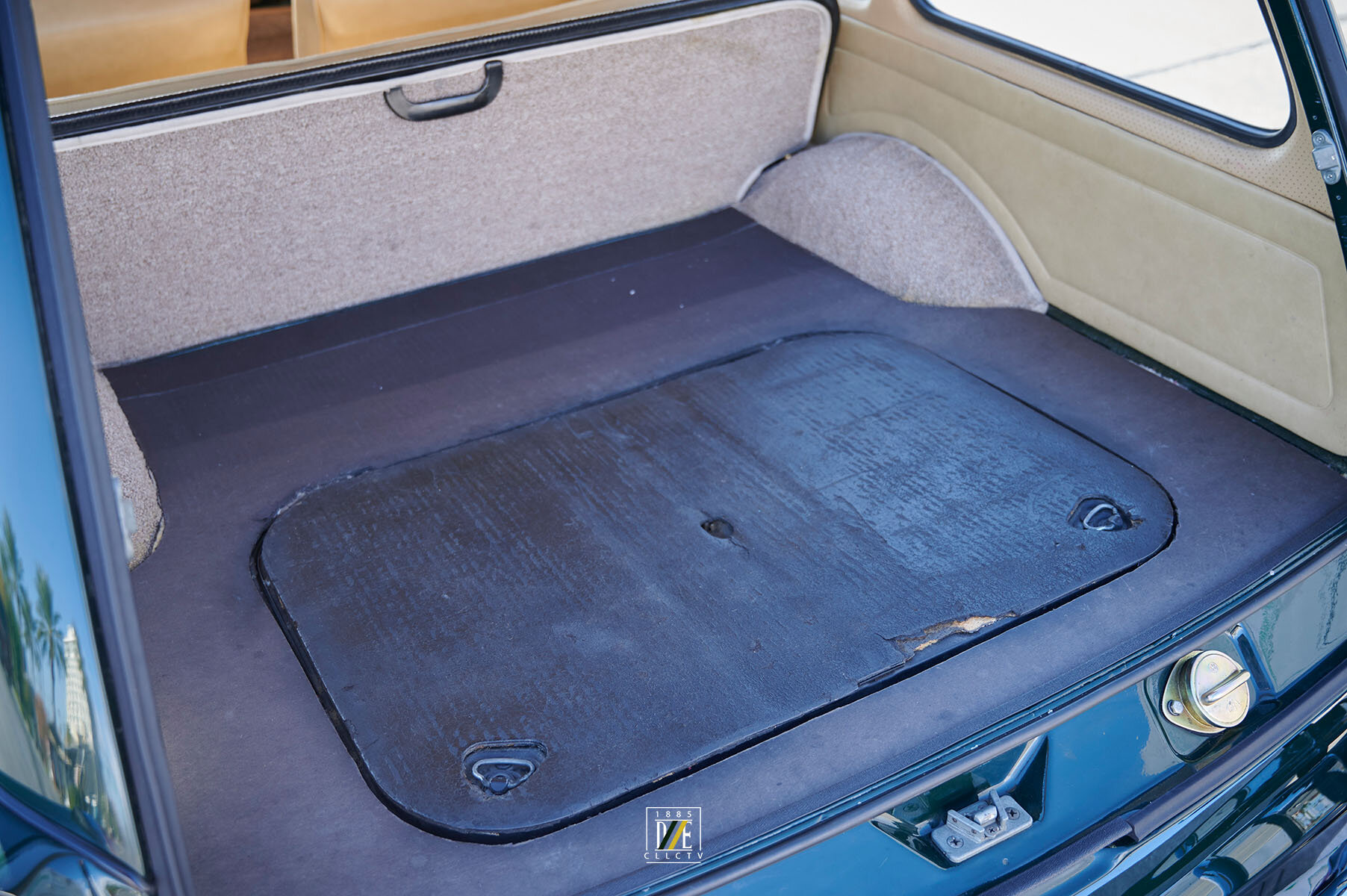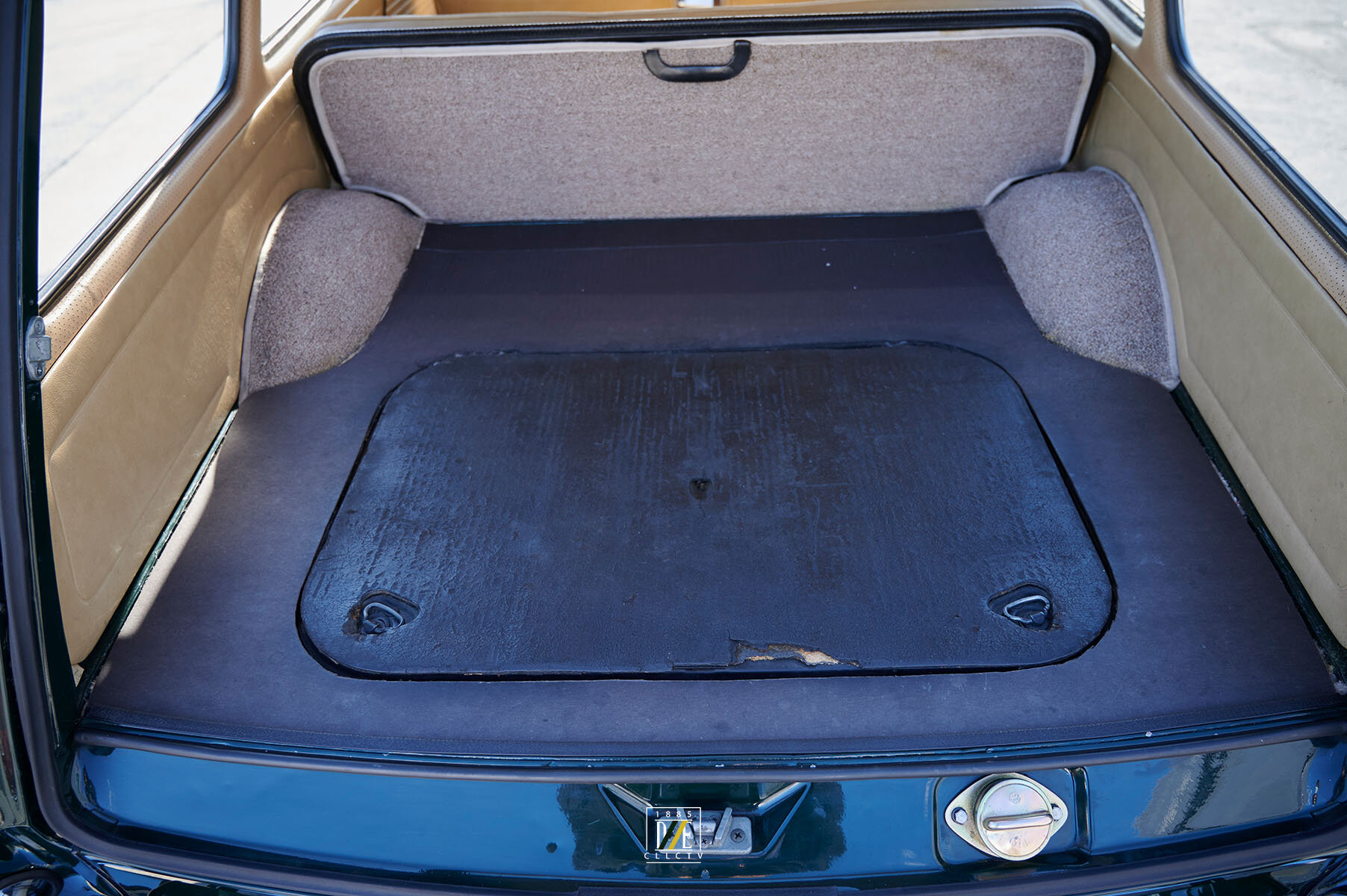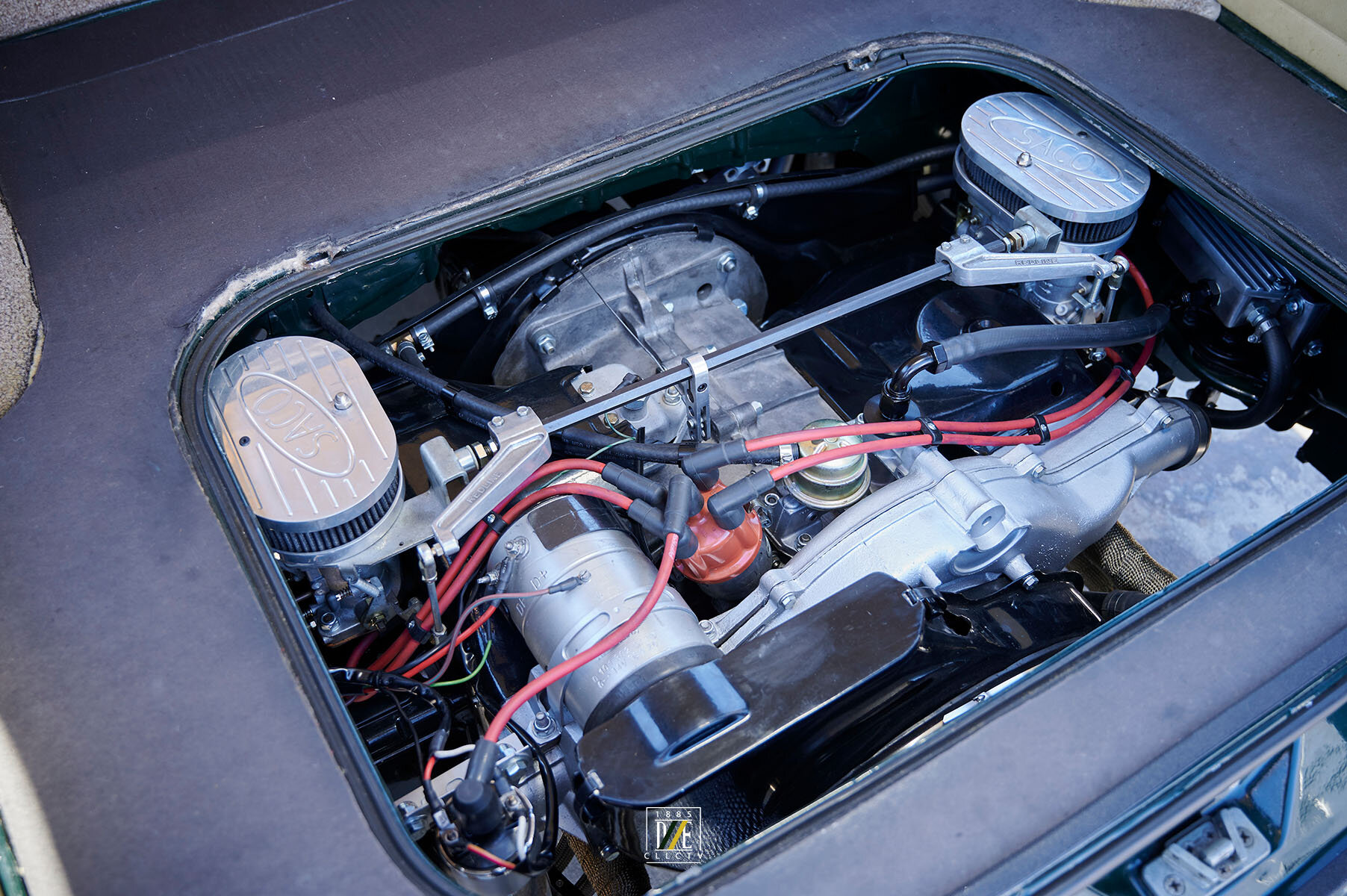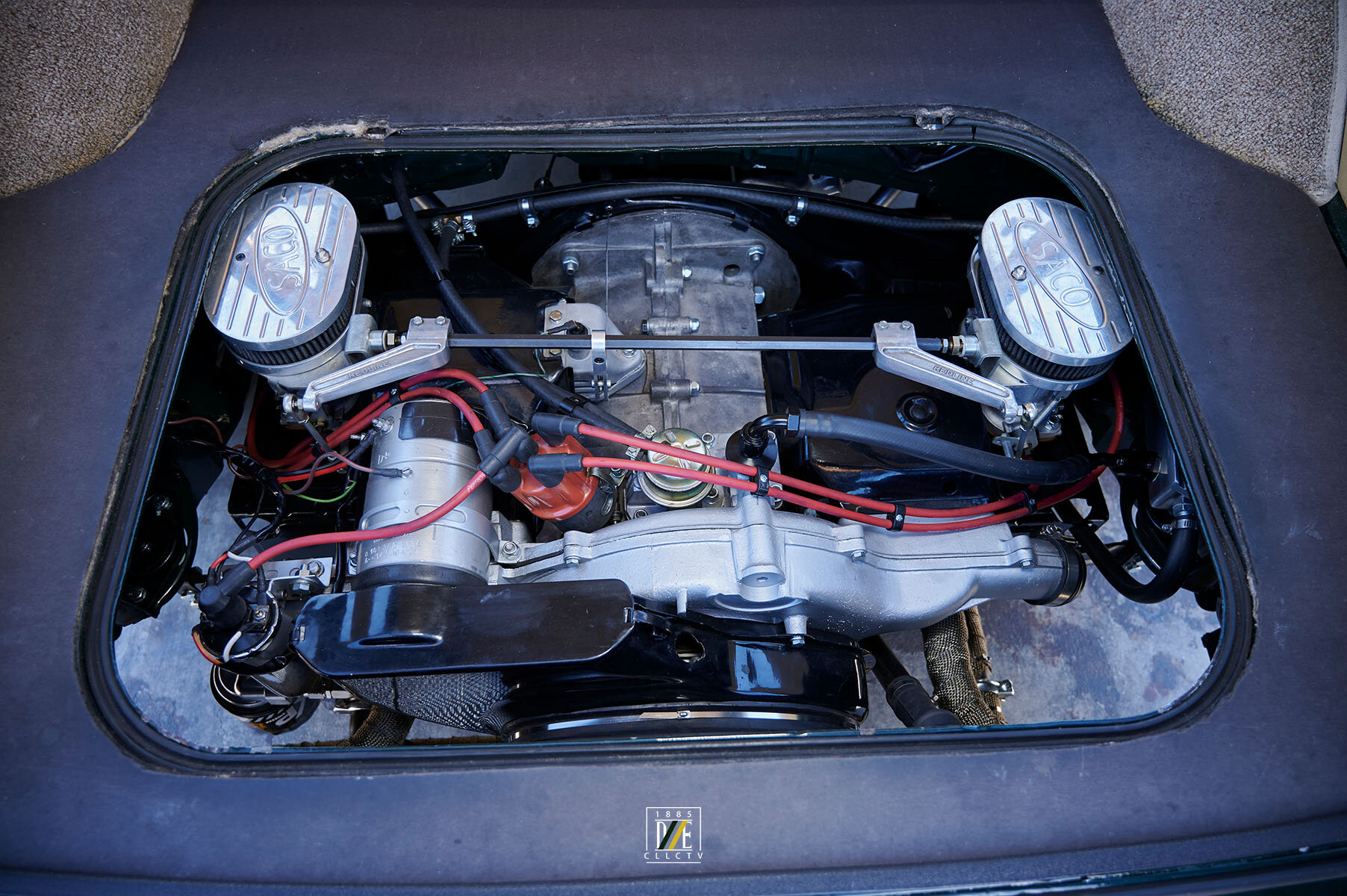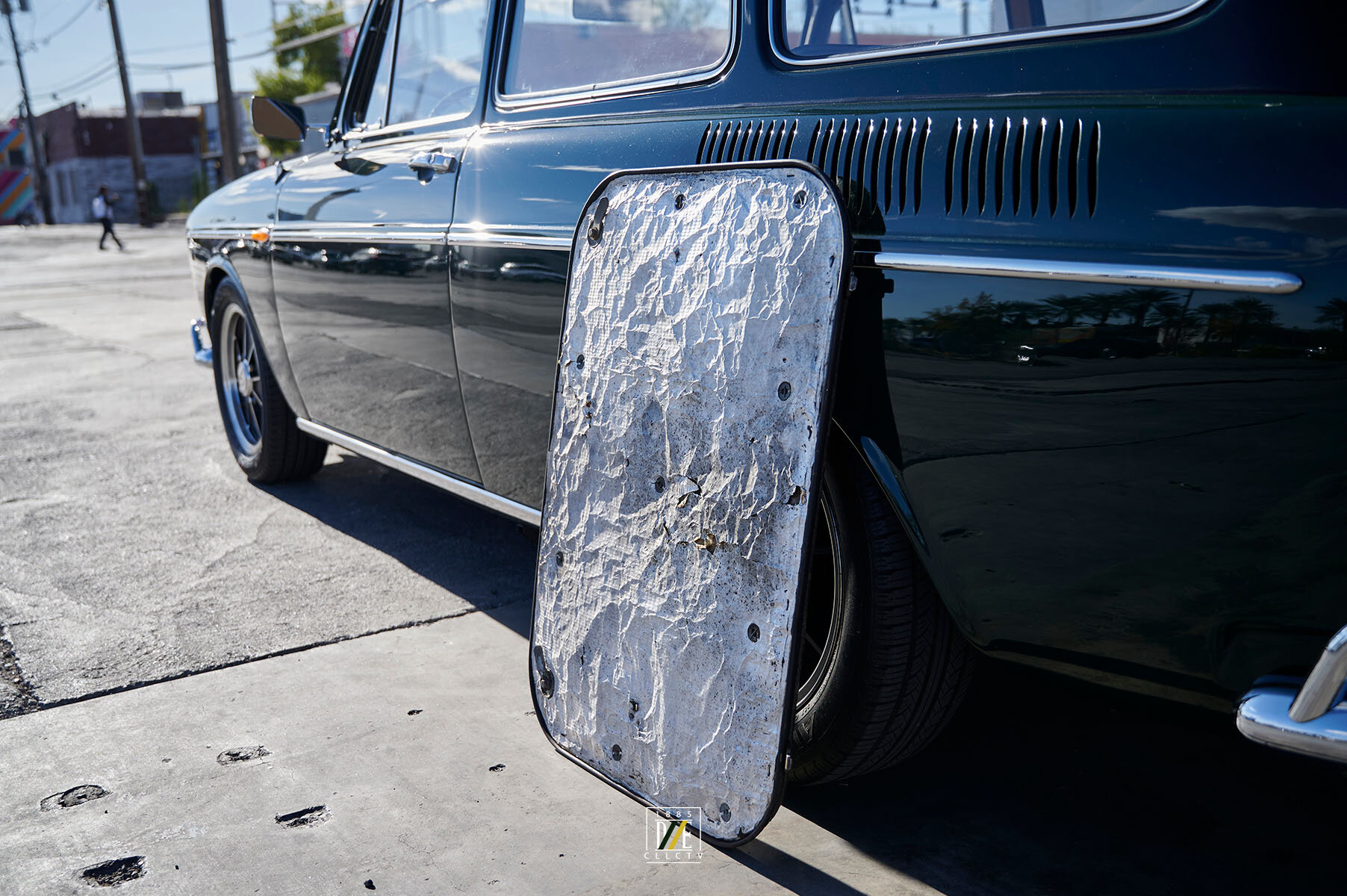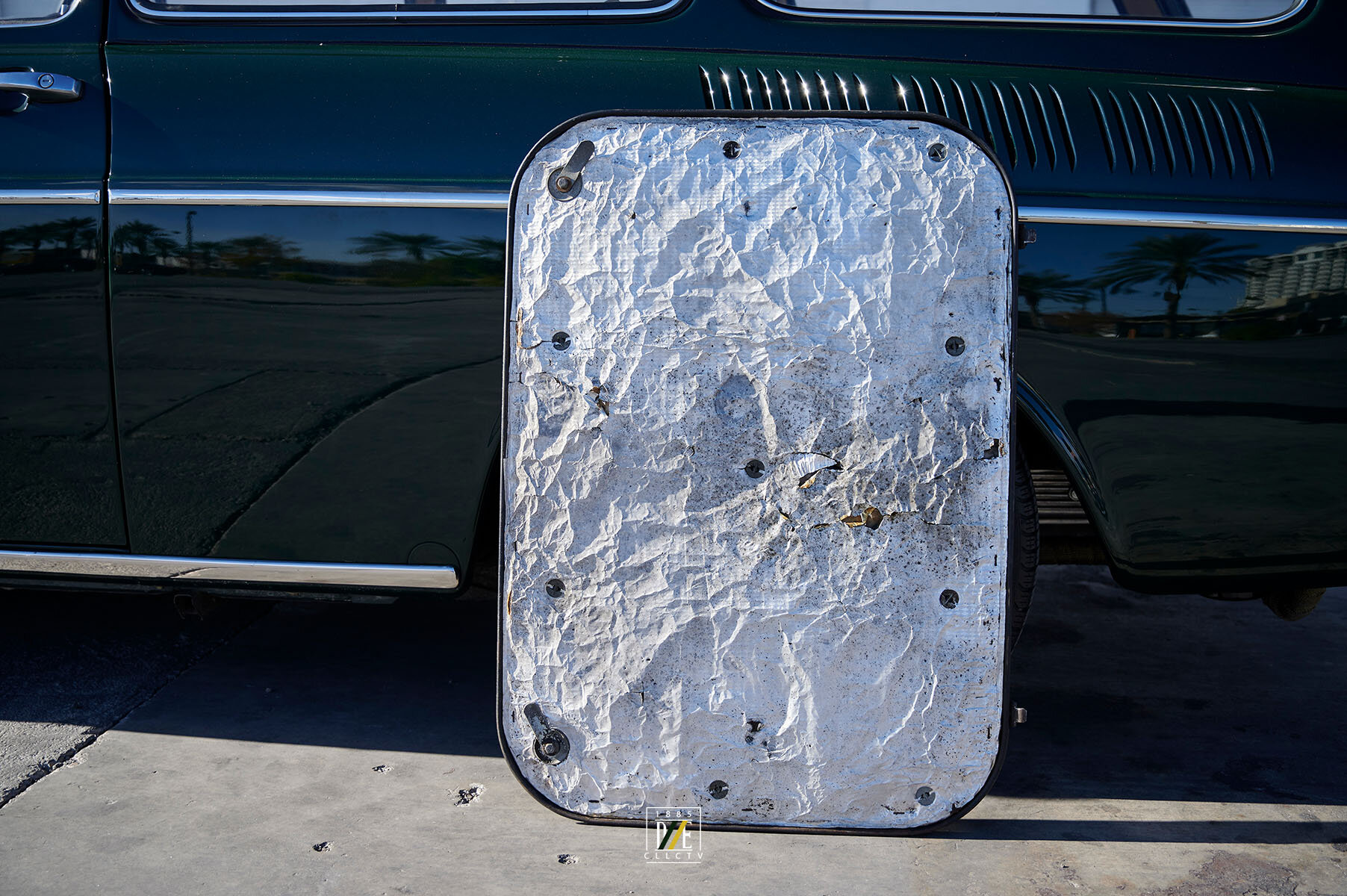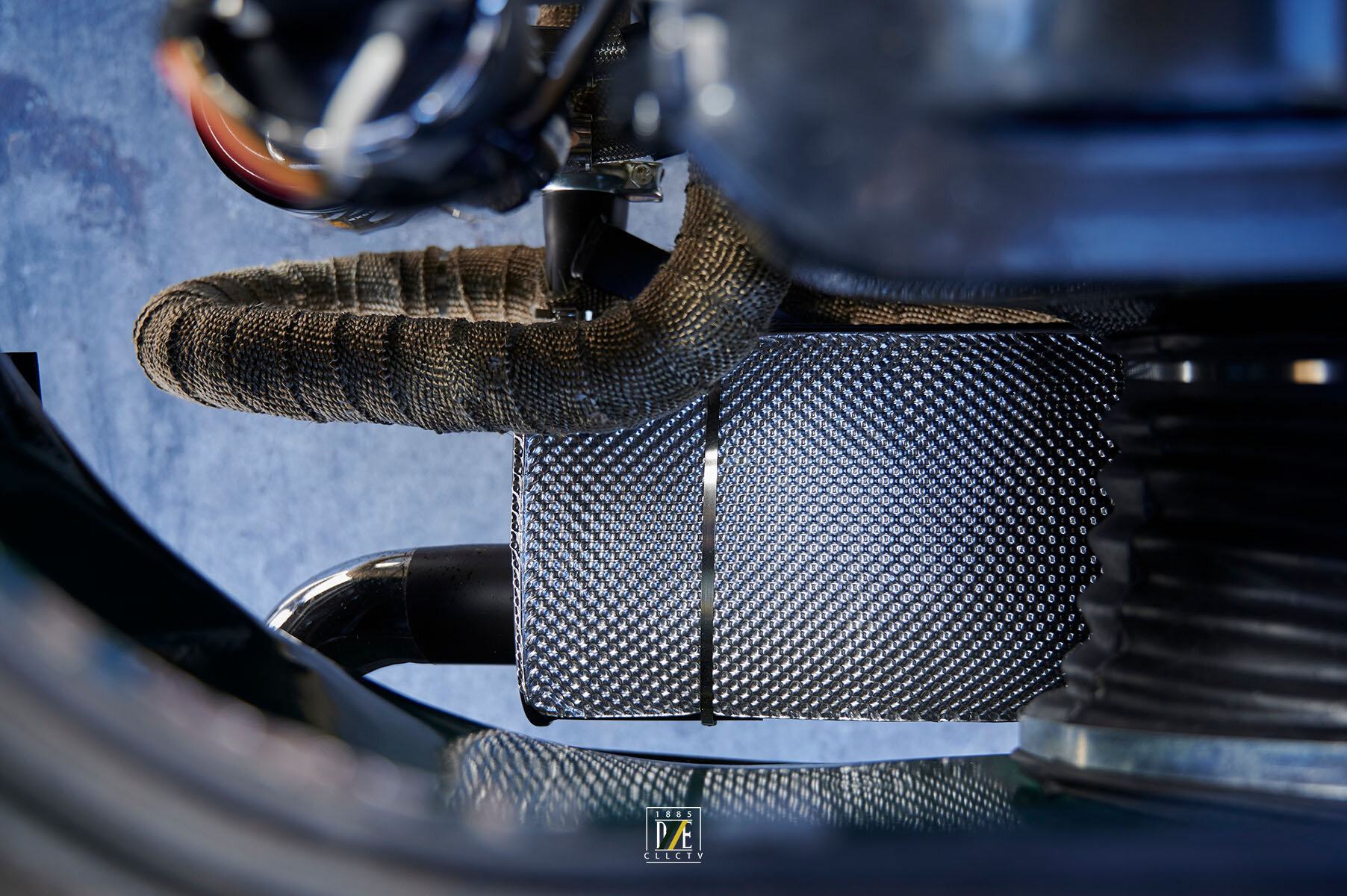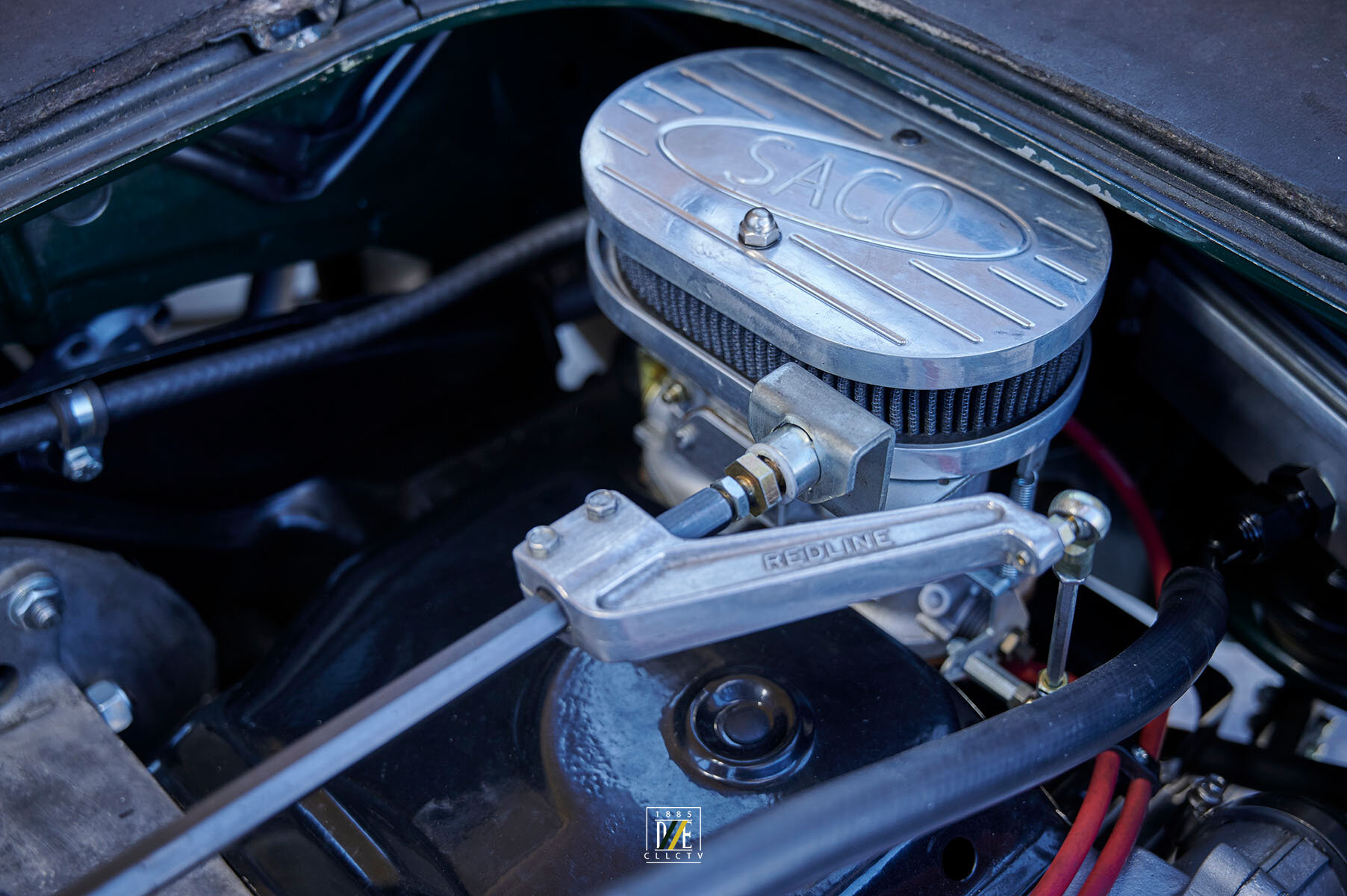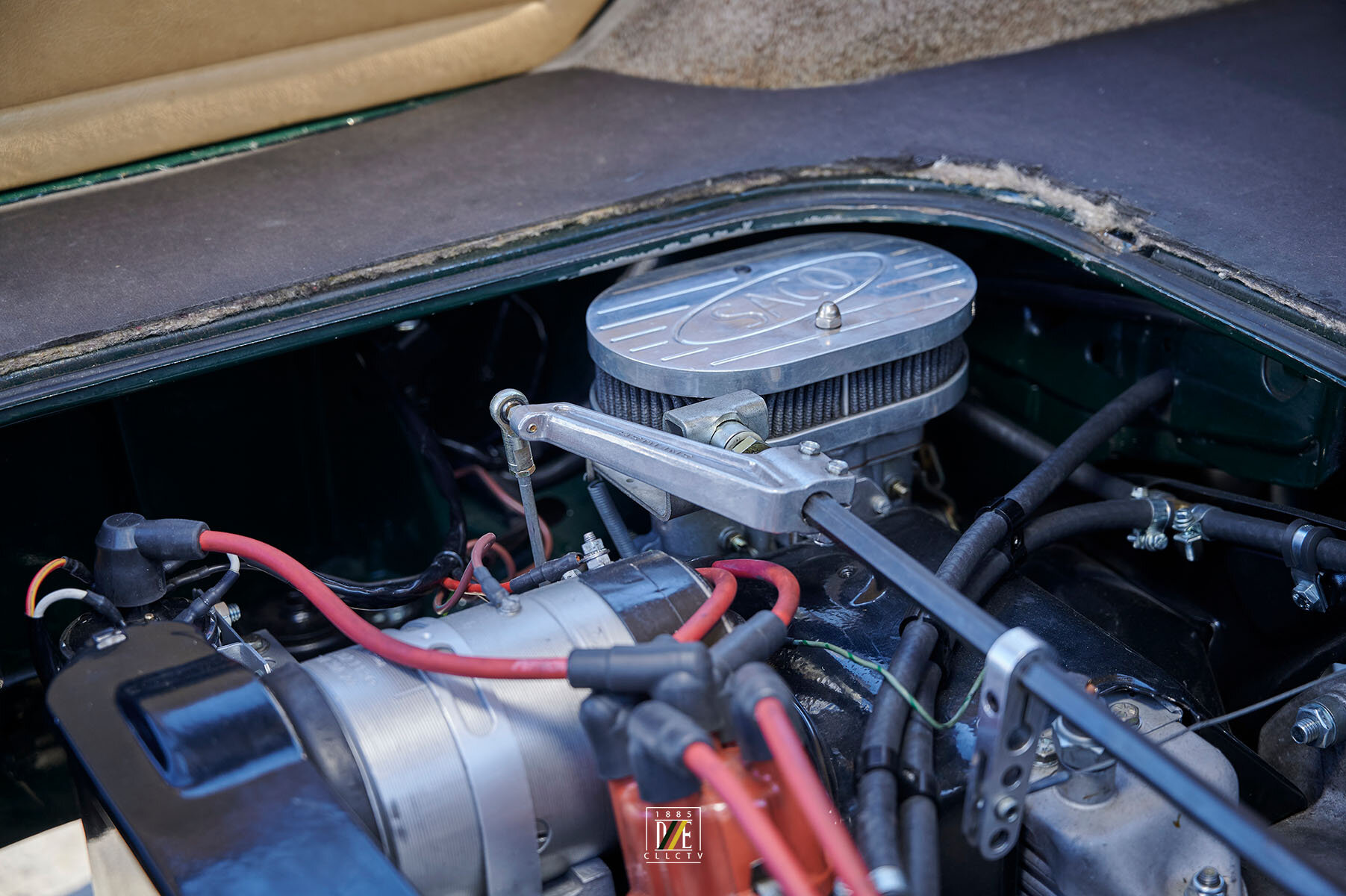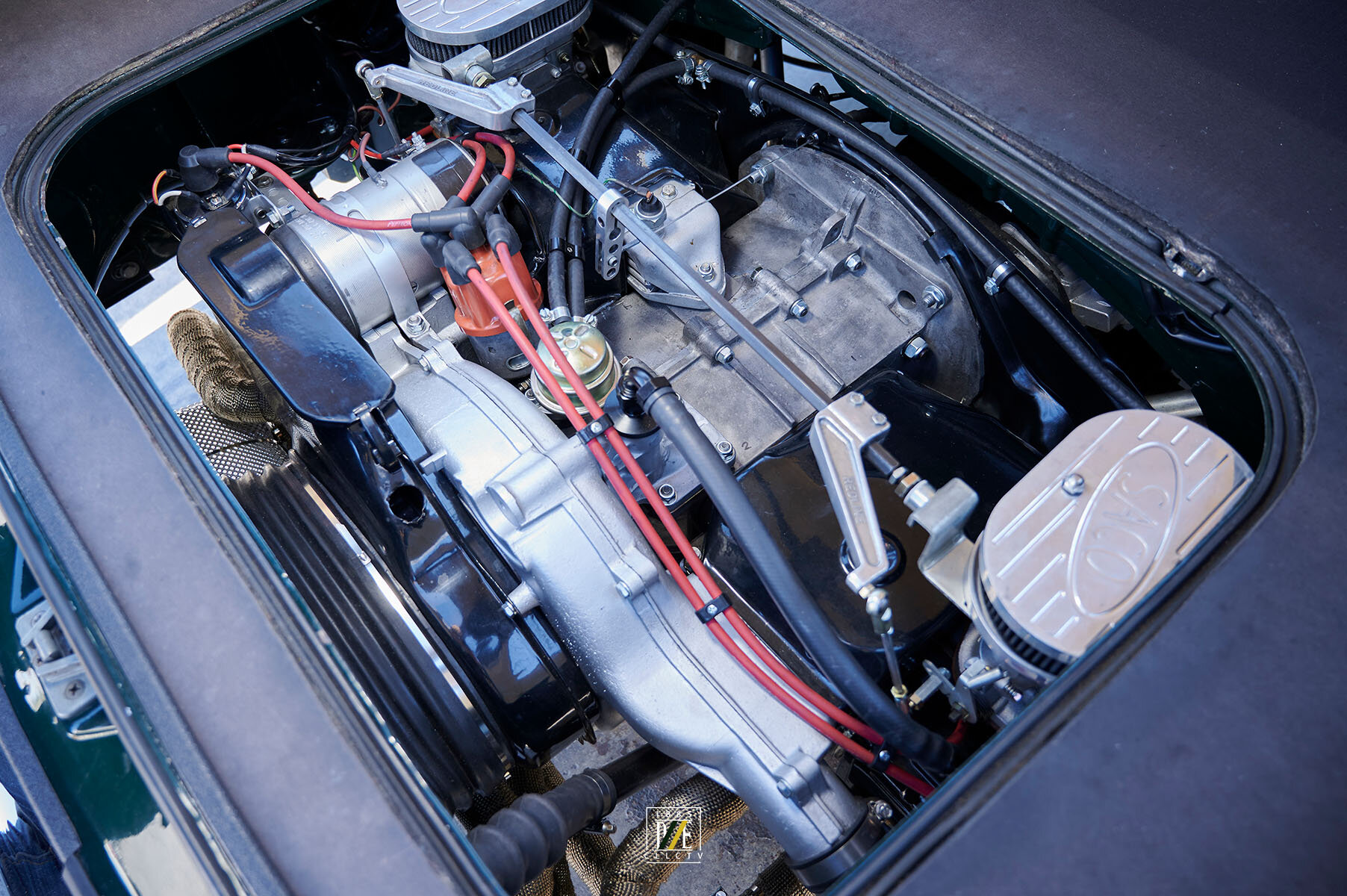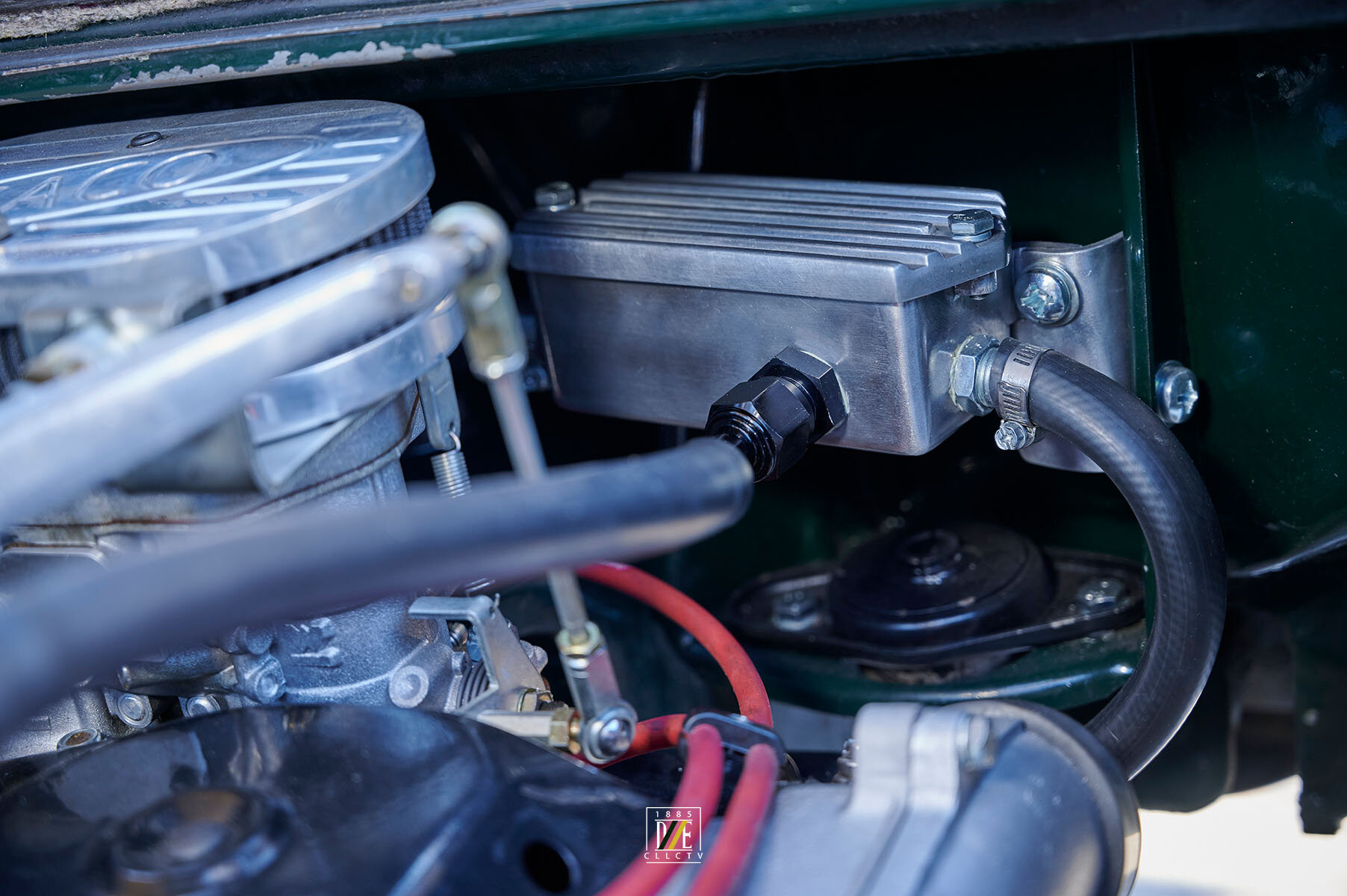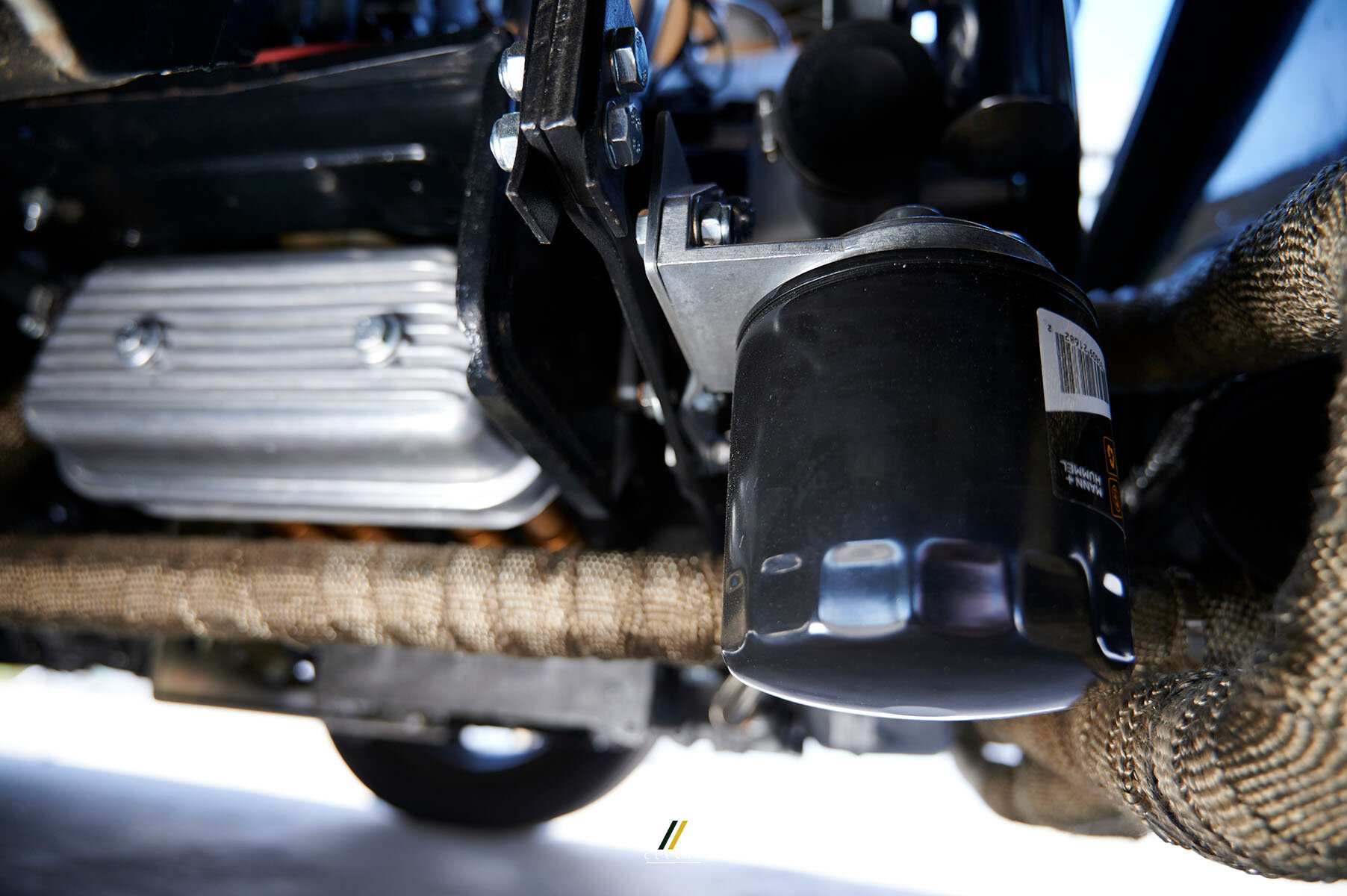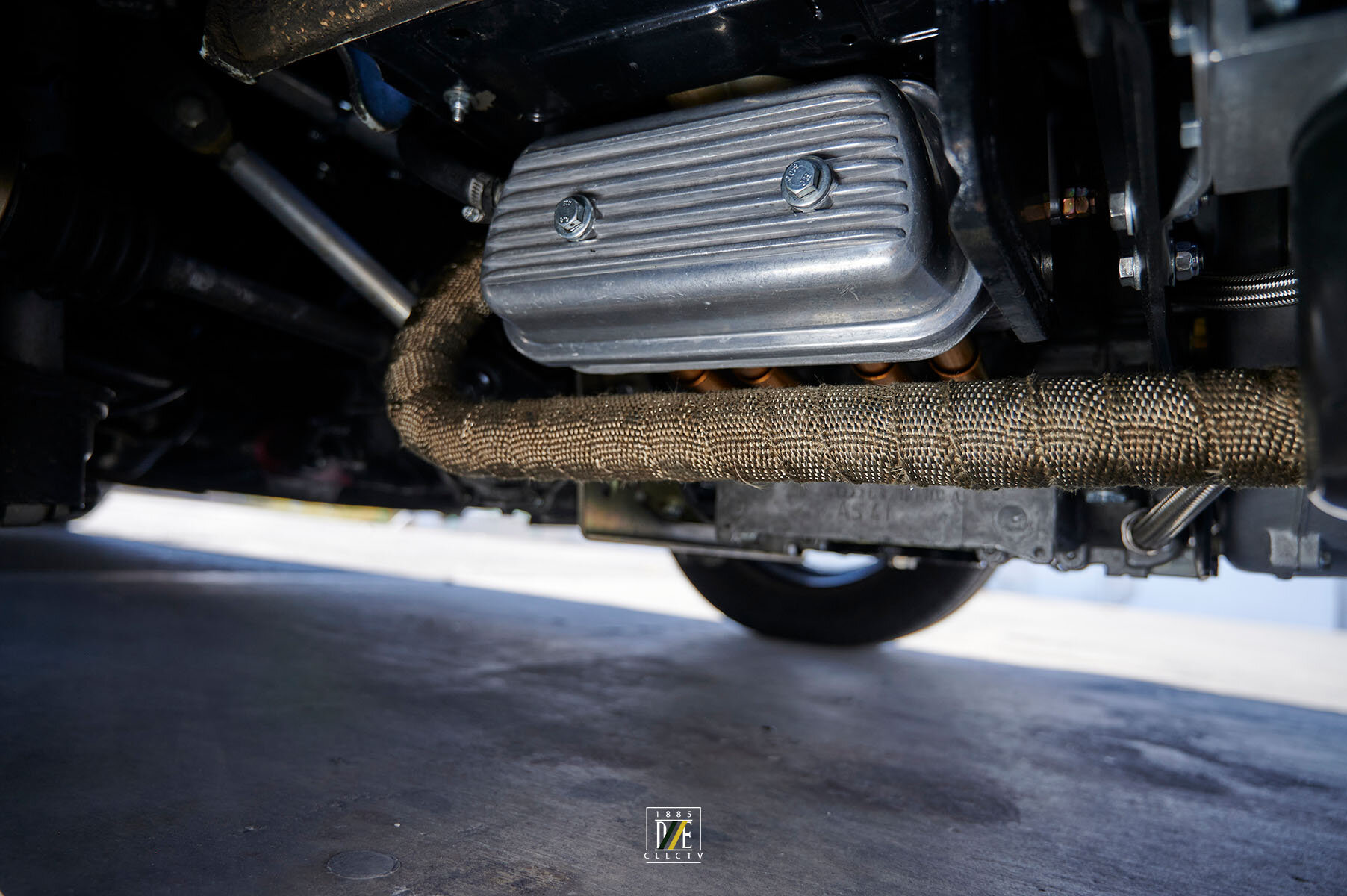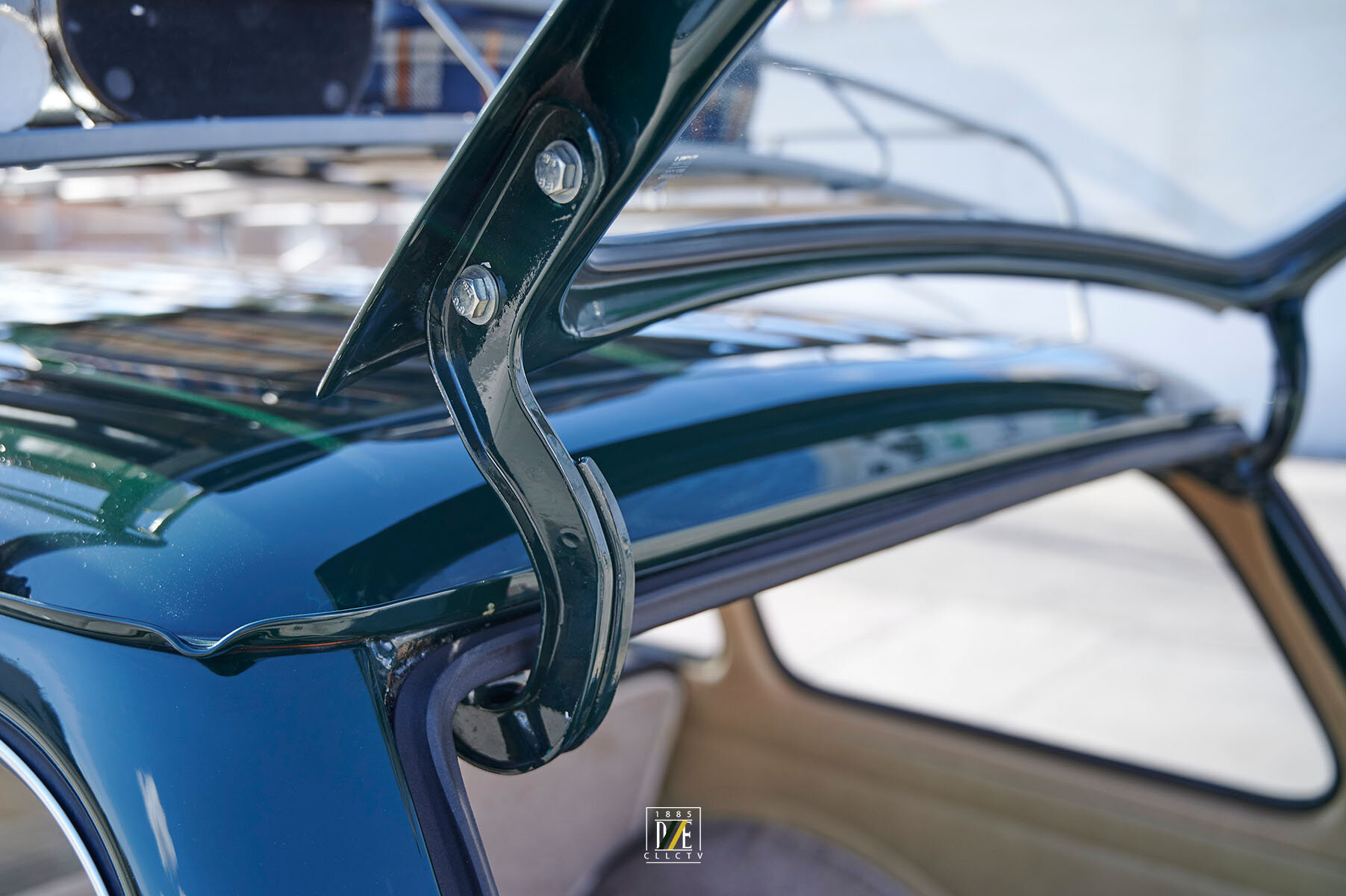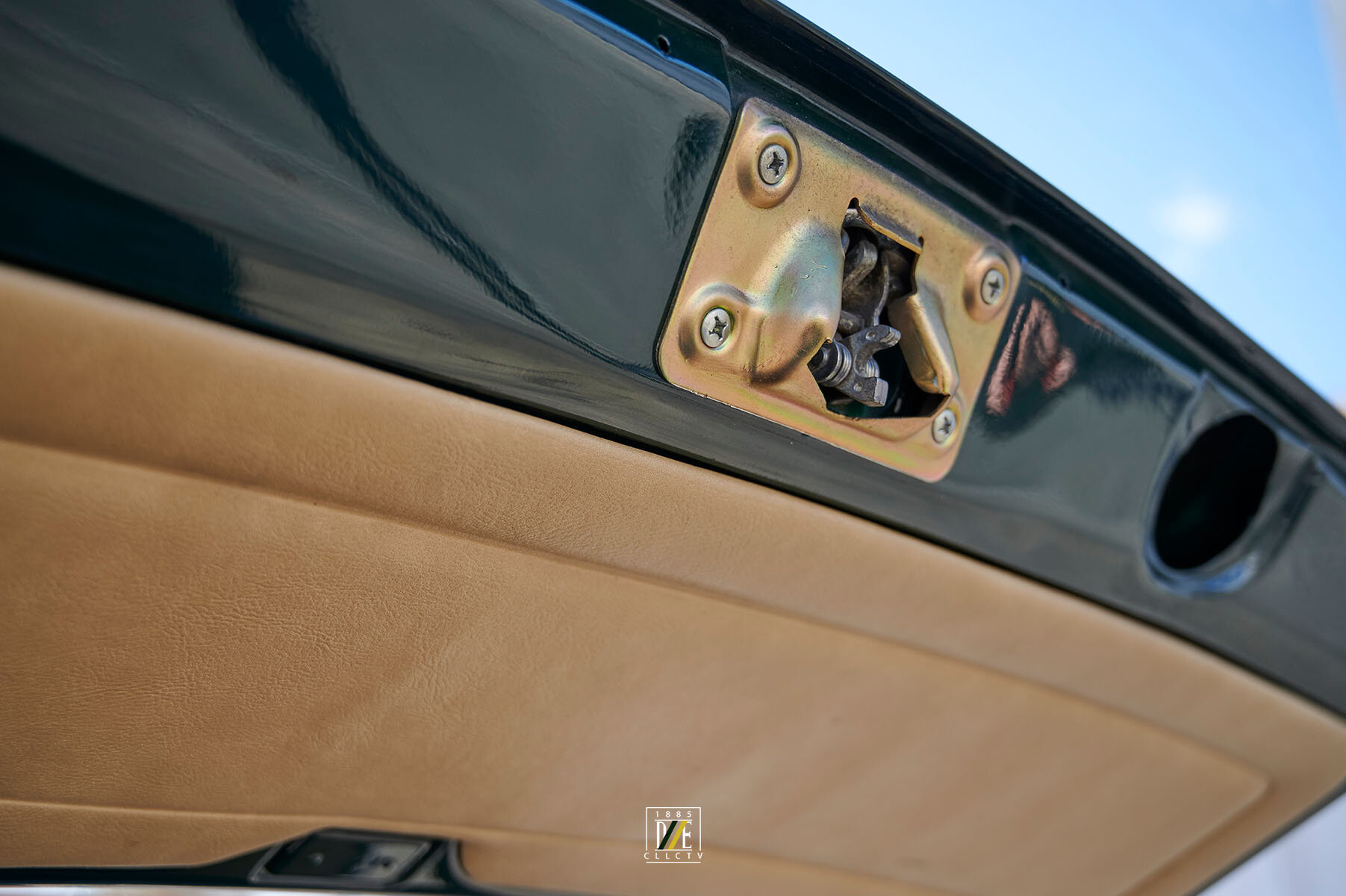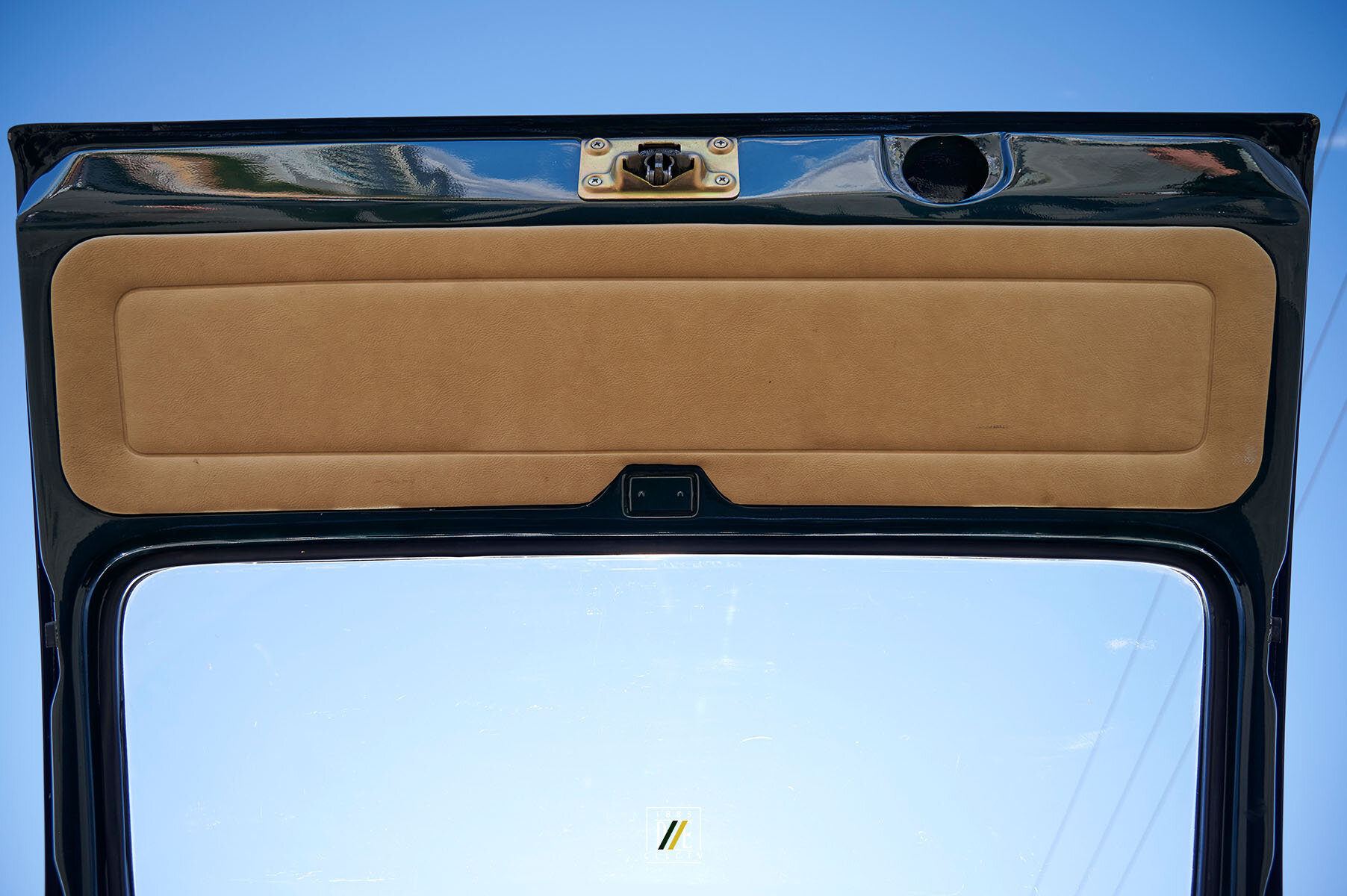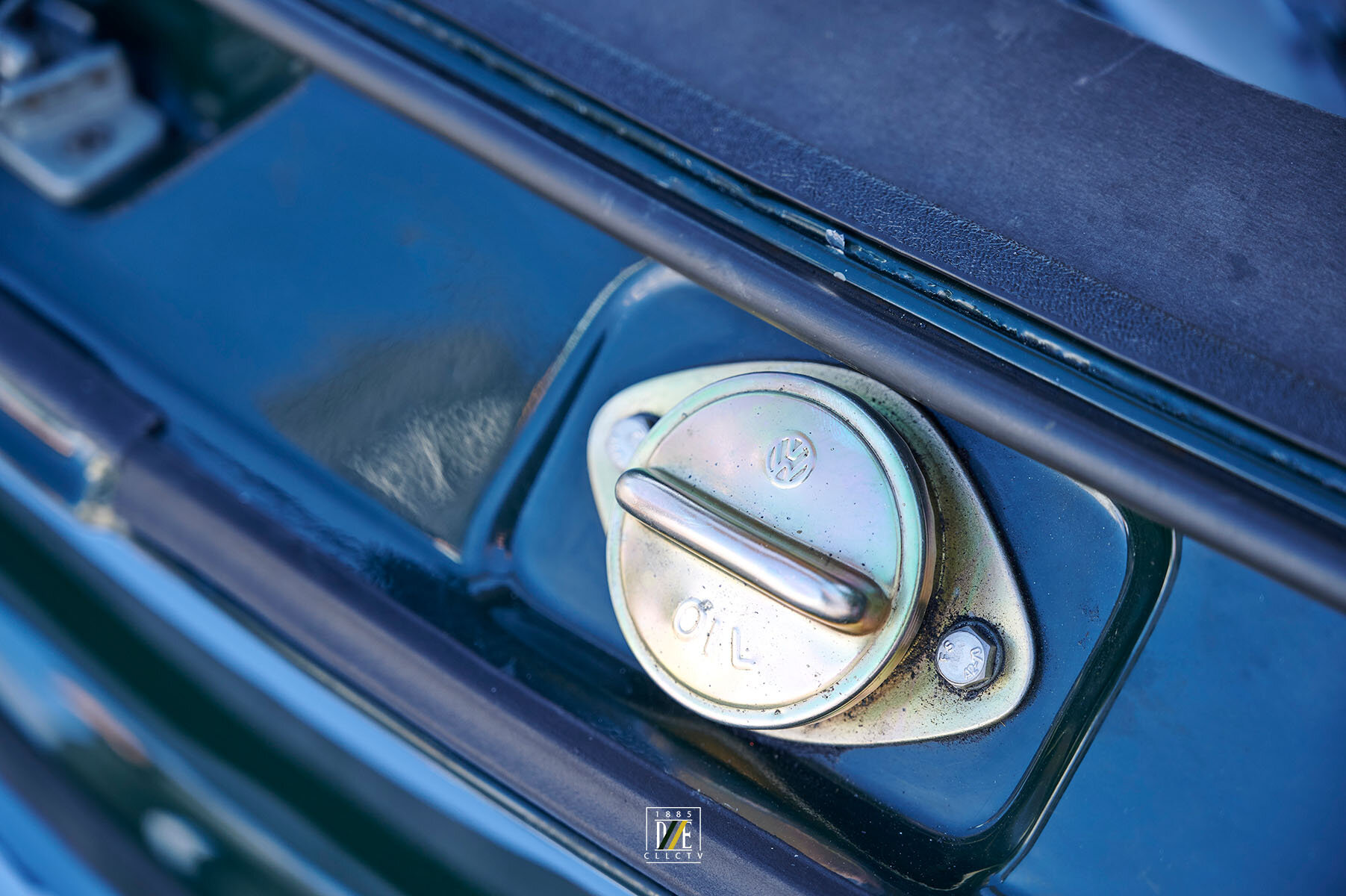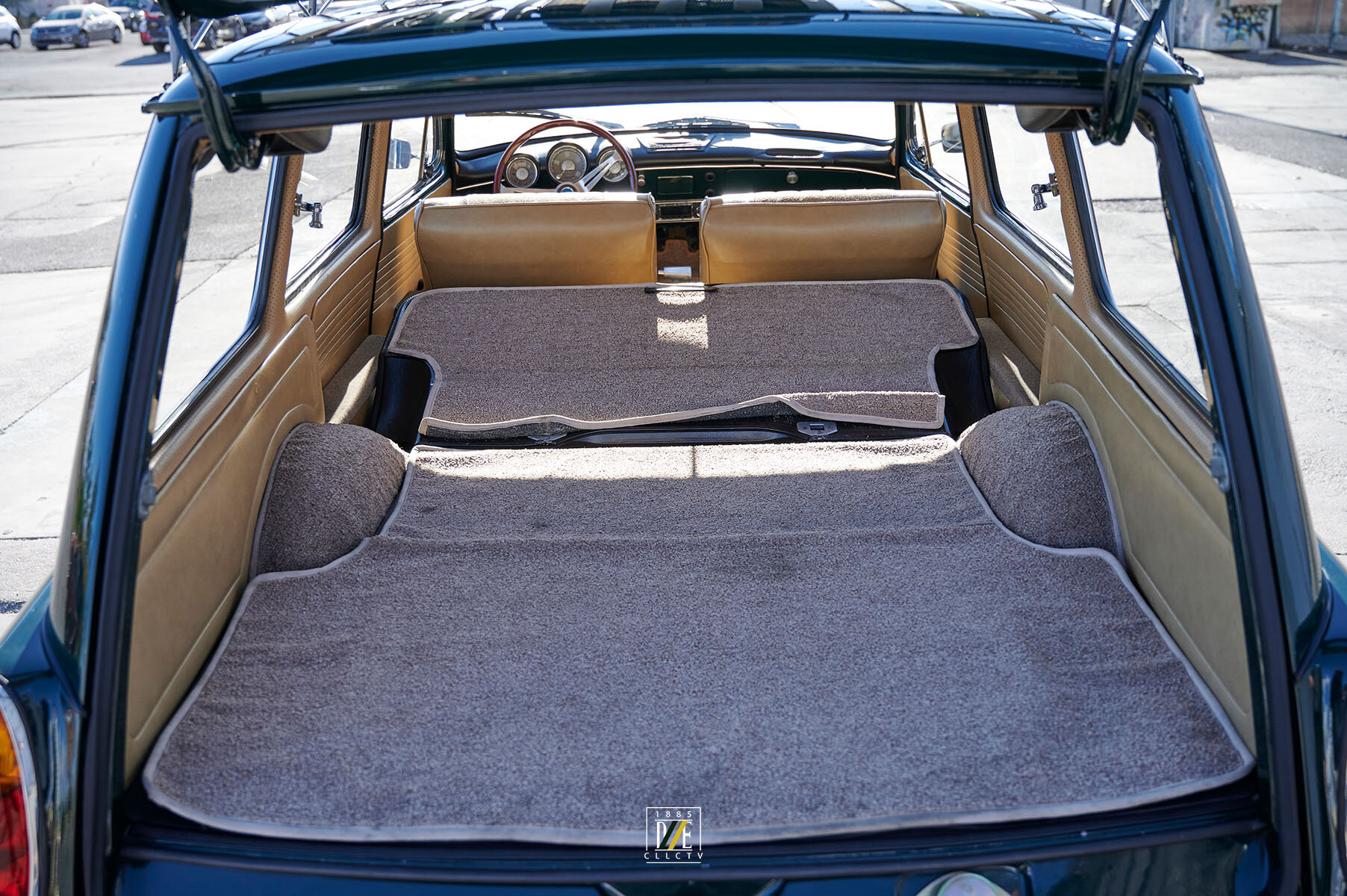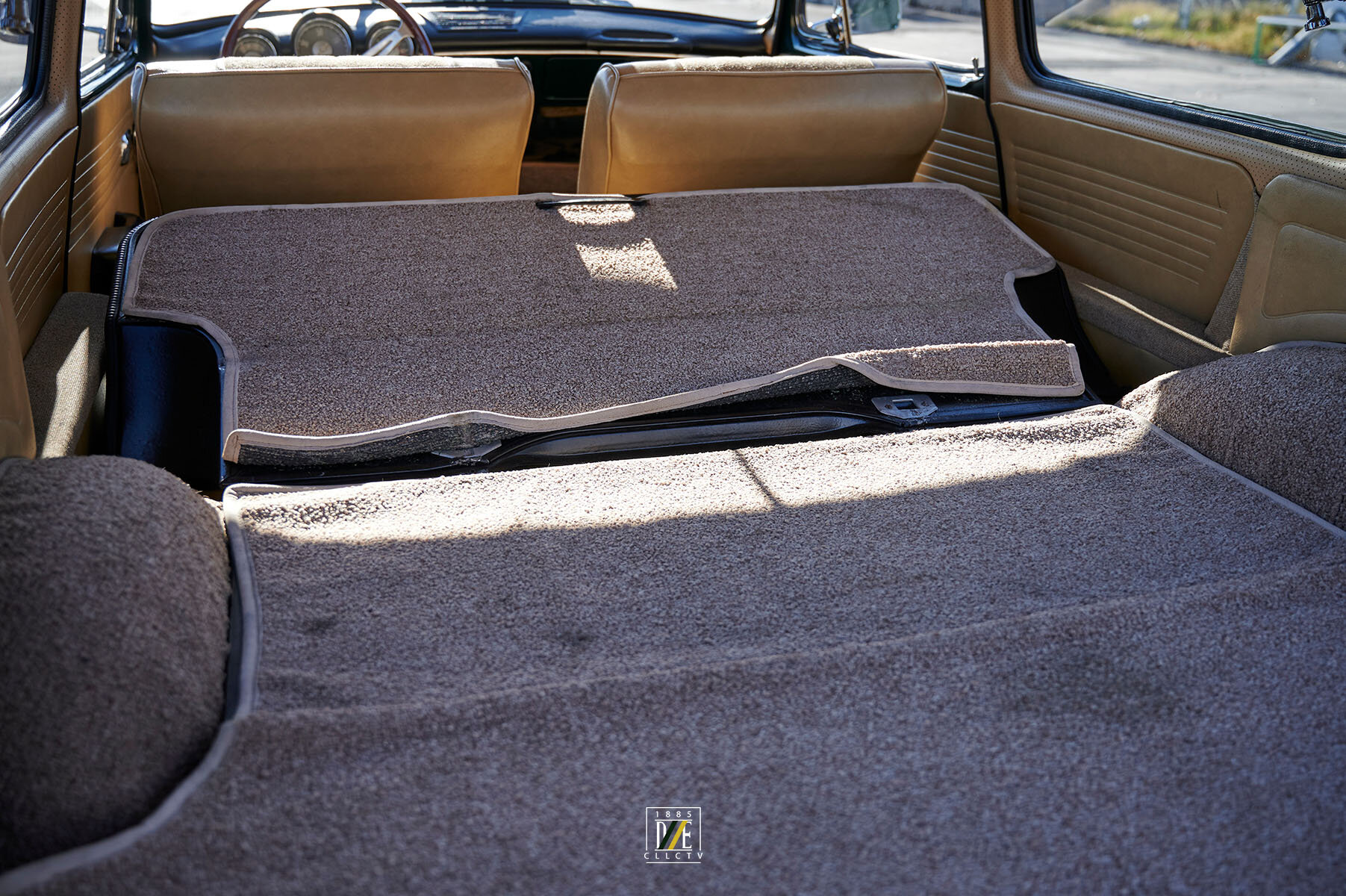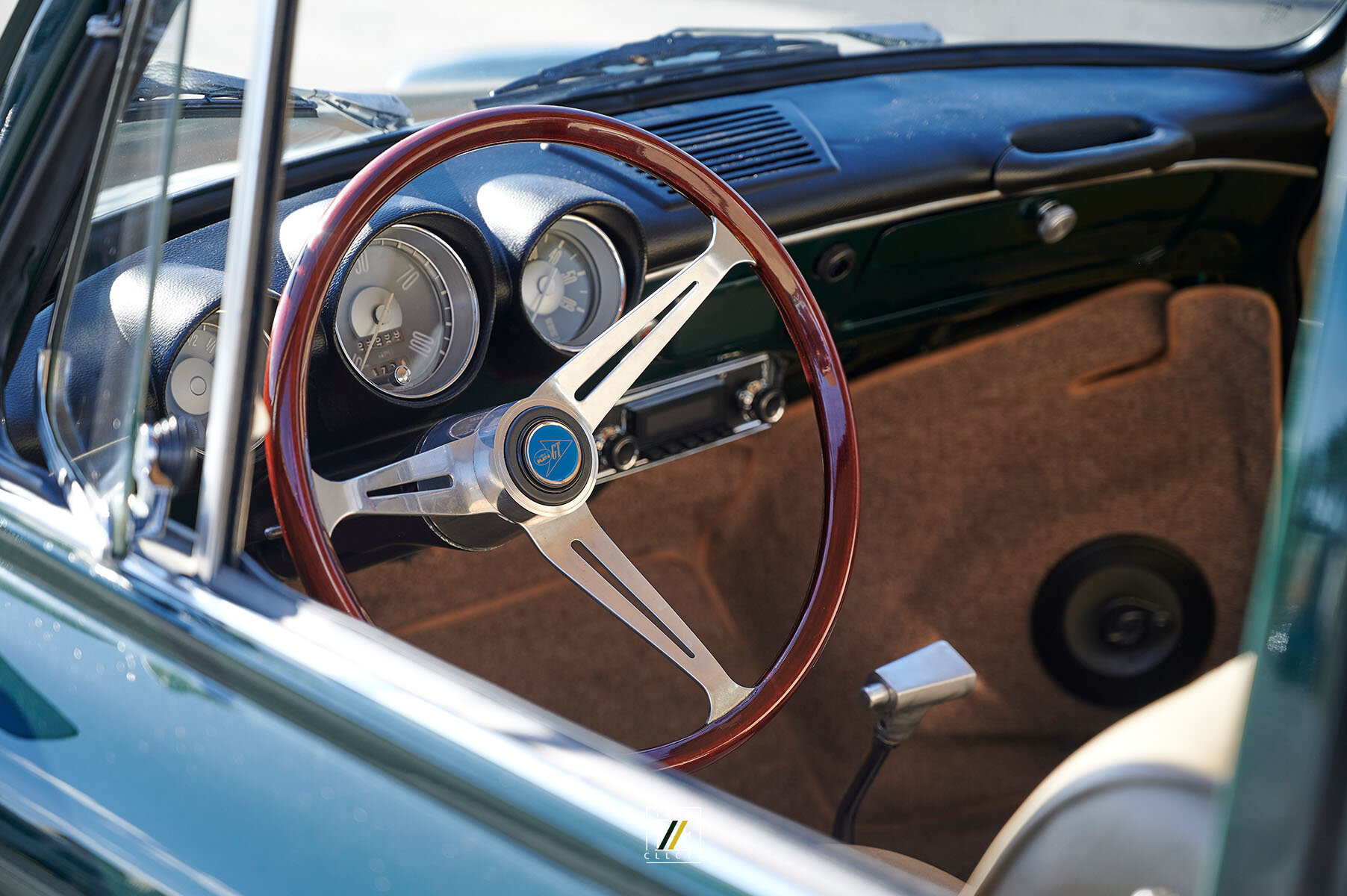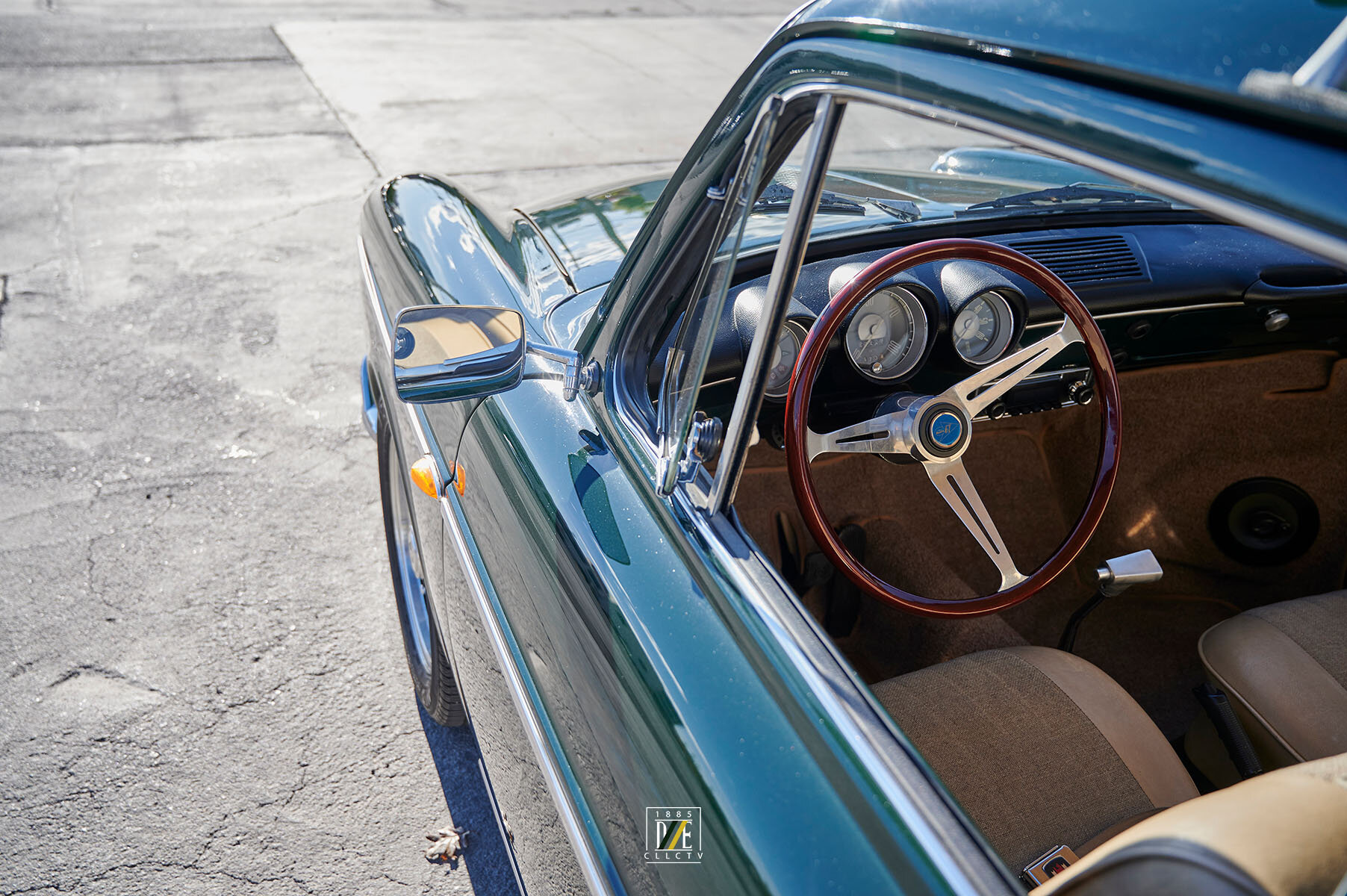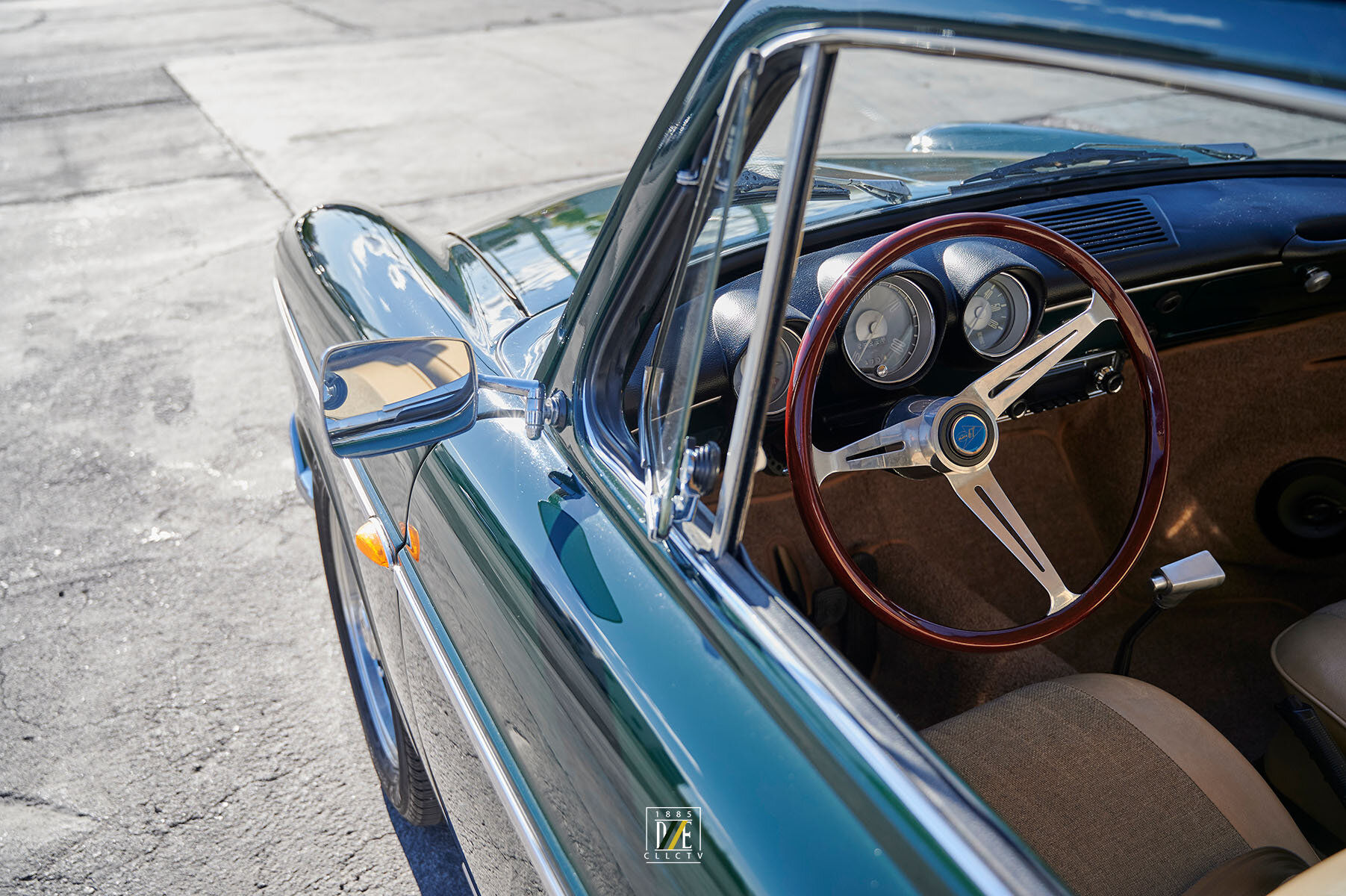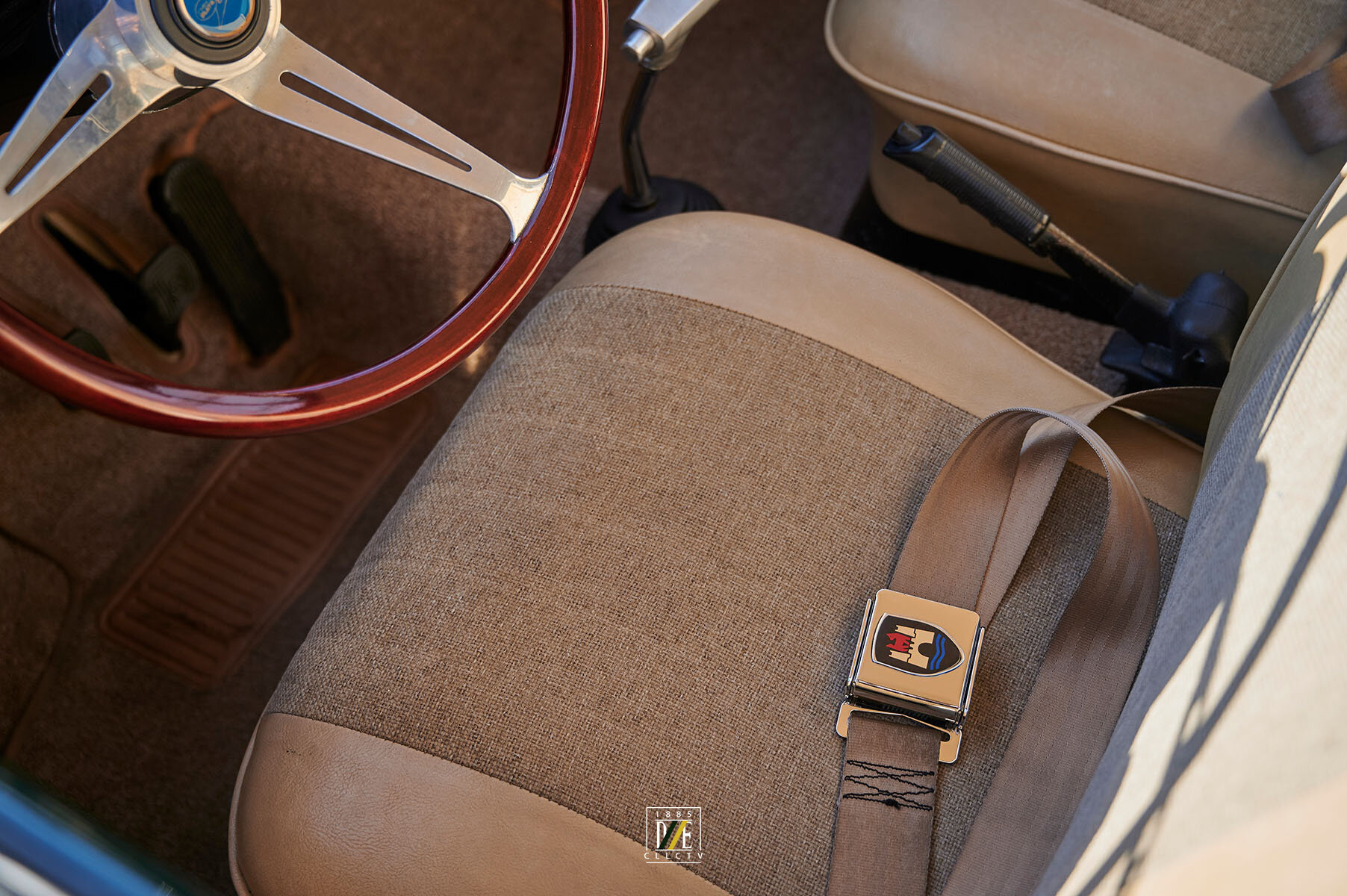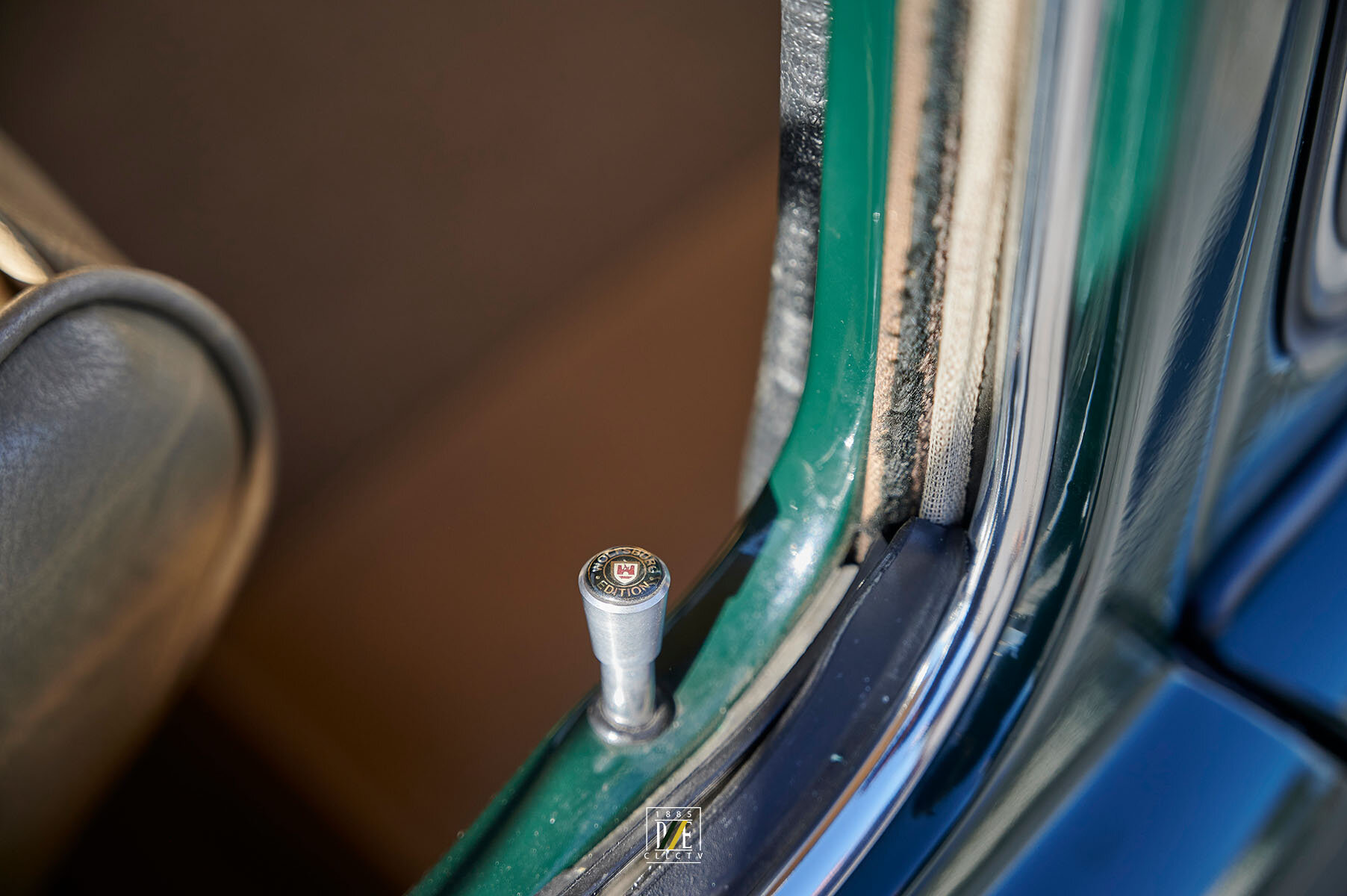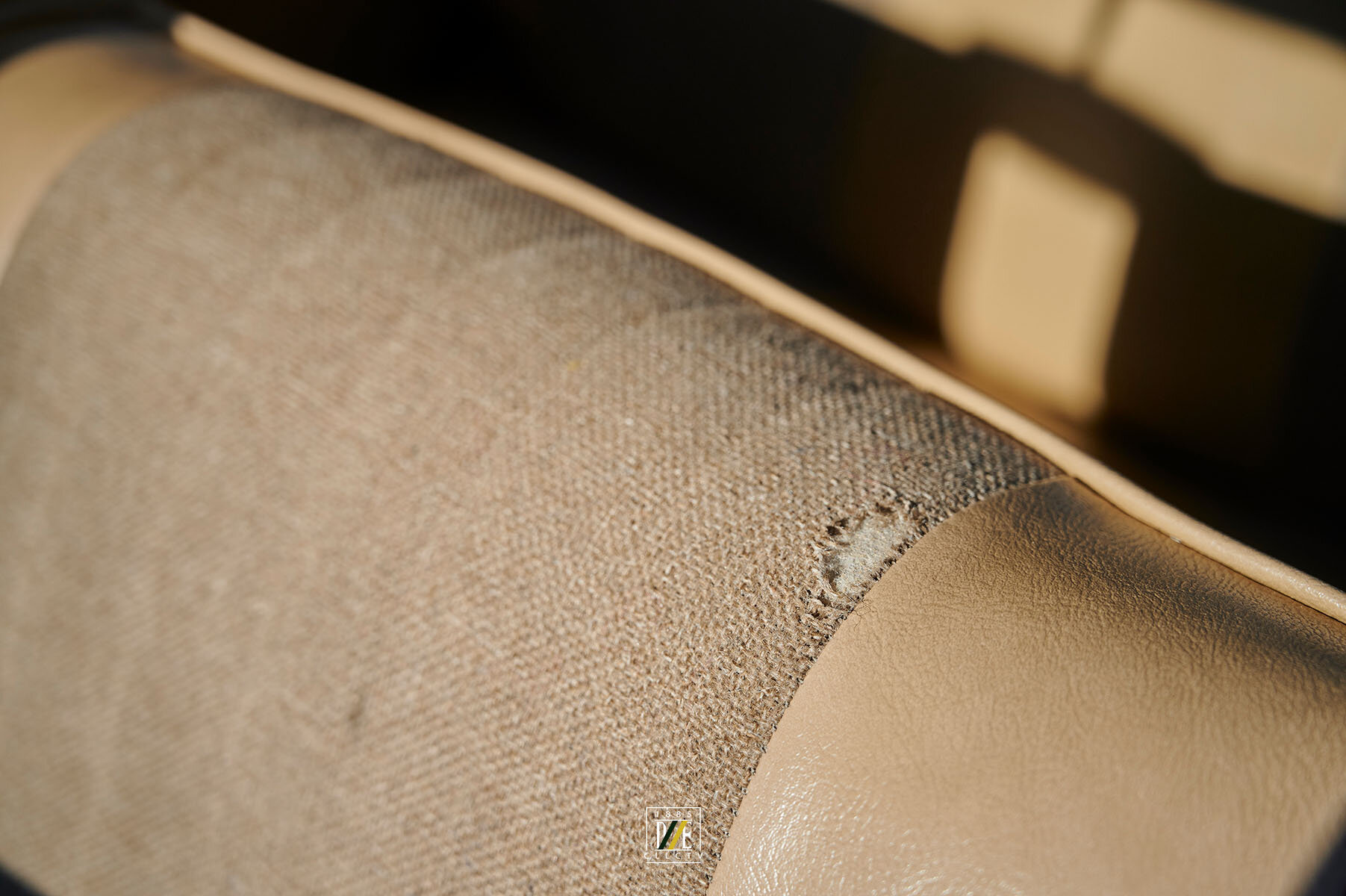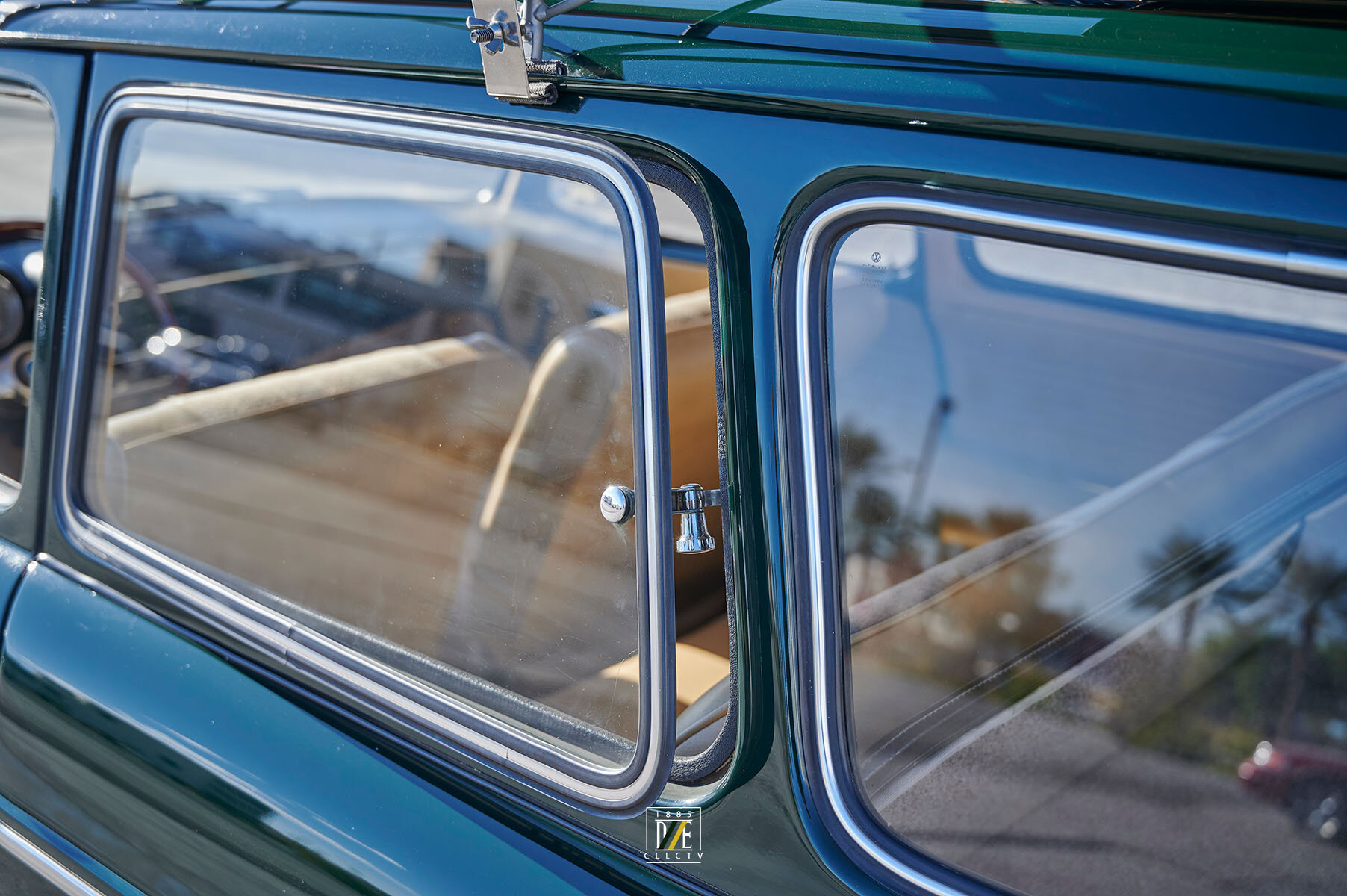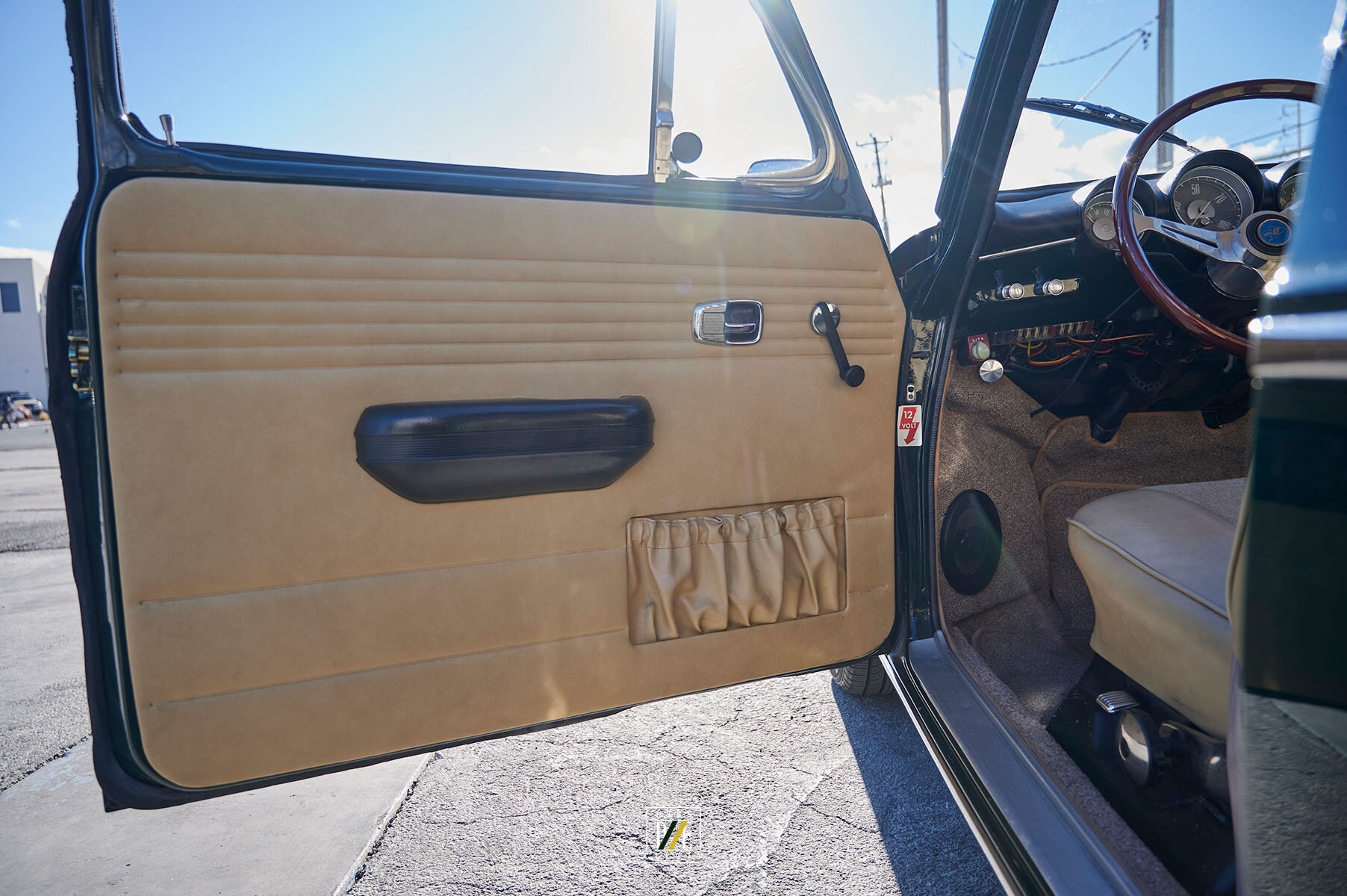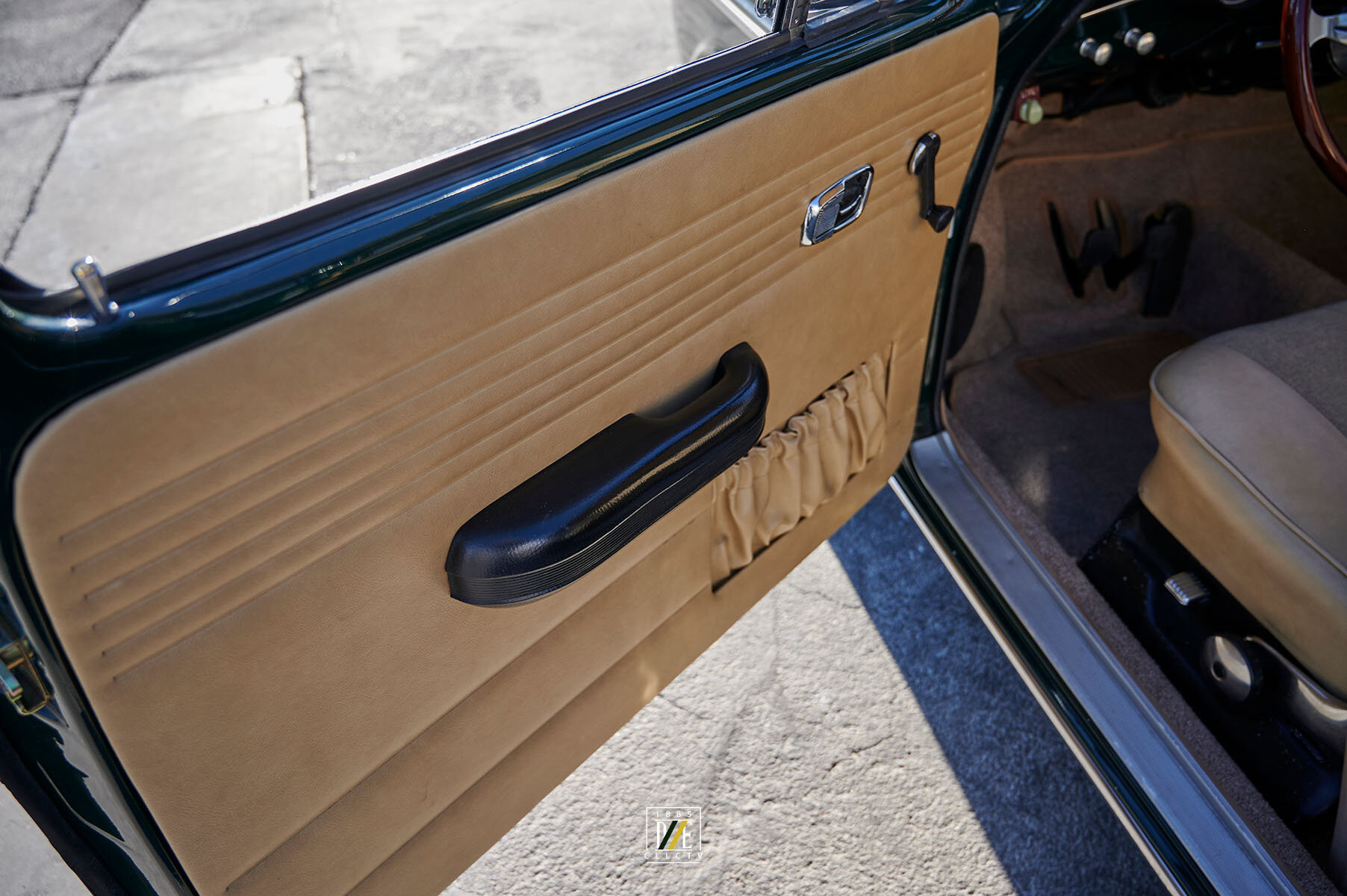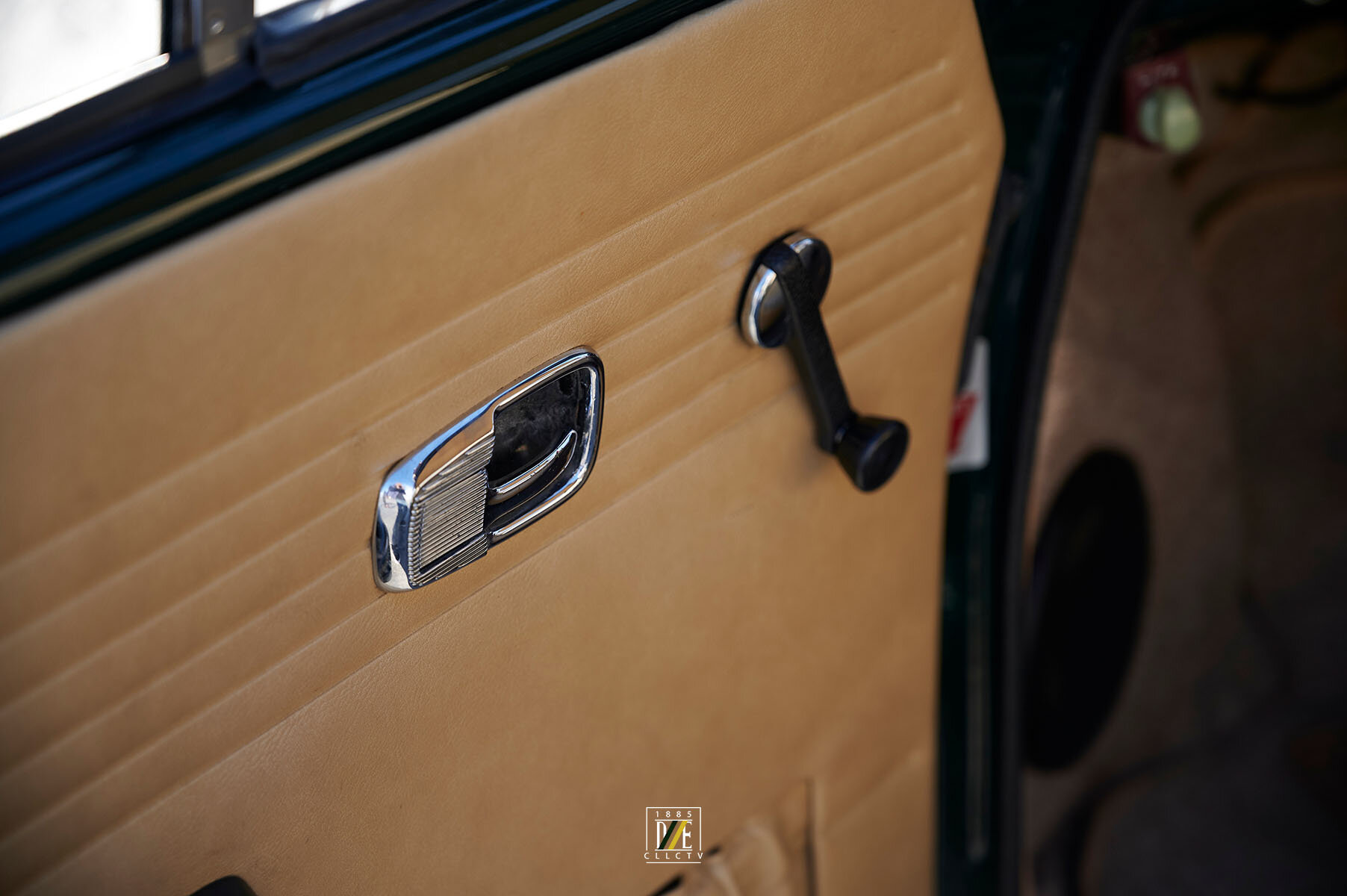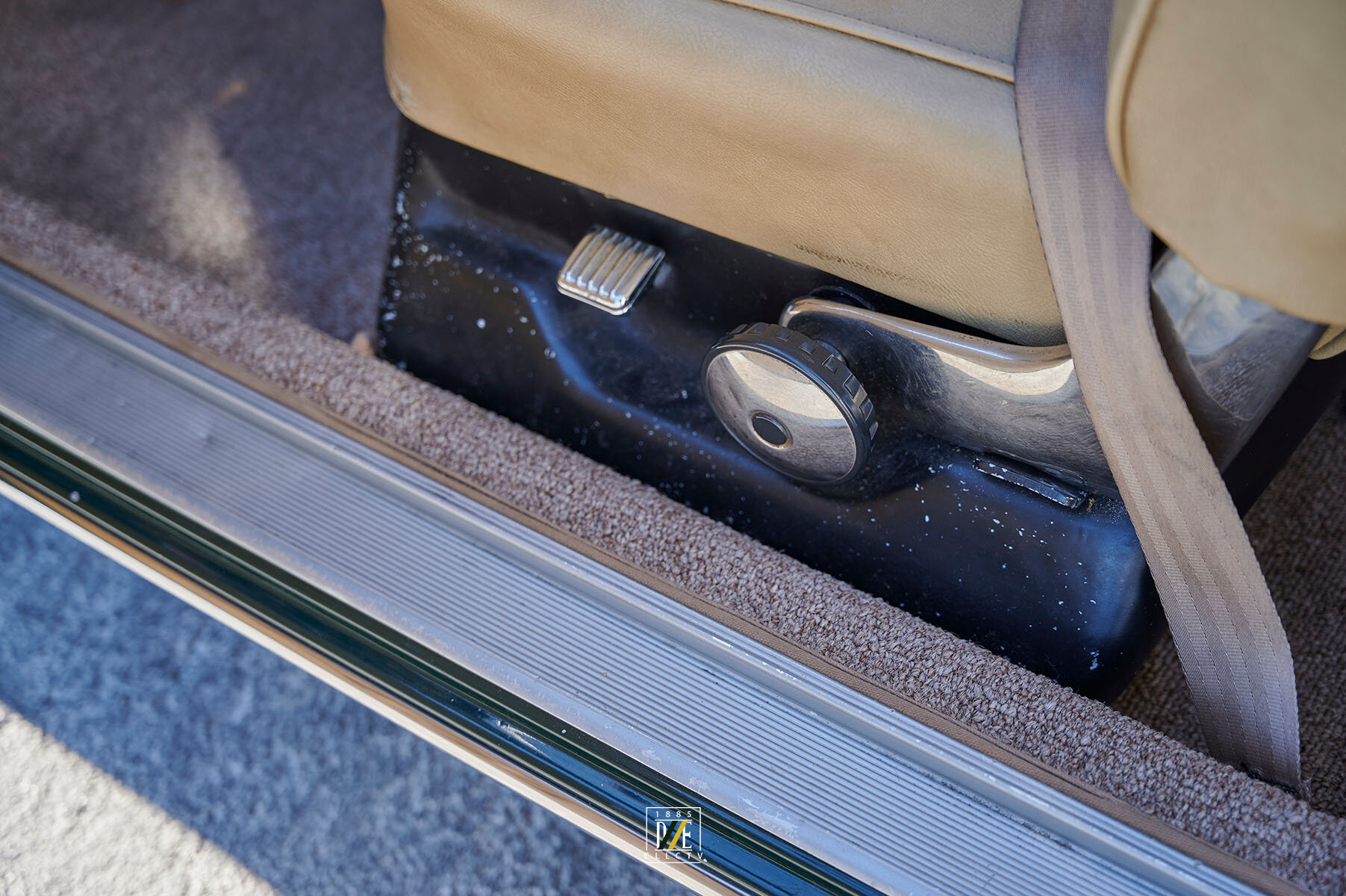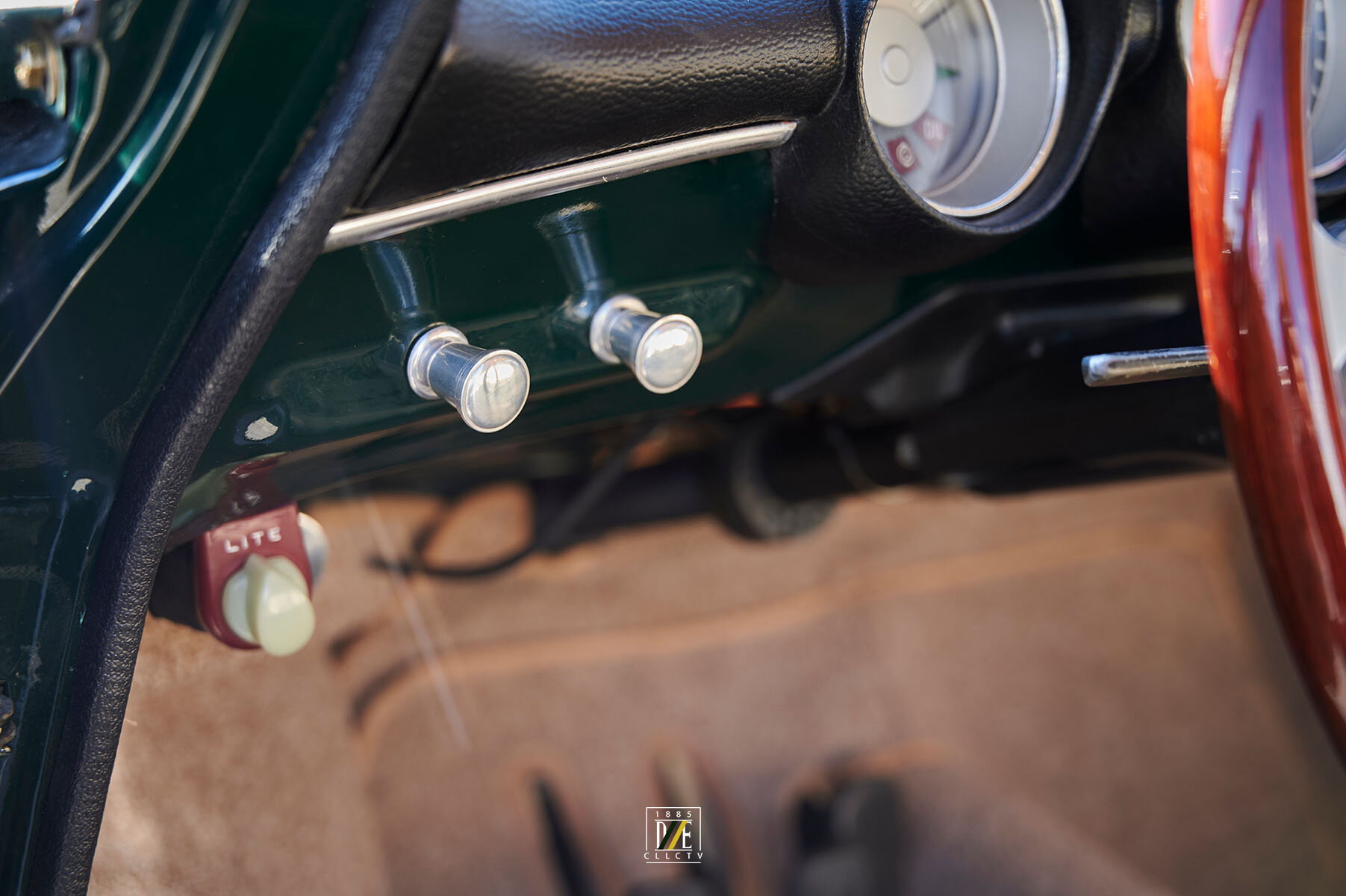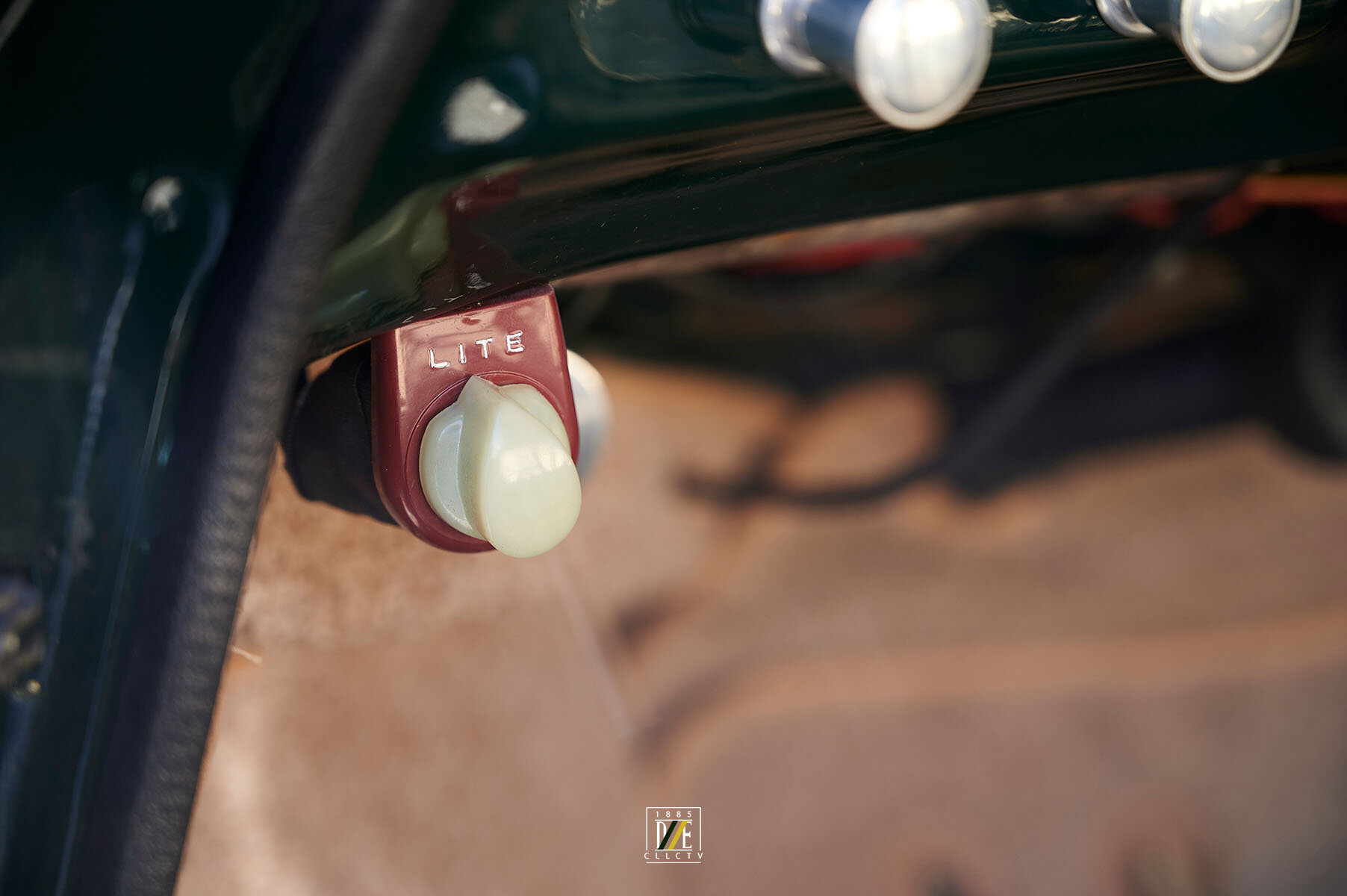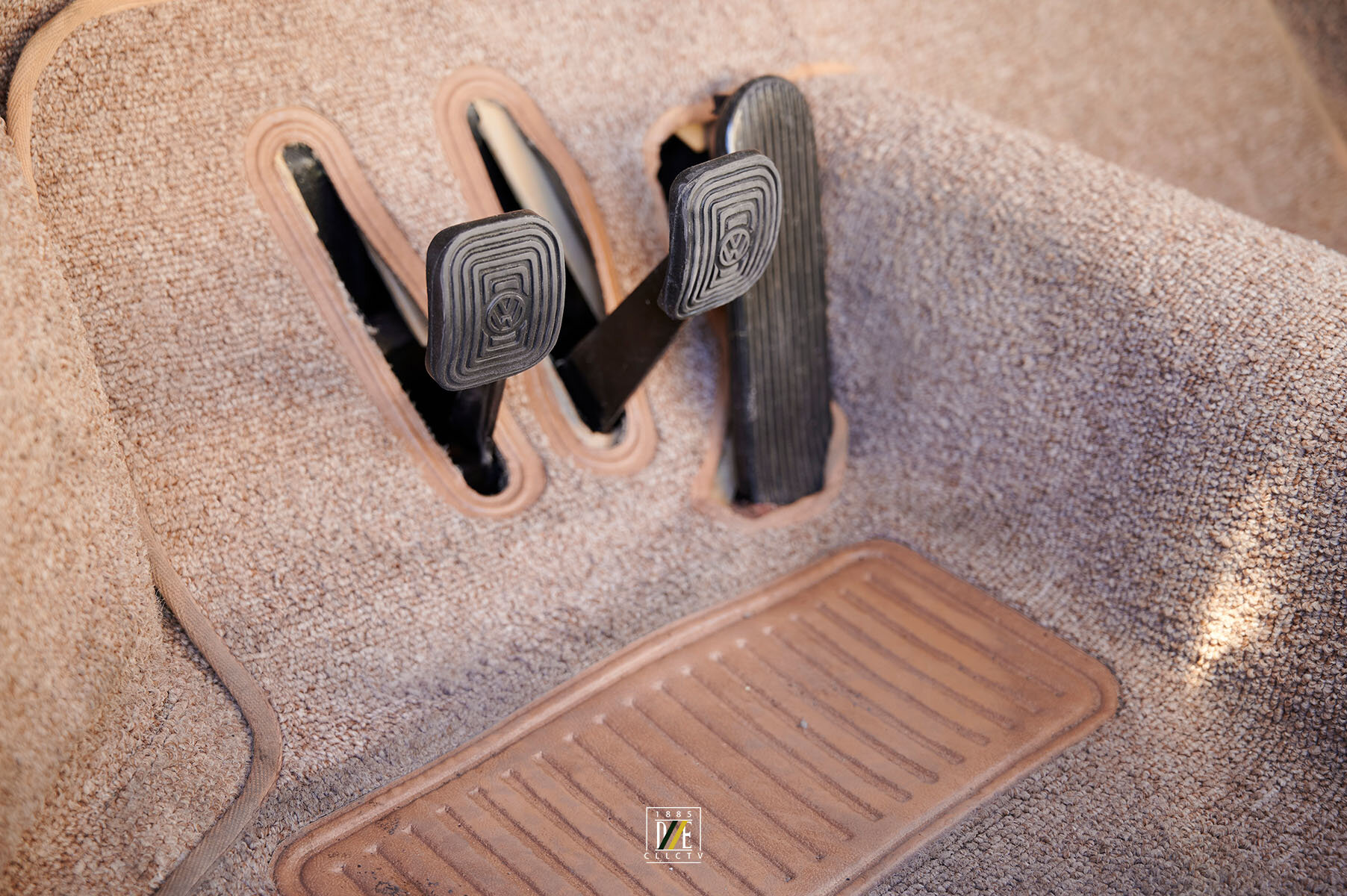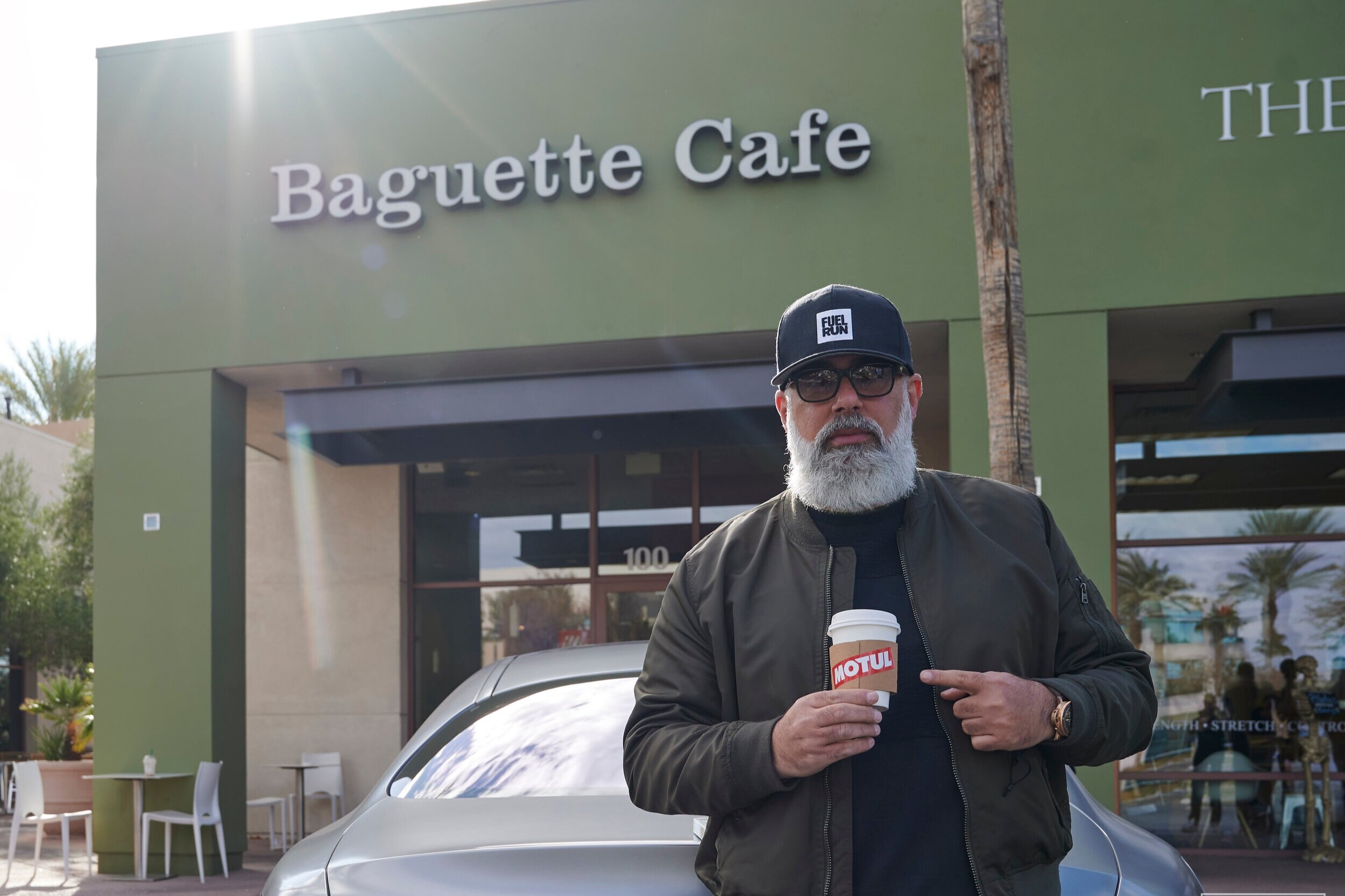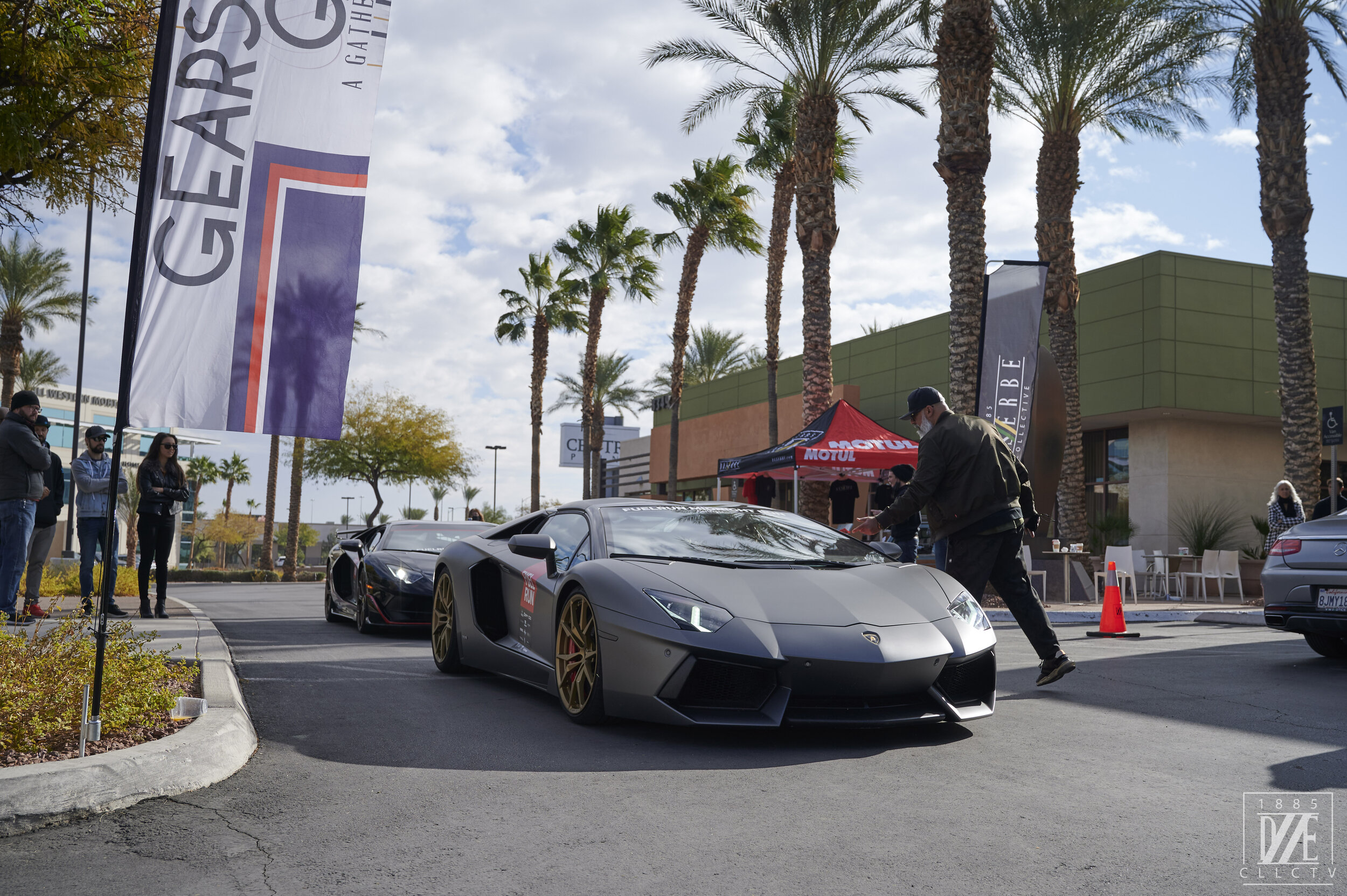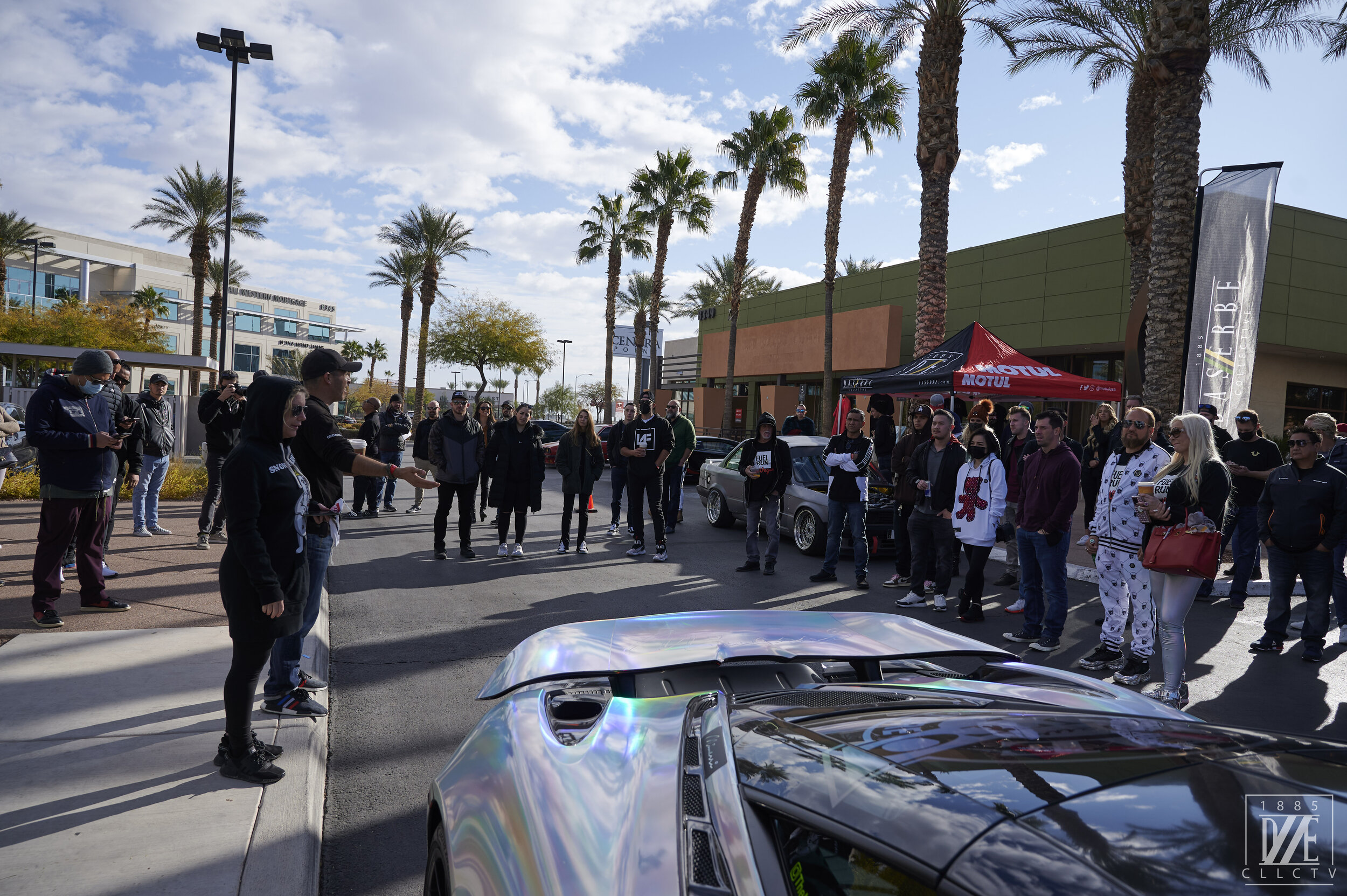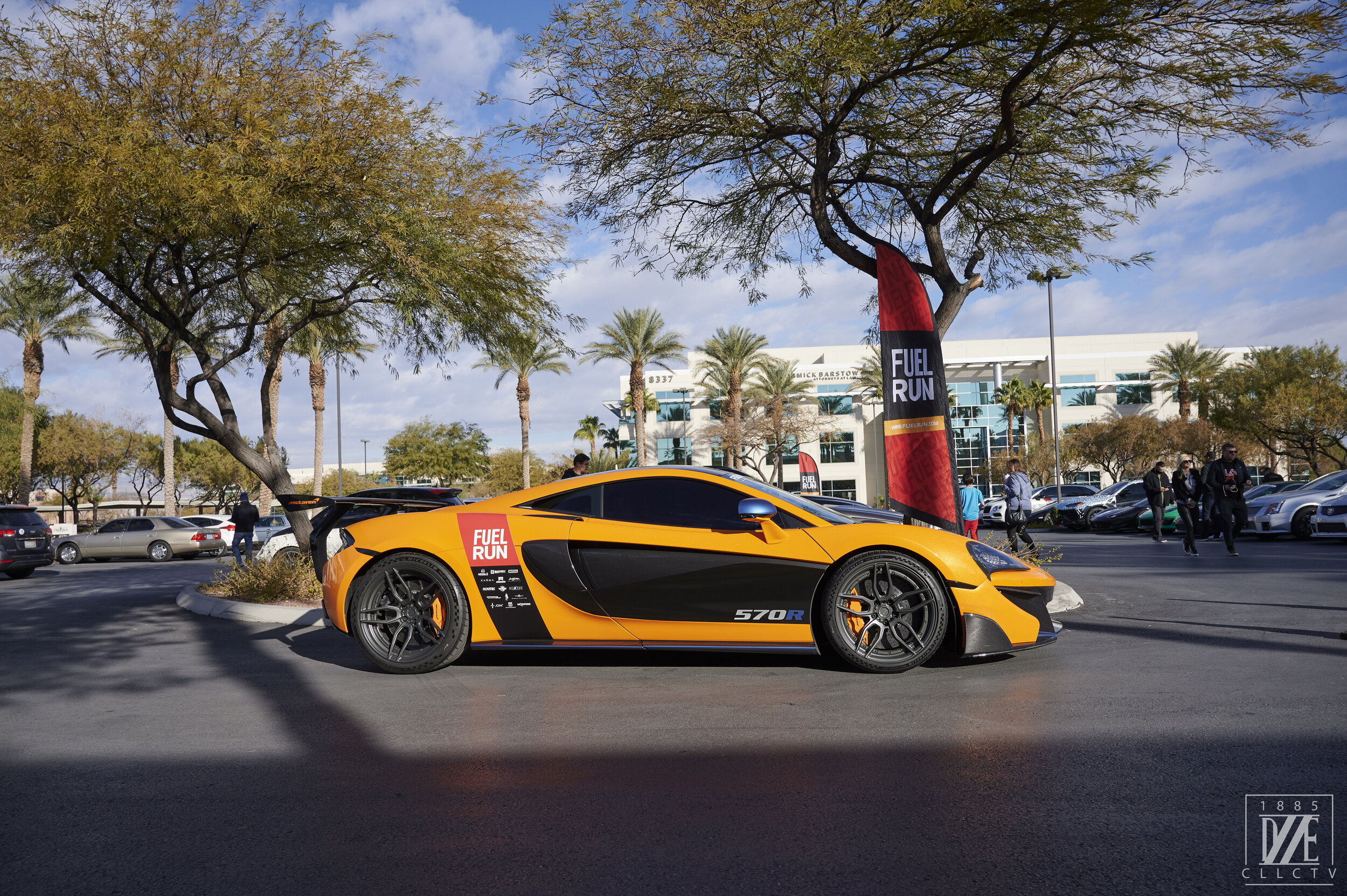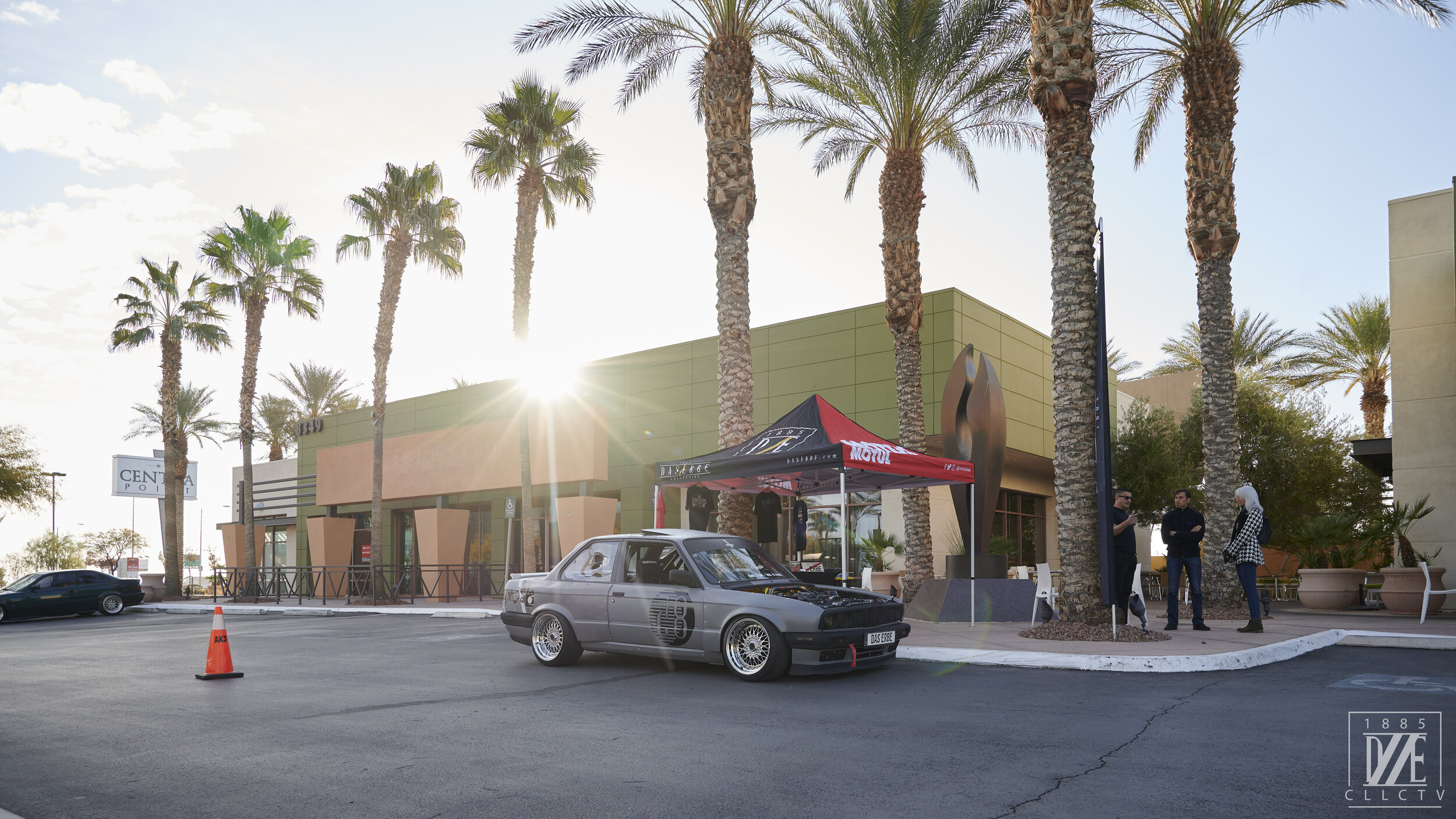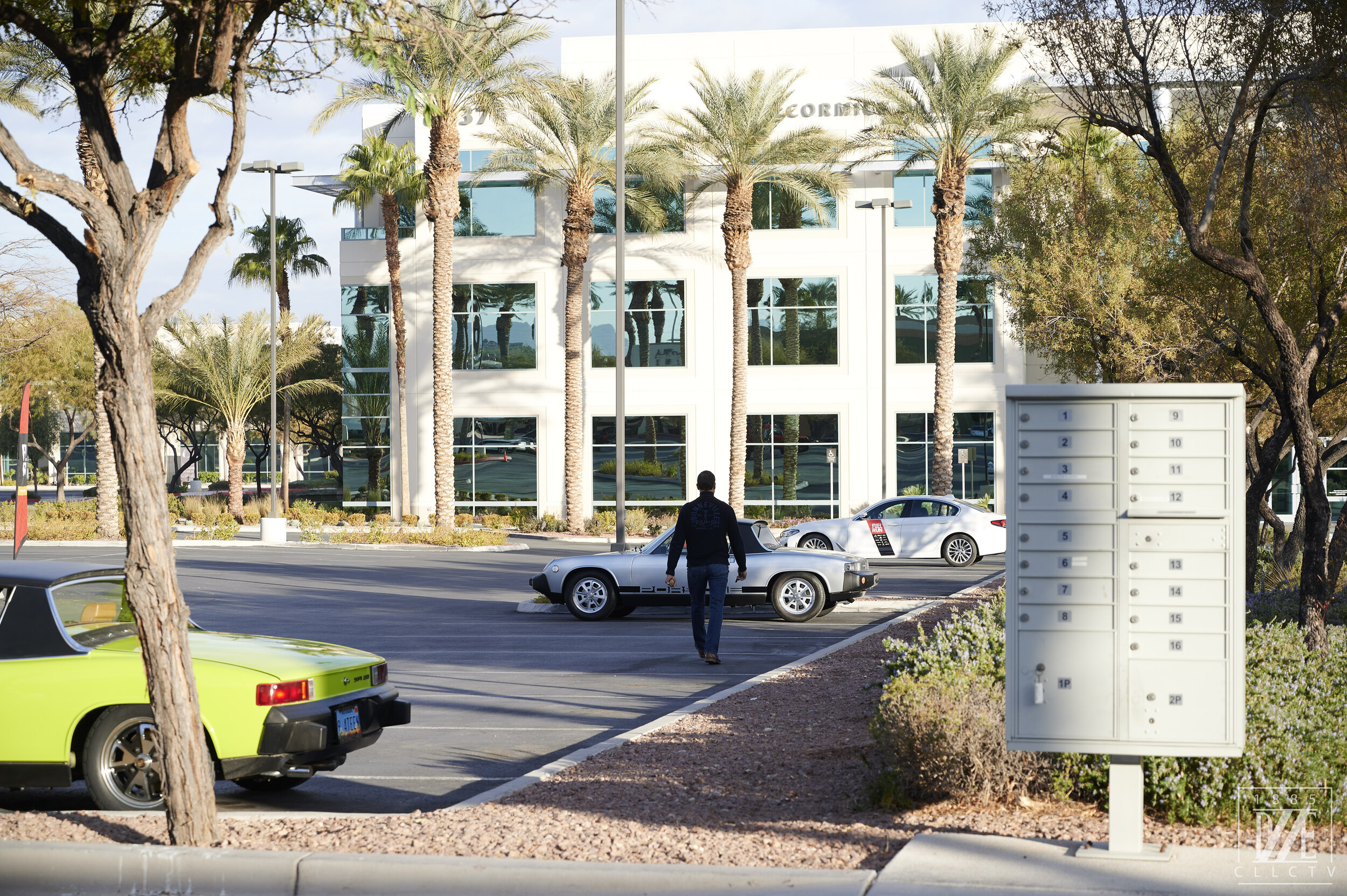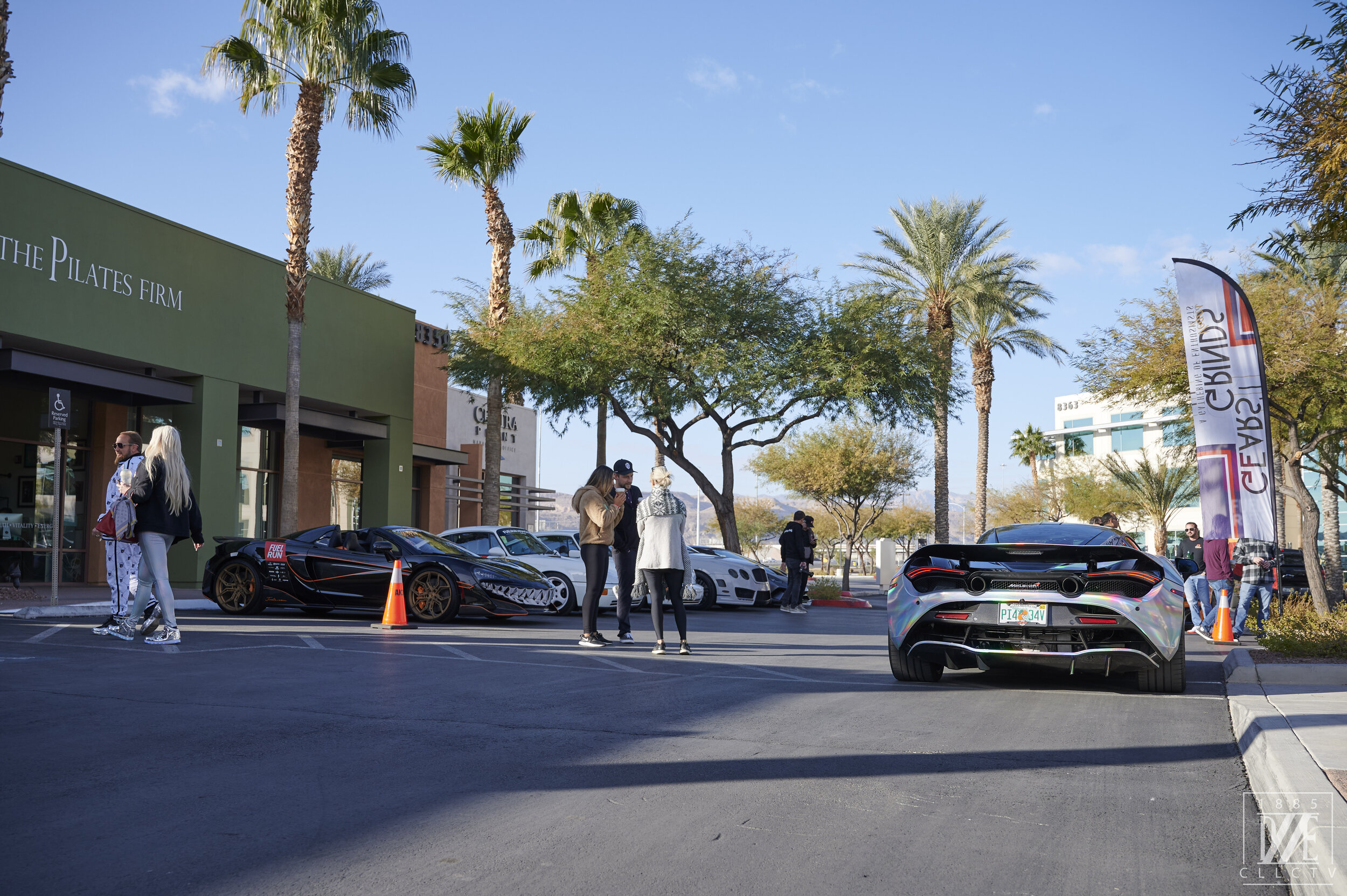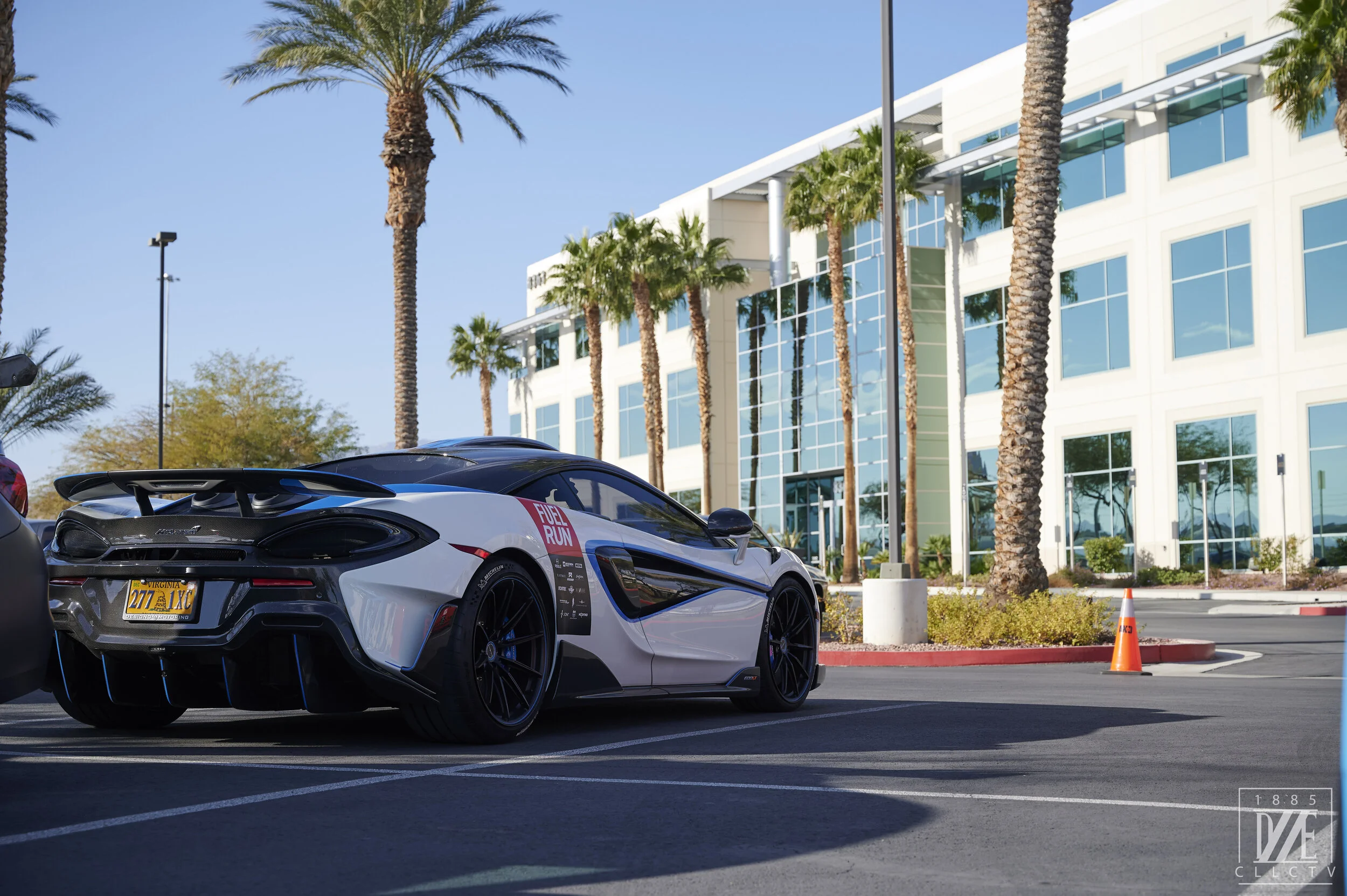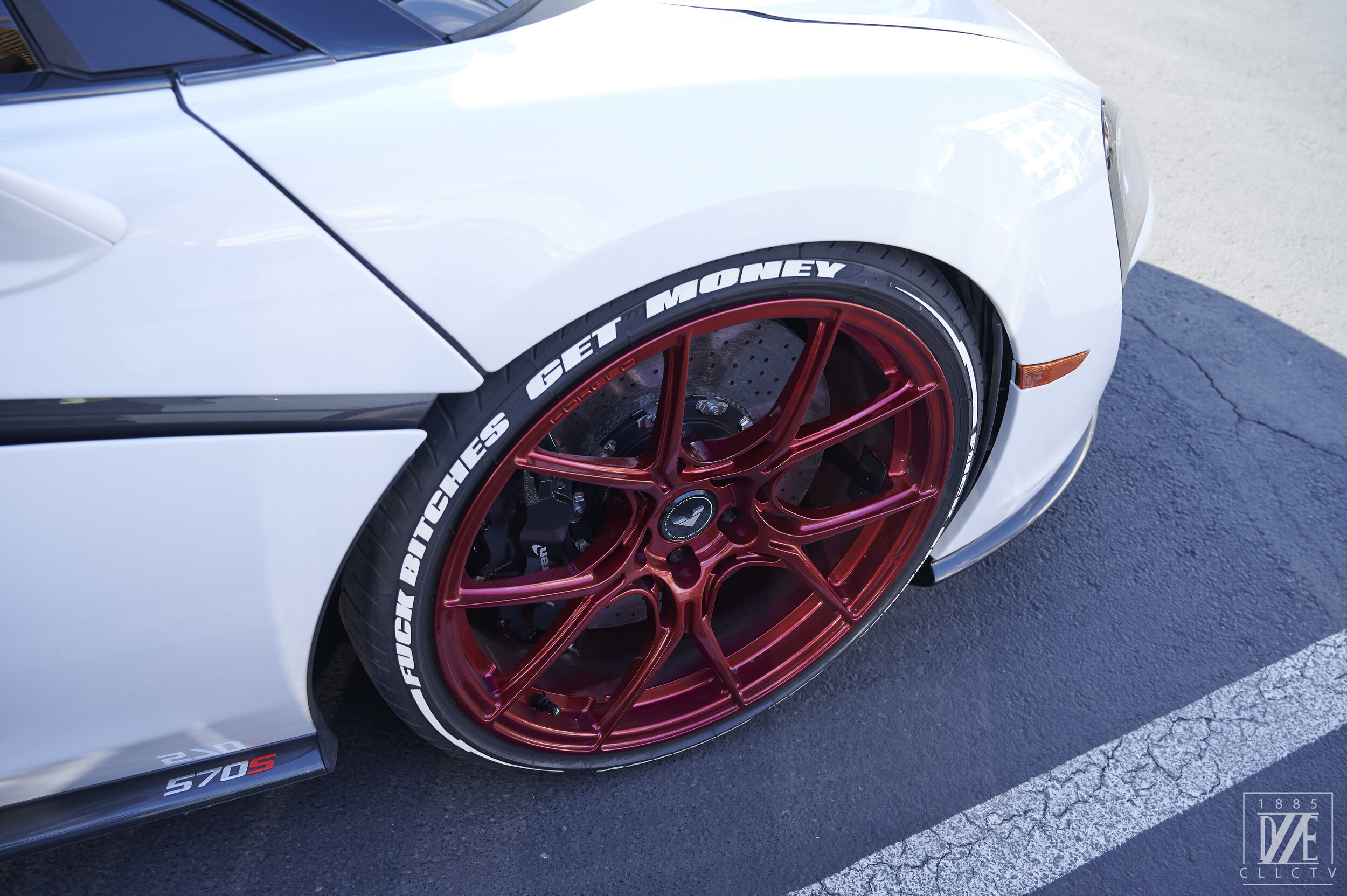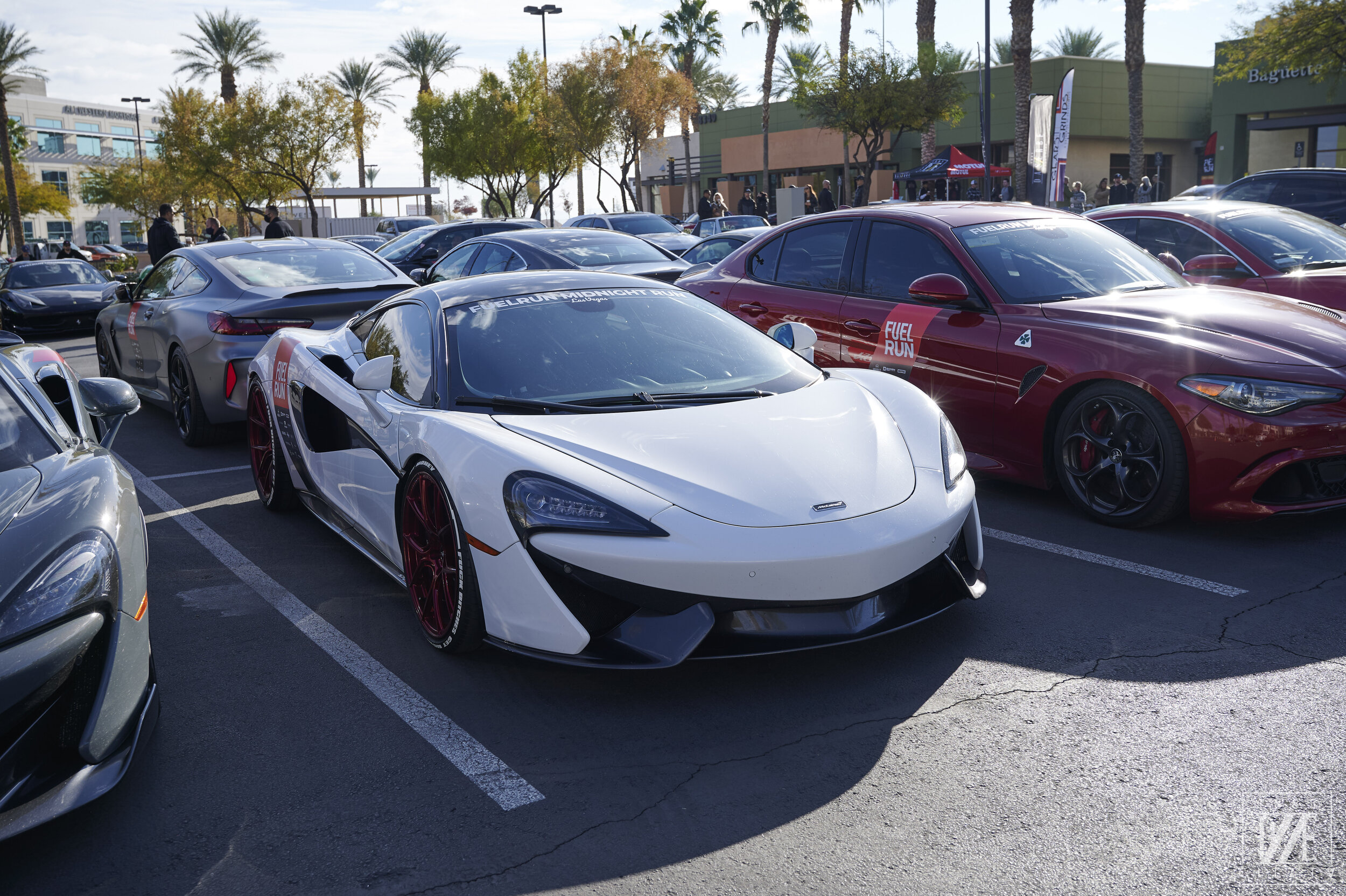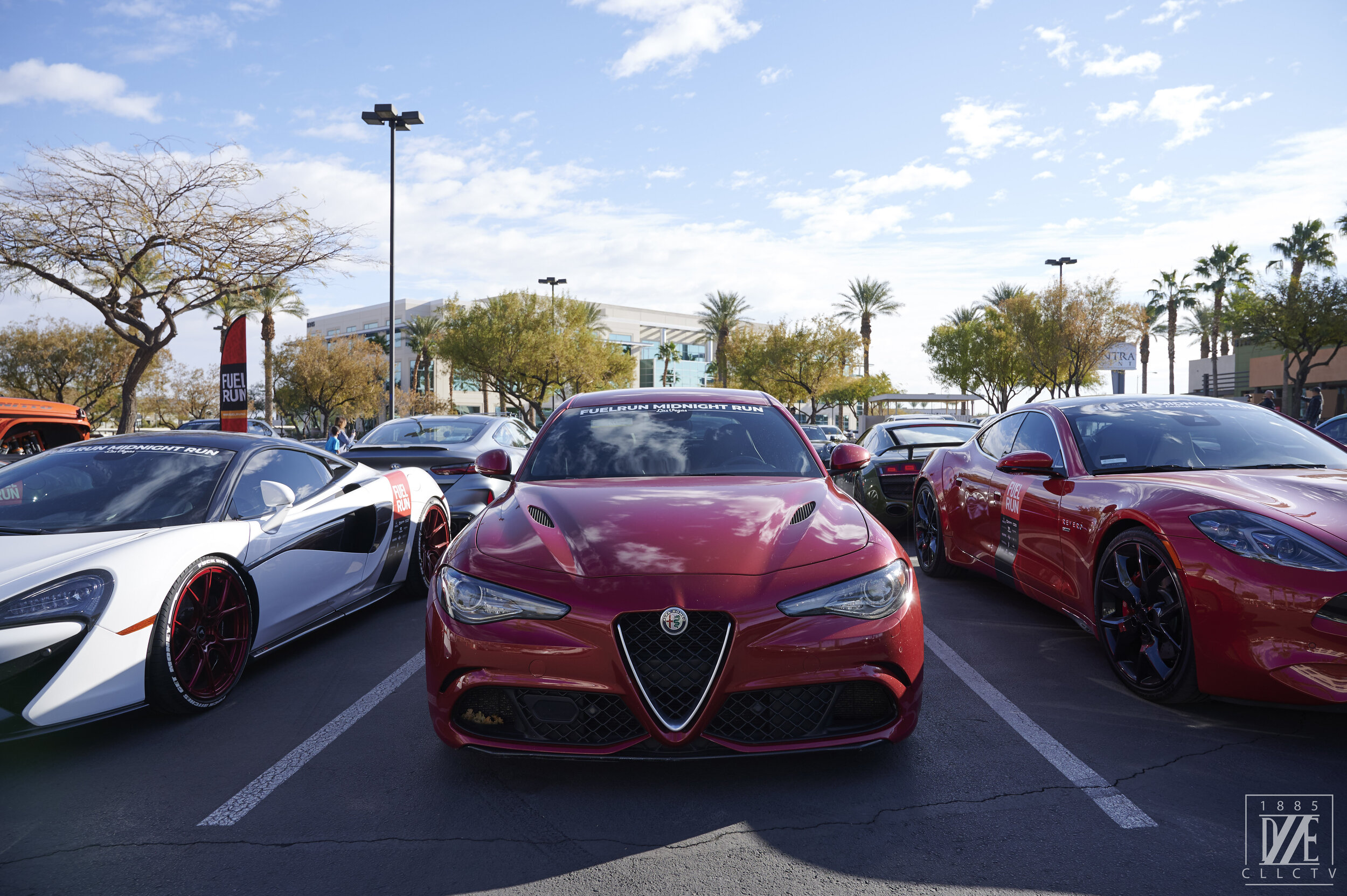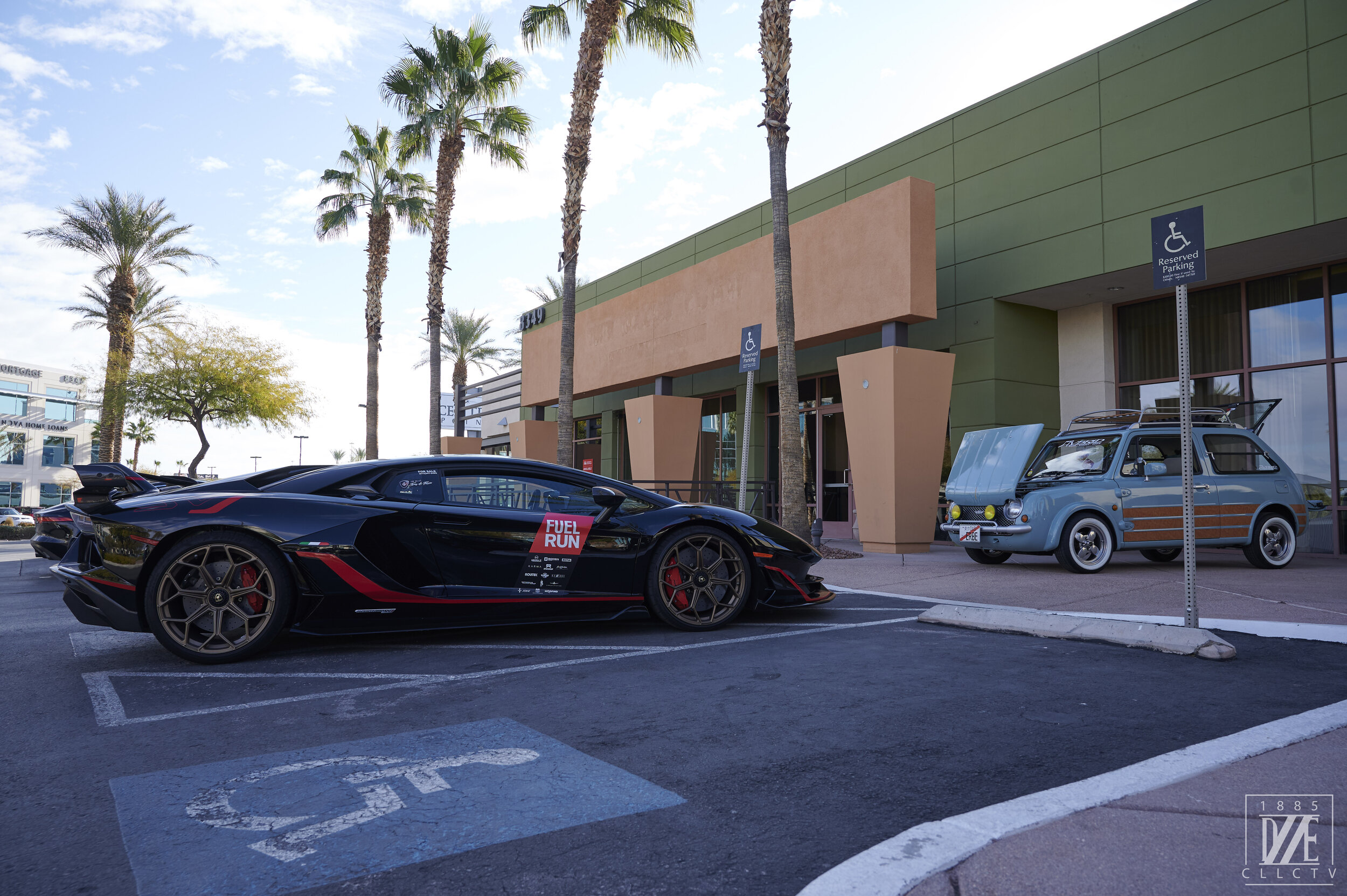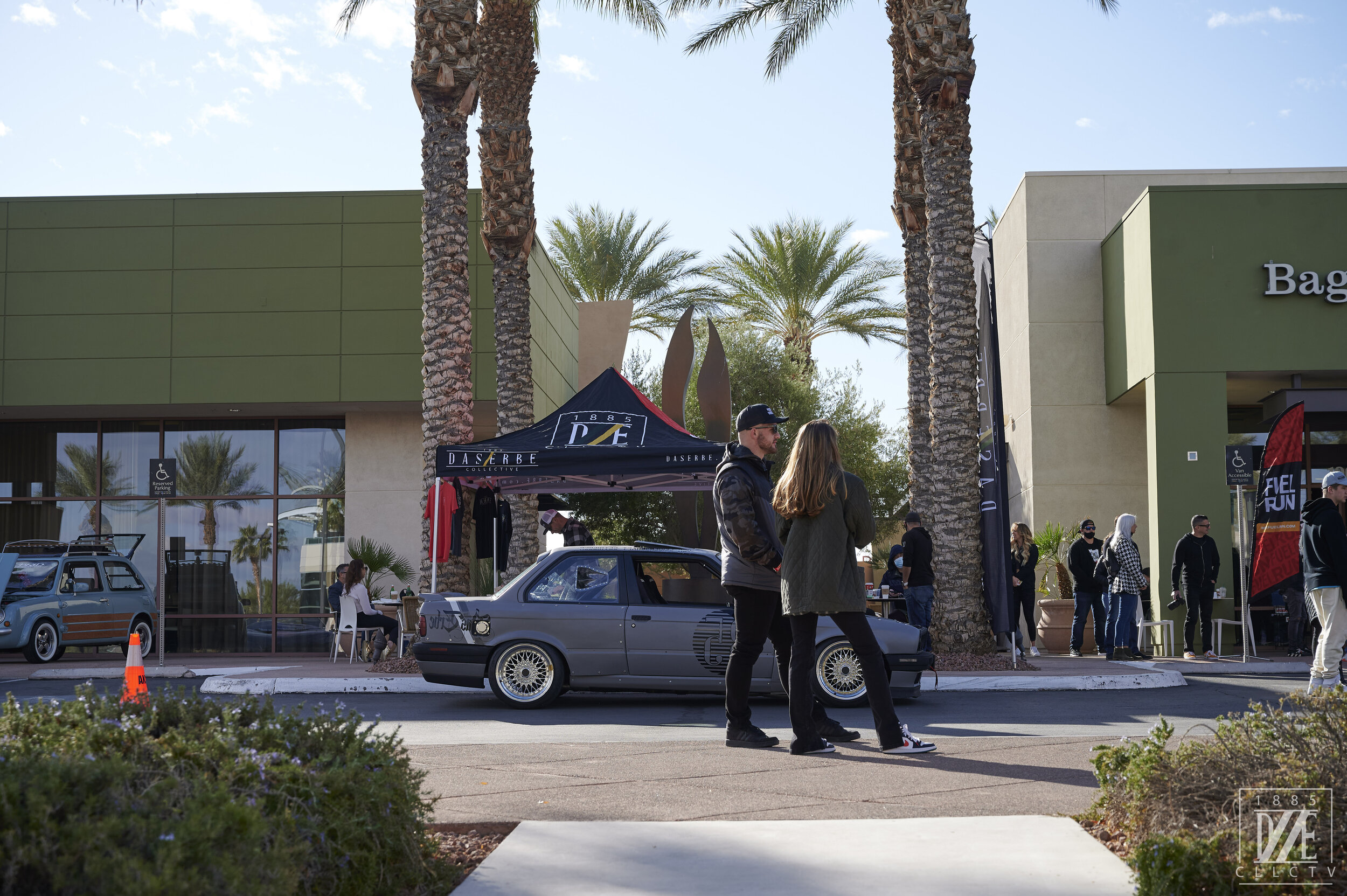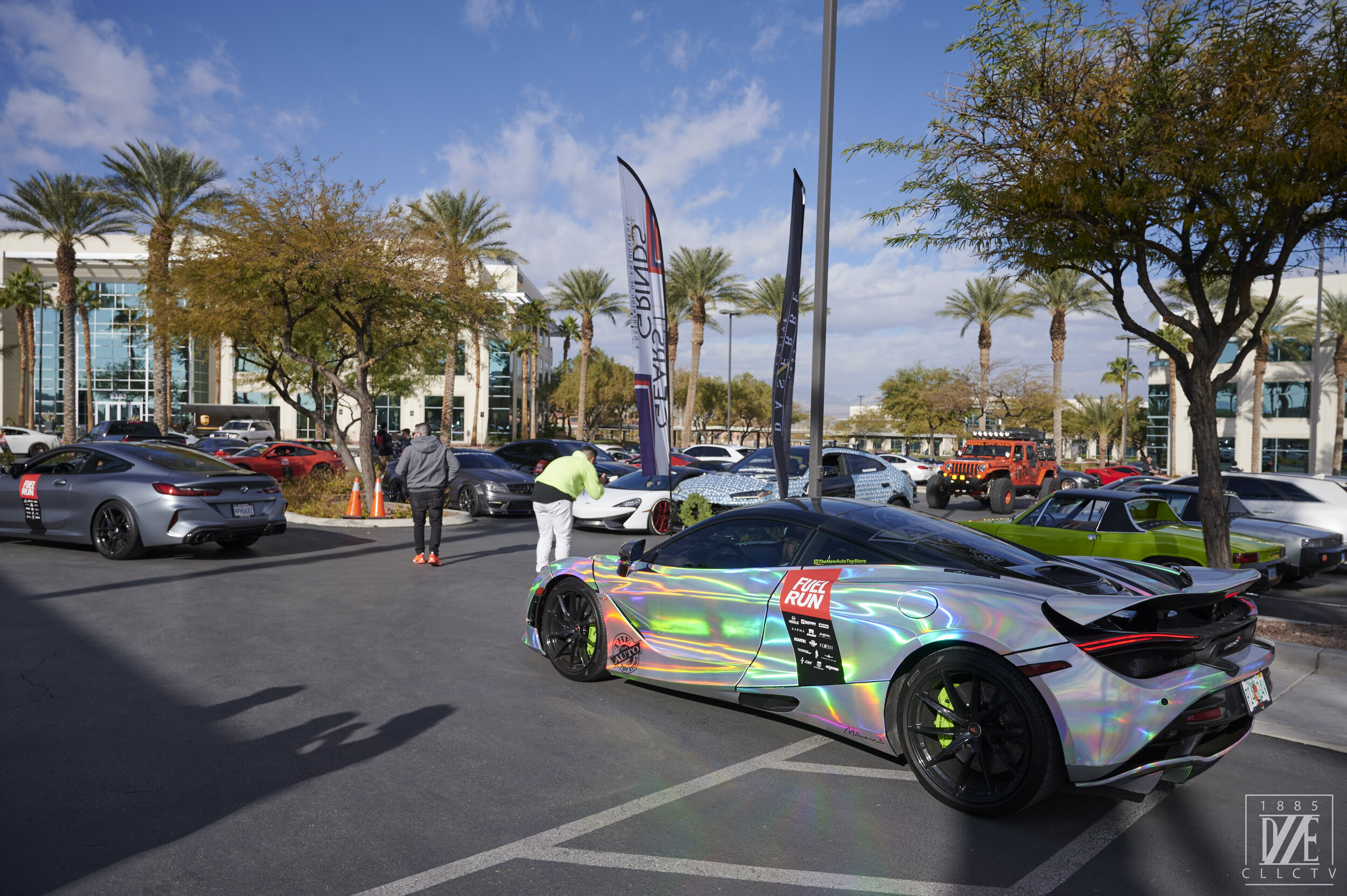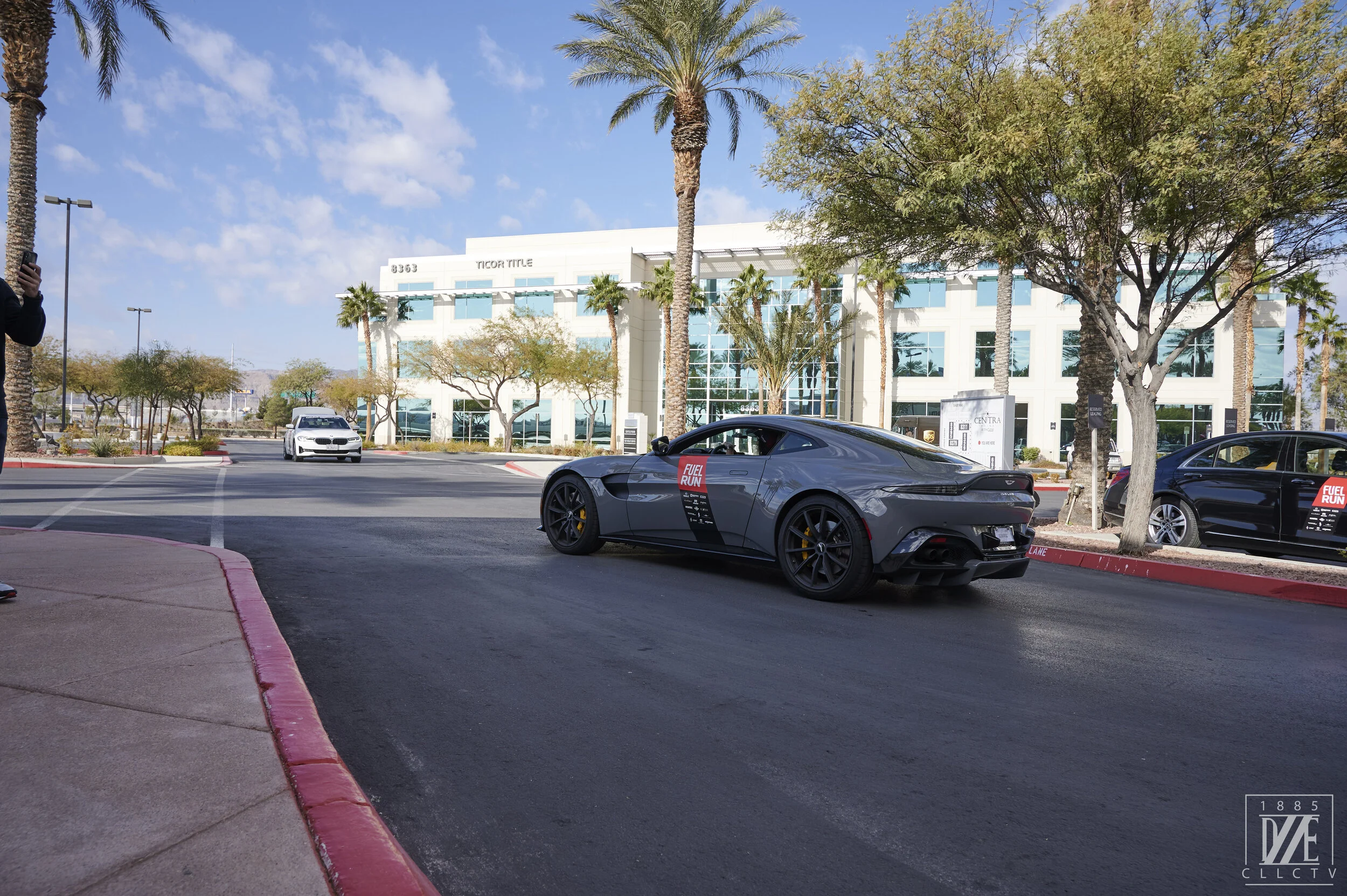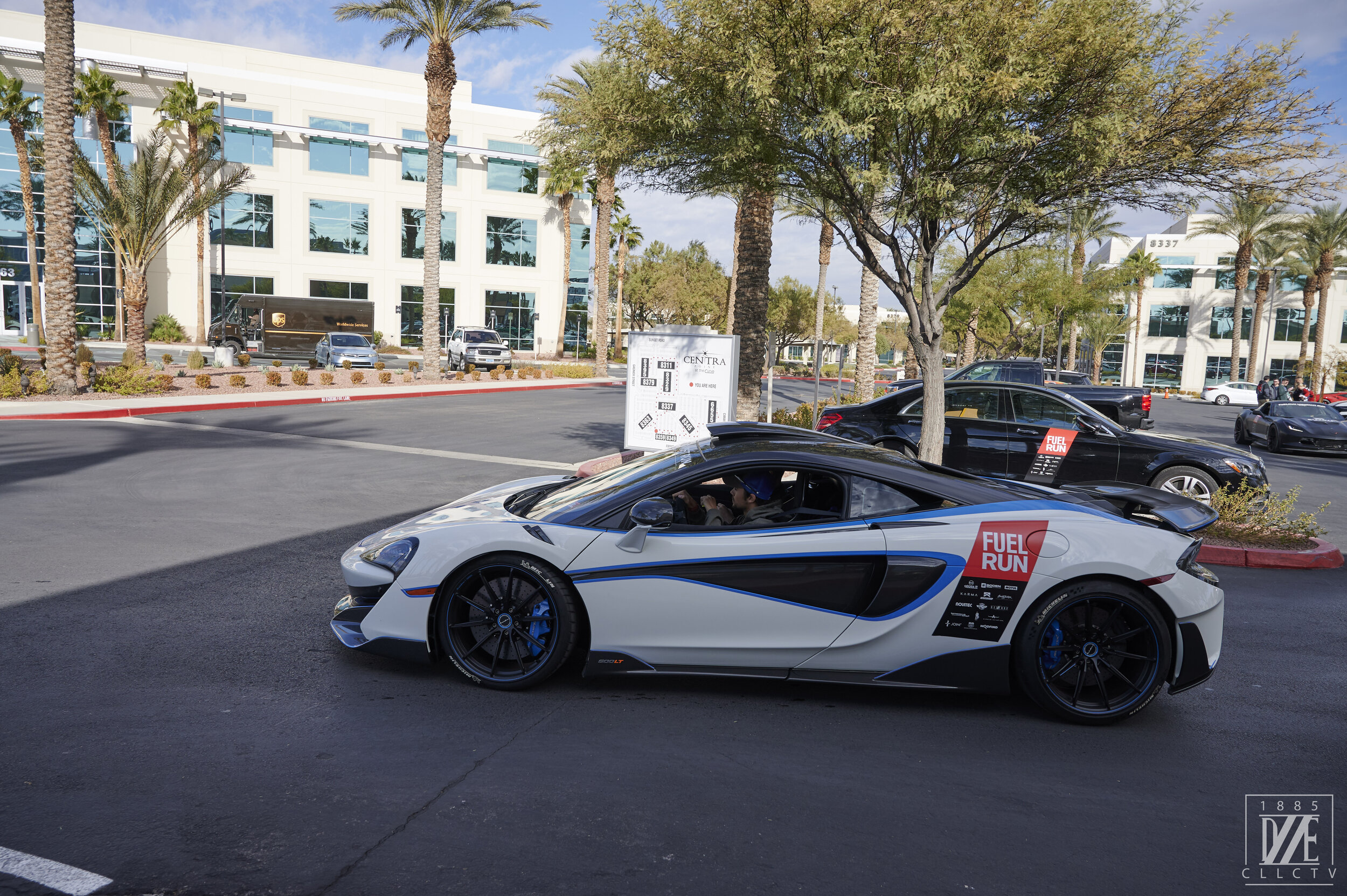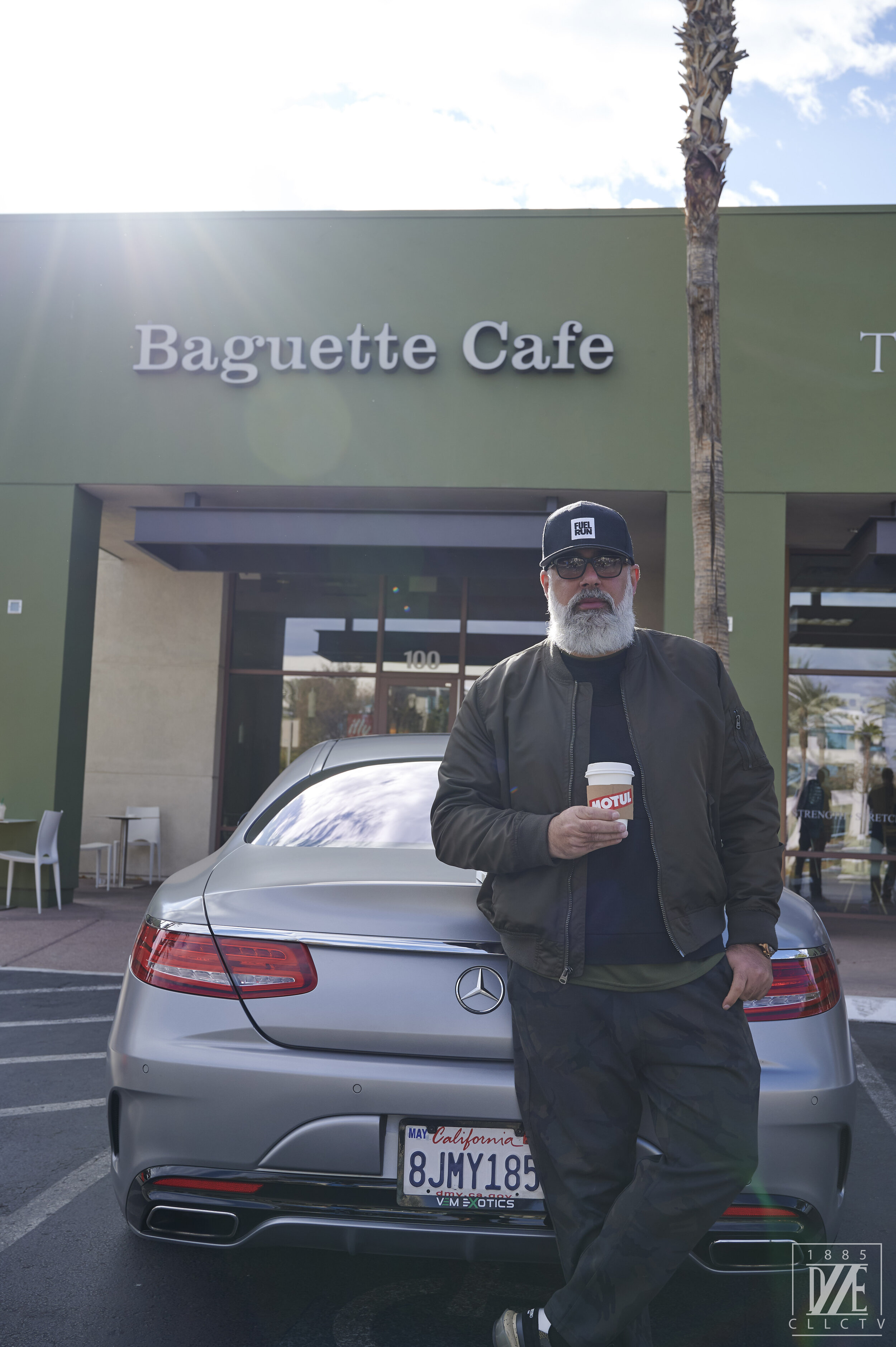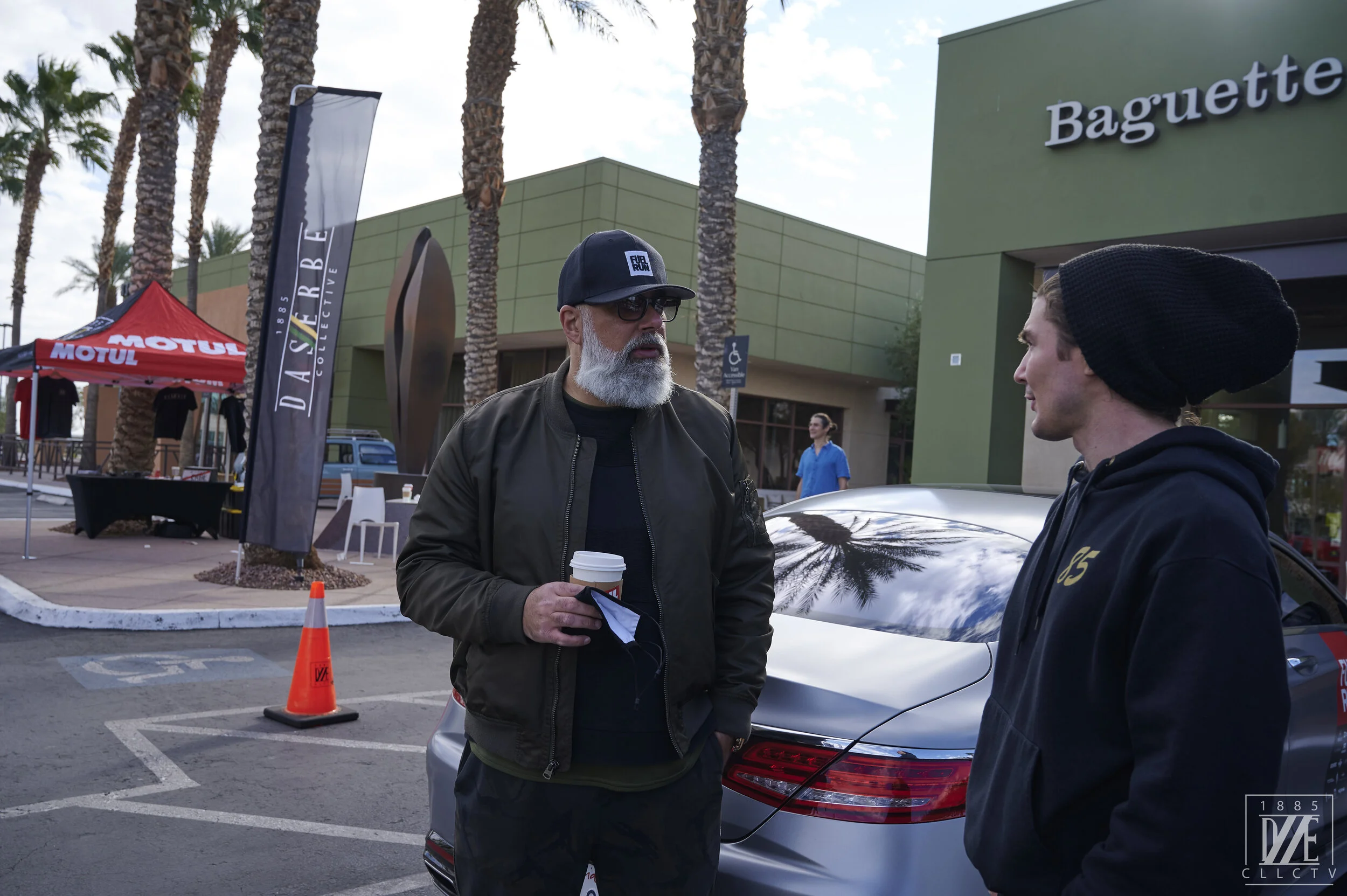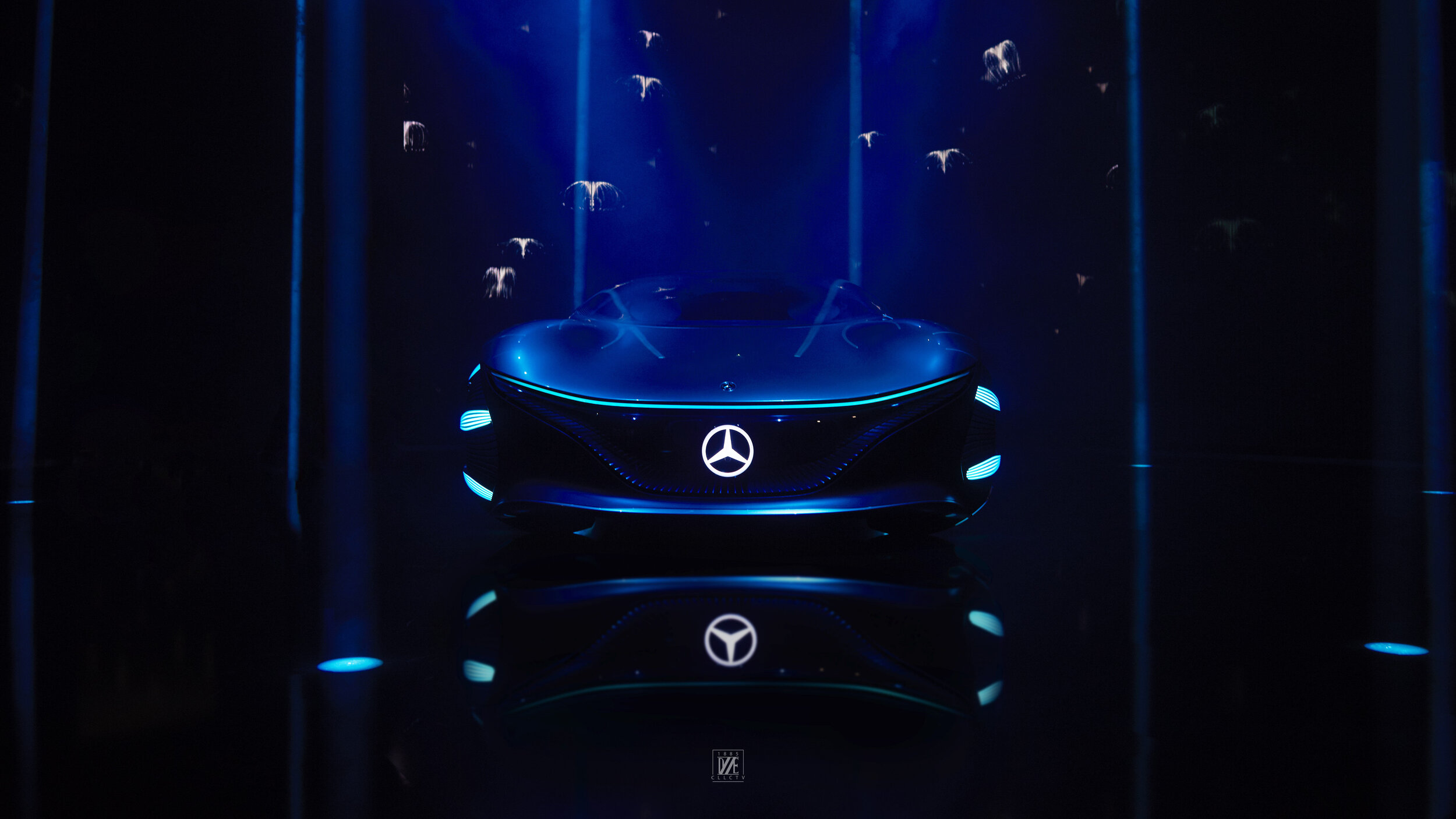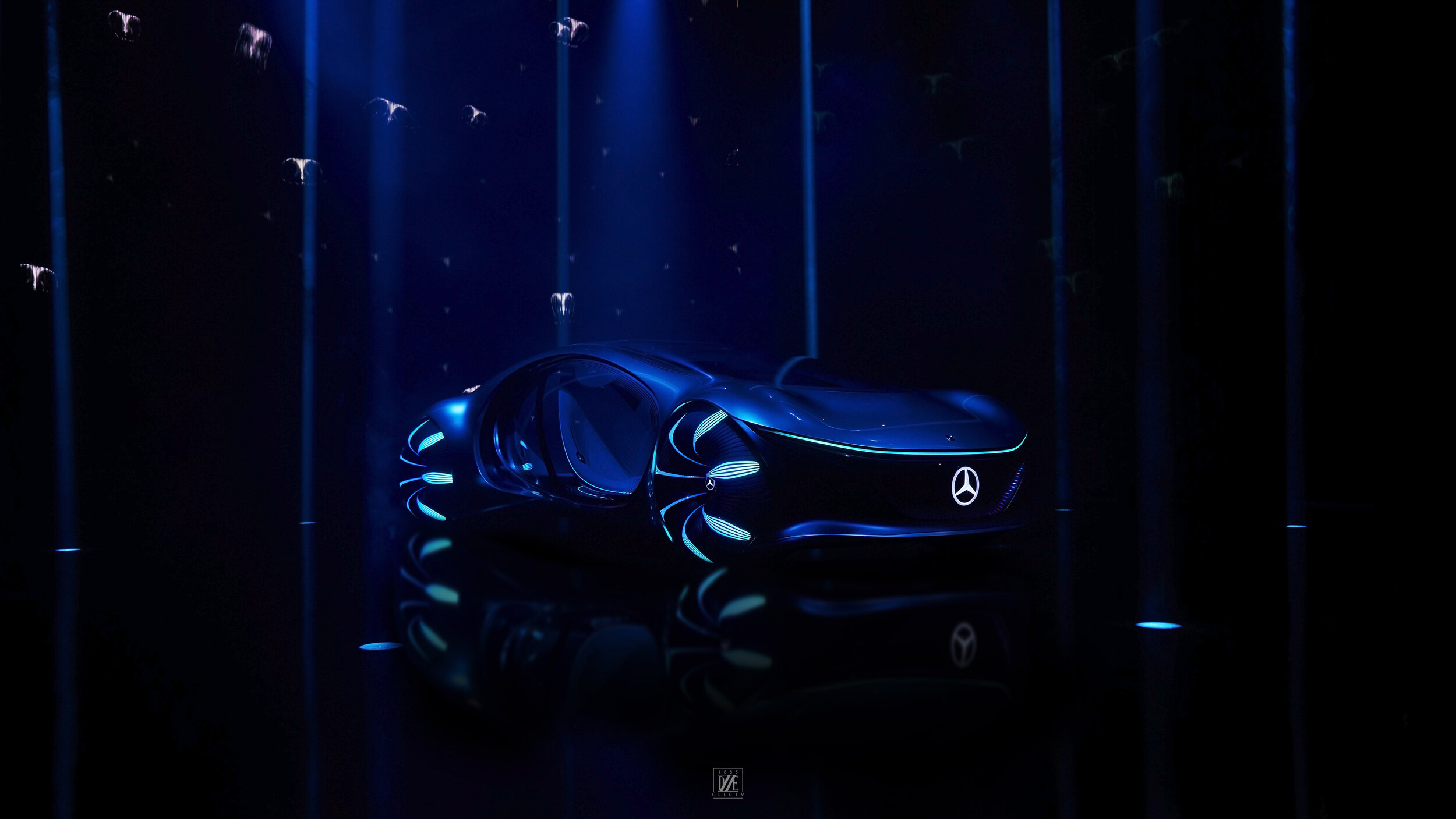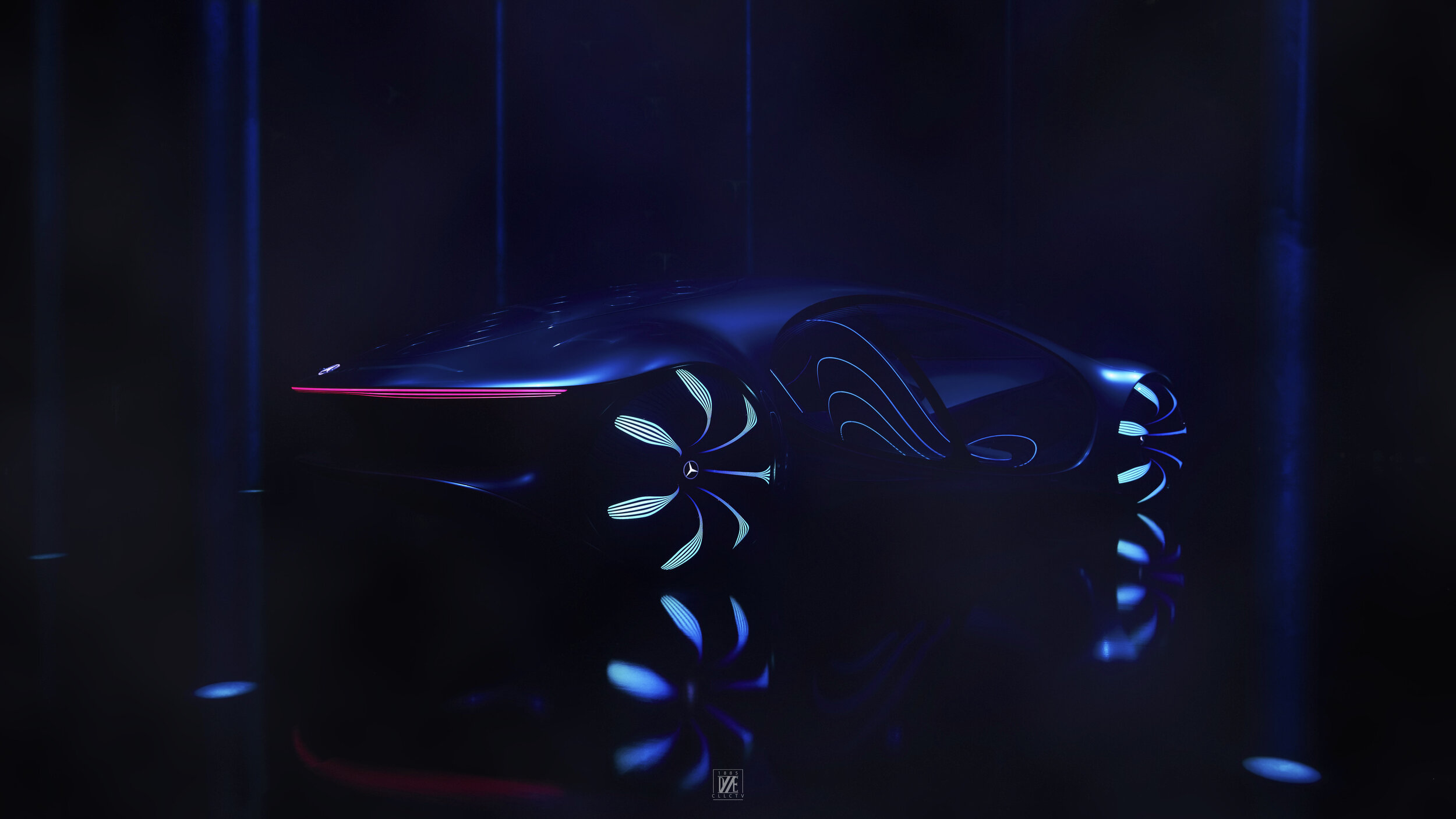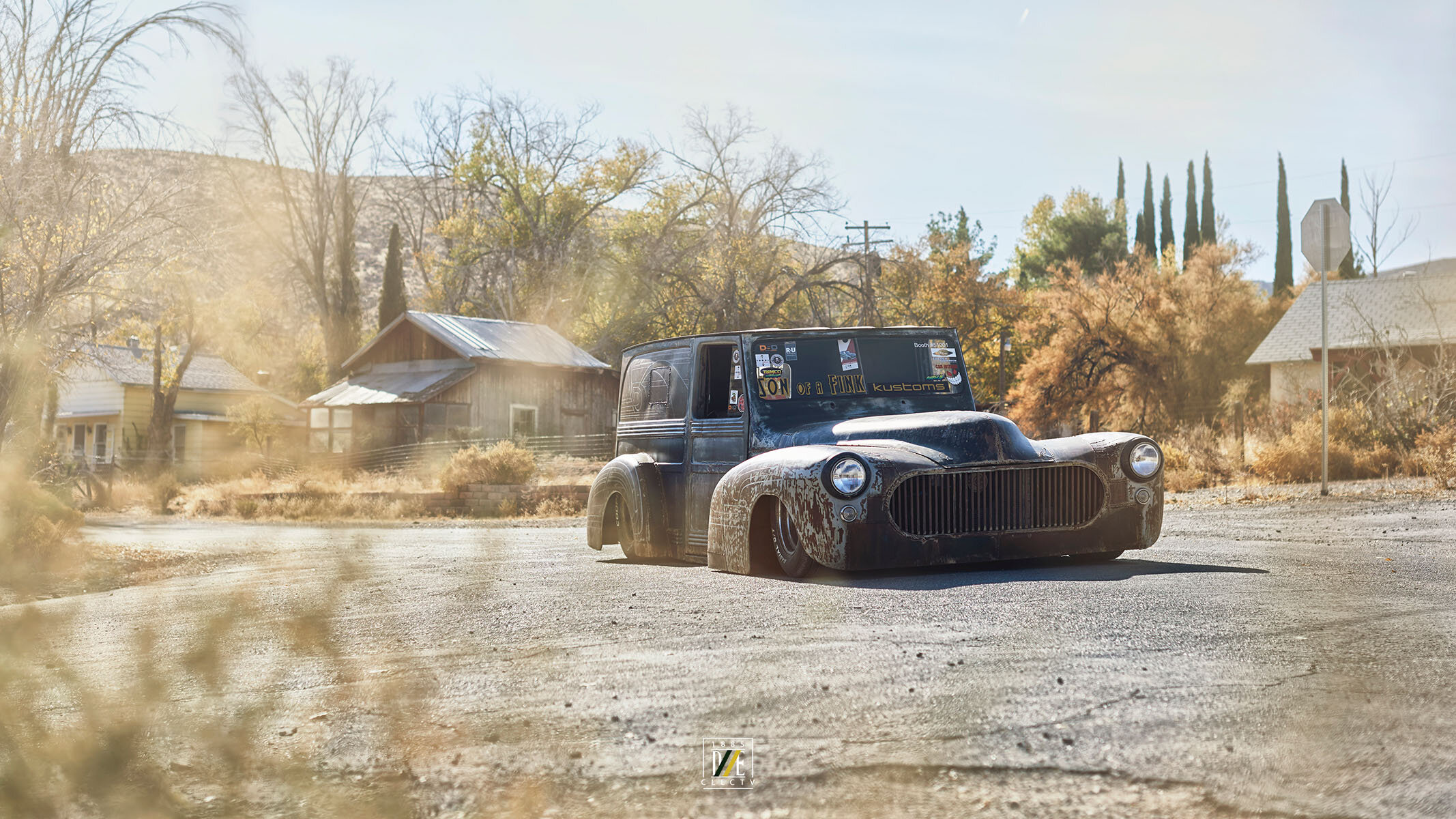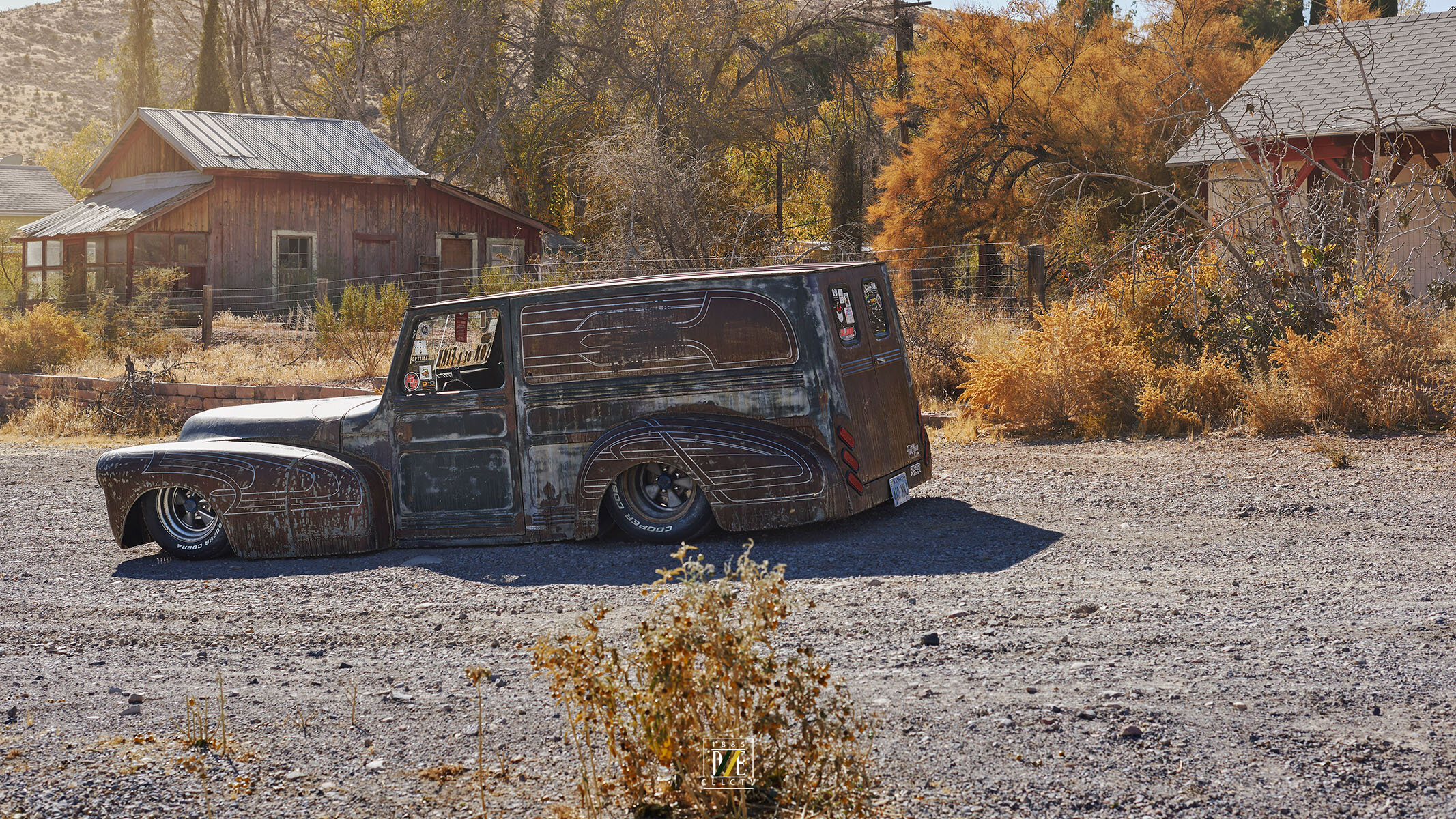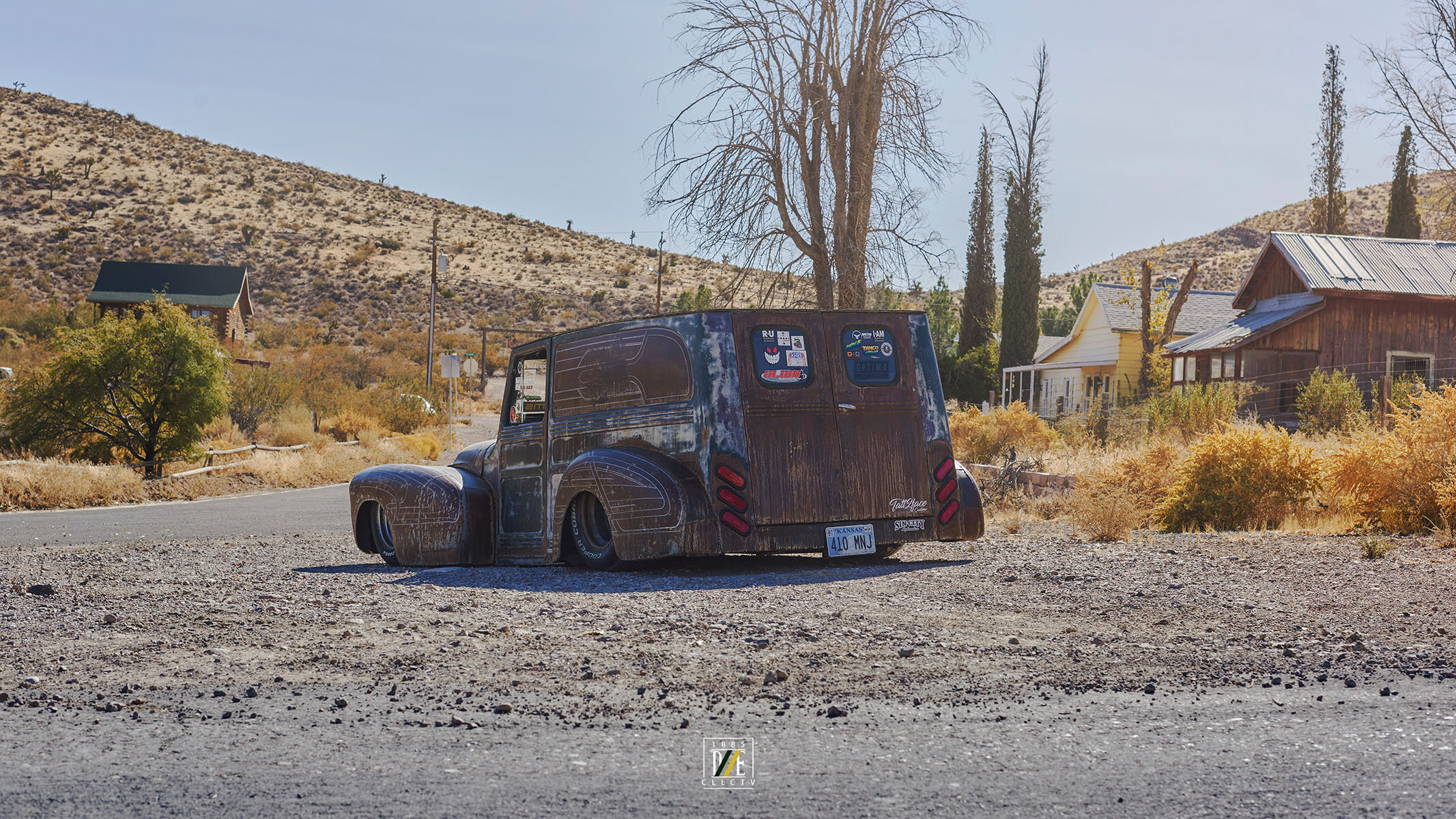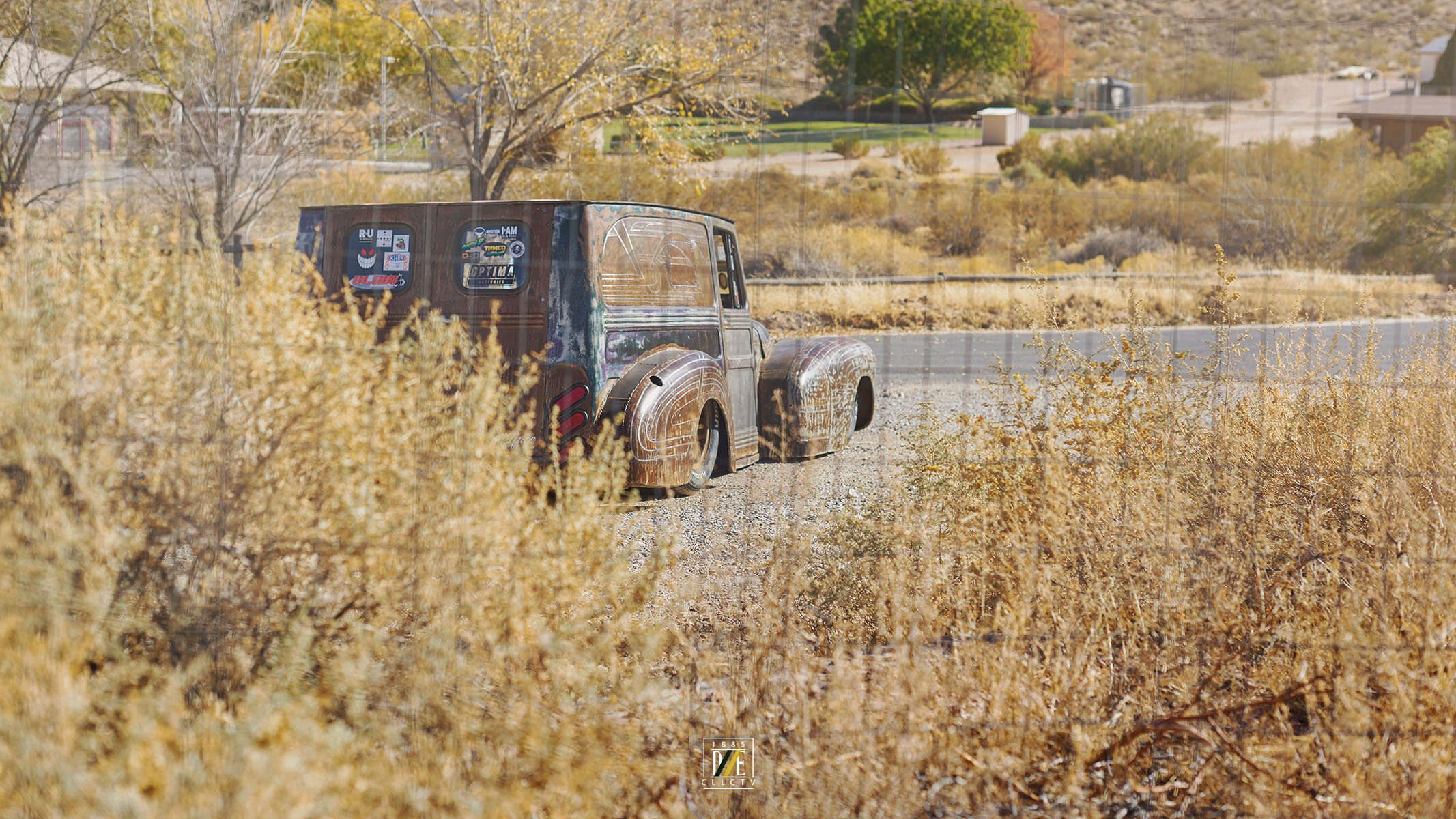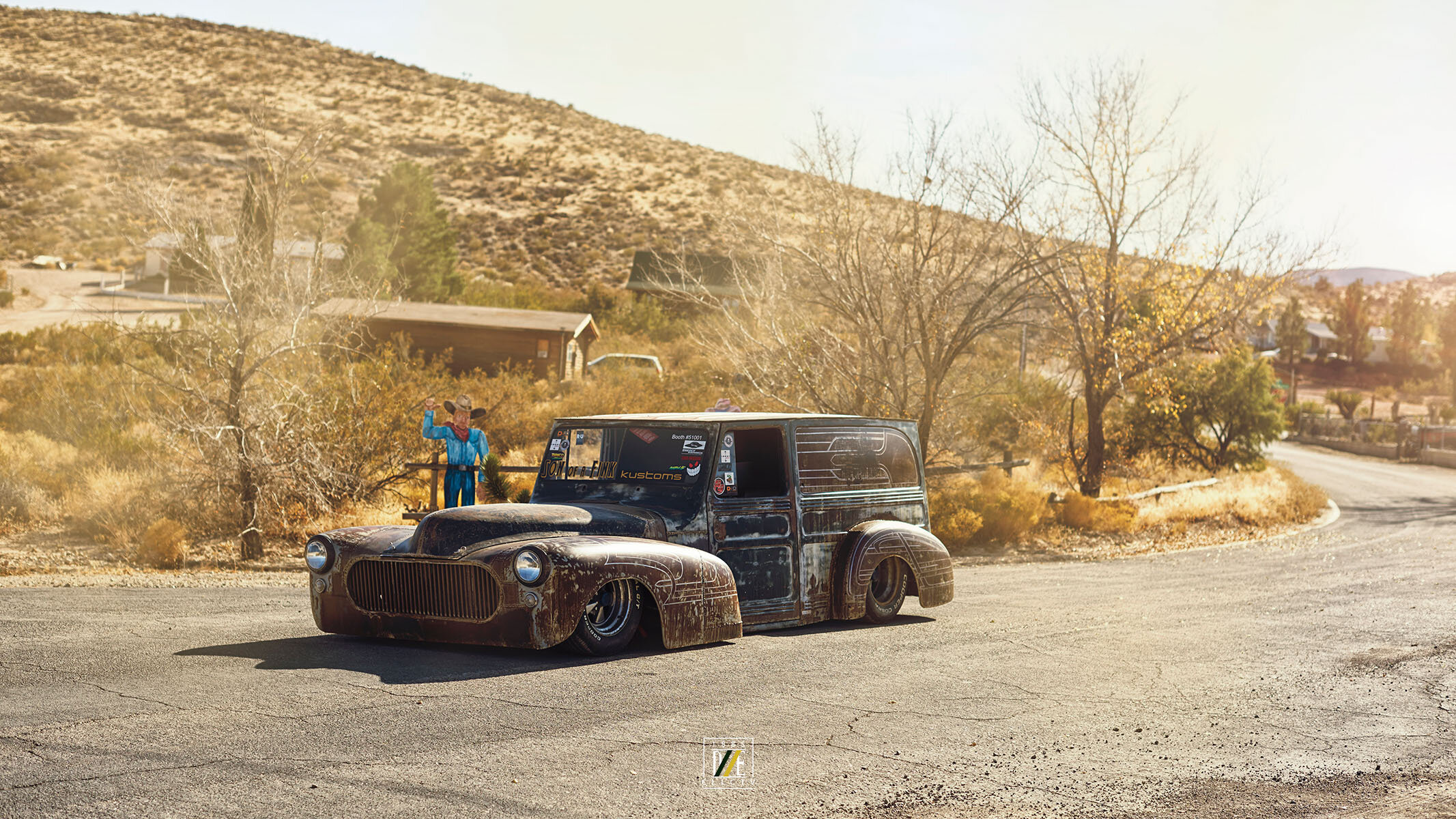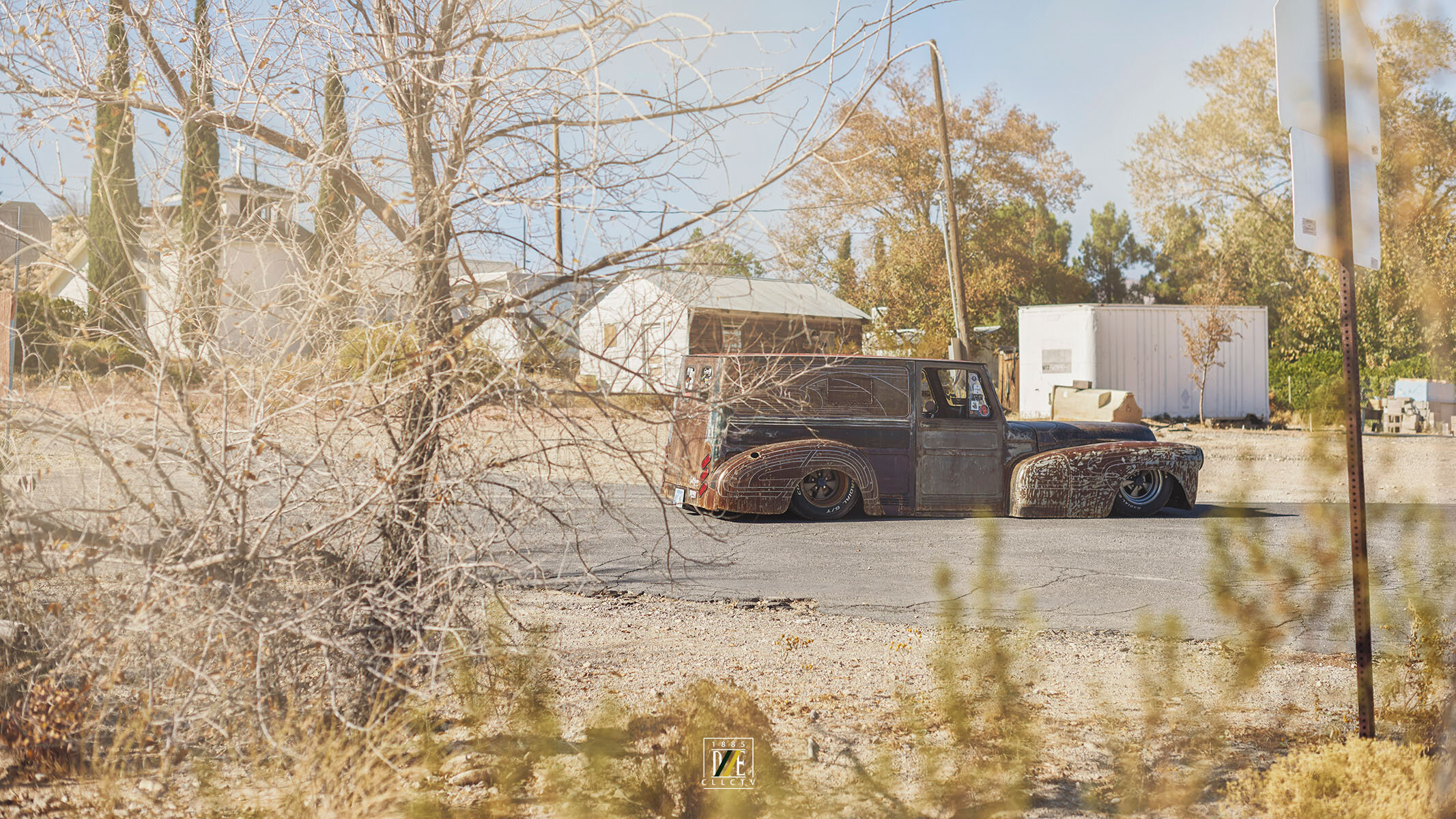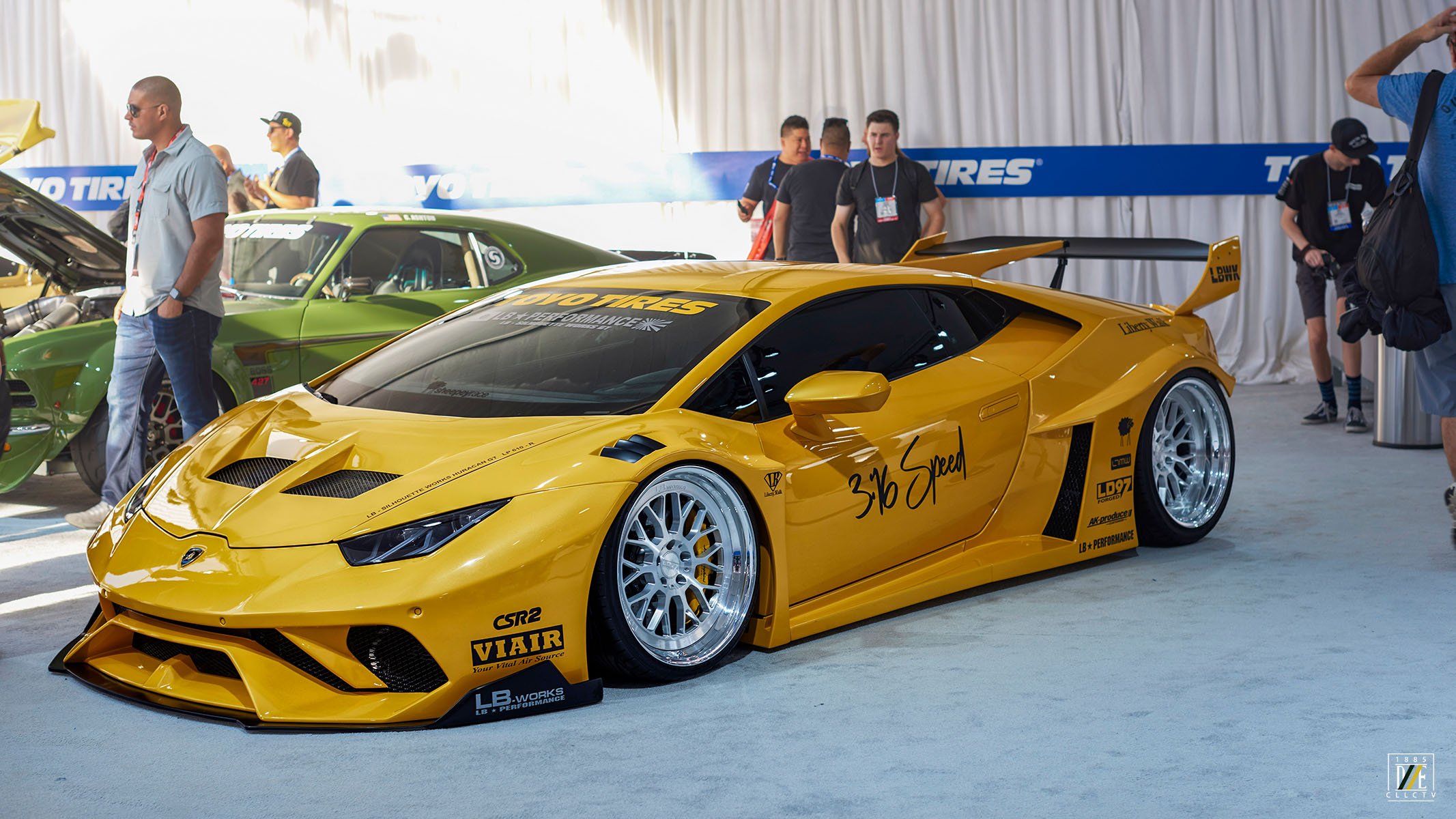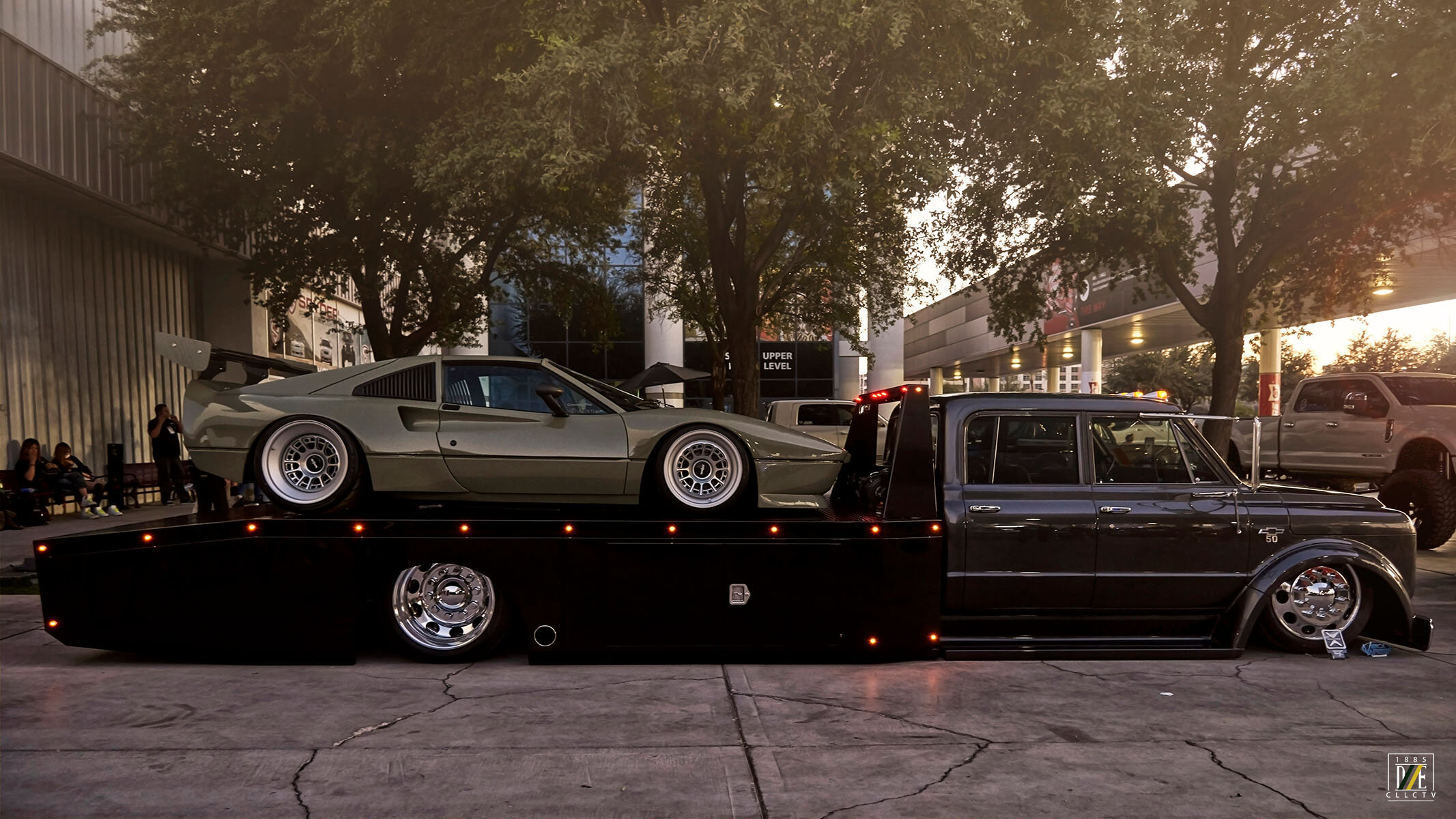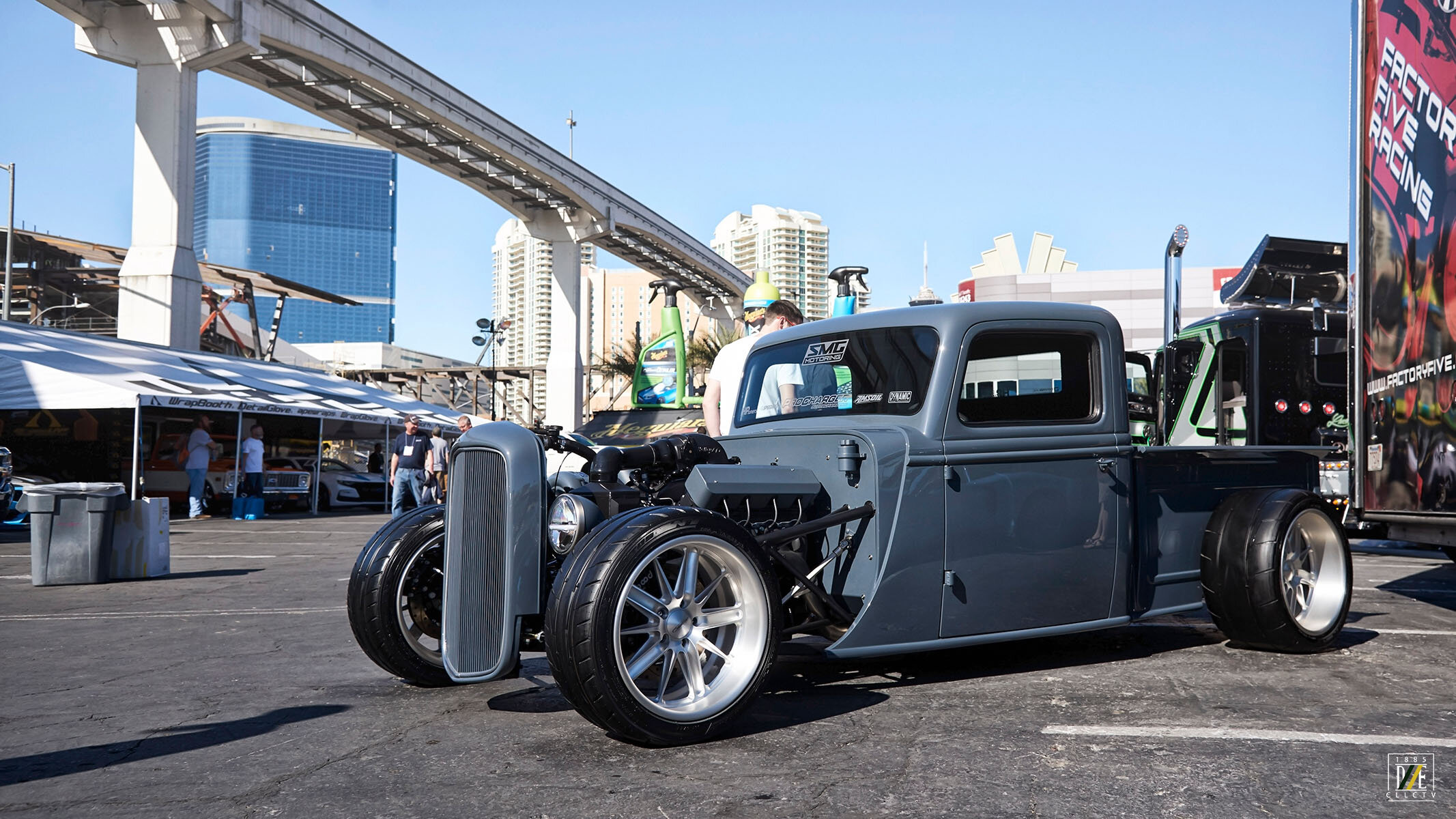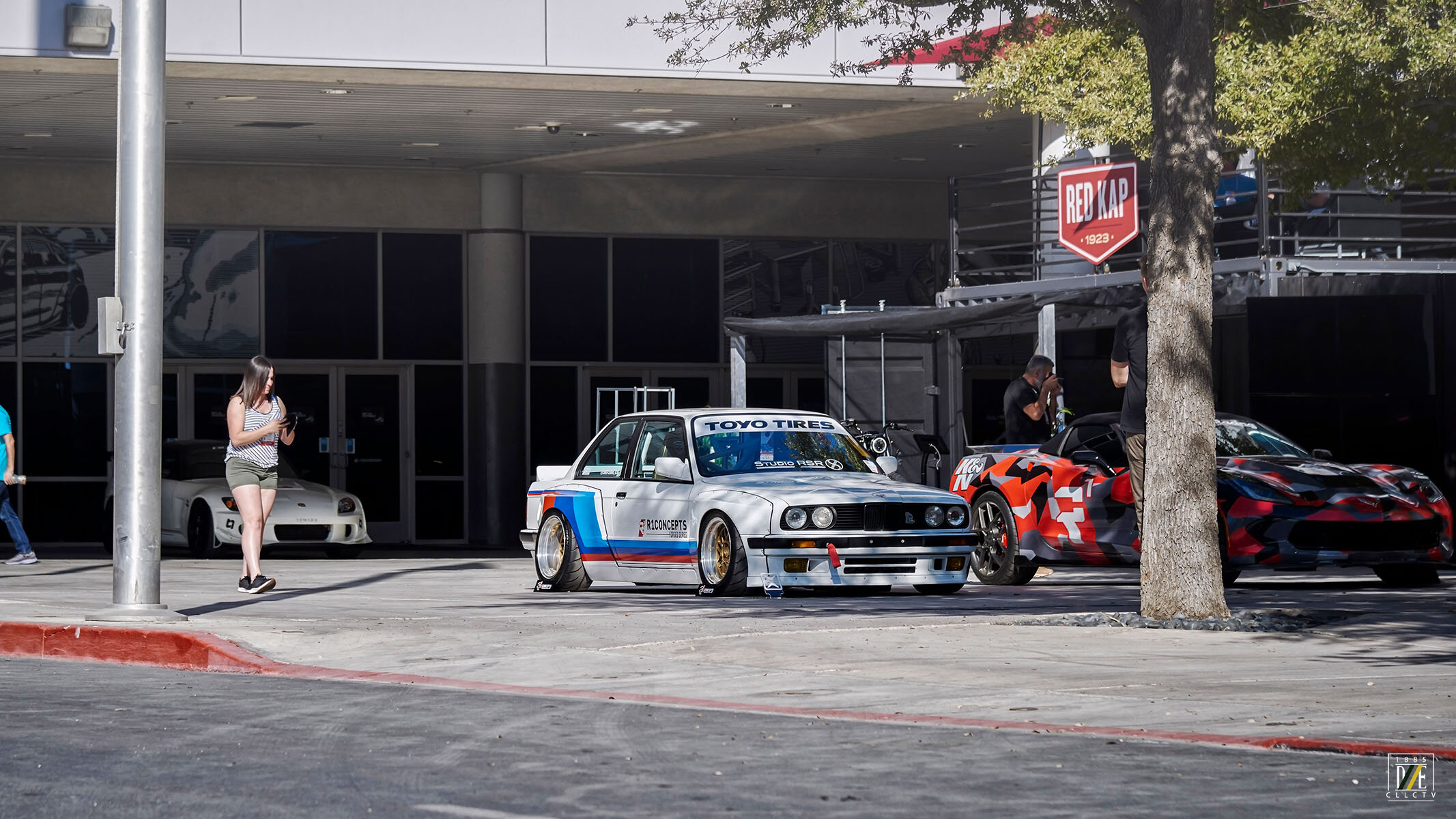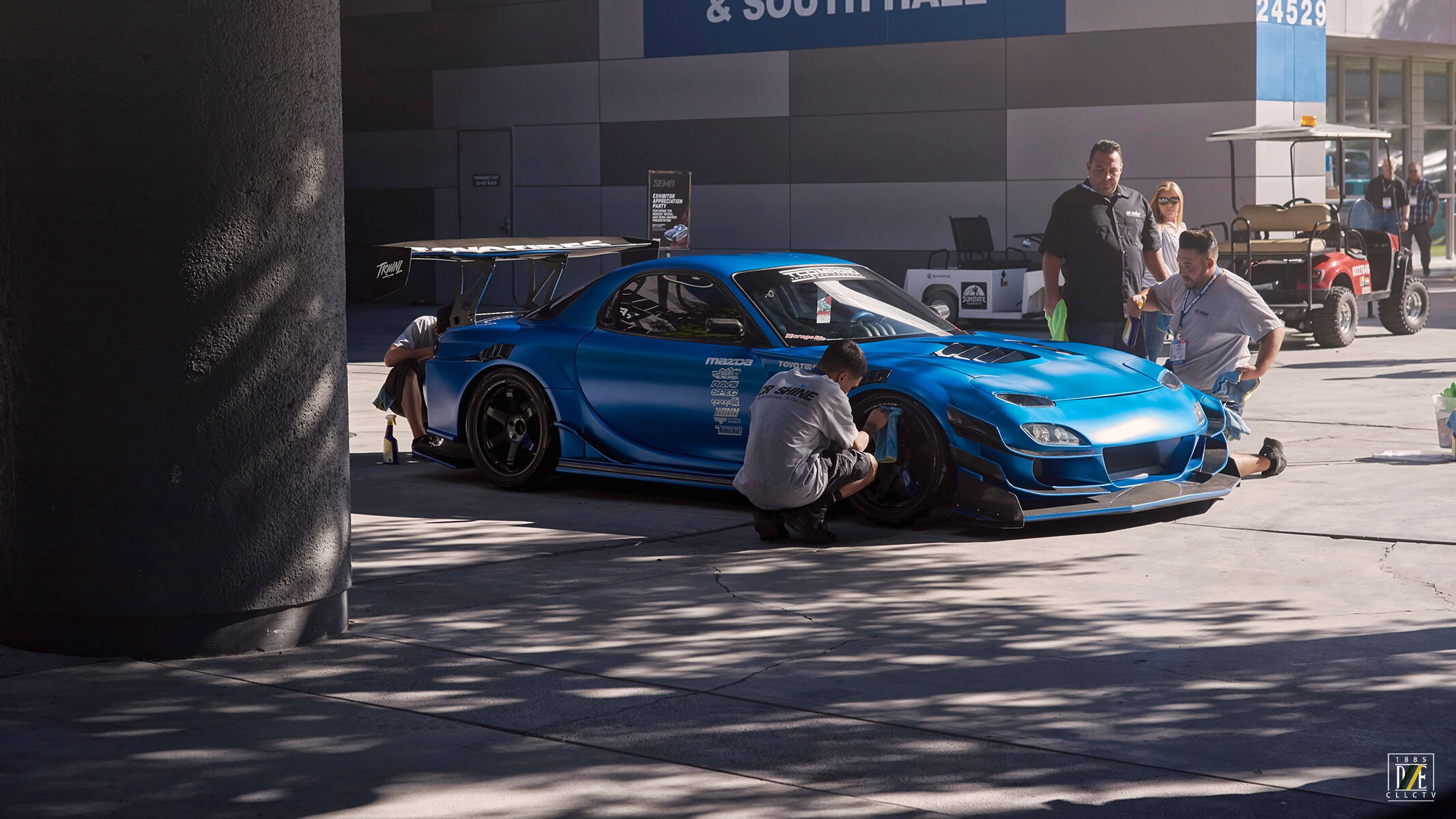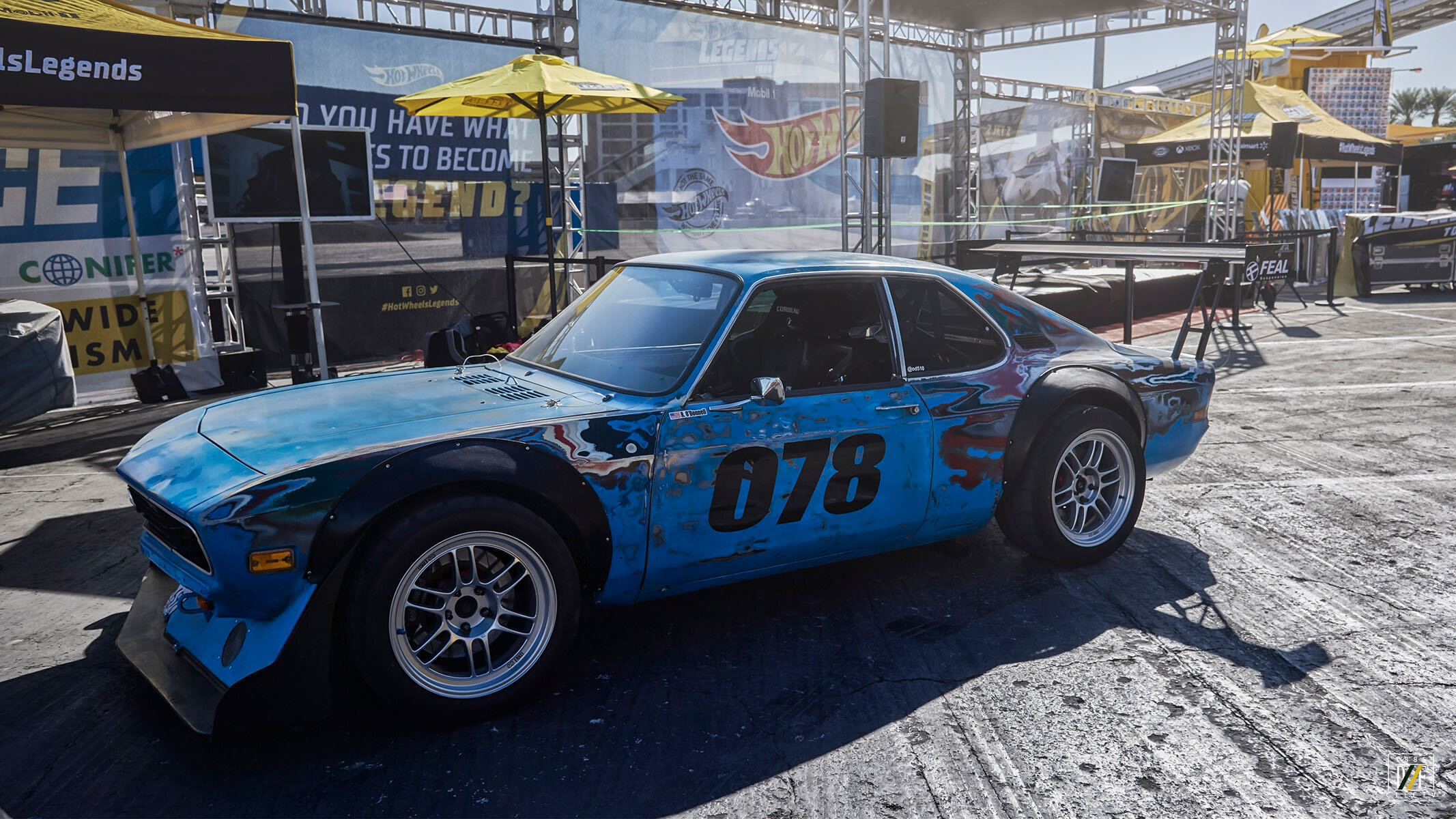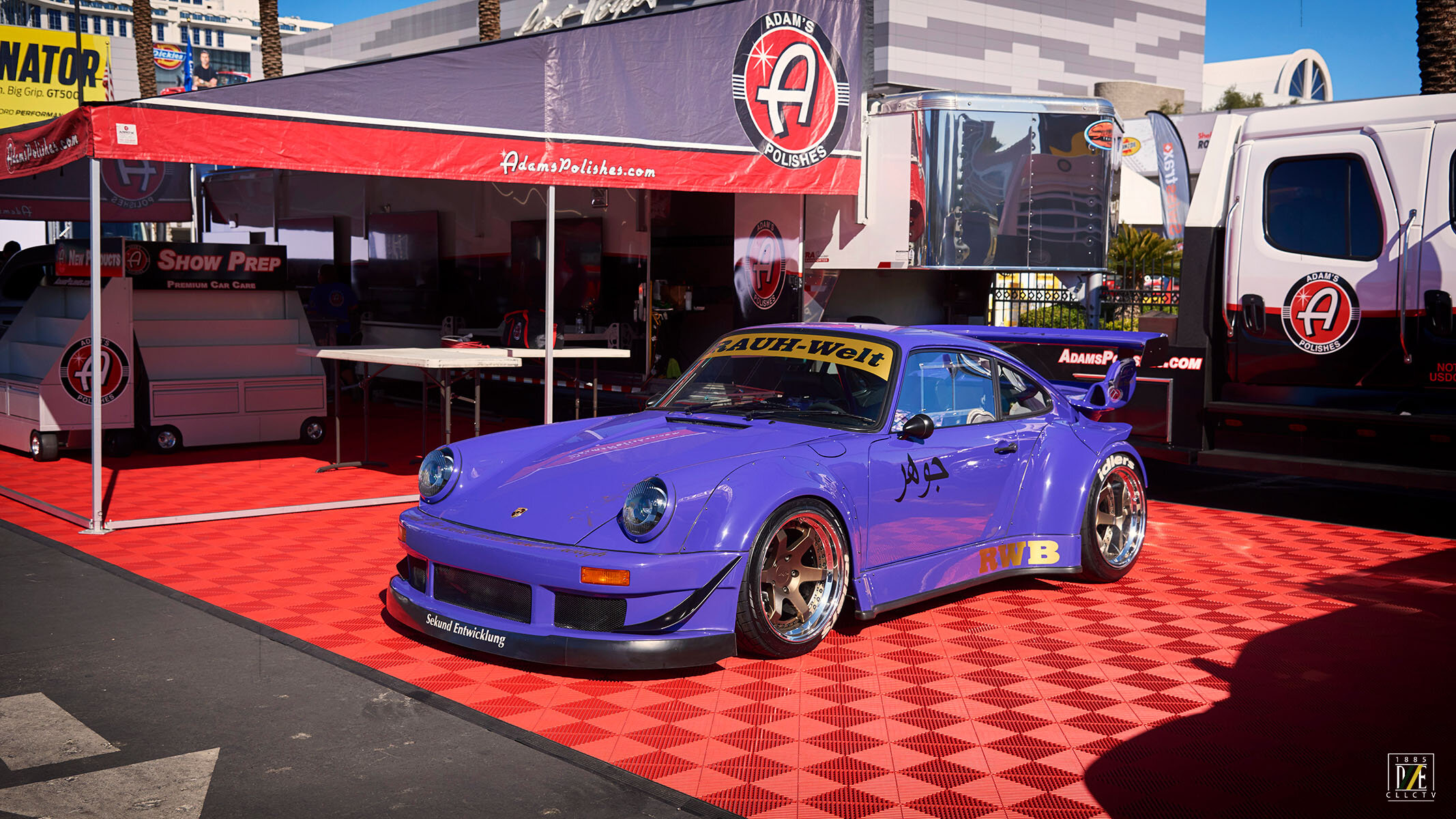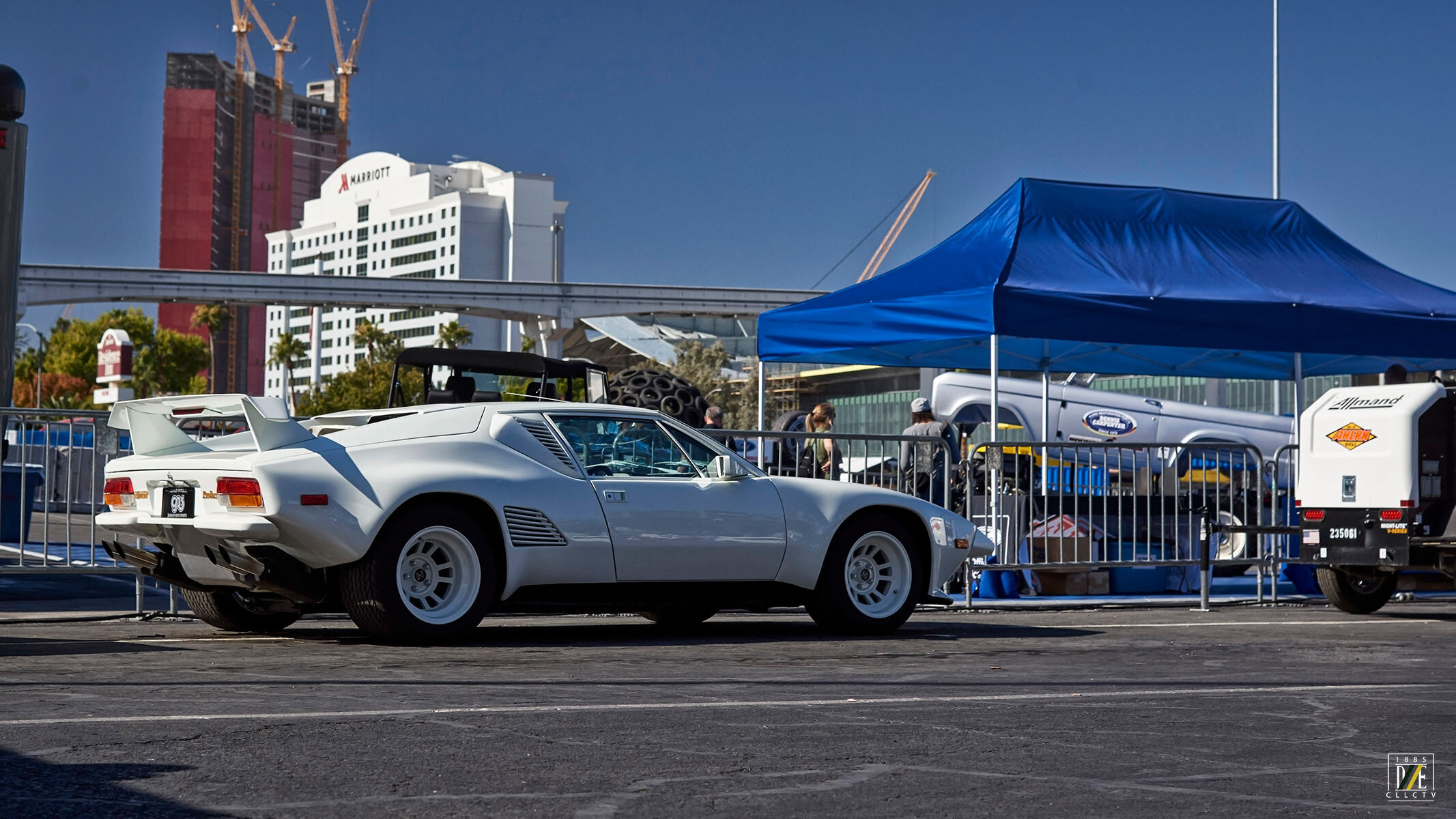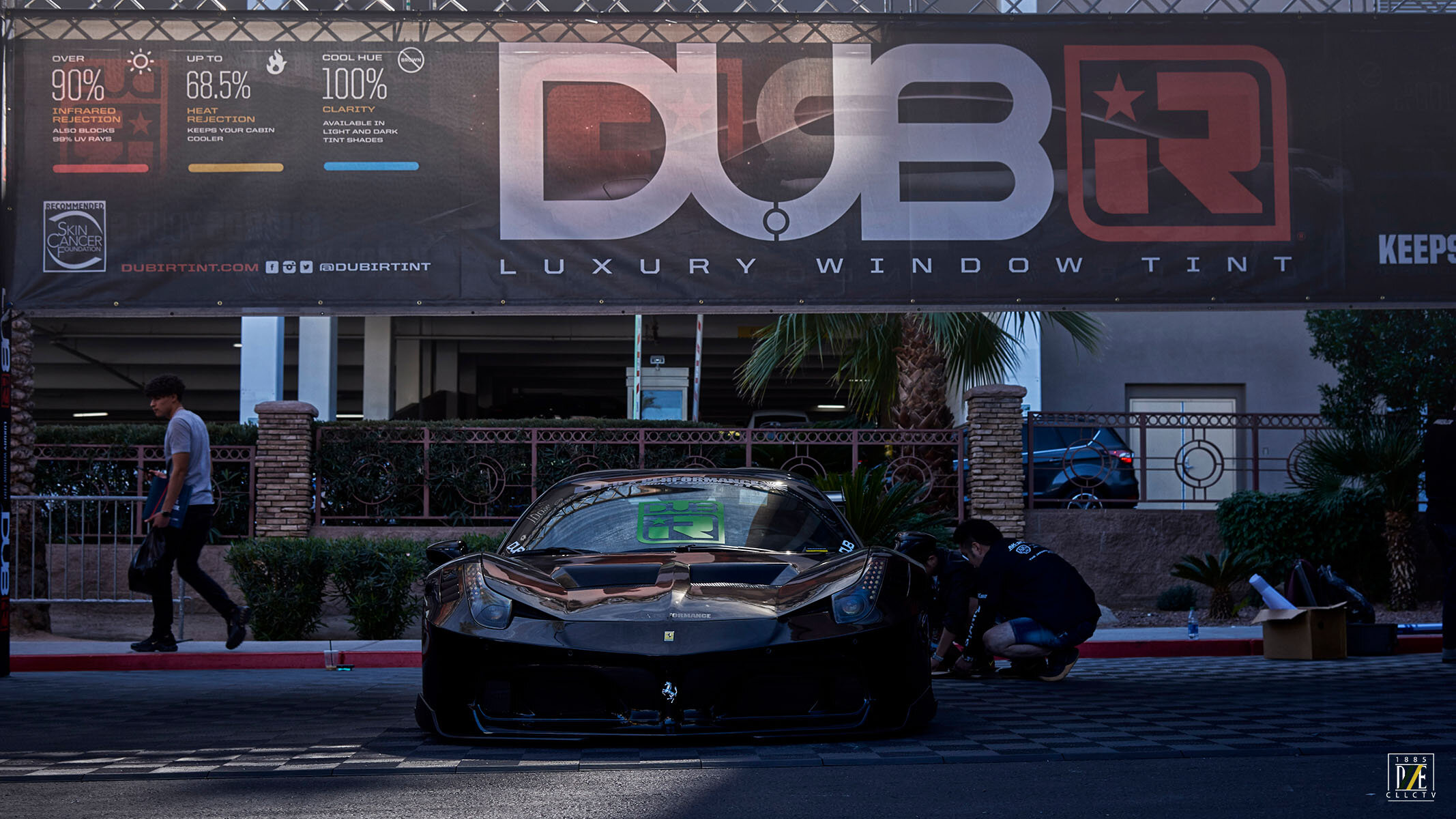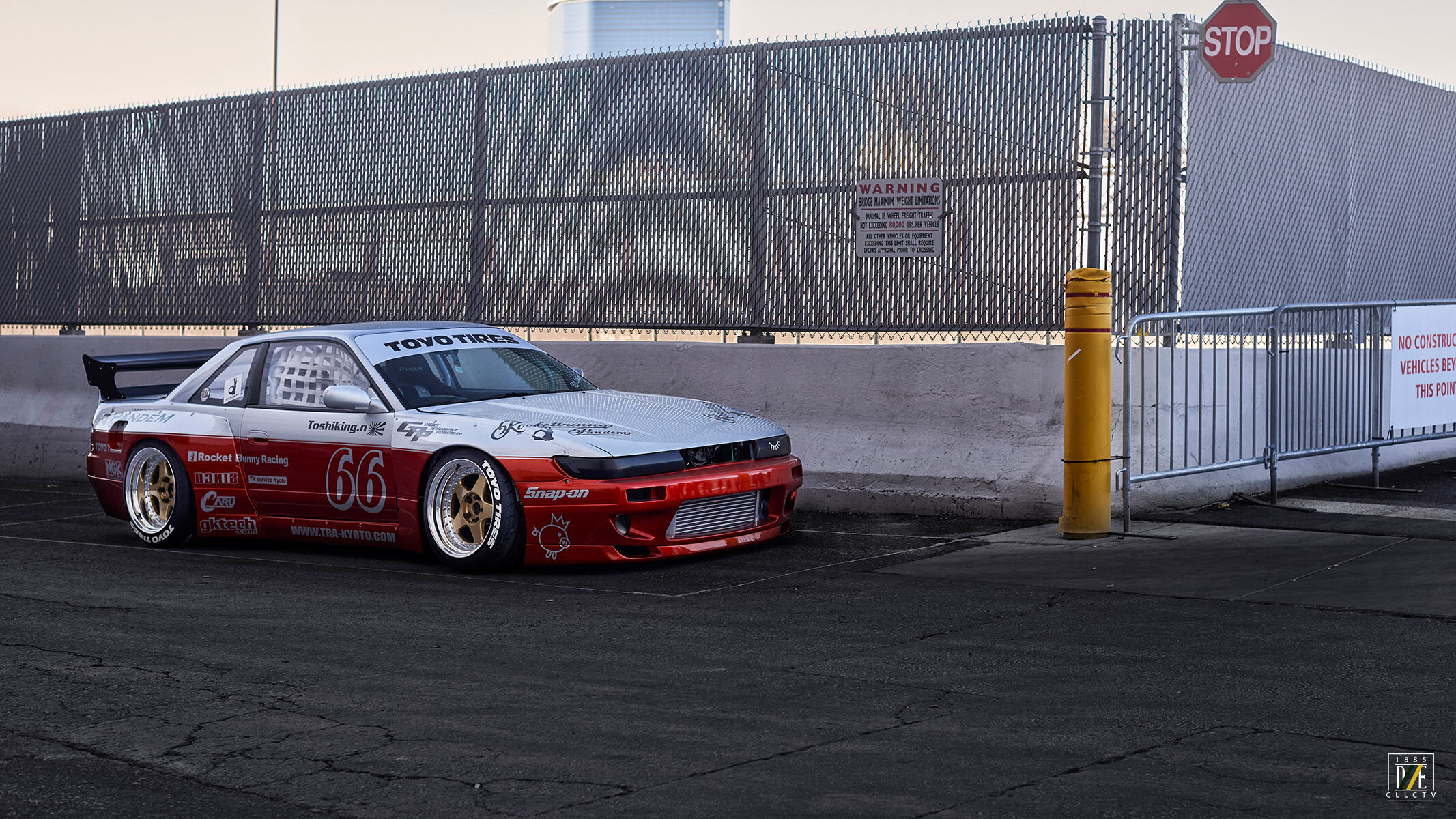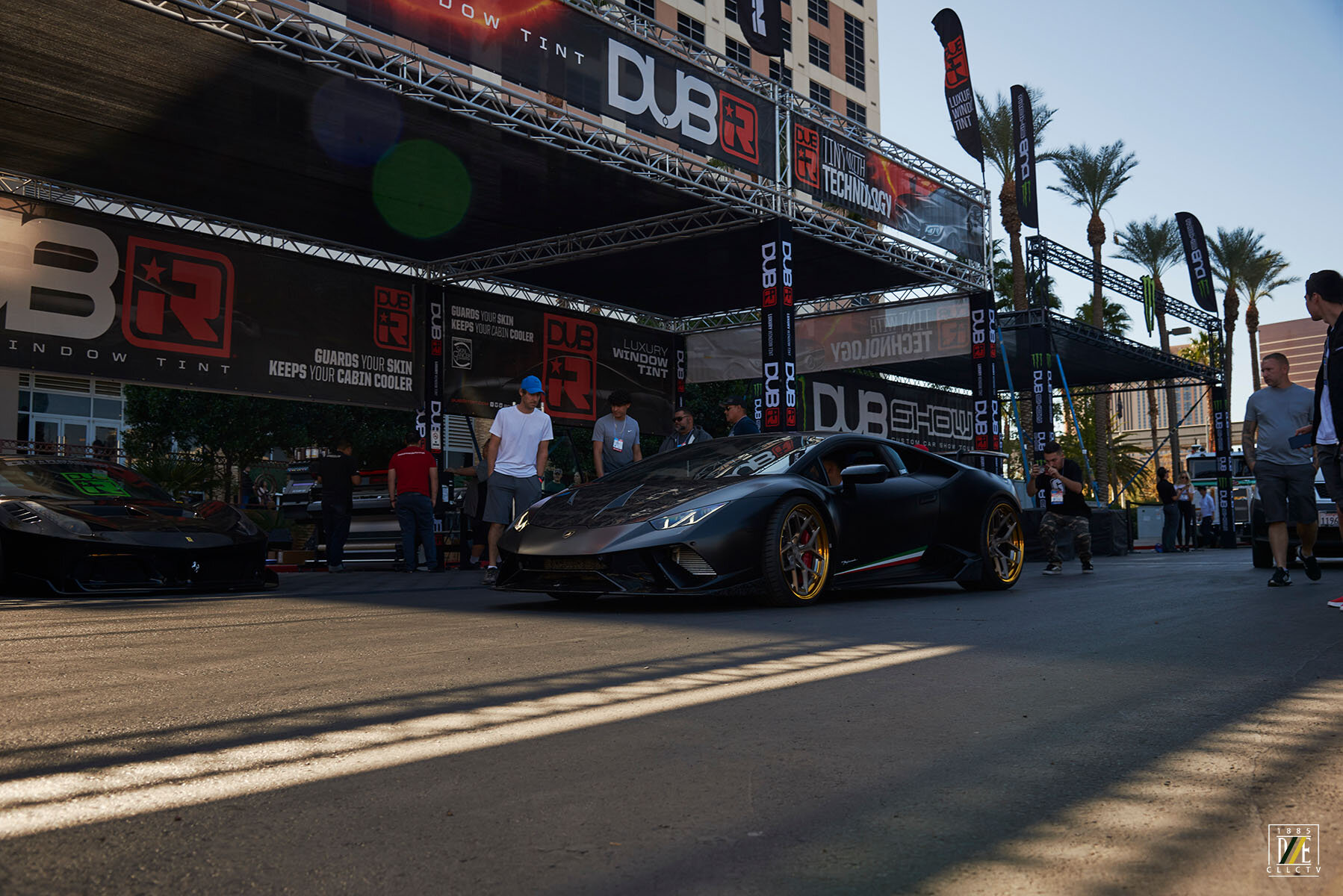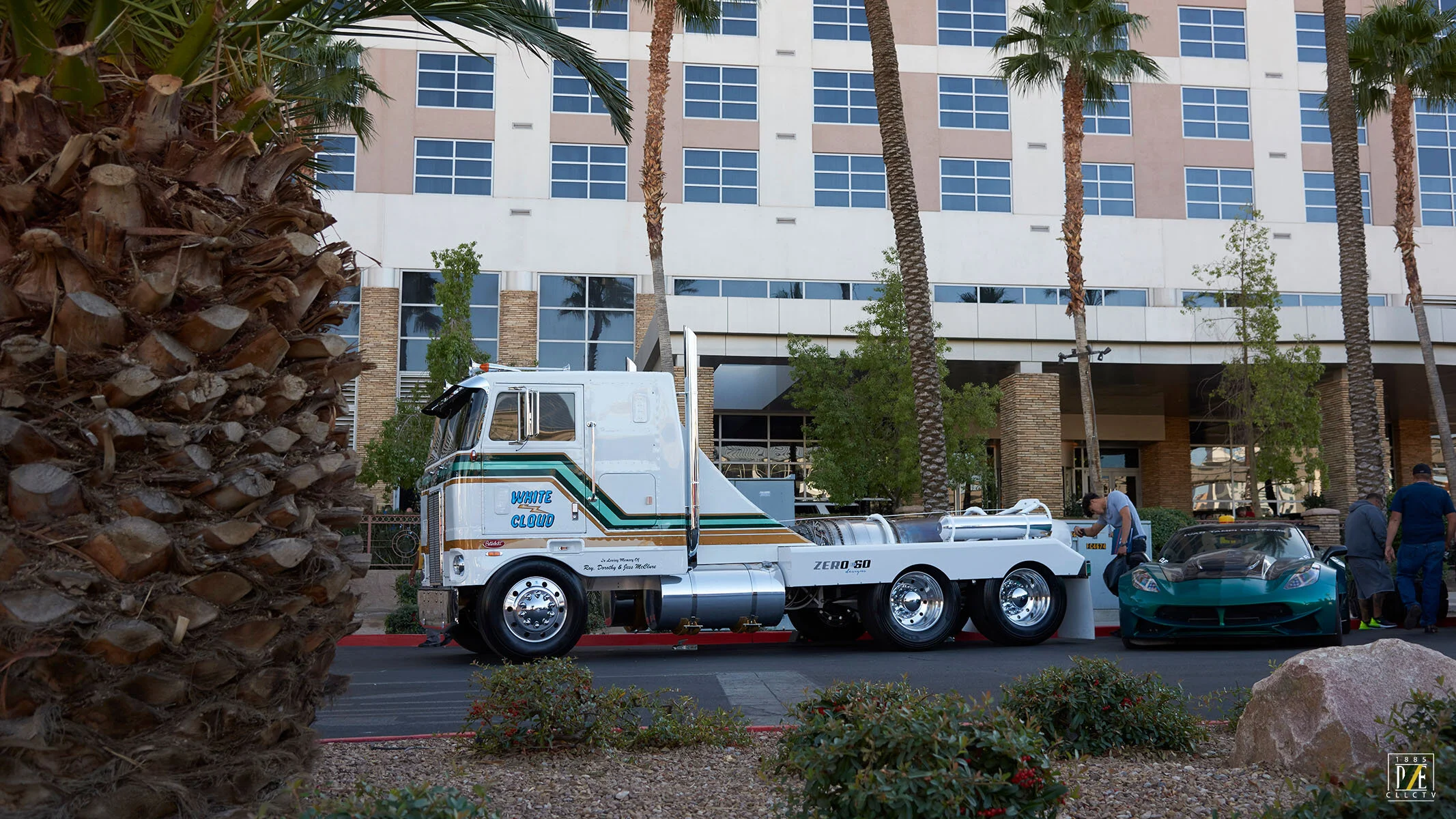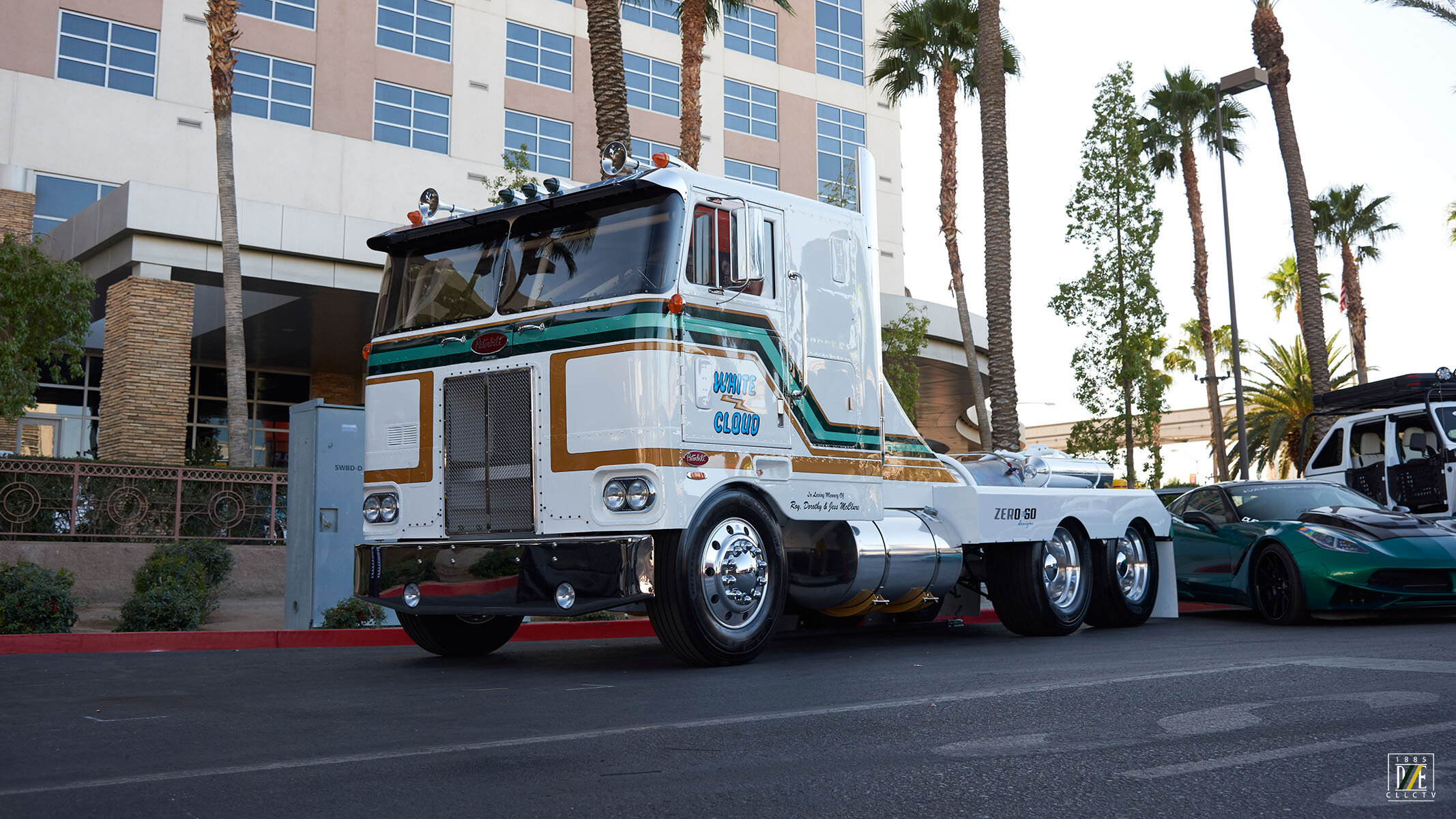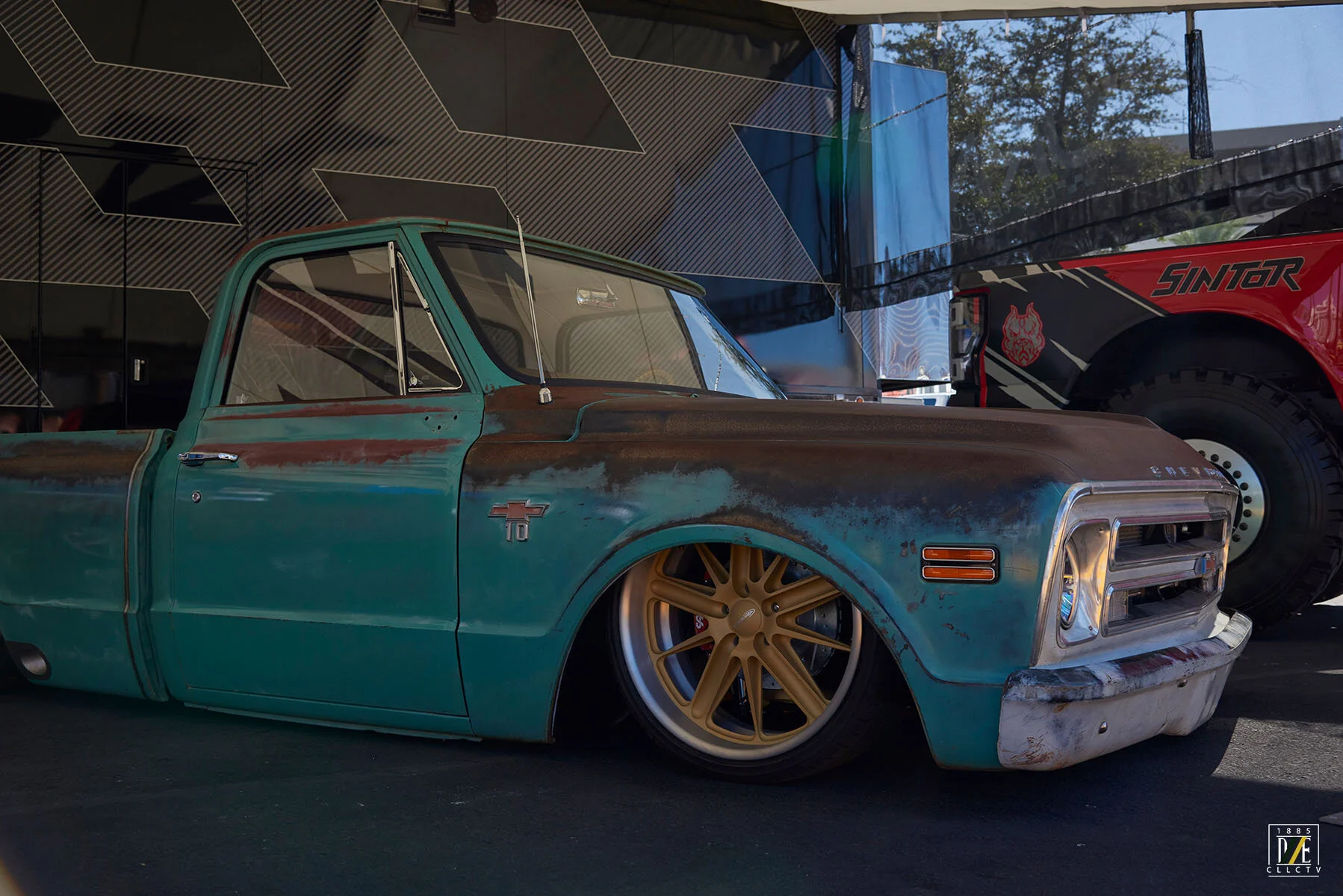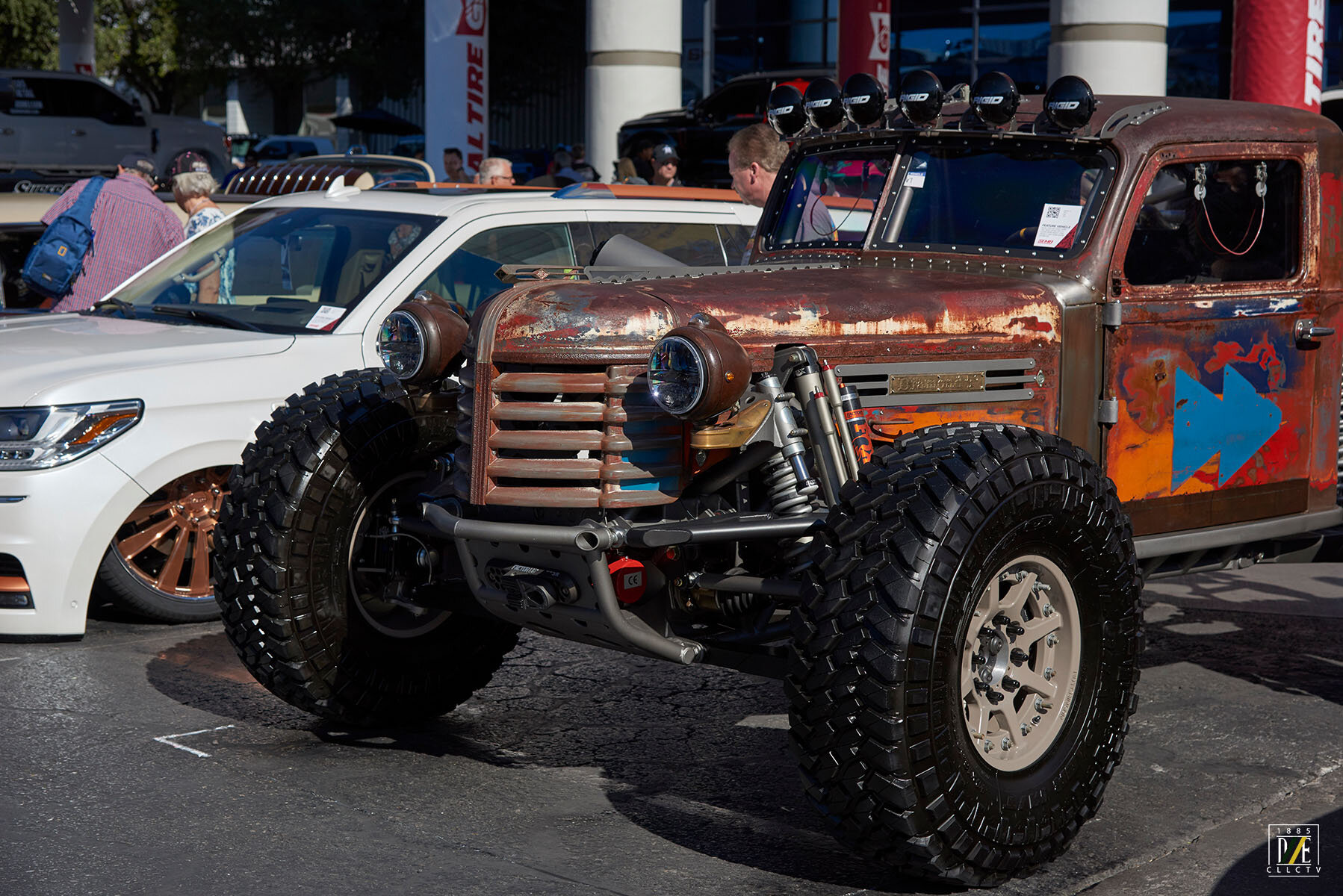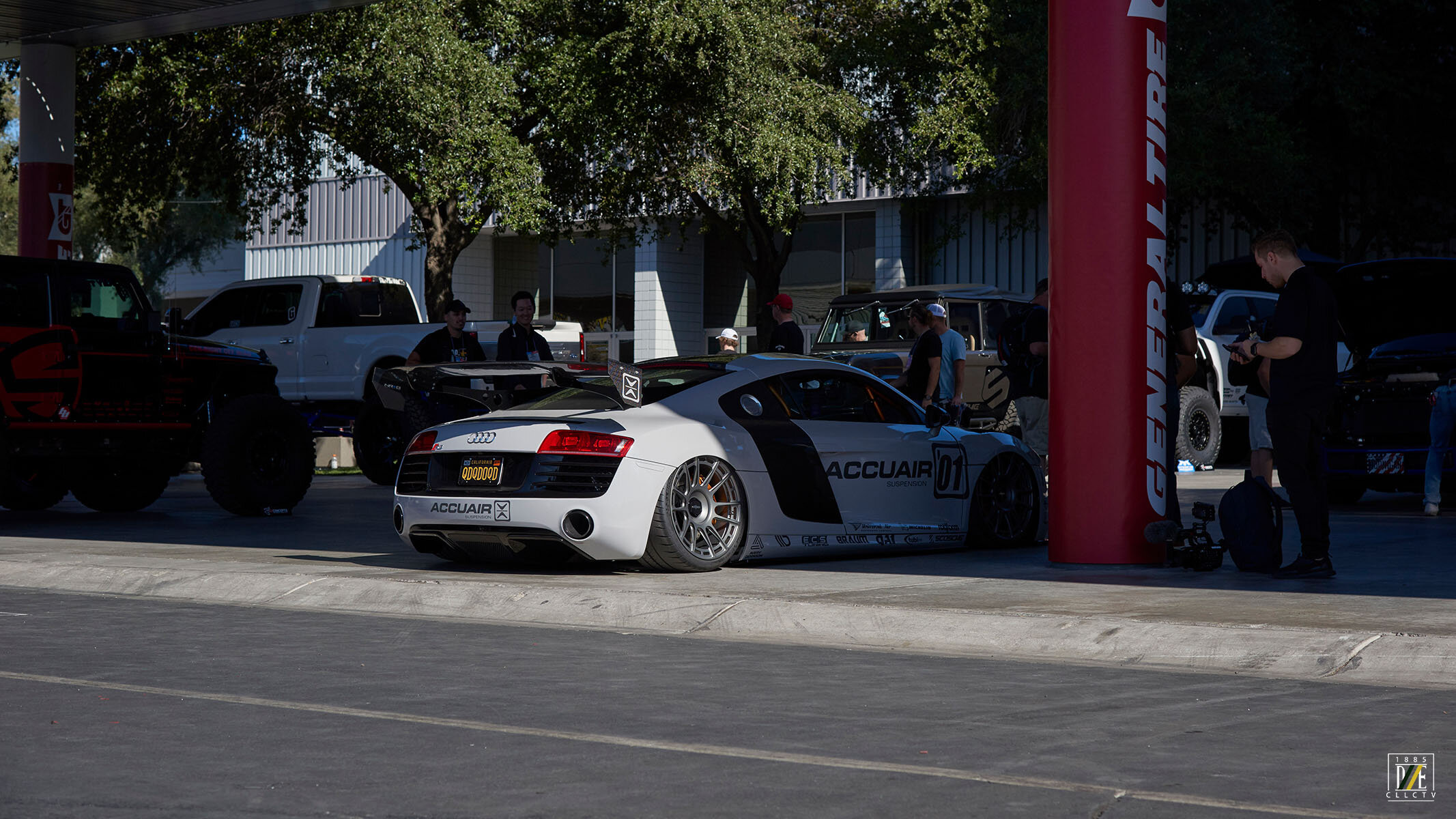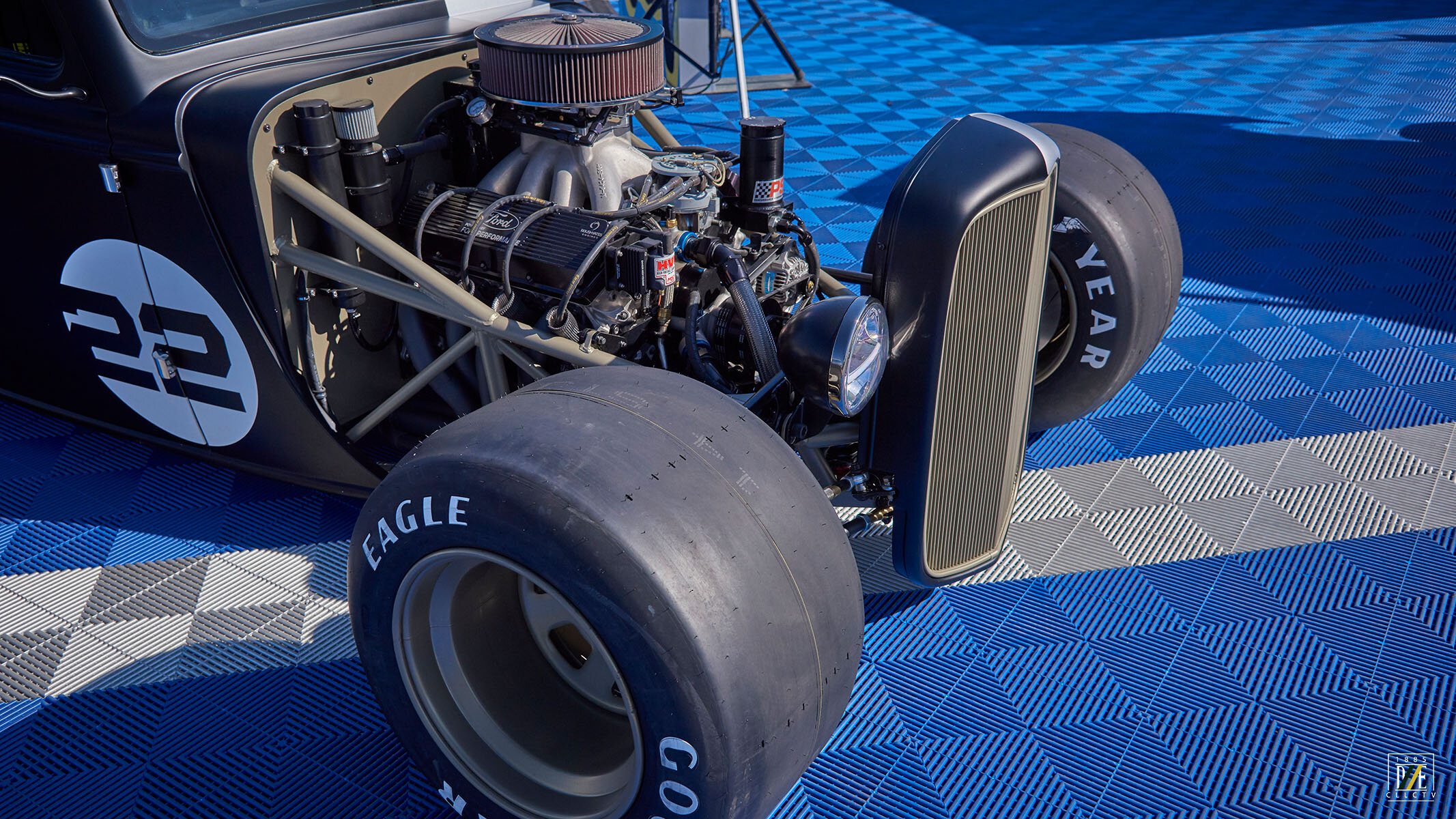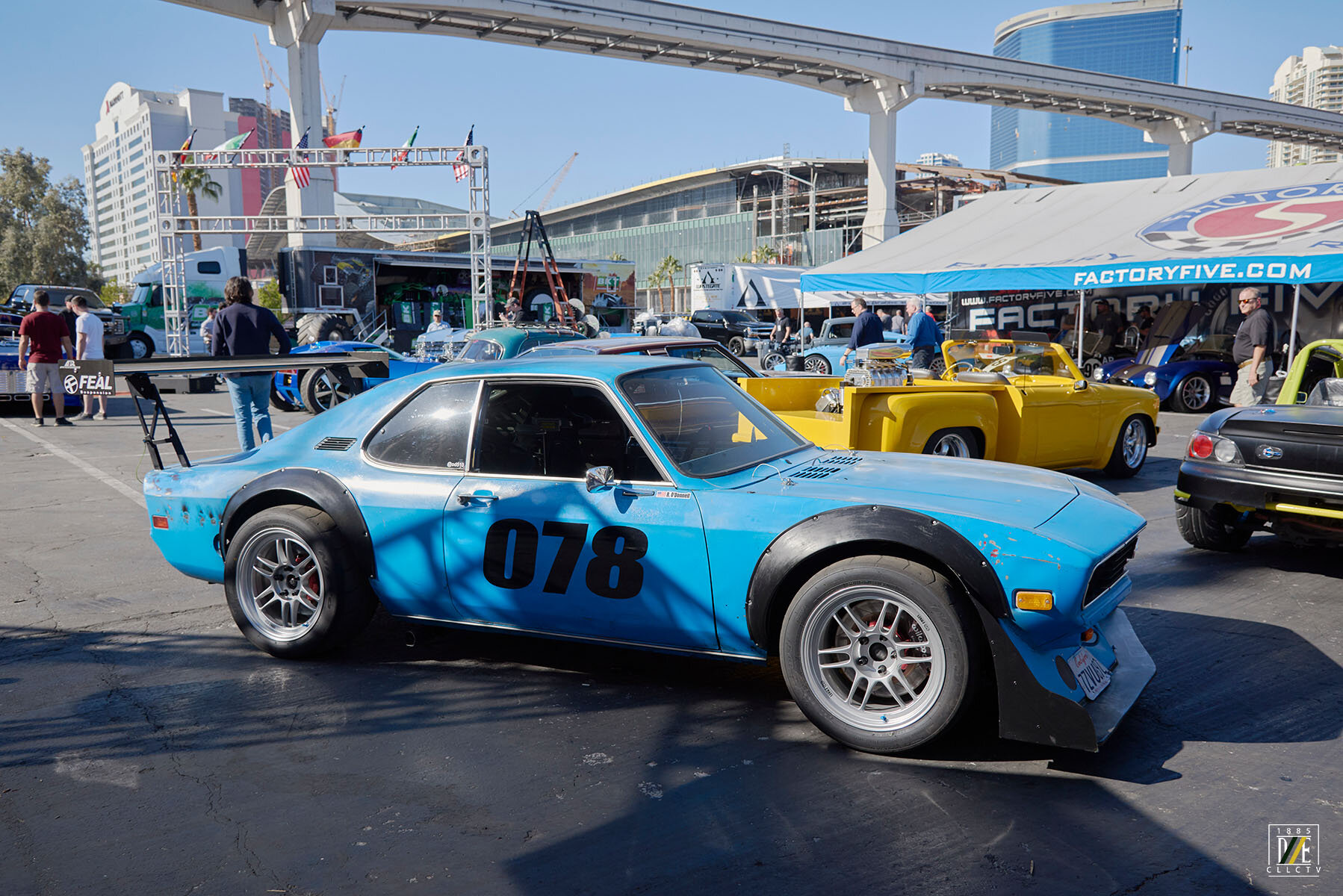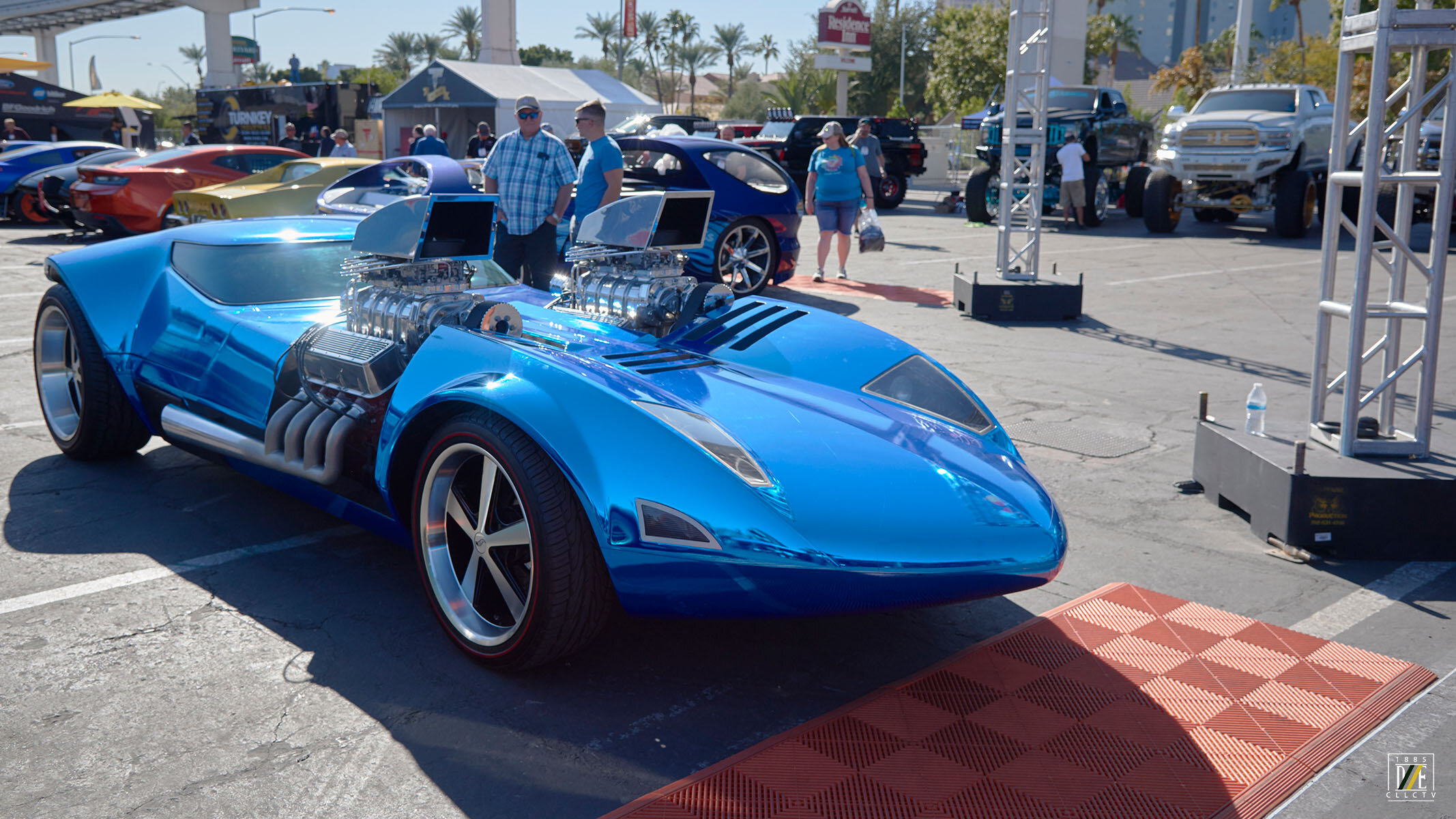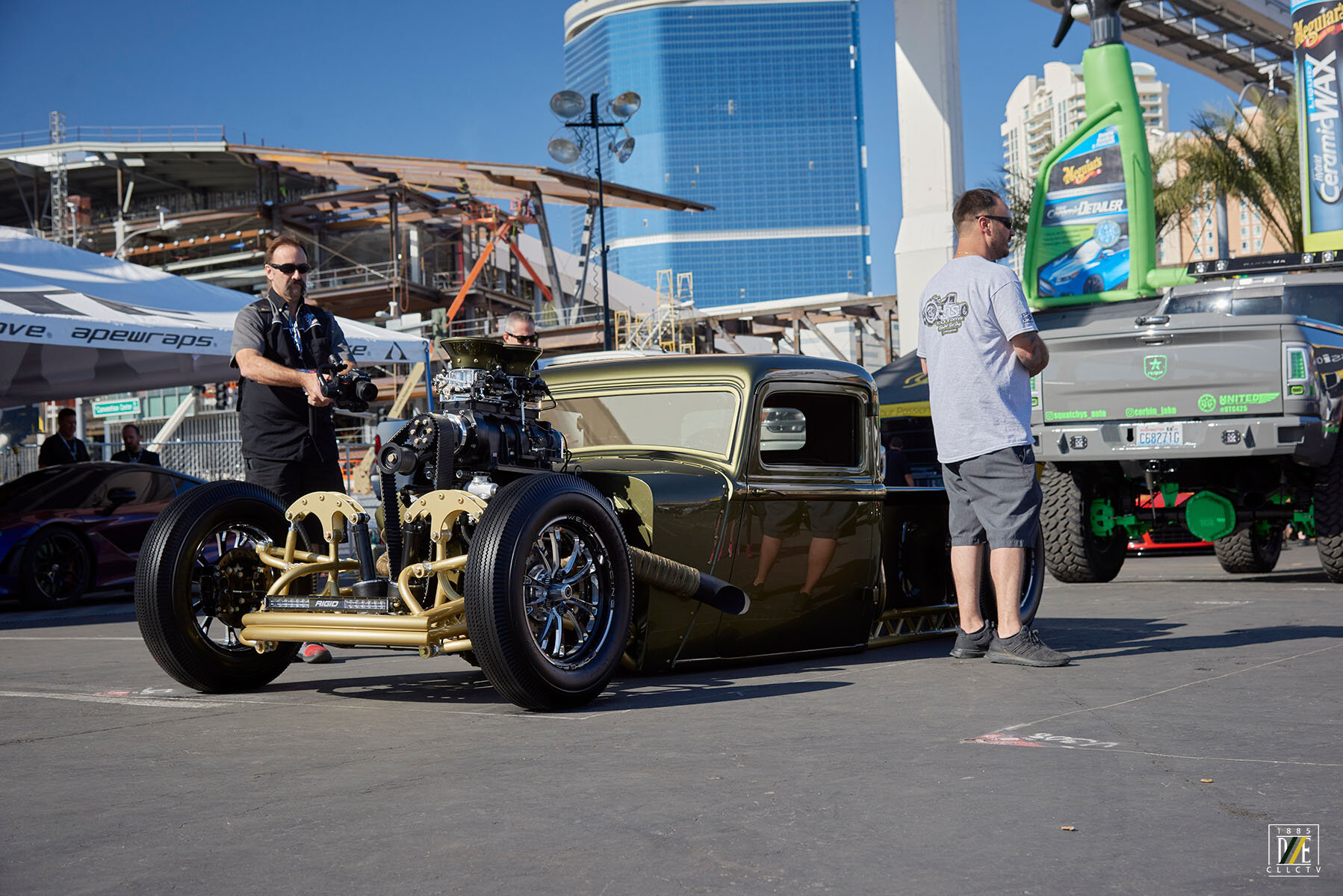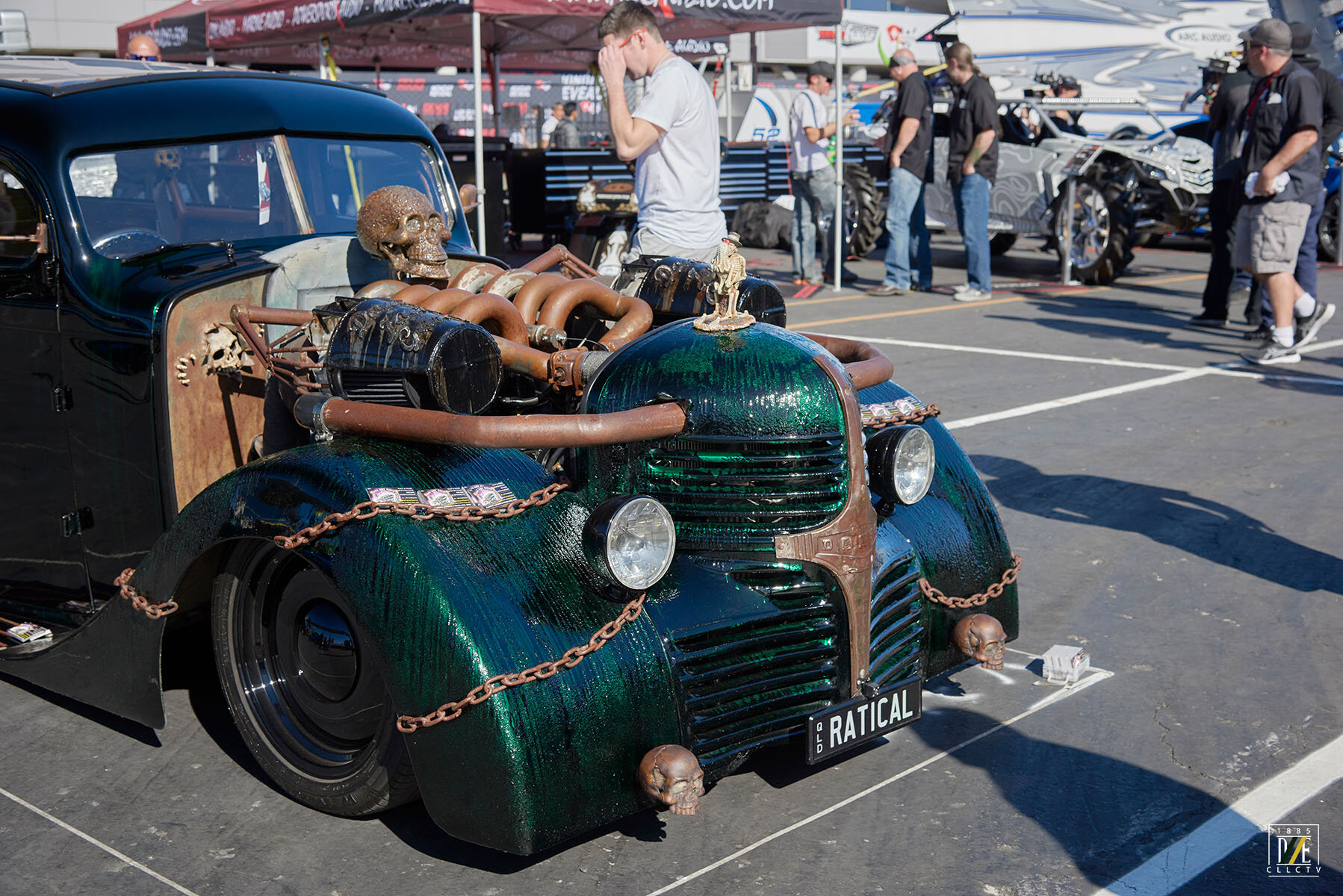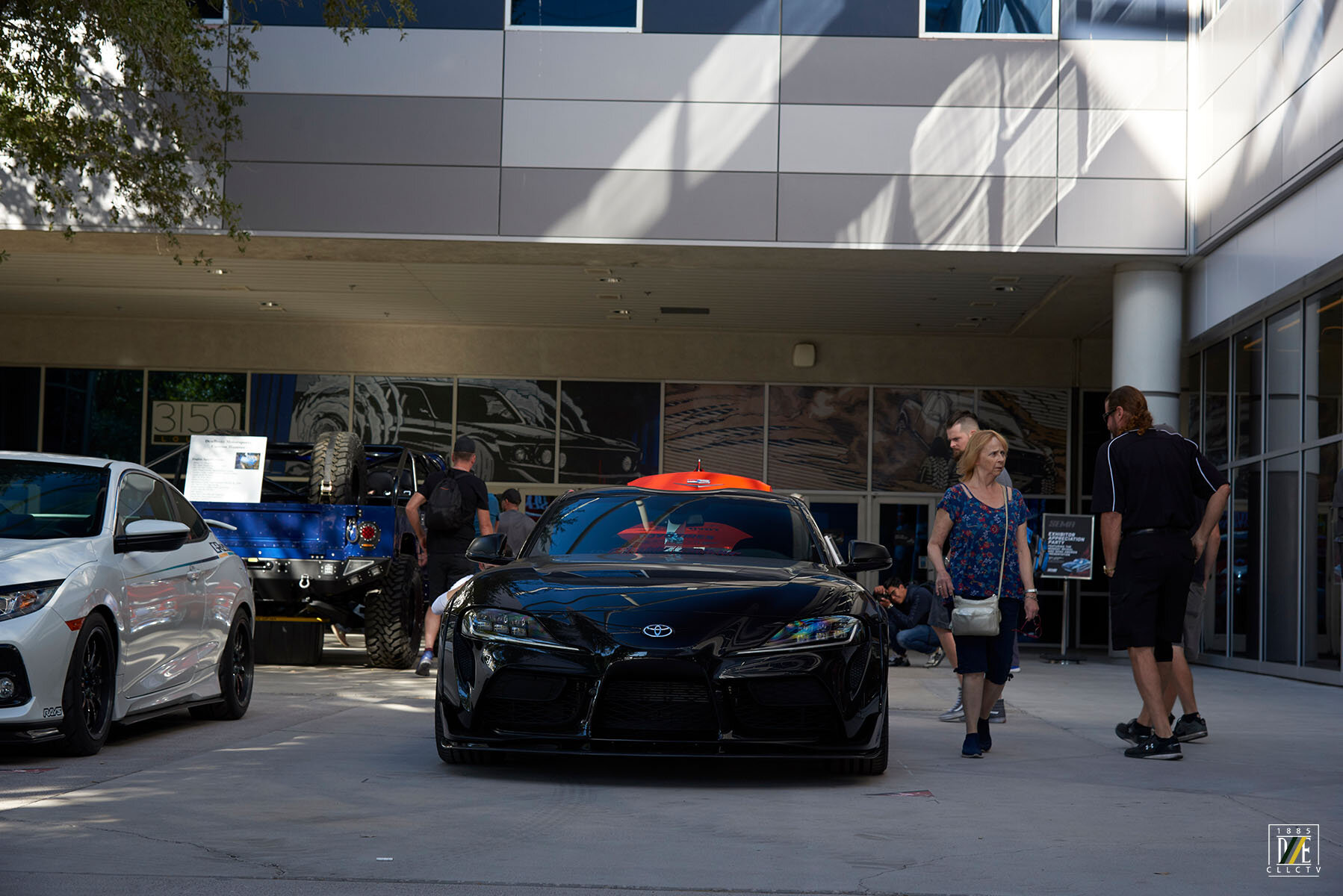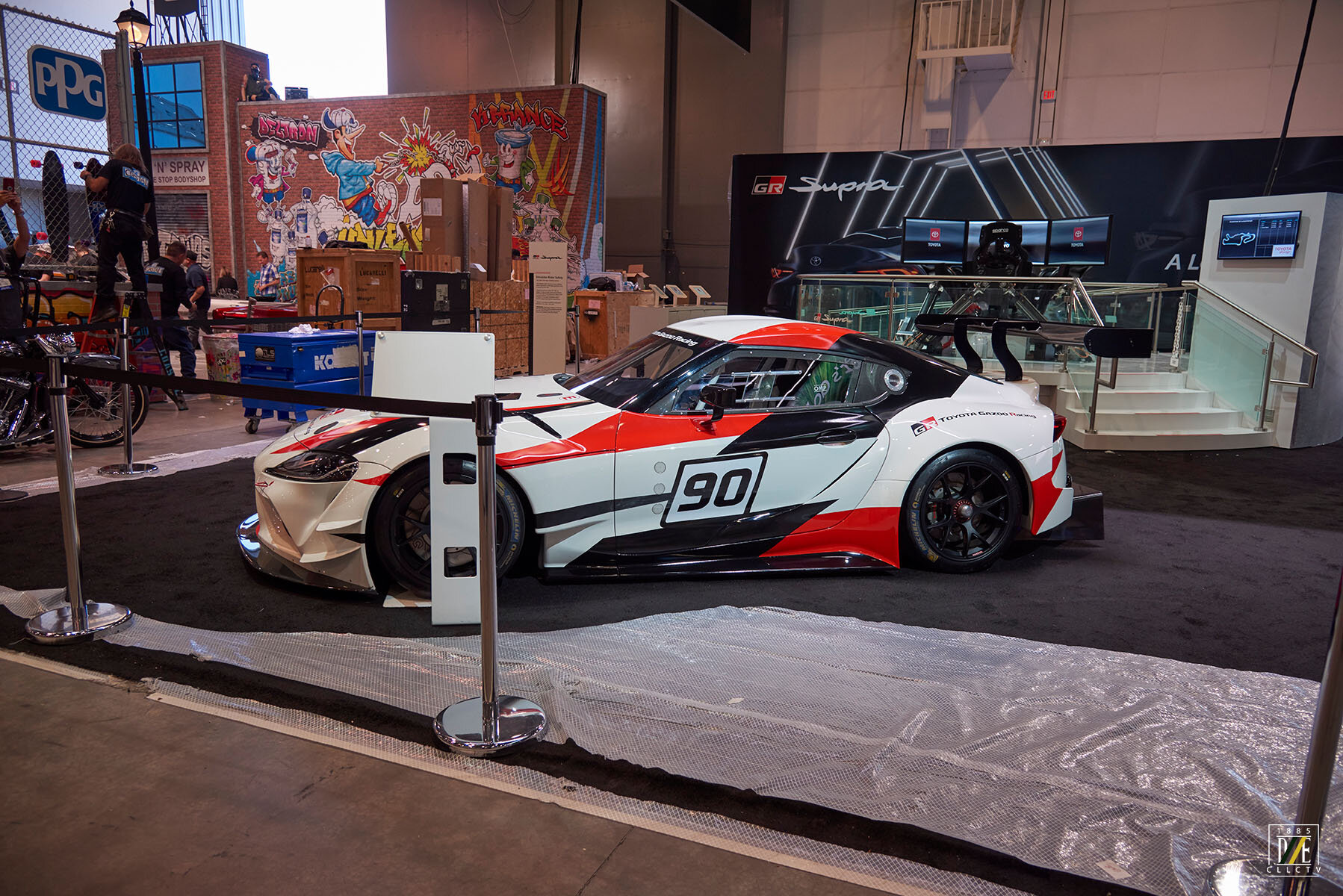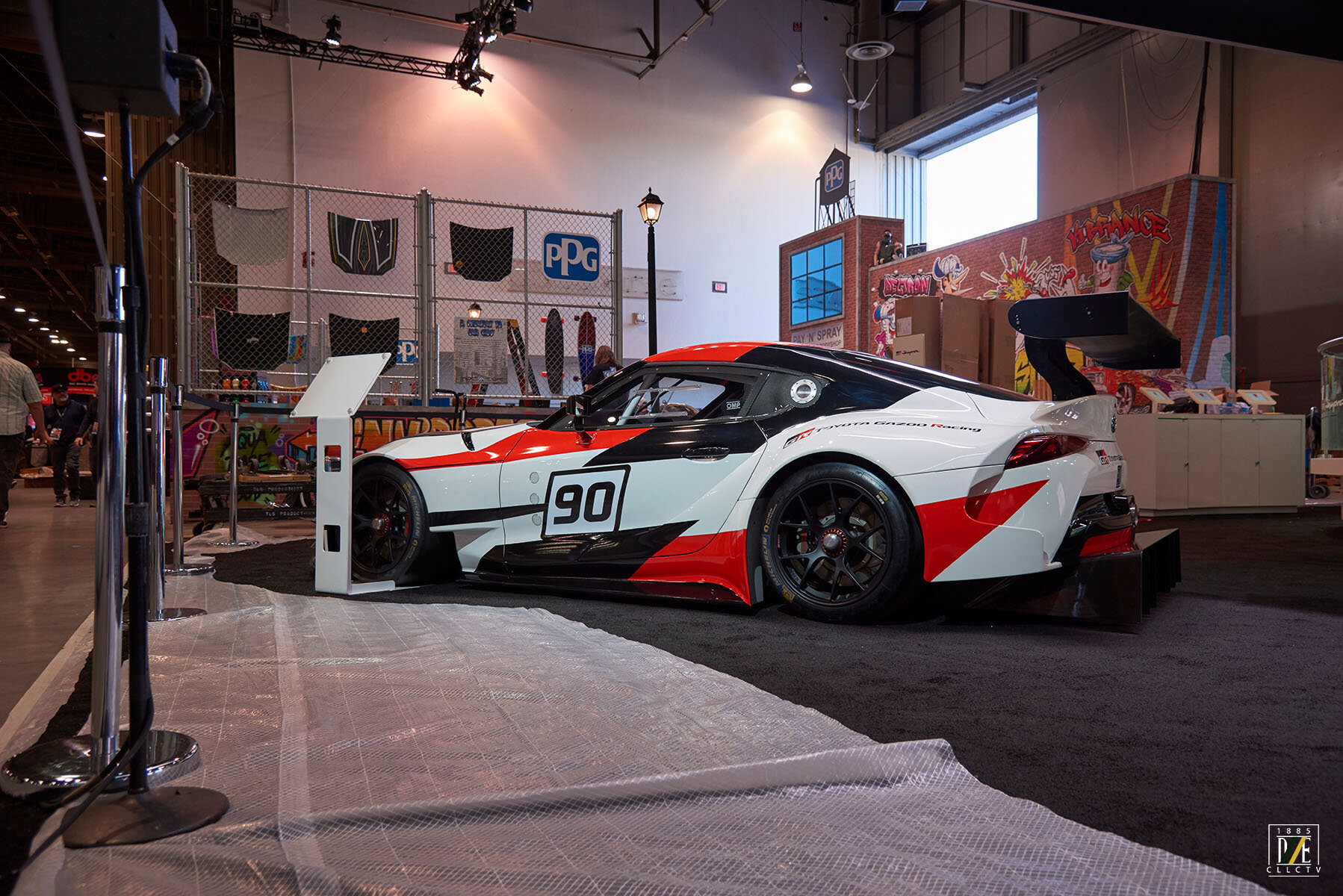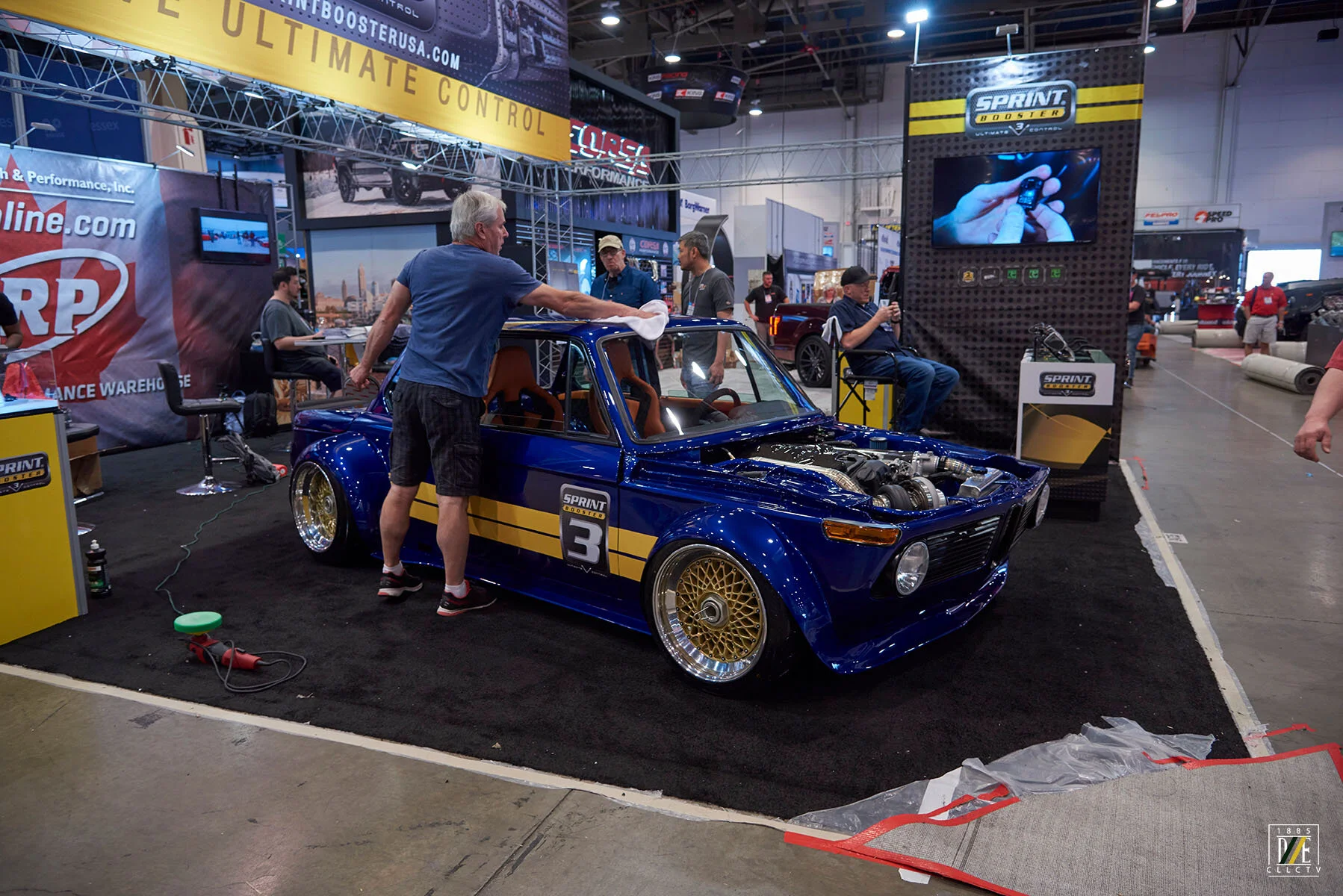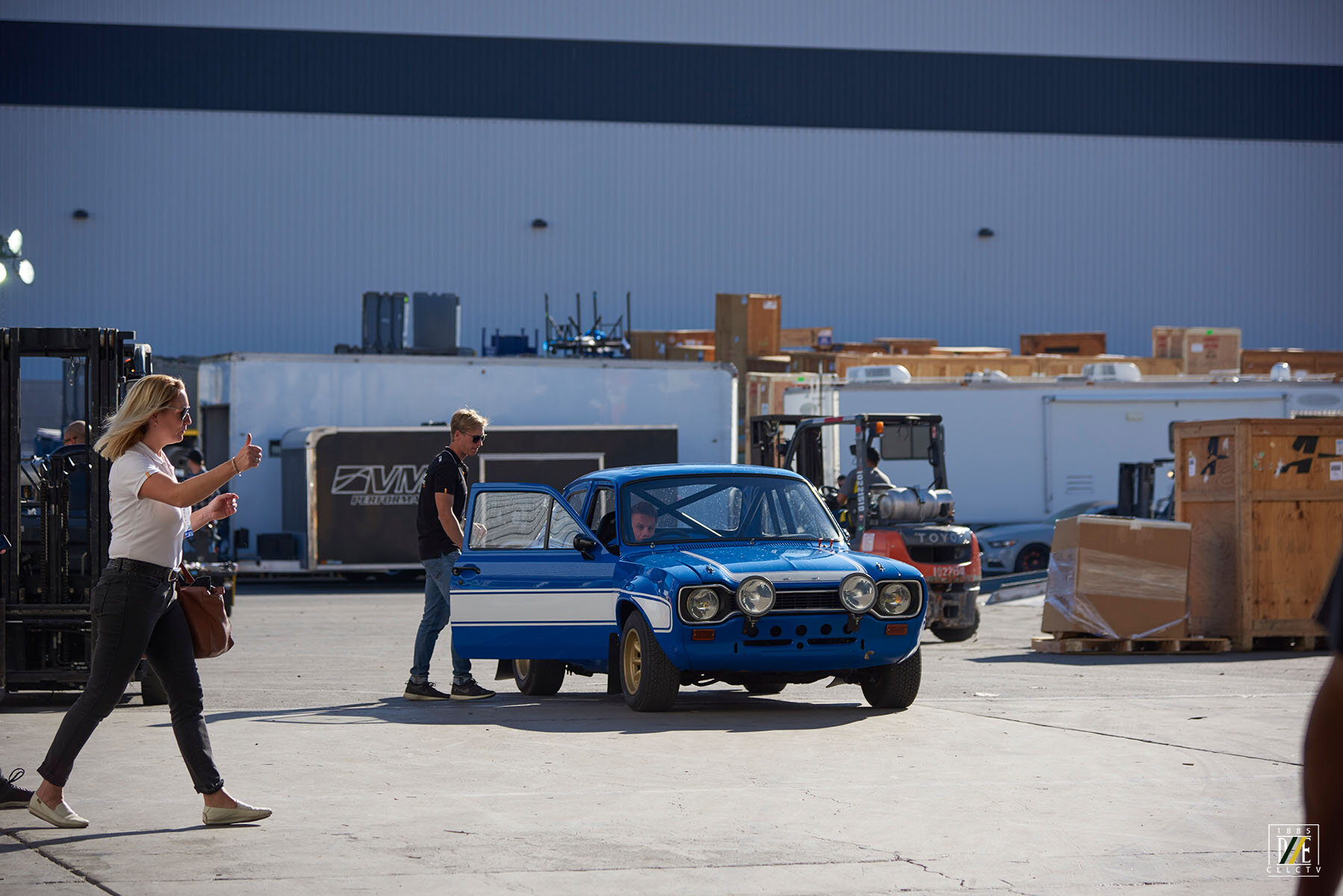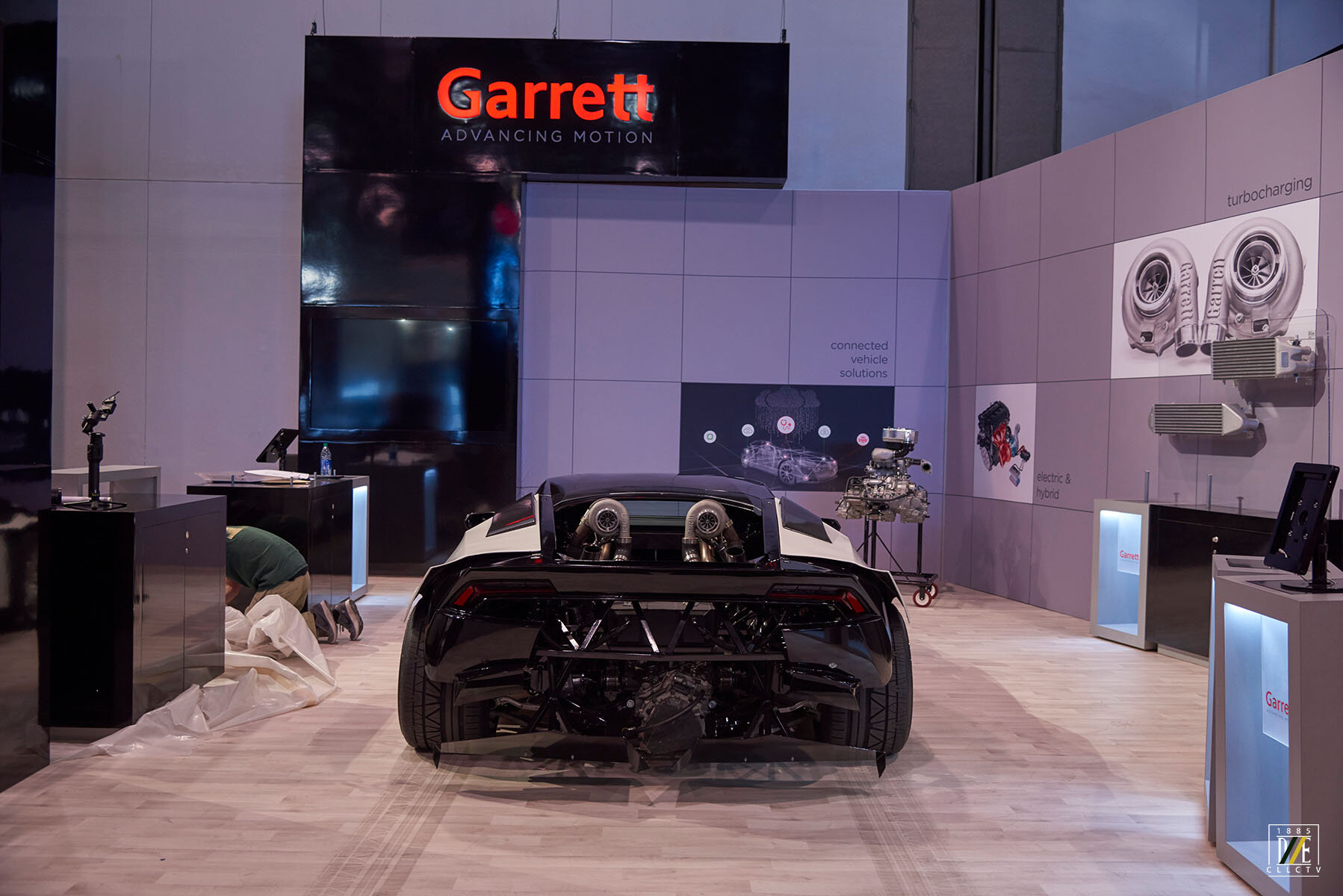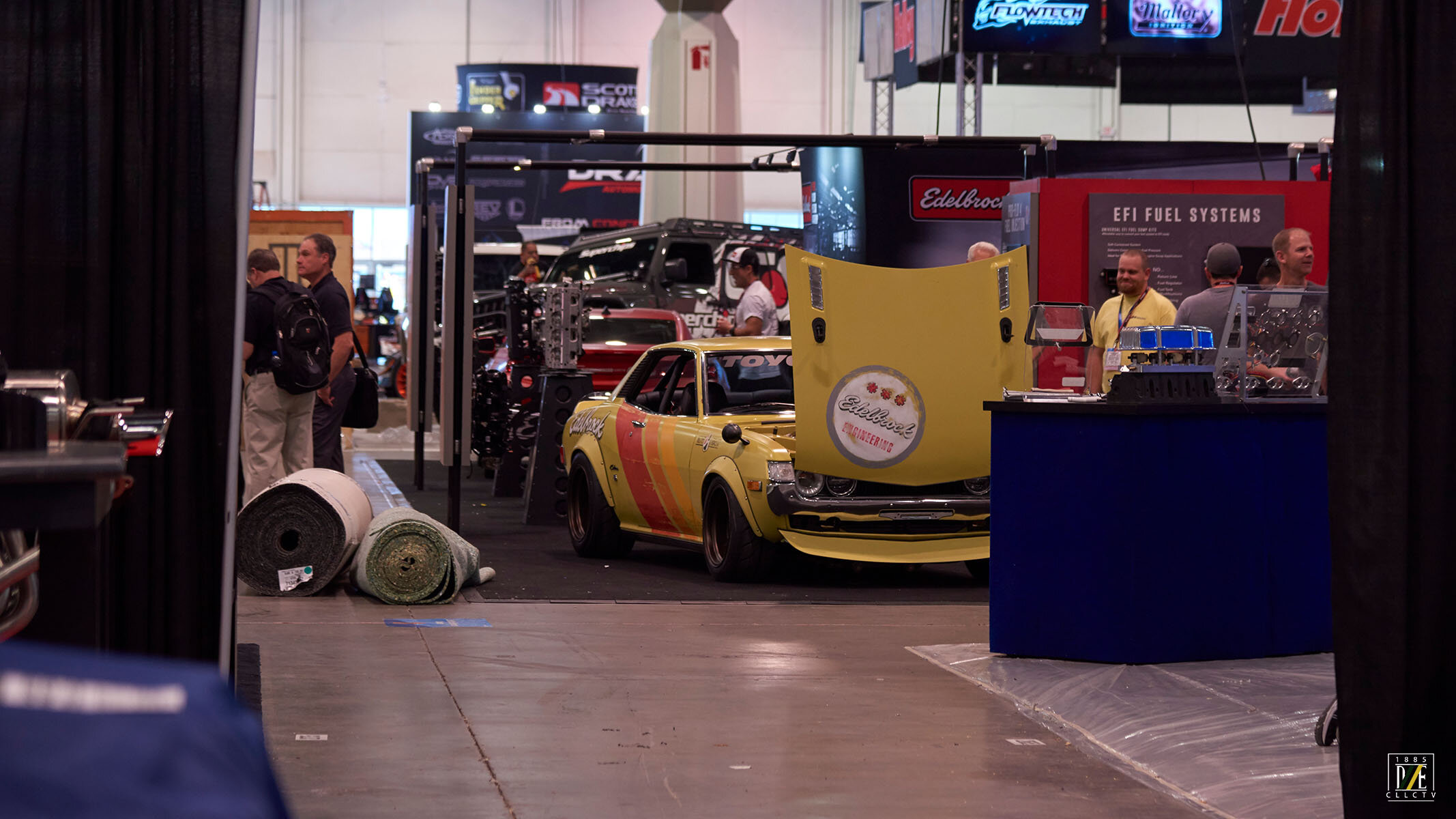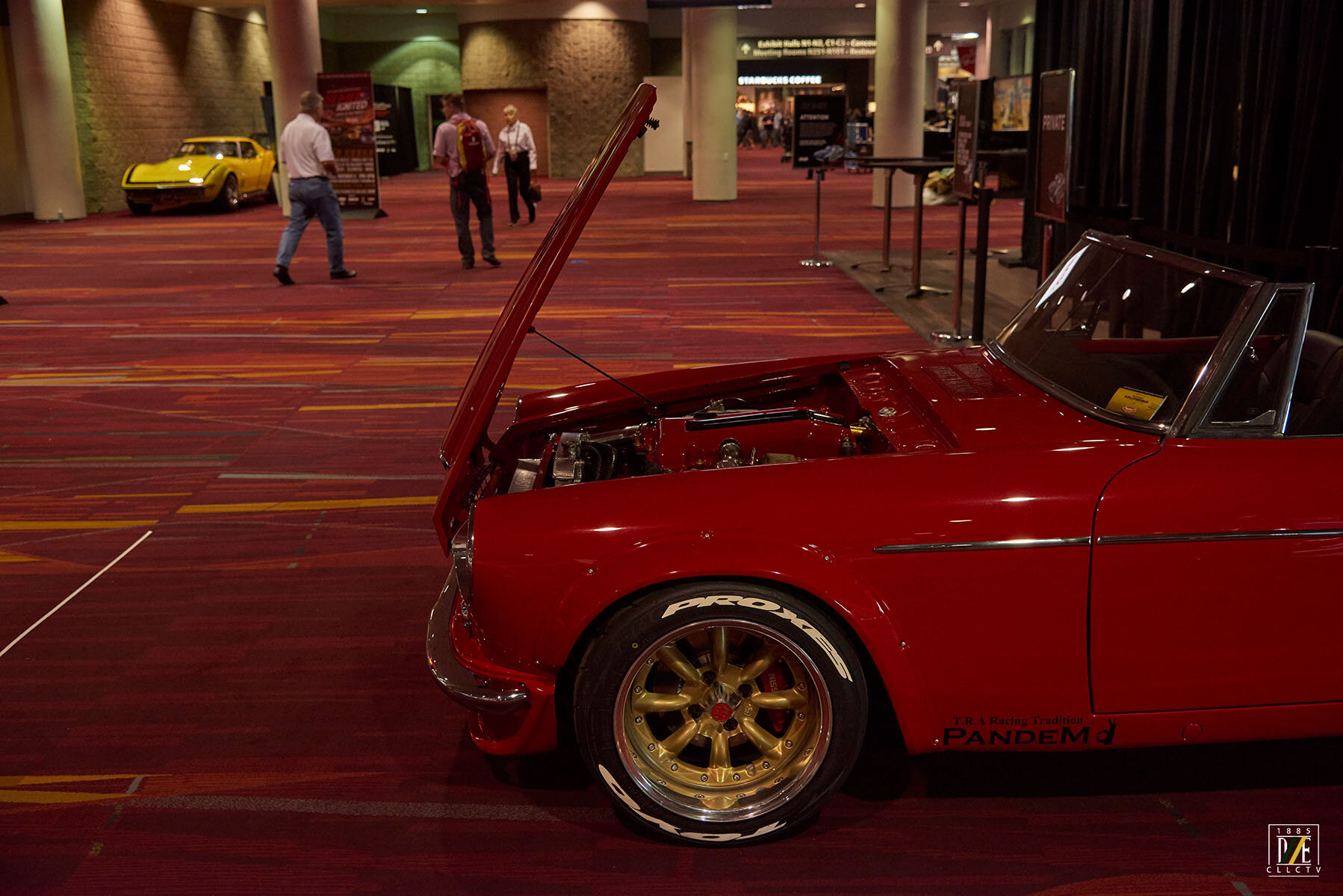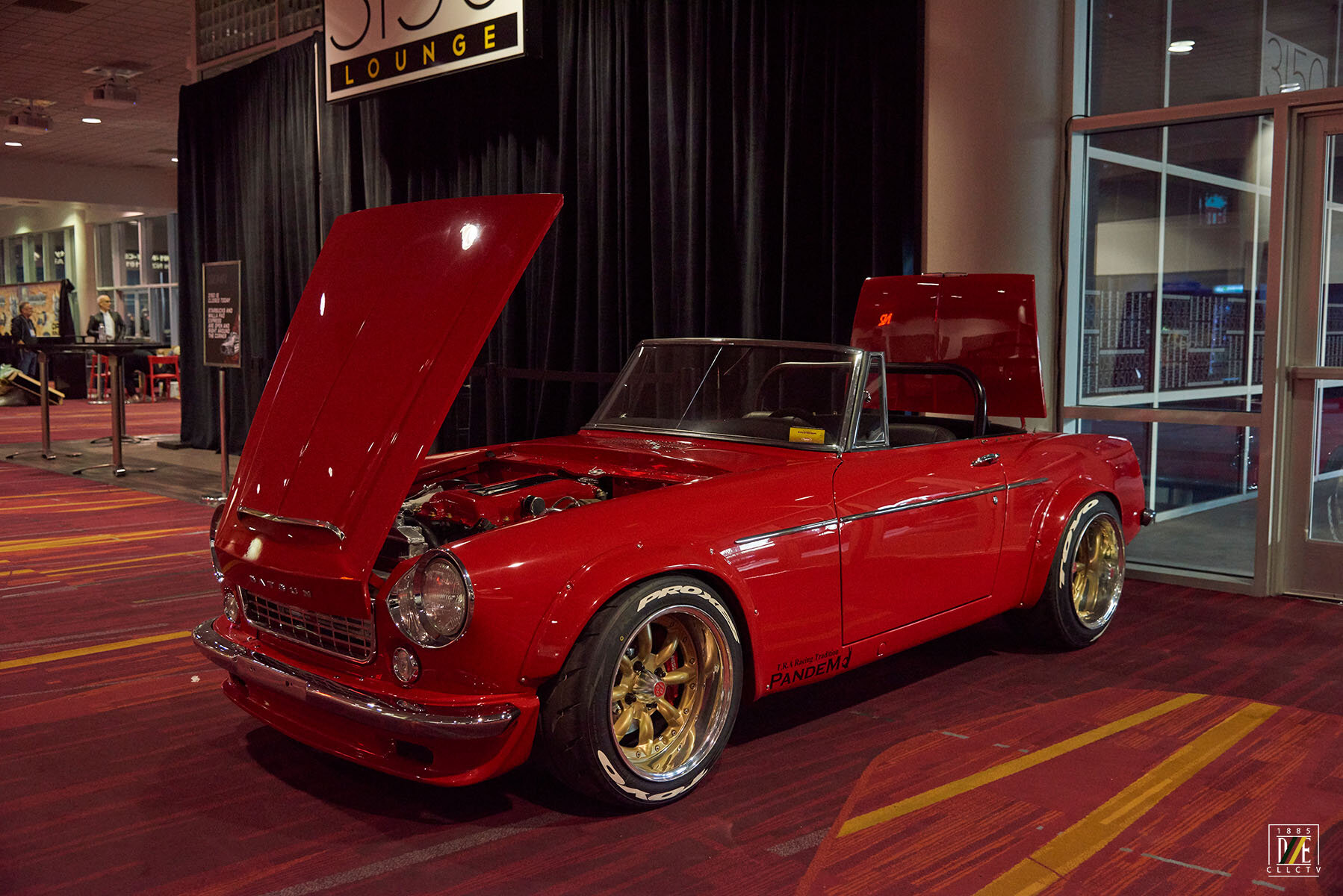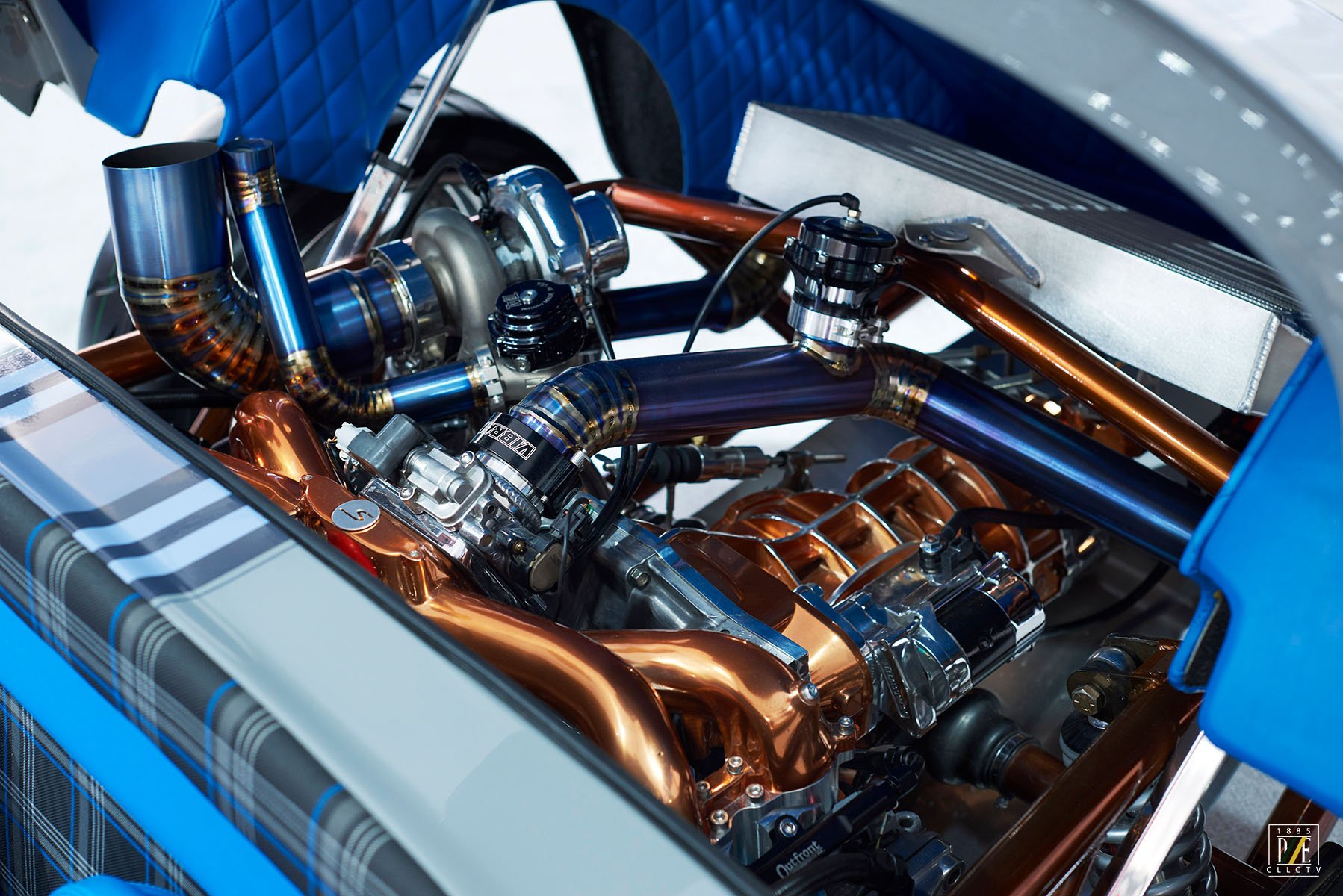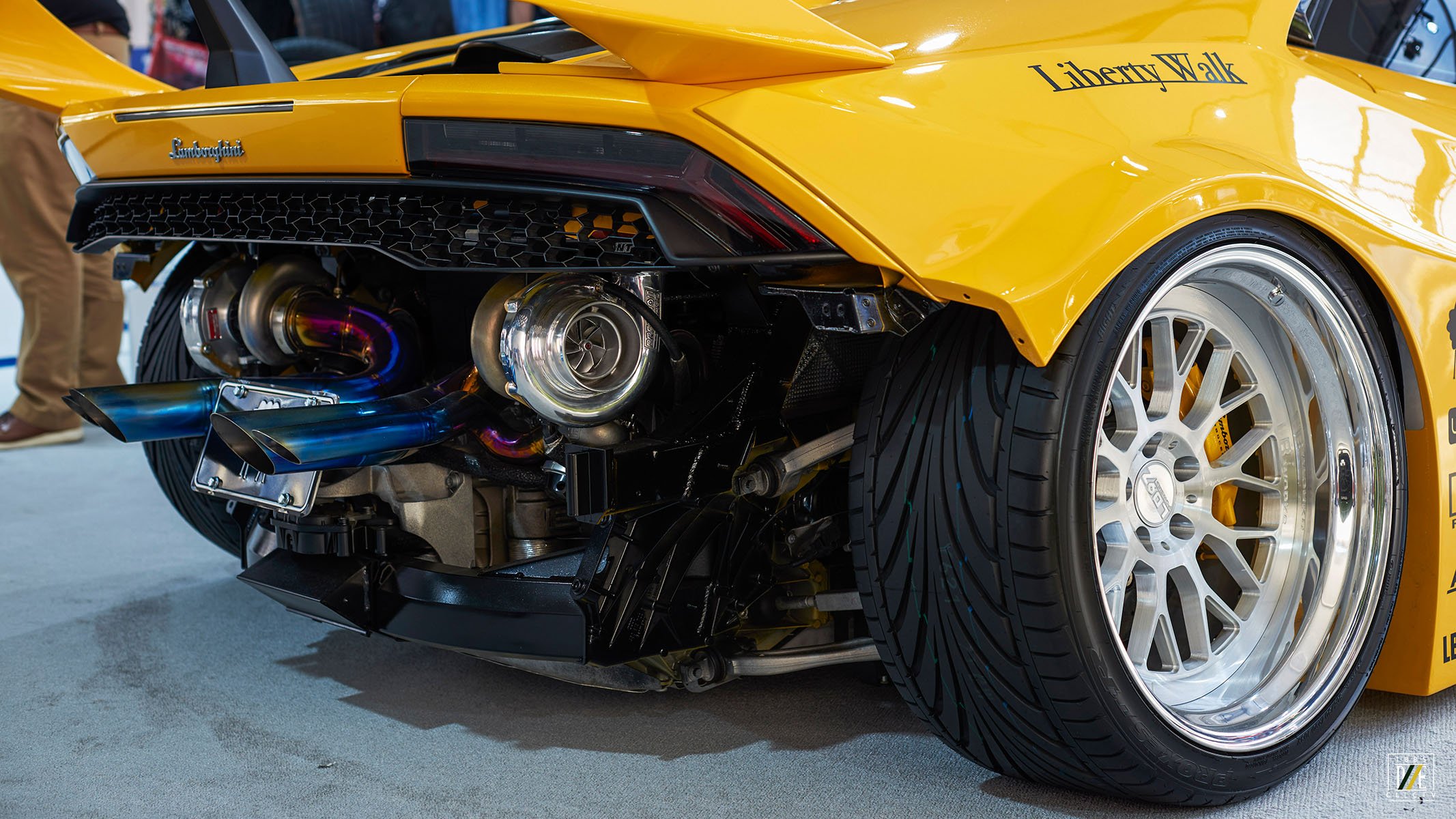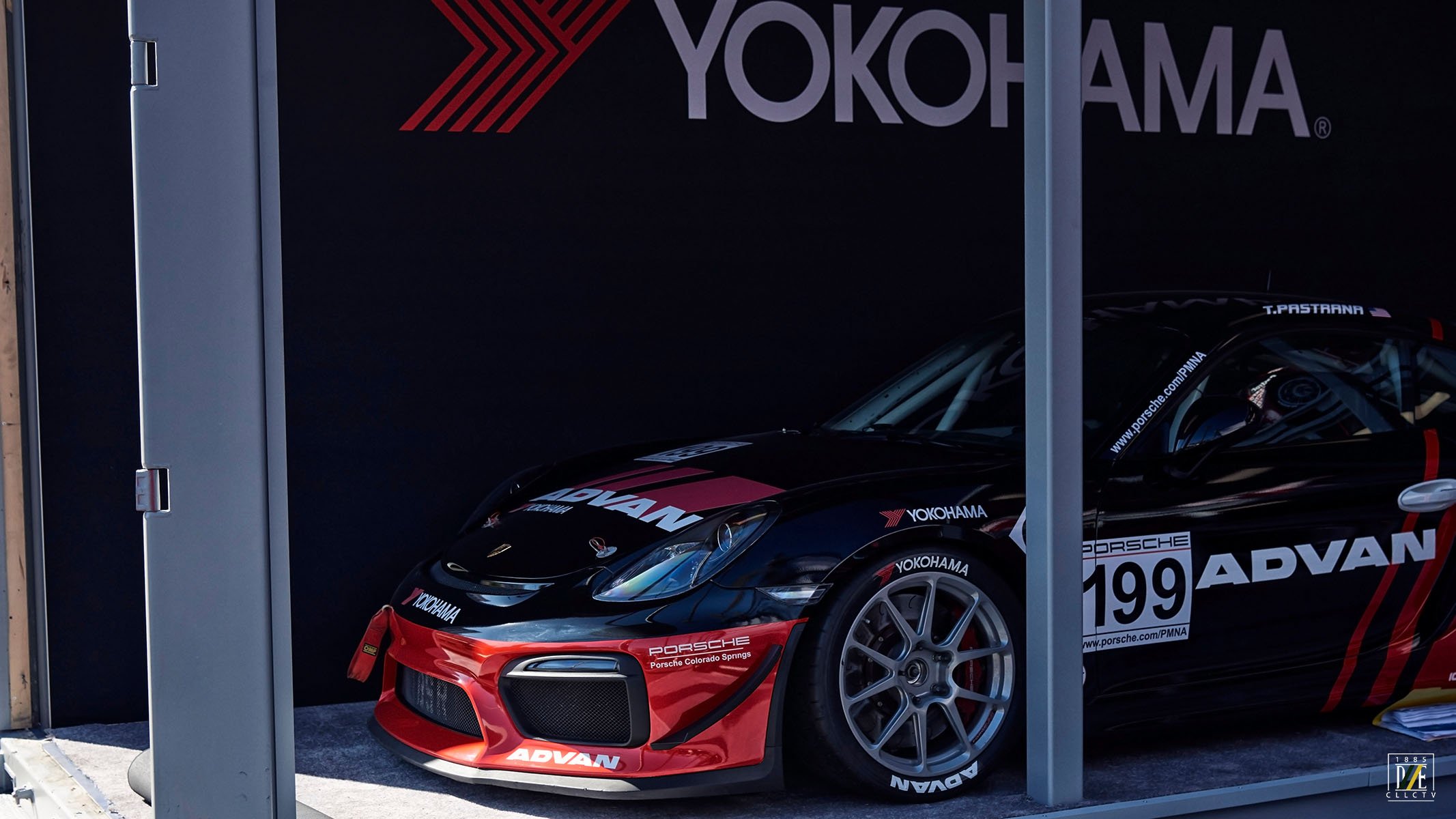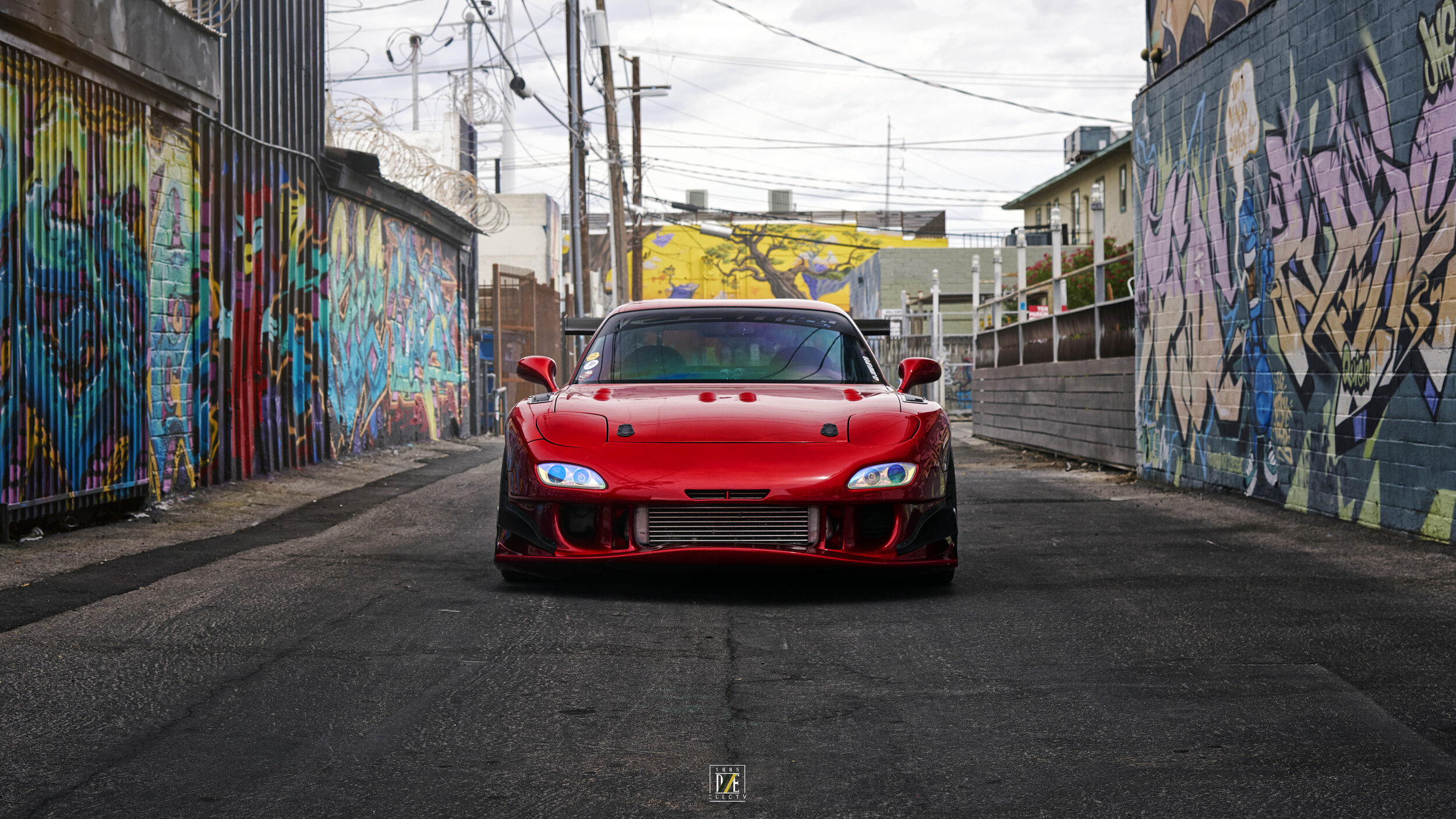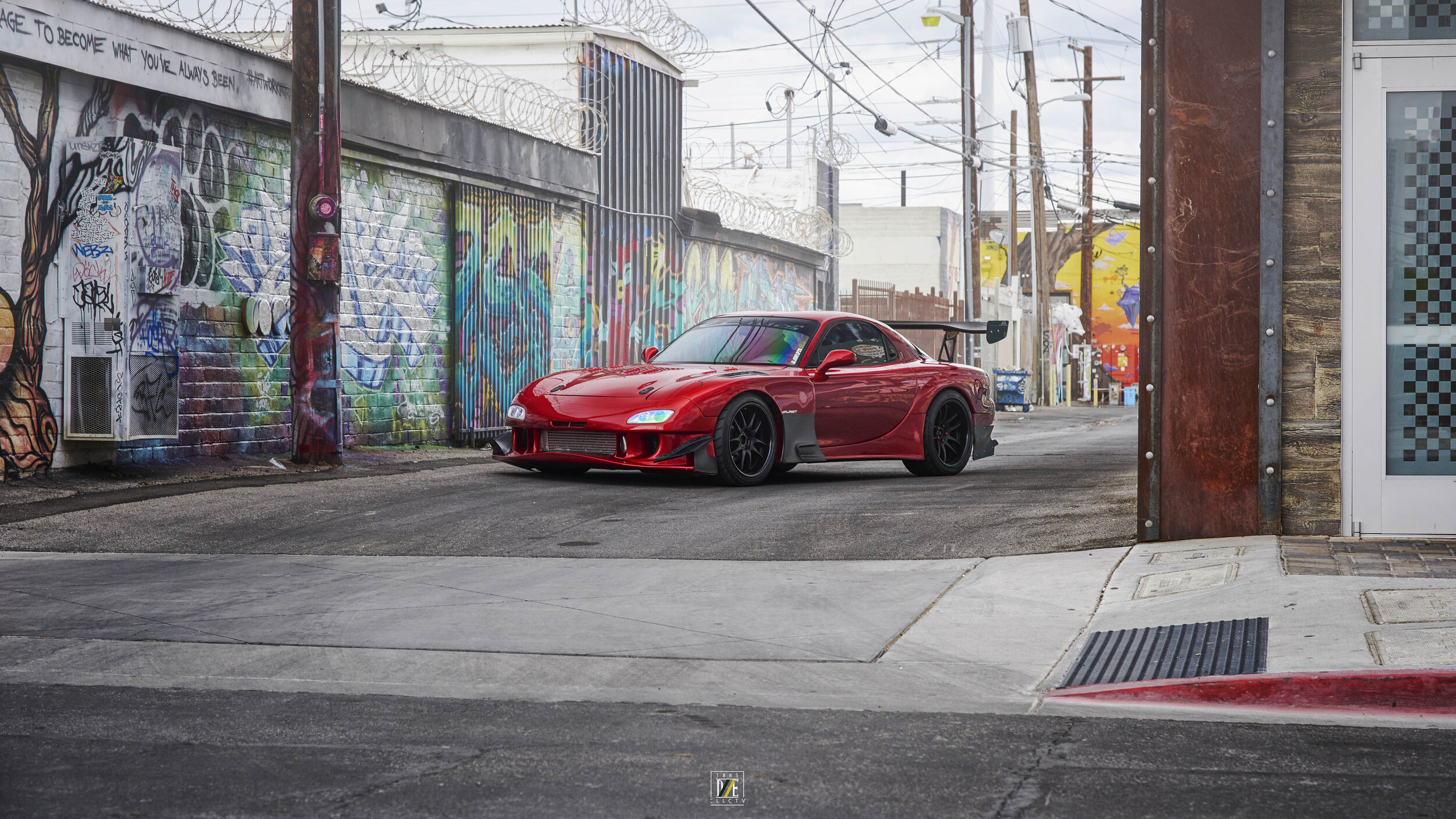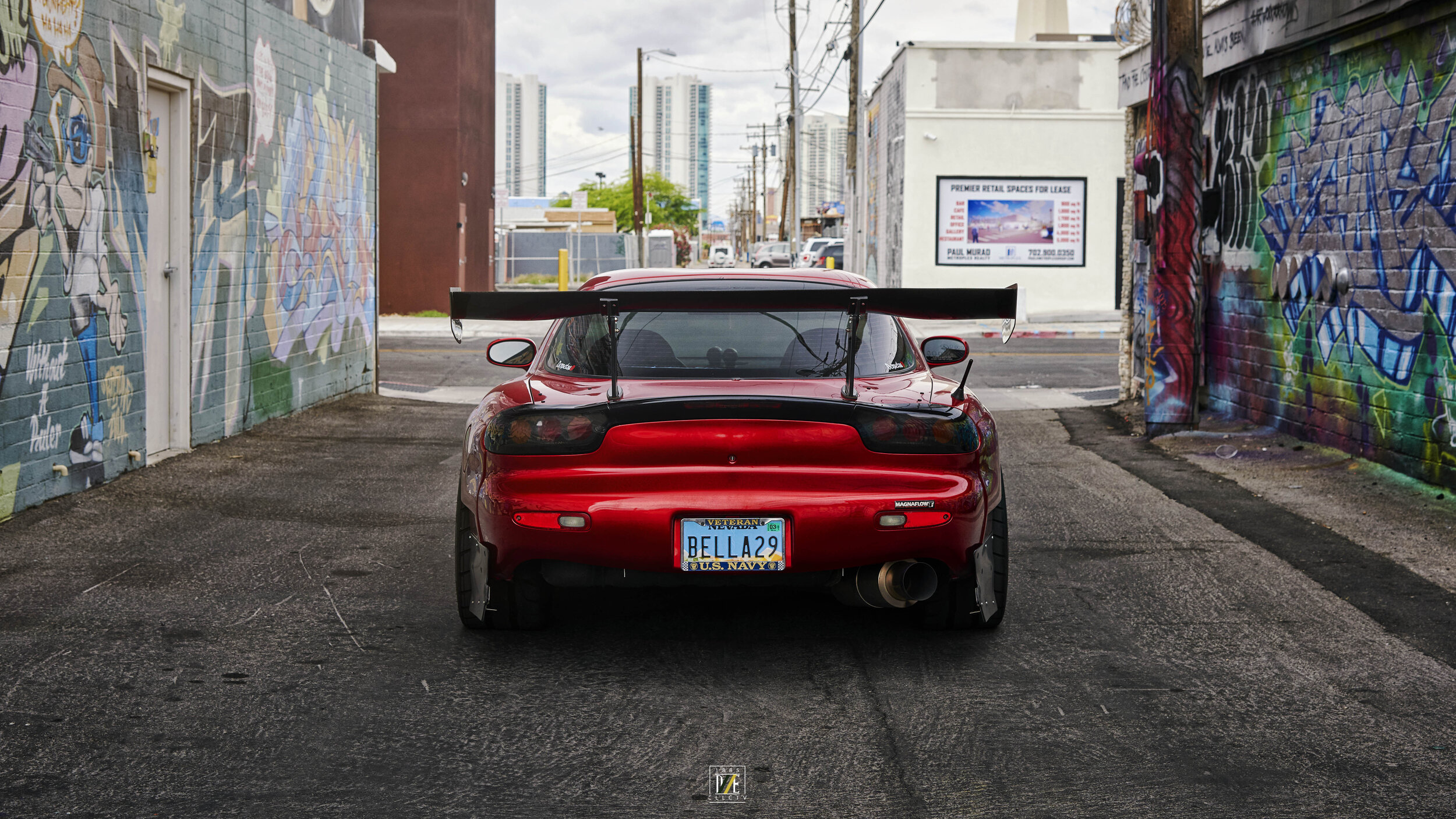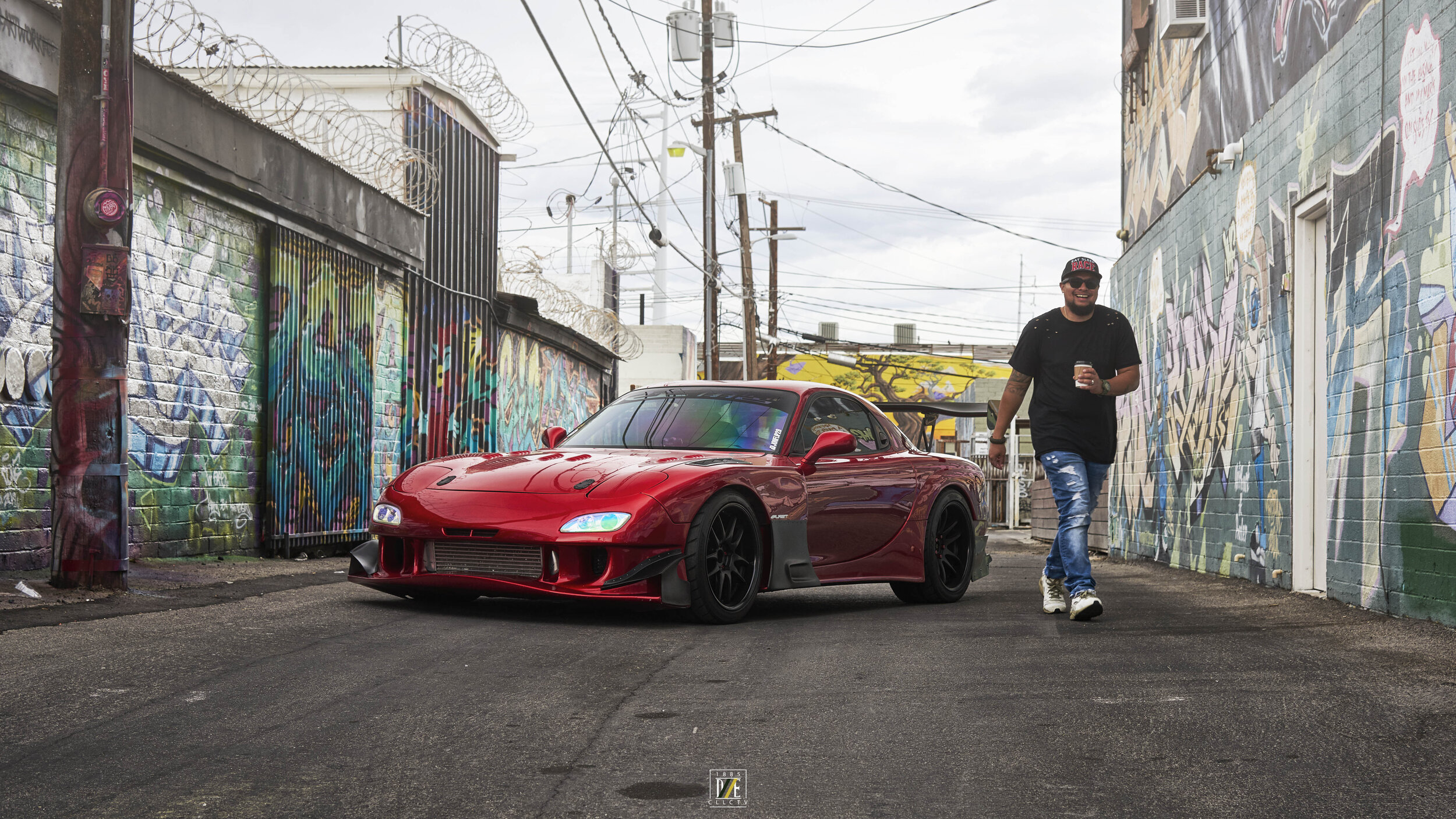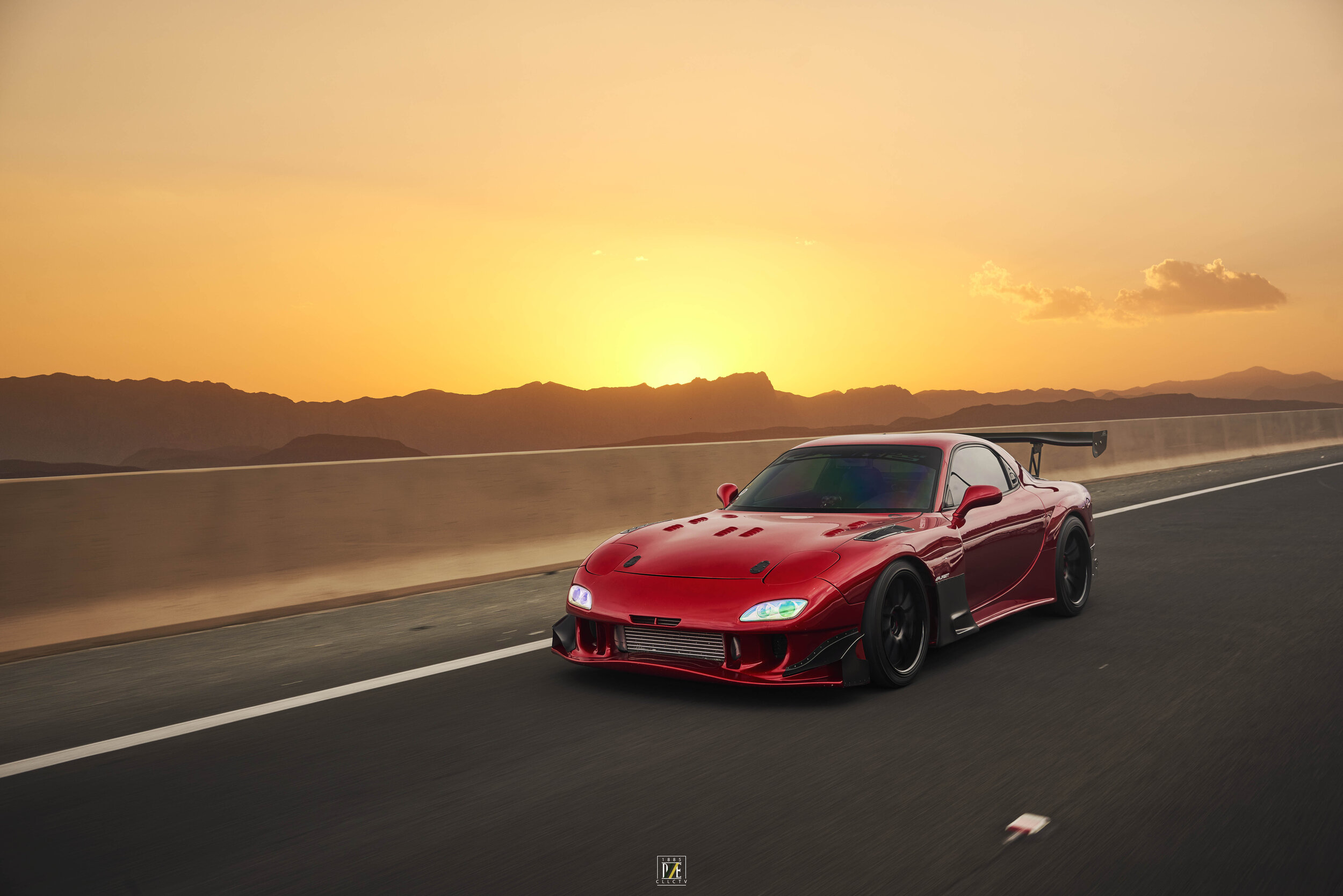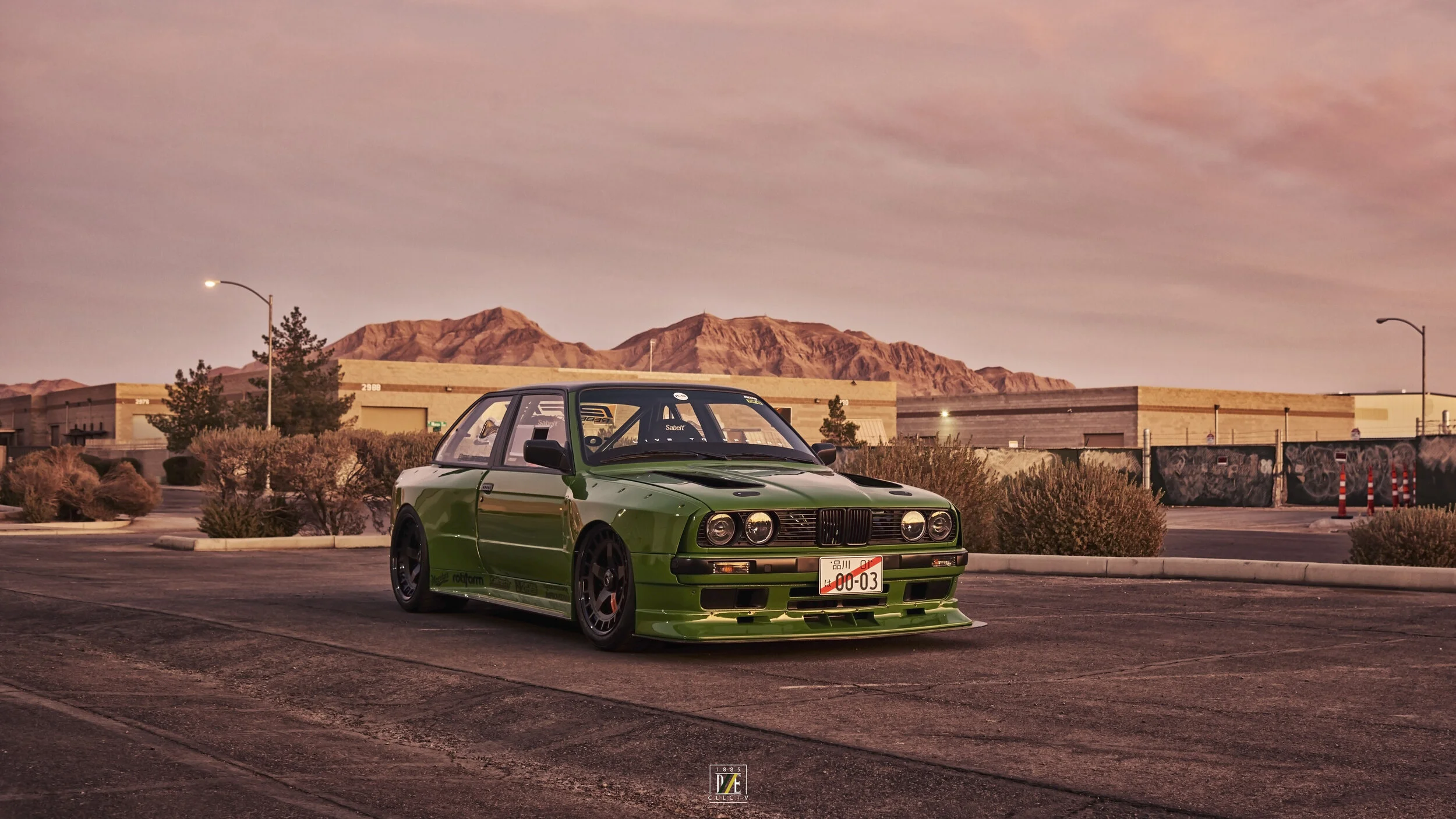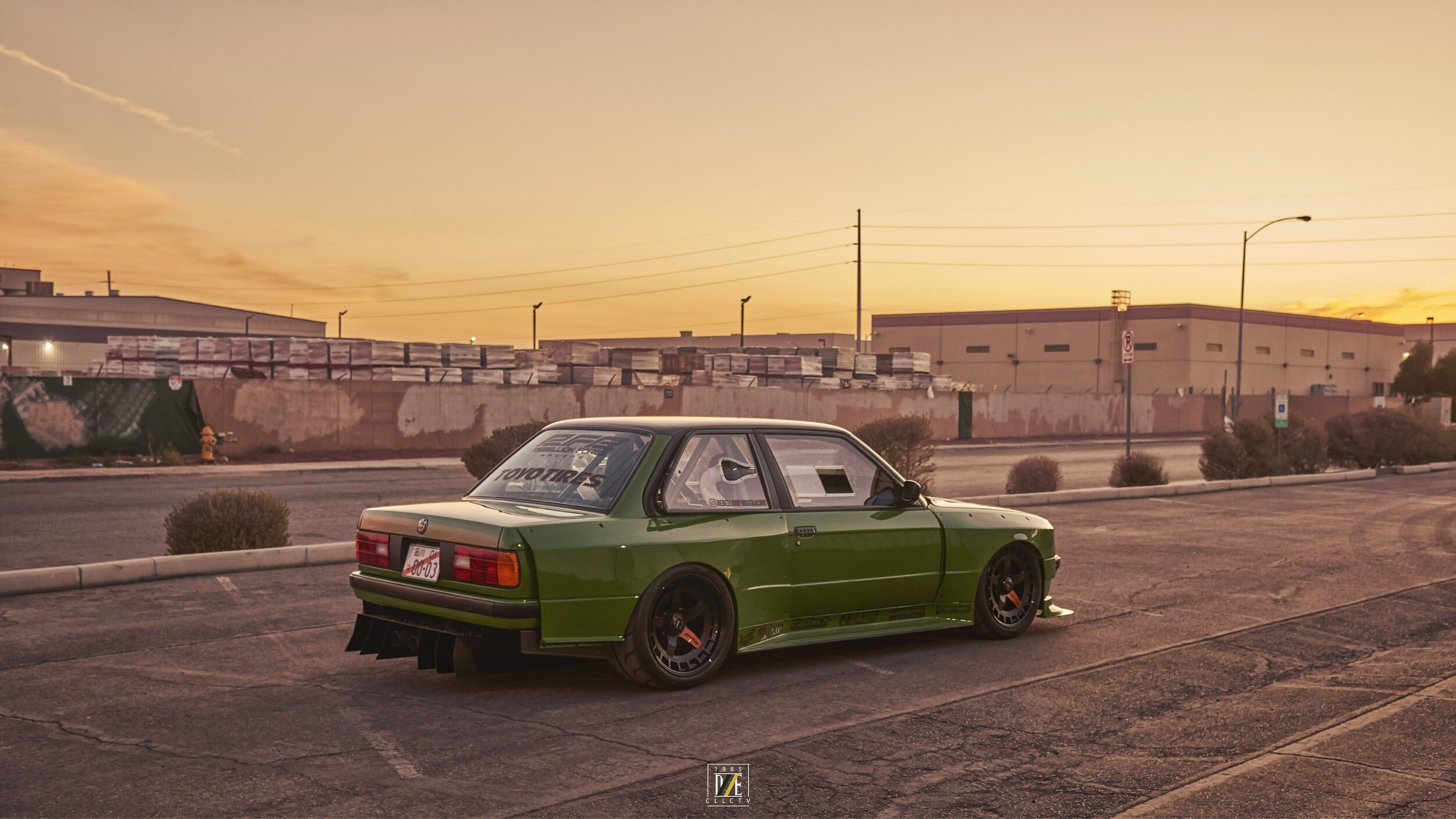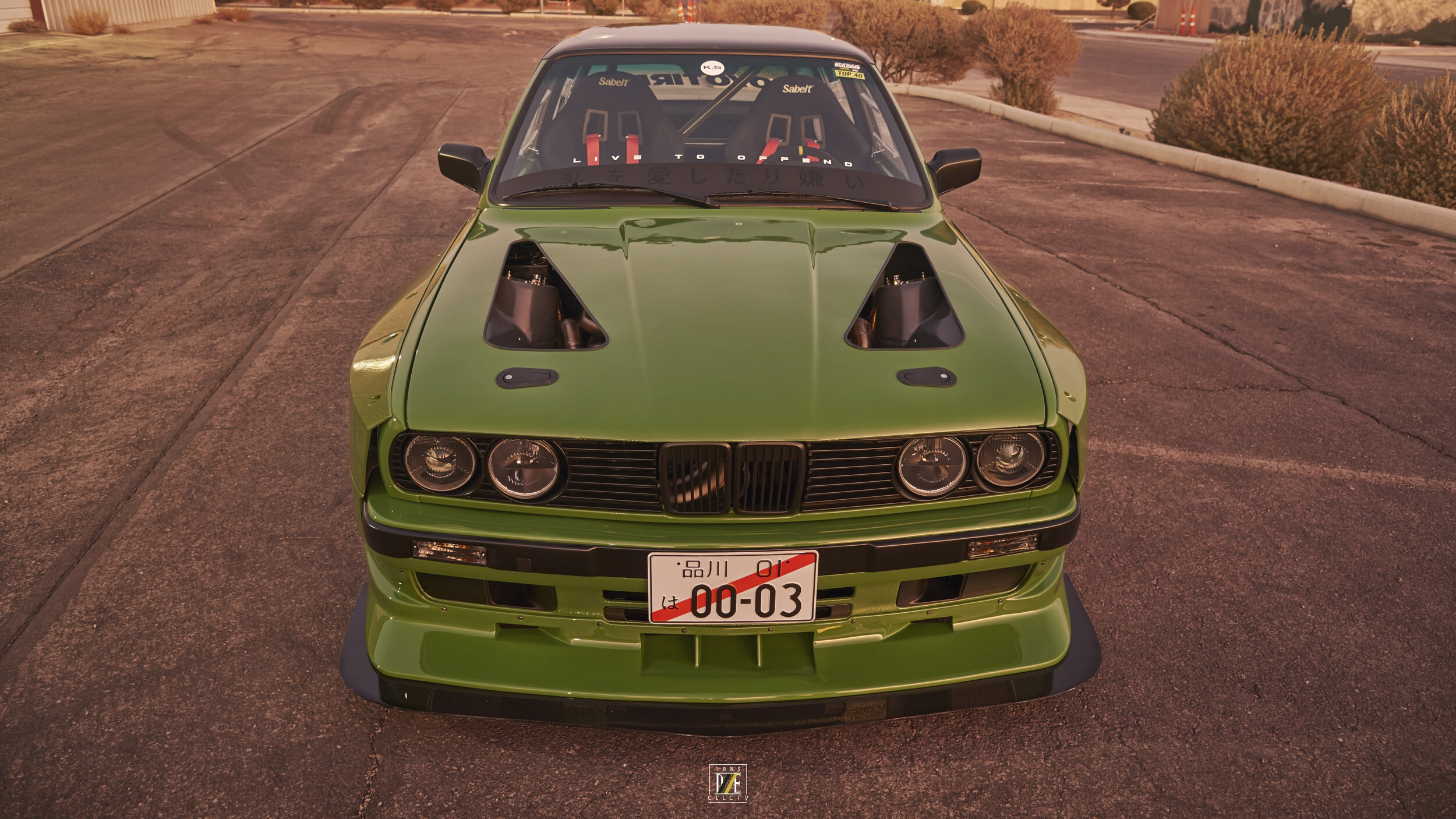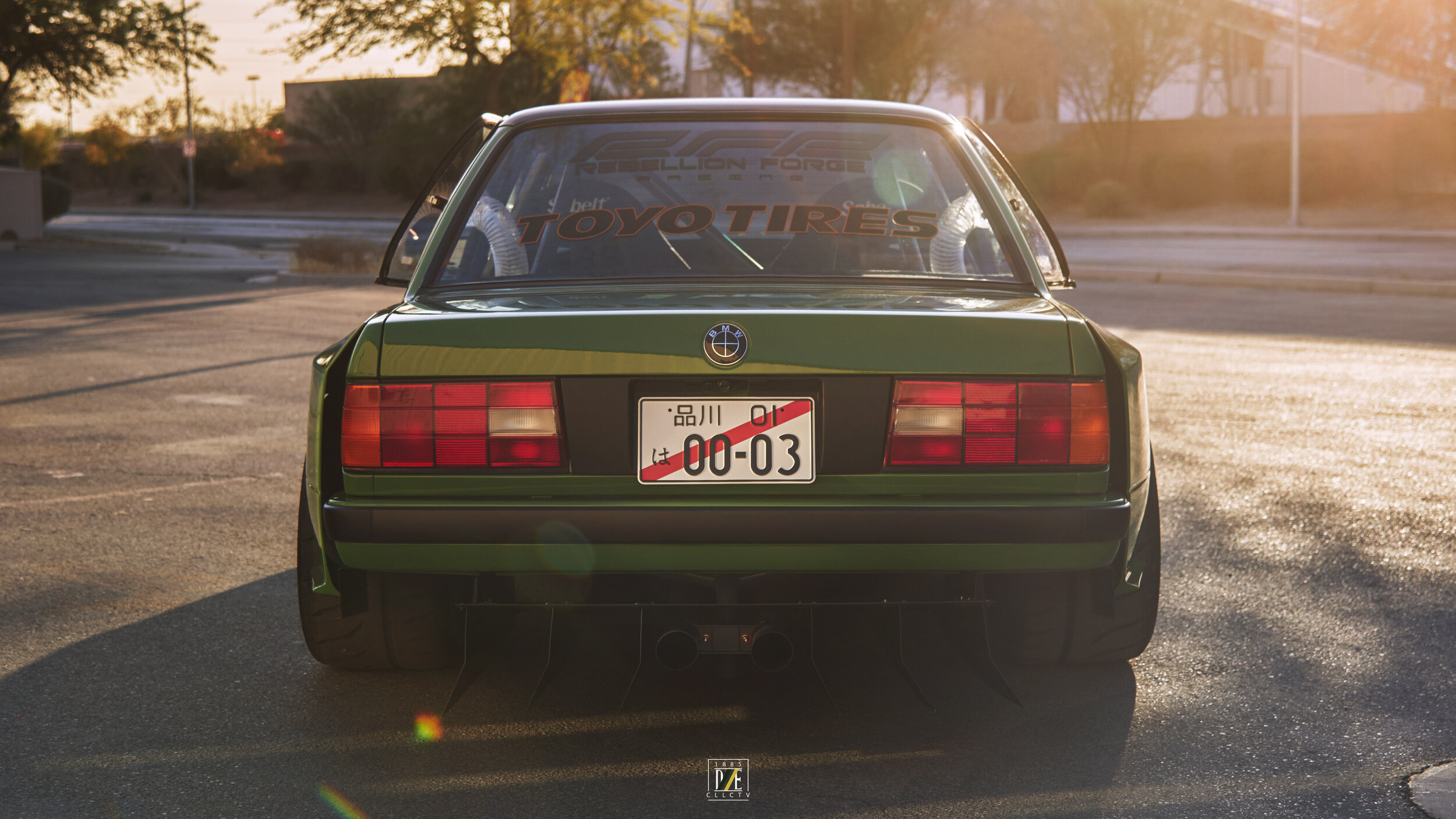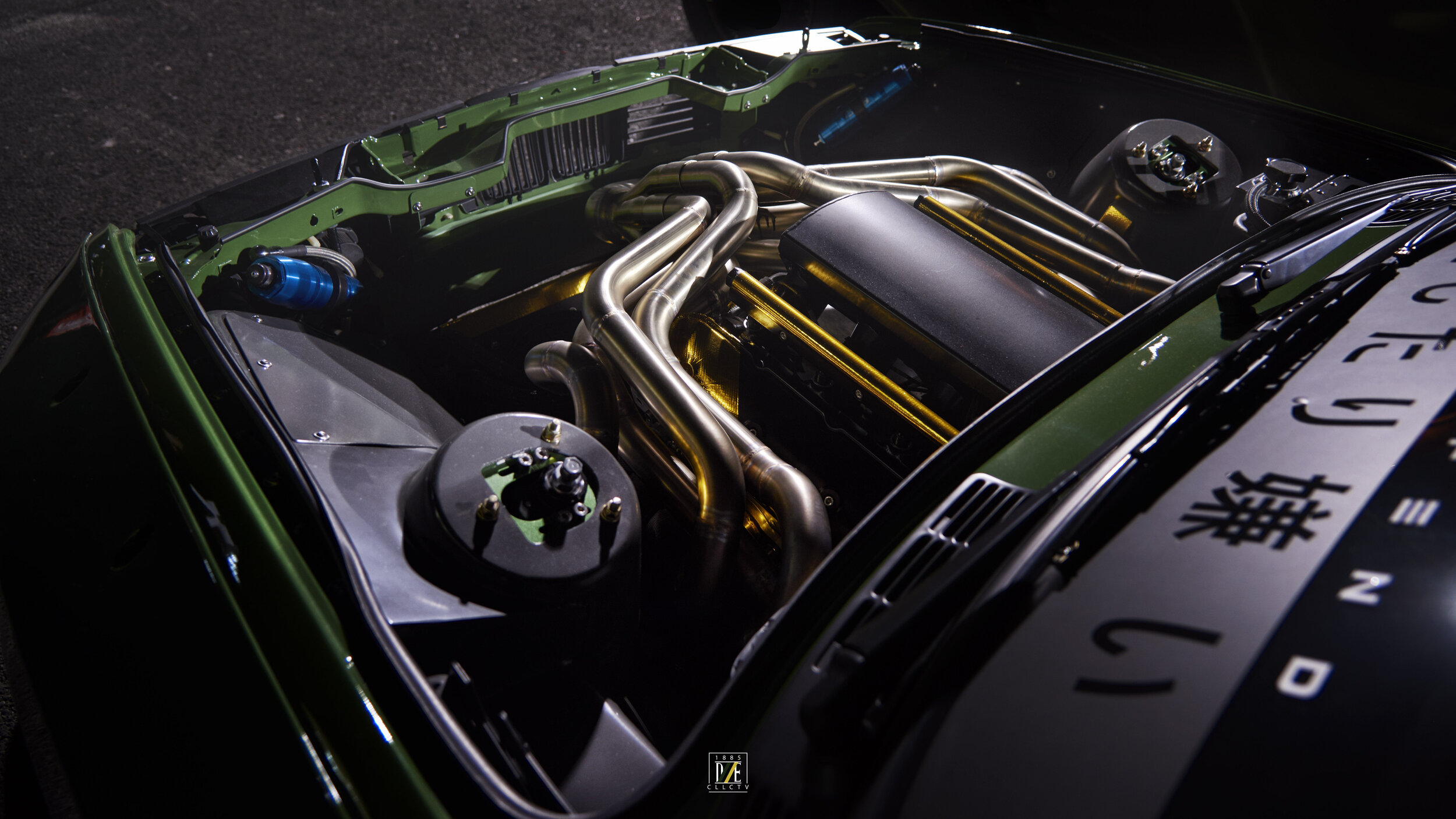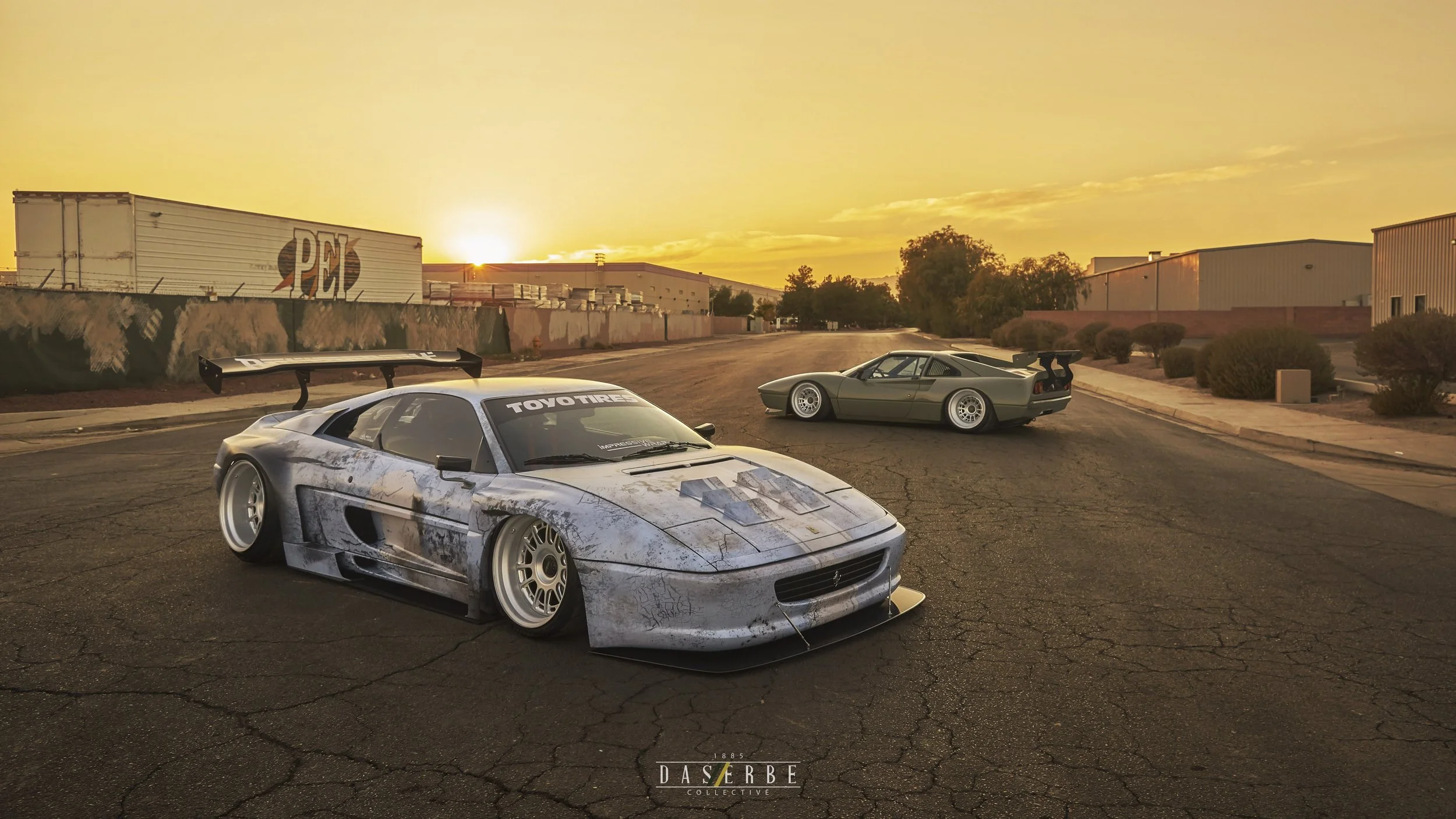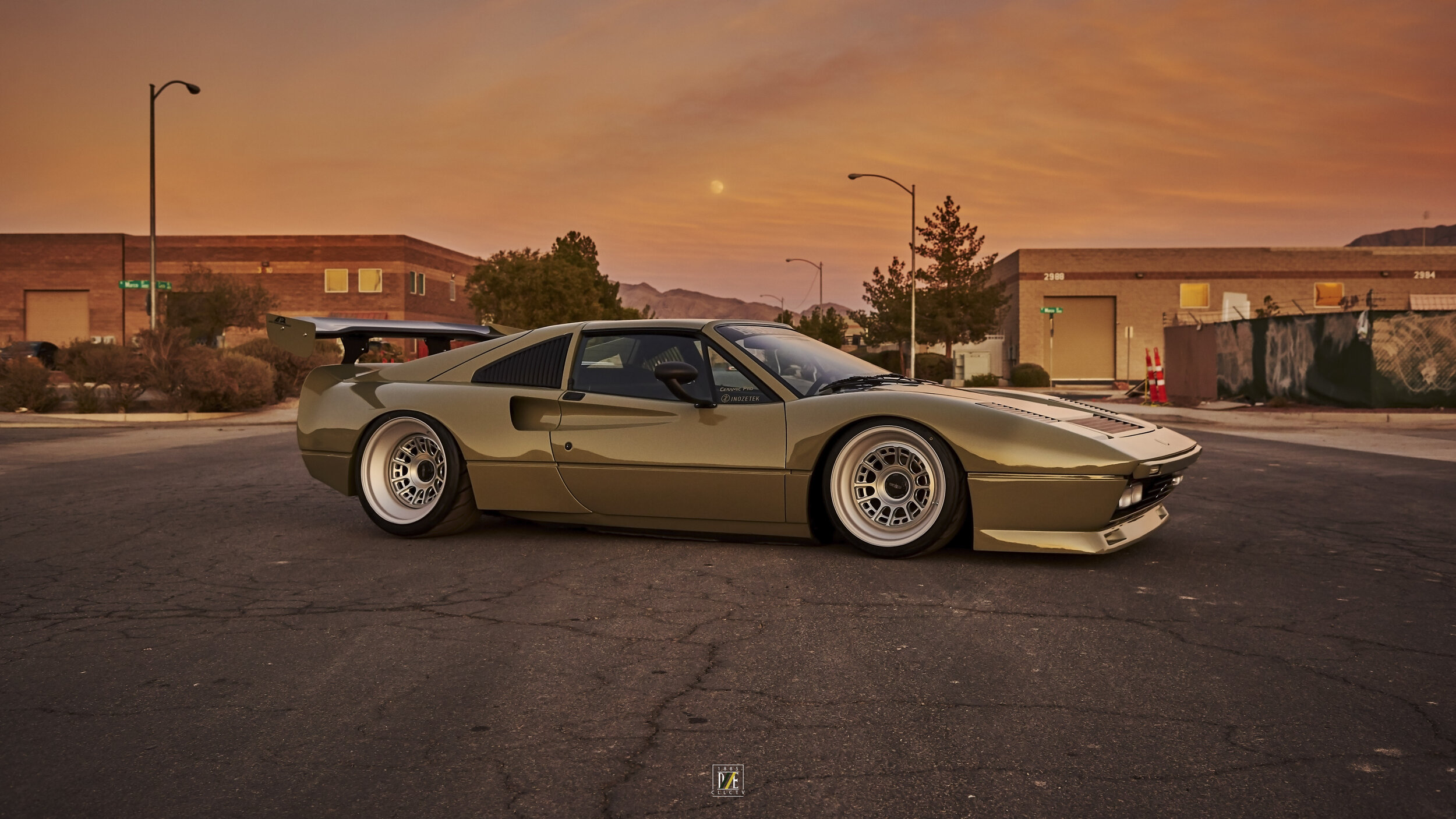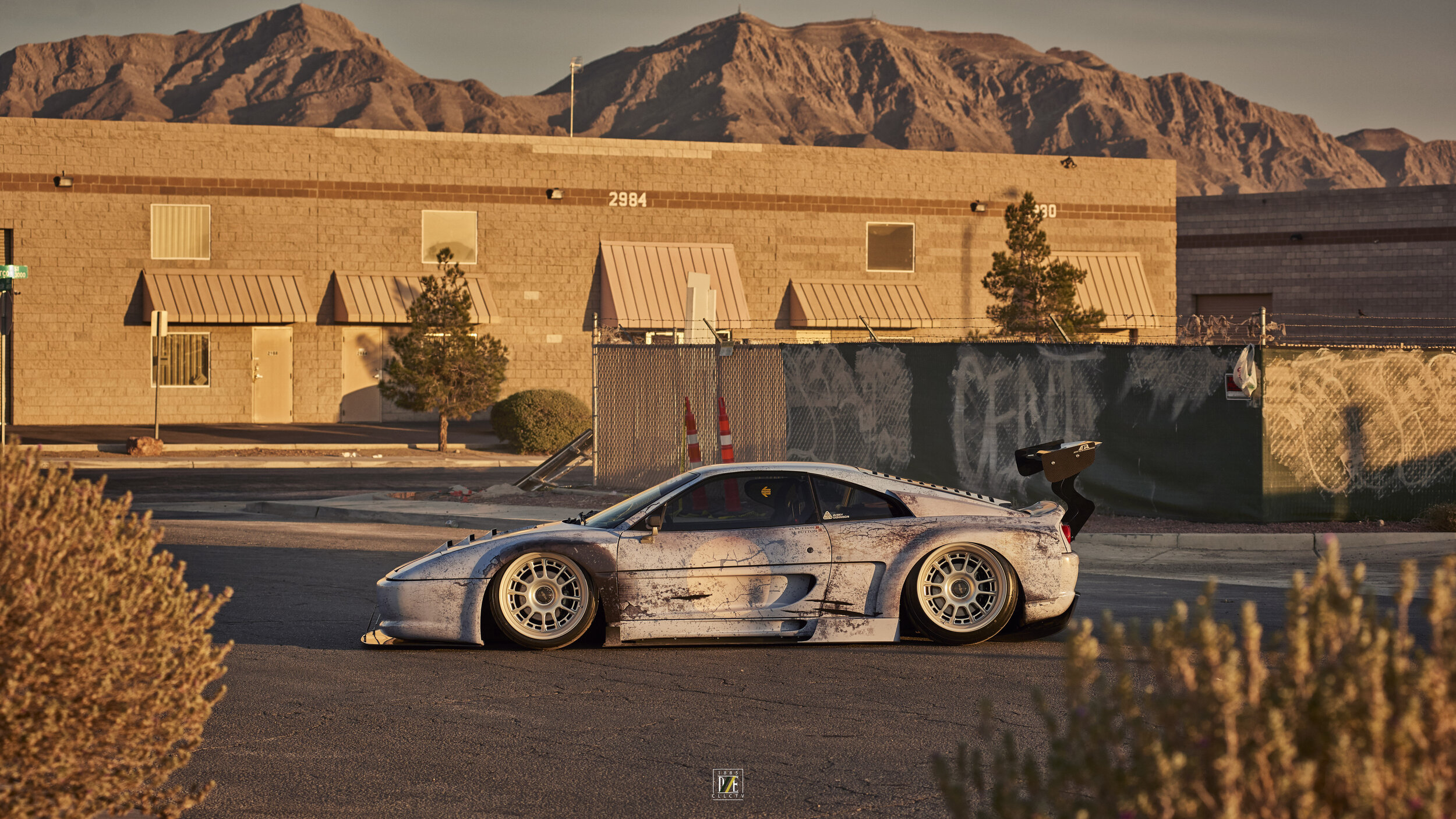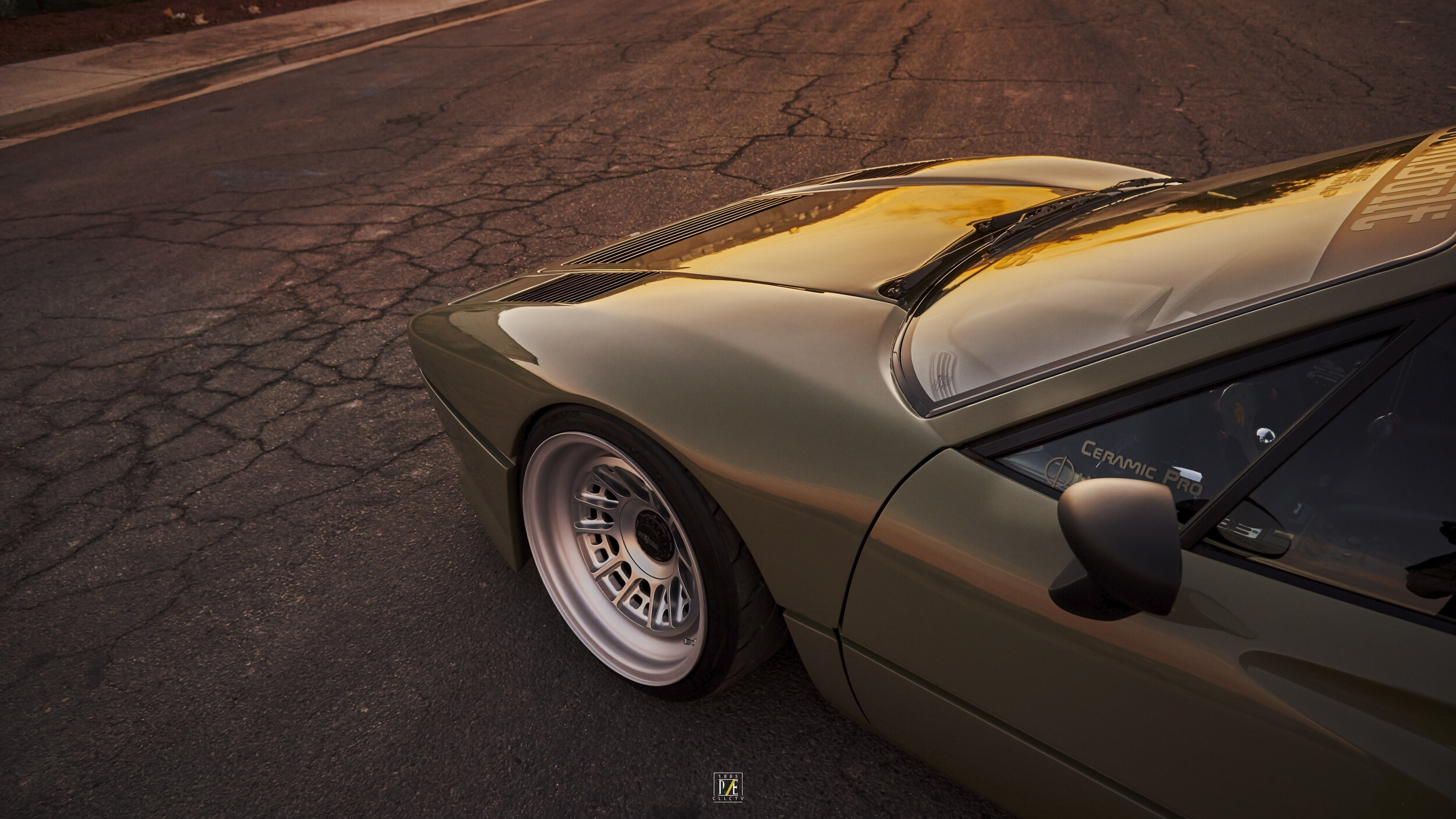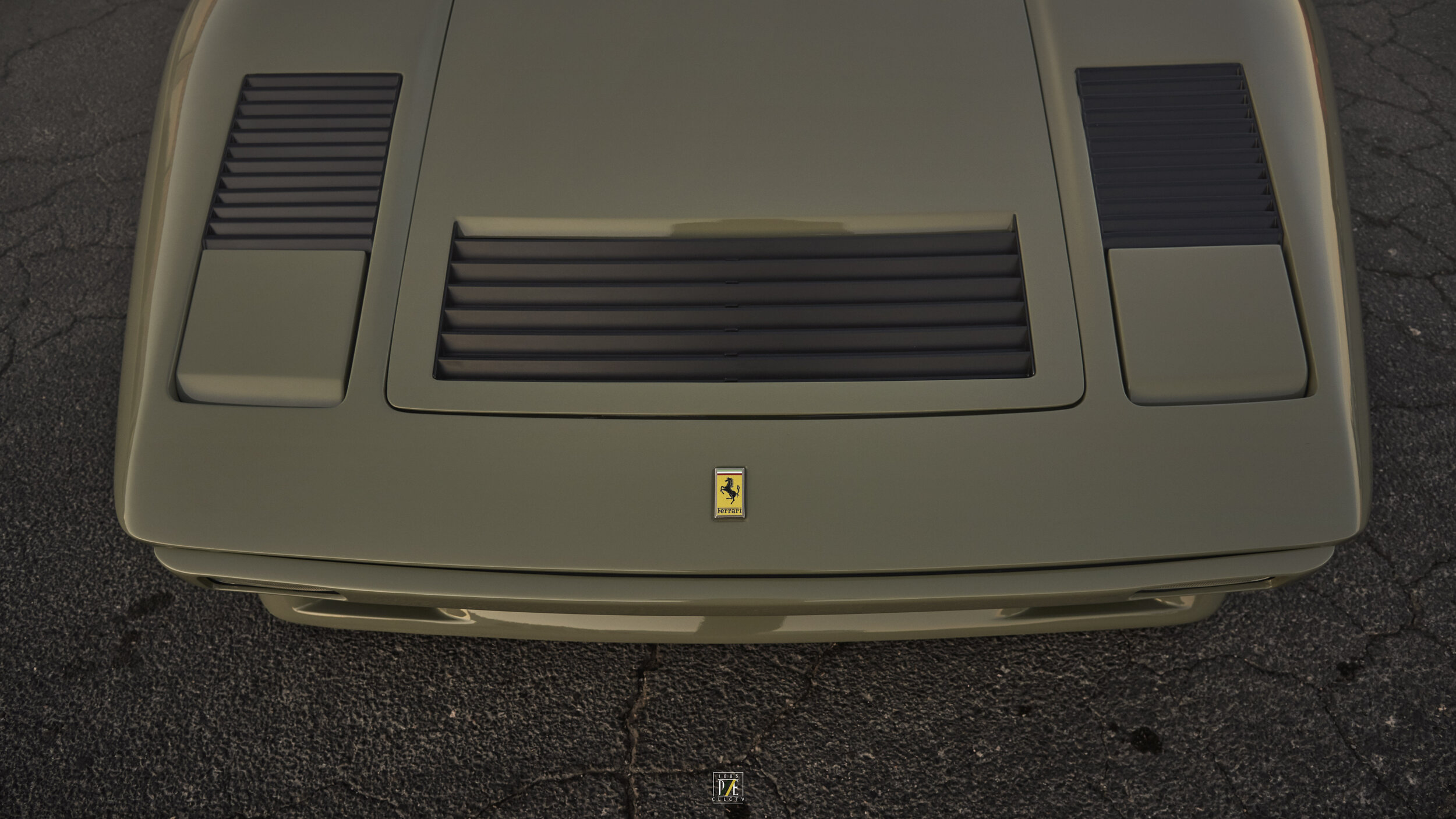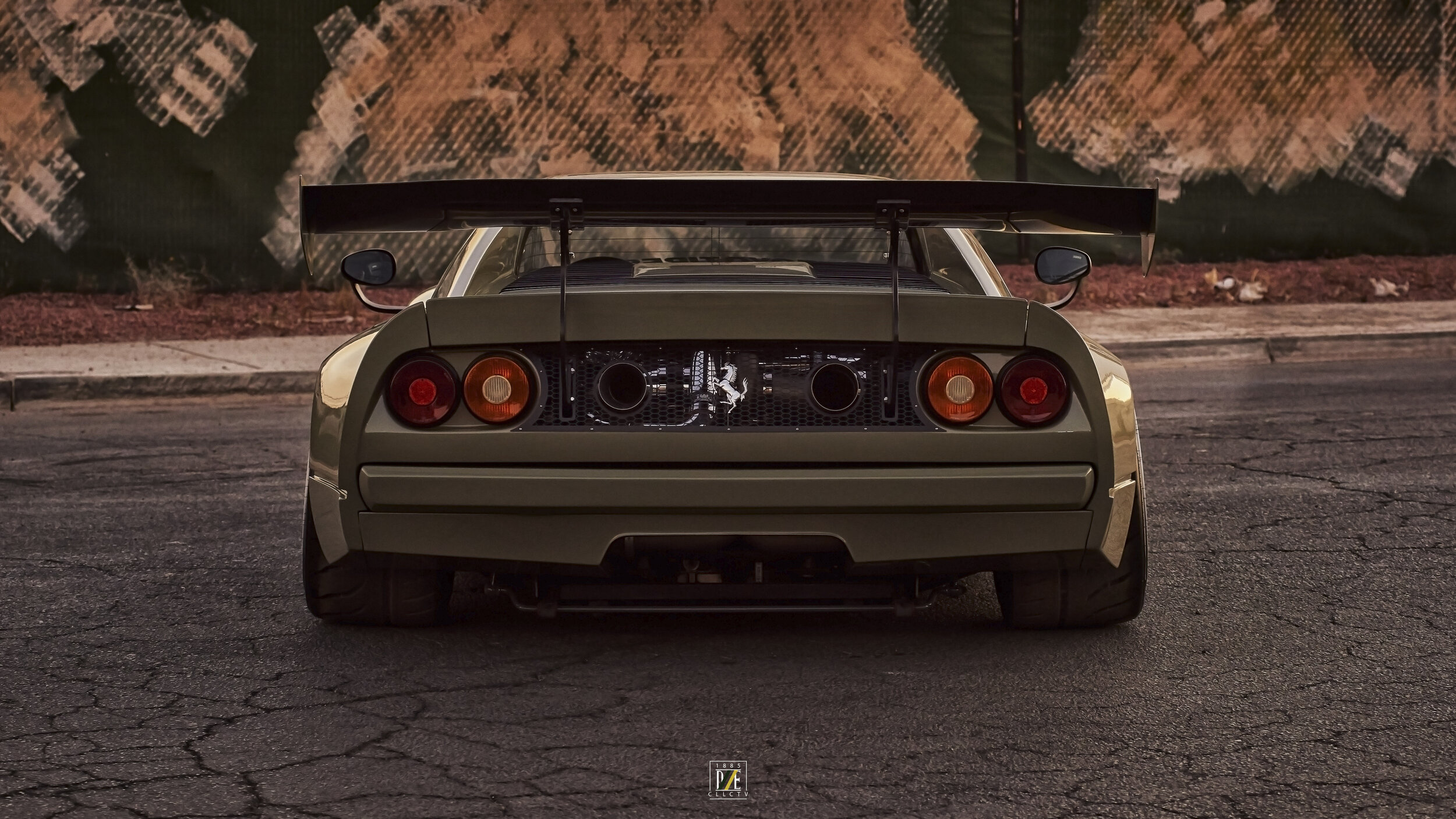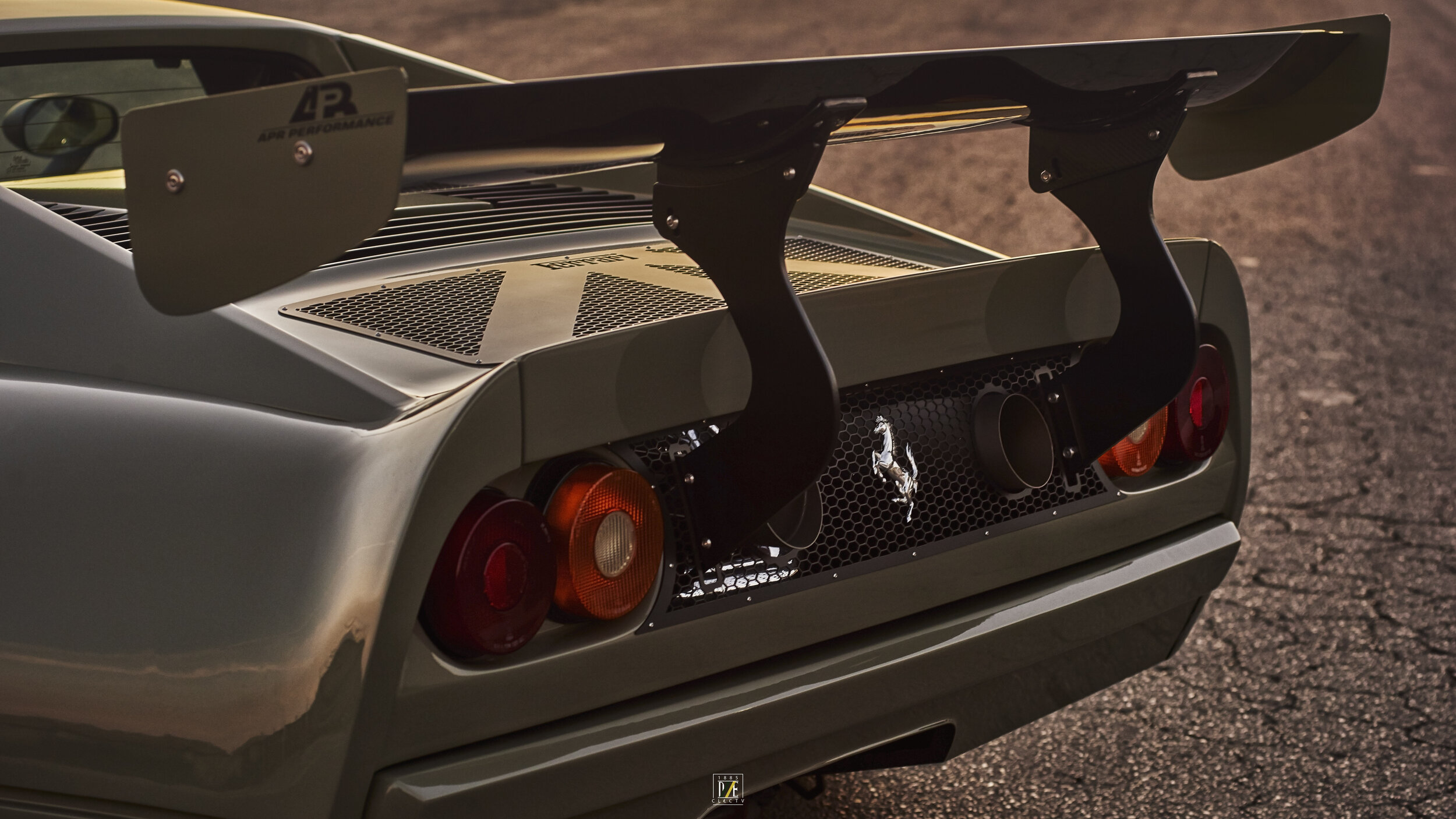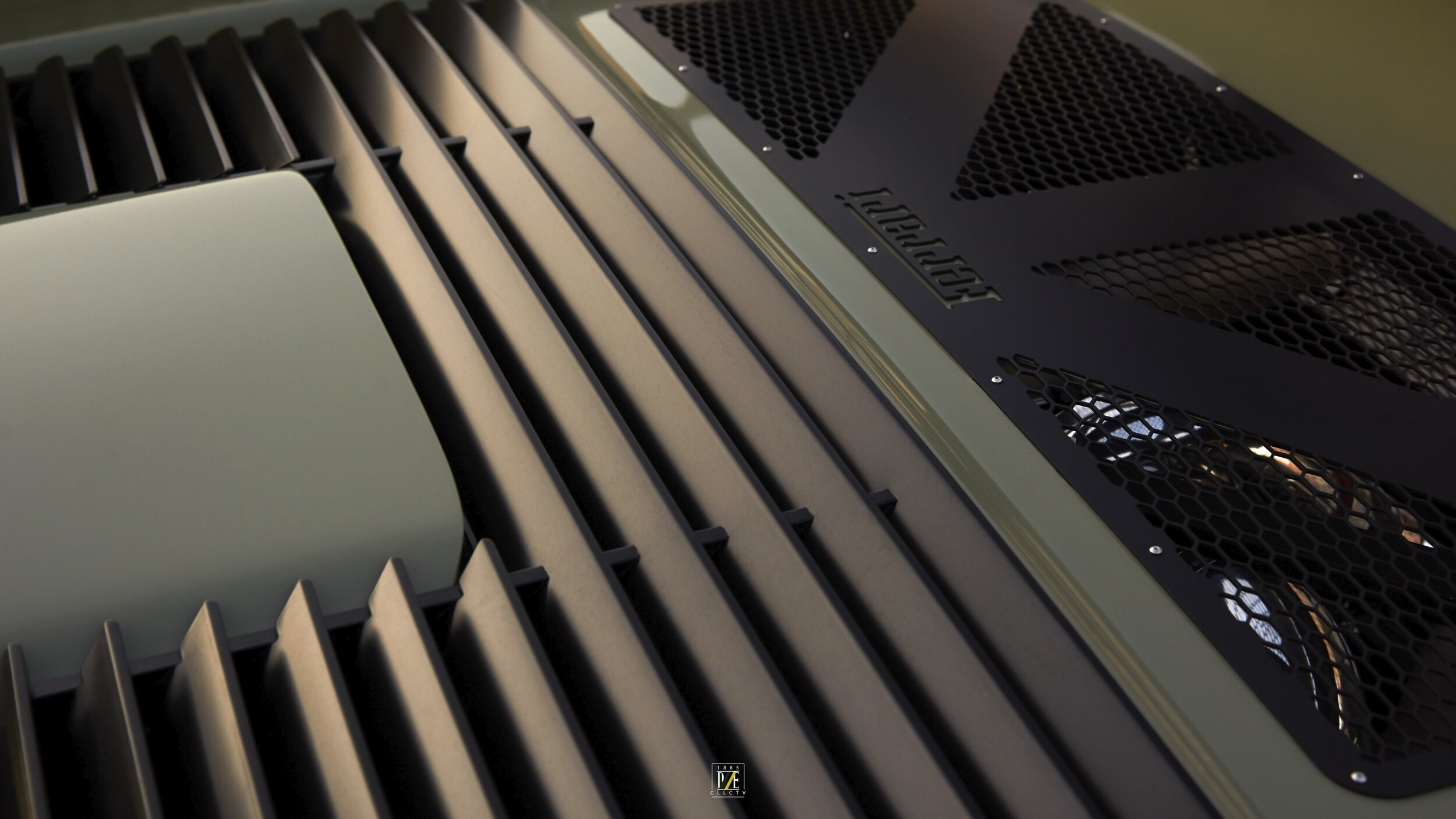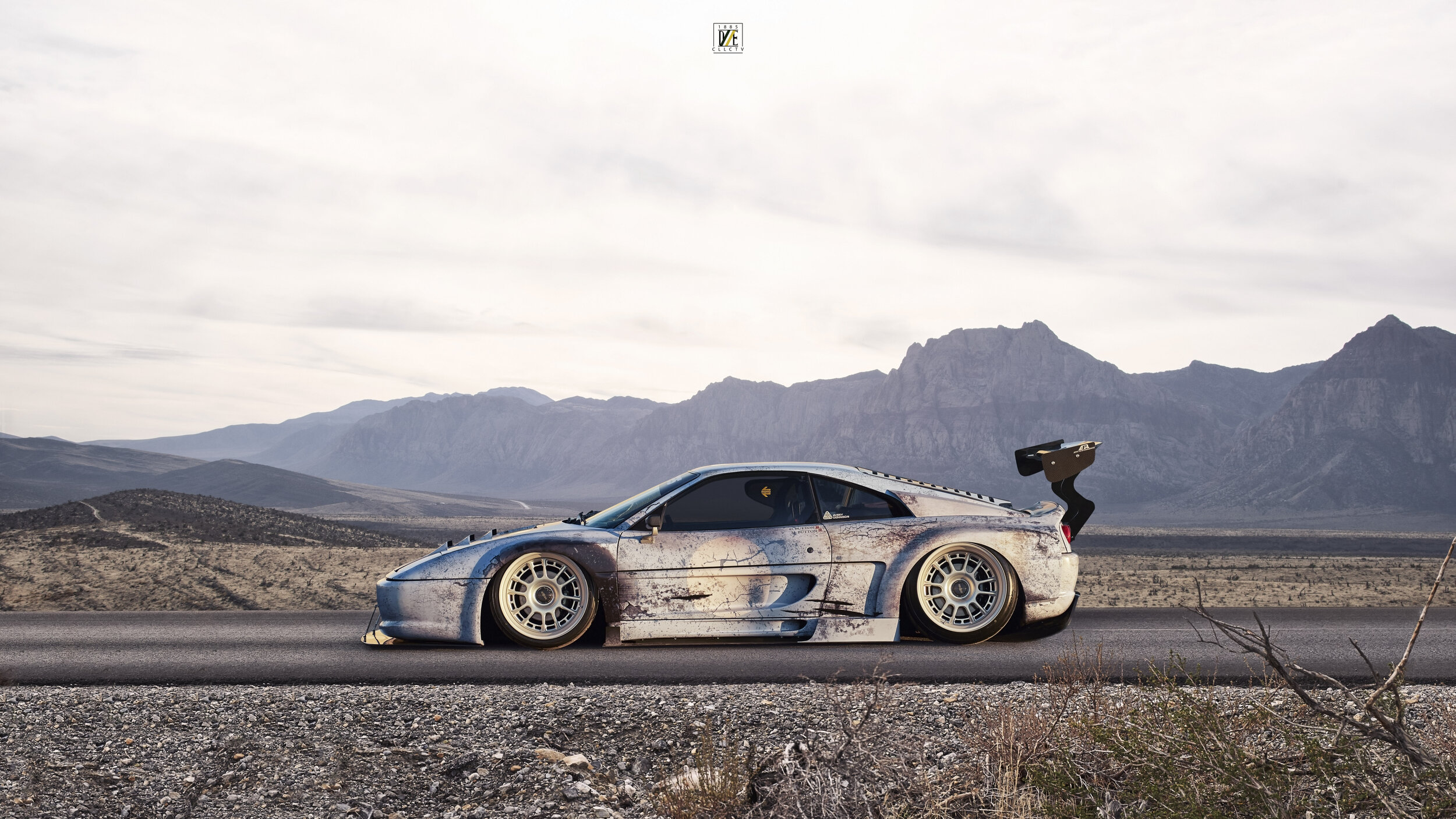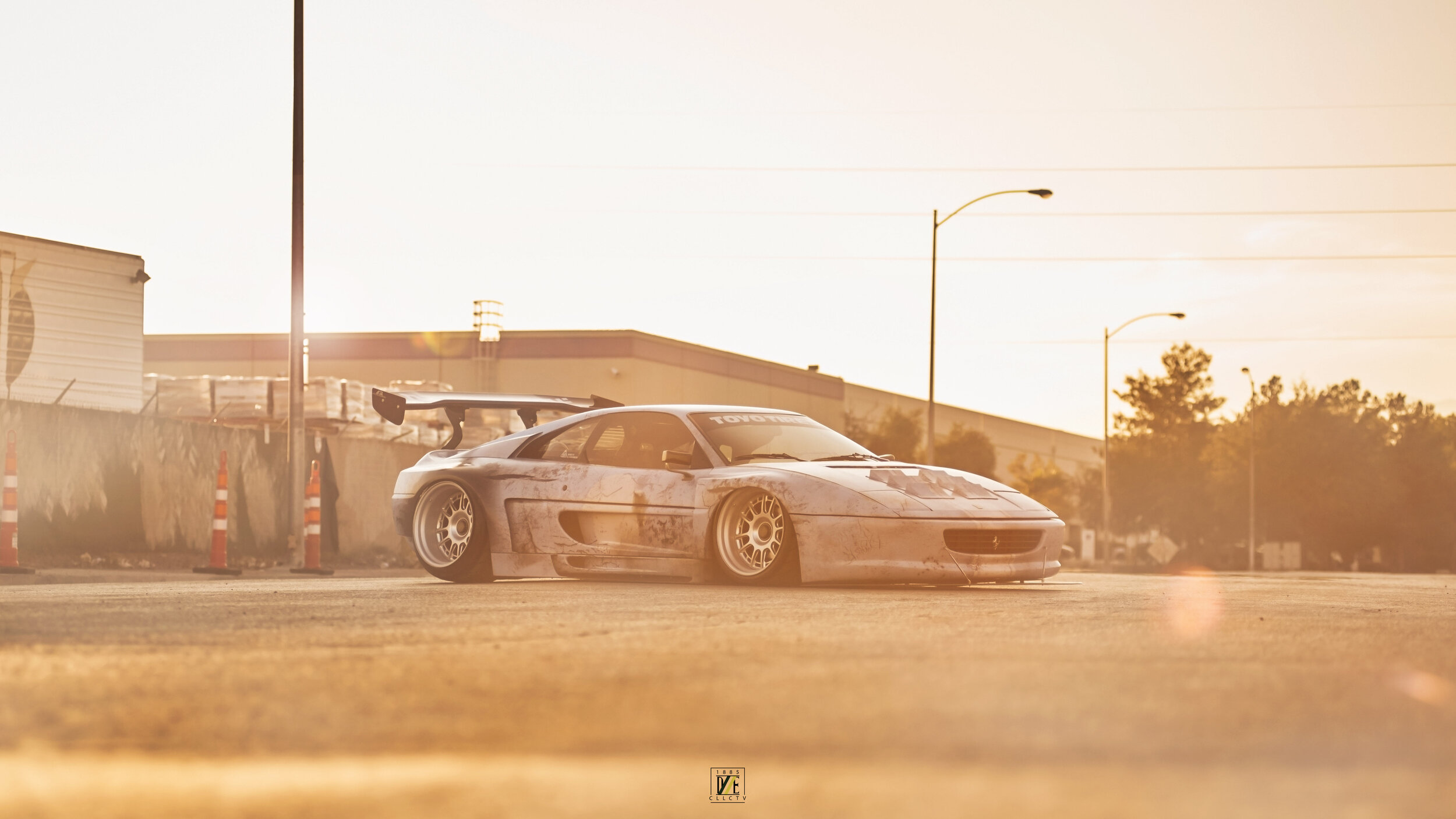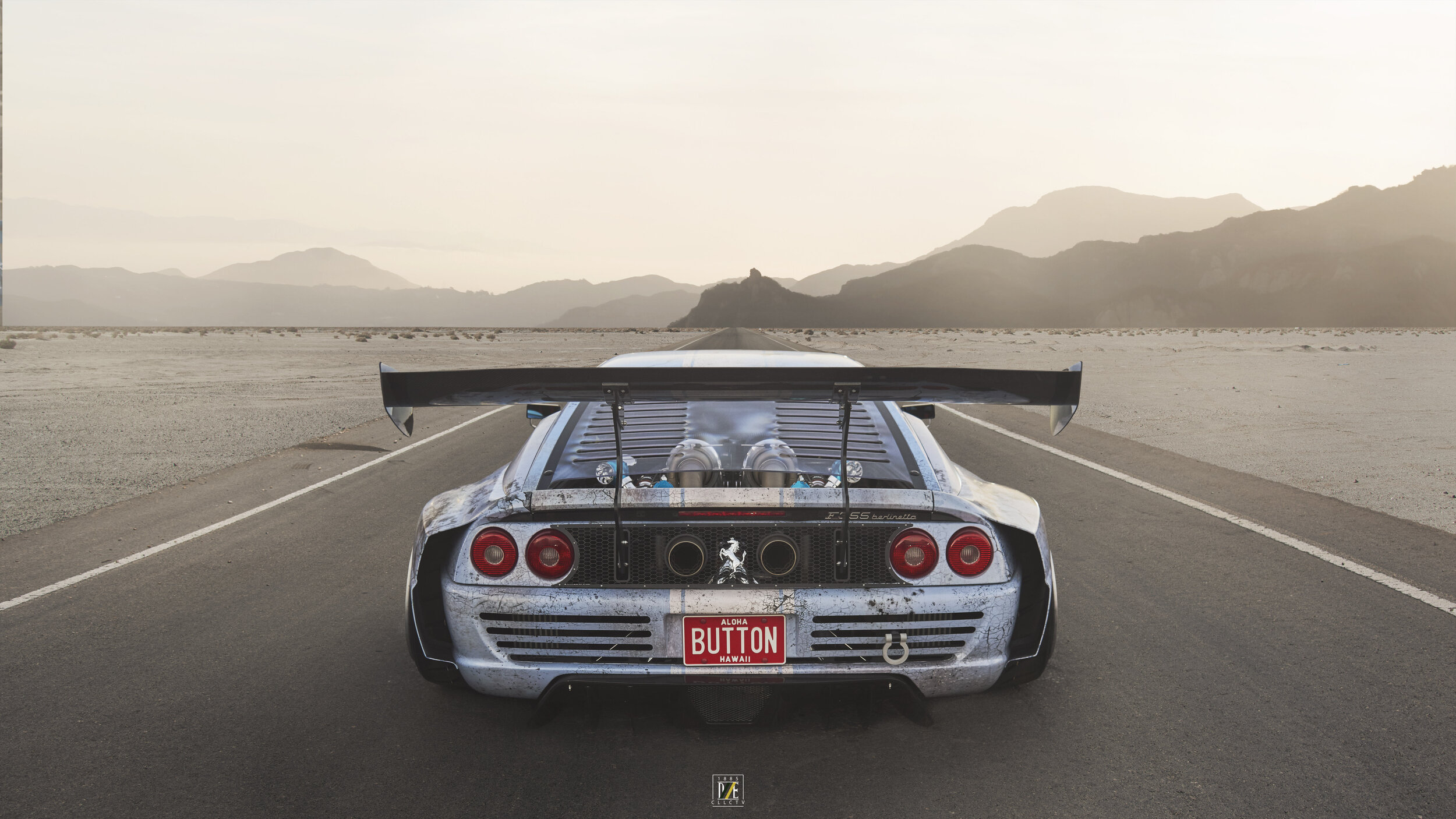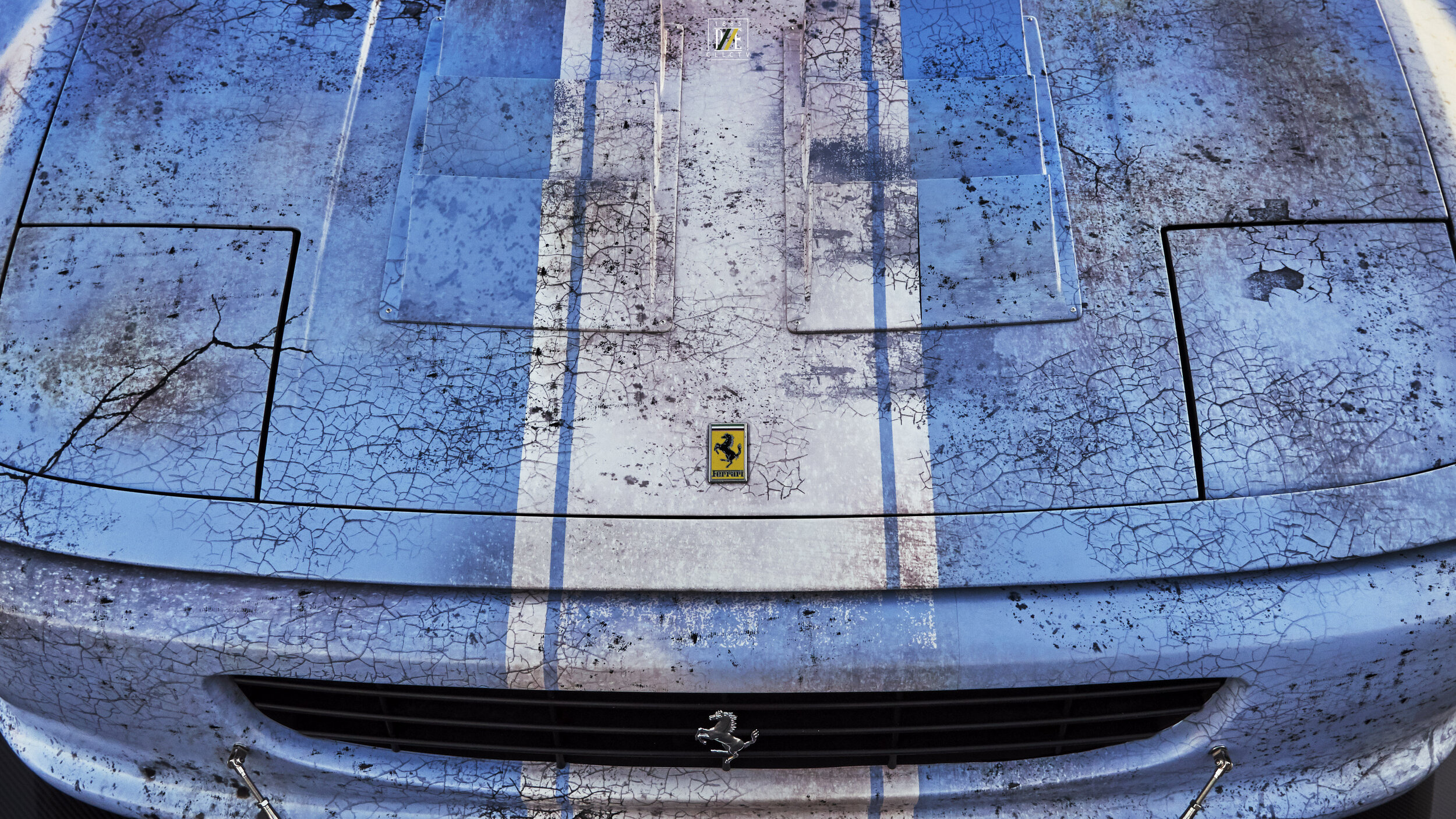FEATURES
Sharing our collective coverage of events, experiences, and featured stories
Looking to the Future: Mercedes-Benz VISION AVTR
This automobile is the physical embodiment of a core Mercedes-Benz value: vision. In fact, it’s in the name: VISION AVTR. For the entirety of the brand’s existence, the prestigious marque has had an eye toward the future.
Karl Benz ensured the brand’s DNA and heritage would be inexorably connected to the value of vision in 1885 when his first Benz Patent-Motorwagen was completed. His wife Bertha Benz, who had funded her husband’s invention, saw the potential of the automobile and a successful company.
Frustrated with Karl’s lack of marketing prowess, Bertha set off on the first automobile road trip 132 years ago today. Along the way, she invented the brake pad and service station, and she realized her own vision for the automobile. Some people were frightened by the site of the “car,” some were awed—all had been given a glimpse of the future courtesy of Bertha.
Her vision was commemorated by Germany in 2008. The creation of the Bertha Benz Memorial Route allows anyone who wants to trace her tracks to follow 194 kilometers (120.5 miles) of signs, taking them from Mannheim to Pforzheim.
It would have been easy for Mercedes-Benz to rest on Karl’s invention. Instead, the company has constantly pursued breakthroughs. In 1901, the company created the first “modern car,” the Mercedes 35 PS. Roughly a decade later, they’d put an engine with four valves per cylinder in the Benz Special Touring Car, inventing the first multi-valve motor. The 300SL Gullwing was the first production car to use direct injection. The W126 S Class was the first car that had an airbag, presented as an option in 1981. Now, airbags aren’t just standard equipment, they’re legal requirements.
This legacy of vision and innovation has brought us to the VISION AVTR. Concept cars are, at their core, design exercises. But manufacturers aren’t always just testing the waters to see how far they can push aesthetic boundaries. Oftentimes, brands are attempting to answer forward-looking questions. In the case of the VISION AVTR, the questions Mercedes-Benz has answered are clear: How far can we take mobility? Will the car as we know it exists? As stewards of the automobile’s heritage, how will the experience be transformed?
Again, this concept’s name provides hints as to how Mercedes-Benz applied its answers to those questions. VISION is obvious, of course. But the AVTR in the vehicle’s name is much more than a nod to the company’s involvement in the upcoming Avatar films—it’s an acronym. AVTR stands for “Advanced Vehicle T(R)ansformation.” The concept embodies the future-looking vision of Mercedes-Benz, and their commitments to luxury and delivering an unparalleled experience.
The VISION AVTR isn’t so futuristic or alien in appearance that it makes a person feel uncomfortable. Rather, it’s a place most automotive aficionados would want to spend time. The design is a bold interpretation of the future but Mercedes-Benz’s vision still includes luxury. And unlike many concept cars, the VISION AVTR is functional—highly functional.
This electric concept features four high-performance motors that deliver a dynamic driving experience, complete with torque-vectoring all-wheel drive. The ability for each axle to be driven opposite of one another means the VISION AVTR can “crab walk,” moving sideways by 30 degrees.
Mercedes-Benz feels that sustainability will remain crucial for the health of the planet. Bearing that in mind, this concept is zero-emission and its battery technology features organic cell chemistry based on graphene. The VISION AVTR’s batteries are 100-percent recyclable and can be composted. The attractive seating is produced using a sustainable vegan material called DINAMICA leather, made by recycling PET plastic bottles, old clothing, and even flags. Energy is also supplied by what Mercedes-Benz calls “bionic flaps” on the back, integrated solar plates that can be moved multi-directionally. This design feature reduces the energy consumed per commute.
You’ll have to pry the keys to our internal combustion-engine cars out of our hands to keep us from ever ”commuting” in them again. The Das Erbe Collective believes driving a car is a unique skill and an irreplaceable experience that leads to additional, unforgettable experiences. In other words, we’re in no hurry to kick our gasoline- and diesel-powered vehicles out of our garages.
But the VISION AVTR, with its biometric connection to passengers and immersive experience, has us looking toward the future right alongside Mercedes-Benz.
Reflecting on SEMA 2019
The SEMA experience begins well before a single step is taken inside the world-famous Las Vegas Convention Center. Attendees start their journey toward Vehicle Valhalla immersed in everything automotive from well outside the convention space’s doors.
A person could spend an entire day outside taking in the high-dollar drift machines, immaculate classics, mind-bending customs, and mouthwatering exotics, like the BB328T perched atop the CTP Concepts Nighttrain. Each worthy of careful consideration, each nearly impossible to appreciate in their totality, each resting like an apex predator waiting to stretch its legs.
We all knew that SEMA 2020 would be awash in a roiling sea of MKV Supras. That expectation didn’t lessen the impact and excitement of the return of a JDM legend and the unique visions it has already inspired. (Yes, we know a JDM-DTM collaboration was needed to bring the successor to the iconic MKIV to life.)
It wasn’t just turbo and custom exhaust system sizes that mattered at SEMA 2019. Monstrous trucks and SUVs dwarfed several six- and seven-figure car builds with sky-piercing lifts, world-conquering rubber, and garish grilles. From overlanders to brodozers, trucks and the myriad parts and tech available for sky’s-the-limit modding commanded attention.
Bella, the Candy Apple RX7
This 1994 rotary-powered JDM legend needs no introduction. All an RX-7 ever needs is a dedicated owner and a respectful nod from anyone who comes into contact with it.
Nothing sounds like a rotary engine and nothing quite moves like one either. Not much from the ‘90s has such a commanding presence. The FD is an apex predator on the street and the track. It looks ready to strike even when standing still with the ignition off, yet the aesthetic appeal is one of elegance and fluid lines.
The look of this FD3S (JM1FD for North American models) named “Bella” is next-level aggressive thanks to four-stage Candy Apple Red paint, RE Amemiya GT-AD widebody kit, APR Performance GTC 300 rear wing, and custom-louvered hood. Undoubtedly, unless you’re hearing it pull up, those exterior details are the first things about this sports car that jumps out at you. Candy Apple Red is a bold statement: “I have arrived.”
Candy Apple Red with this widebody kit, front bumper resembling a ferocious menpō mask, and five-foot-plus-long carbon fiber wing kicks that statement up several notches.
Originally Vintage Red, Jon Togans bought Bella in 2010 from a private seller in North Carolina without seeing her in person. He found this FD on RX7Club.com after moving to Japan while in the Navy and selling his 187 FC RX-7 Turbo II.
“Of course, going to Japan as a car guy you typically look for these types of cars there: the GT-R, the RX-7, the NSX, Supra, and everything else that never came here to the States,” says Jon. “So I quickly got bit by the car bug again.”
Unfortunately, he had been deployed to the Pacific Ocean and flown to a ship just two weeks into his move to Japan, so he hadn’t been given time to indulge his car guy needs. But the ship had internet access, and the internet had car listings. Jon had the urge to own an FD RX-7, the means to acquire one, and, after it spent around nine months at a friend’s house in Virginia, the resources to have it shipped to his parents’ home in Las Vegas in 2011.
The prices of RX-7s hadn’t risen to the level they’re at now, so Jon also had the bankroll to stockpile parts. He collected every bolt-on he wanted—including two exhaust systems—along with coilovers. So, when he laid eyes on Bella for the first time a year after making the purchase, he started wrenching on her immediately.
Excluding professional bodywork, paint, and the second engine currently living underneath that custom-louvered hood (sourced from this FD’s previous owner four years after Jon bought it), Jon has put in countless hours over several years. He test-fitted the widebody kit, rear wing, and Rocket Bunny rear diffuser, and marked the hood himself for its louvers. He seems most proud of the hood: rather than buy an aftermarket, vented, carbon fiber hood, he opted to vent the stock, lightweight aluminum unit. The louvers are courtesy of a Vegas hot rod shop and make a powerful statement of their own.
“People are really drawn to it,” Jon says of the hood. “They look at it and say, ‘Who makes this hood?’ I say, ‘Mazda and me.’”
Bella drives as great as she looks and sounds. This is due to a street-ported 13BTT featuring modified non-sequential OEM twin turbos; Atkins Rotary seal kit; GReddy pulley kit, twin intake kit and front-mount intercooler; ACT Stage 2 street clutch; and Magnaflow downpipe, cat-delete and titanium cat-back exhaust system. A street tune from California tuner Garage Life, estimated to make between 350 and 400 horsepower with about 16 pounds of boost, is managed through an A’pexi Power FC with Commander and GReddy PRofec B Spec II boost controller.
Whether cruising to a Gears & Grinds gathering on a lazy Sunday, carving a canyon or hitting the apexes on a track, Nitto NT05 tires wrapped around Work Emotion CR two-piece wheels, EBC drilled and slotted rotors, Hawk HPS brake pads, Stance GR+ Pro adjustable coilovers, and Mazdaspeed rear adjustable tow arms an front sway bar kit keep this FD pinned to the pavement and out of trouble. Jon flicks through gears using a B&M short-throw shifter topped with a Top Secret shift knob.
“You definitely feel like, even though it is a streetcar, you’re in a race car. The way the motor sounds, how quickly the turbos spool up—and I’m running stock turbos on mine that are just configured differently—the feel of it, the sound of it,” explains Jon. “The sound of the rotary is just distinct. Everybody loves the sound. No matter what kind of exhaust you put on it, it sounds great. The power is always there. The powerband is amazing, it doesn’t matter what type of driving you’re doing. It’s just an overall fun car.”
Jon has plans to bring Bella to the track this year. He’s a fan of racing and after many months of fine-tuning the suspension, this FD is ready to race. Jon also plans to spend less time turning wrenches and more time detailing and protecting cars; he’d like to open a wrap business and has taken classes to become a Clear Bra specialist. Clearly not one to stand still, he has been helping his cousin with his own RX-7, a recently purchased 1999 FD that will go in a milder direction than Bella. Oh, and there’s also the R32 Skyline GT-R in his garage...
The Rebellion Forge Racing E30
When this savage machine first entered Ross Gredys’ life almost a decade ago, it was a rust-free E30 with a blown head gasket intended to get him to work and back. Gredys turned his $900 investment into something priceless with build partner Kyle Ray.
After pulling the original M20 motor instead of repairing the blown head gasket, Gredys hit the forums and discovered how much aftermarket support the E30 enjoys. So, he made another investment: a used Honda Civic that would be his daily while he ripped apart the E30.
Over the course of nearly ten years, this E30 has been stripped down to bare metal and experimented on by Gredys and Ray, business partners in Rebellion Forge Racing. Gredys, by trade, is a skilled welder and fabricator. That sexy as hell but menacing exhaust—the centerpiece of this spectacular build—is a testament to his talents. He also grew up around hot rods: his grandfather judged the World of Wheels shows for around 30 years.
Ray, as evidenced by these pictures, is an accomplished automotive painter. He also counts bodywork and mechanical engineering as weapons in his automotive arsenal. To create the eye-catching color, he drizzled onto the RFR E30, he started with Porsche Olive Green added a touch of his own to create the final mix we can’t stop starring at.
Every seam on the E30 has been stitch welded. Inspired by motorsports, the front and rear of the chassis were cut off and replaced with tubular steel. Suspension components were fabricated in-house, including tubular rear control arms and machined parts upfront. Gredys made his first roll cage and installed it in this car. In fact, Gredys says that this car was always meant to be a dedicated track weapon, and may still become one in the future. When asked to describe this 500HP Club member’s road manners, Gredys says it’s violent.
“It’s a very visceral, very raw car,” he says. “Everything that’s been done to that chassis is race car. When you get in it you feel everything, you hear everything... It’s just—it’s very violent.”
Before ever receiving the invite to show the E30 at SEMA, Gredys had decided it was time to finish the E30...as much as any project car is really ever “finished.” After eight or nine years using it as a testbed to figure things out before working on other client cars, the E30 looked worse for wear. But it obviously had the potential to become a masterpiece and calling card.
“It was kind of ugly because it was beat up, and there were a lot of mismatched parts, but I’m like, ‘We really have something here,’” says Gredys. “It was kind of like that perfect storm where it was in a spot where Kyle—my business partner,—and I had kind of already made the conscious decision like, ‘Okay, we’re gonna finish this car.”
Call it chance, divine intervention, destiny, fate or good fortune, but in 2018 the perfect storm Gredys and Ray found themselves in took an intriguing turn: Khyzyl Saleem and Eric Penelow dropped the Live To Offend body kit you see adorning the RFR E30. Gredys reached out the day he saw the kit, RFR and LTO started corresponding regularly, and Gredys’ exhaust work impressed Saleem and Penelow.
The E30 then caught another set of incredibly influential eyes: Meguiar’s. They wanted the car at their SEMA 2019 booth. When Gredys received that call, he thought, “There no frickin’ way.” During his talks with LTO about bringing the RFR E30 to SEMA, Gredys assumed that the car would be displayed somewhere outside the Las Vegas Convention Center. But then Mike Pennington from Meguiar’s called and invited RFR to bring their E30 to the Central Hall booth. Gredys and Ray were excited but now the situation was very real and the pressure was on. After all, the E30’s boothmate would be a car brought in from New Zealand that he estimates to be a million-dollar build.
“We already thought the bar was high—we just kinda launched it into outer space,” says Gredys of the Meguiar’s invitation.
Once again, the E30 was stripped down to bare metal, this time for sandblasting. Over four-and-a-half months, it was carefully reassembled with great attention to detail. Gredys and Ray had been experimenting with the car for close to ten years: everything they had learned and perfected came into play to make it SEMA-worthy.
Due to time constraints, Gredys and Ray chose to outsource the engine, to a point. The duo had machined several parts and collected others over the course of a few years but the clock had been working against them. The ferocious heart of this monster, a six-liter aluminum short block LS3 with Texas Speed Stage 3 cam, was assembled by high-horsepower application specialist Nick Smithberg and Sid Anderson of Smithberg Racing in Fort Calhoun, Nebraska. Smithberg built LS6 cathedral port heads to pair with the LS3.
Ultimately, the RFR E30 would finish top three among the Battle of the Builders Young Guns at SEMA 2019. Gredys largely credits his business partner Ray for the achievement. Working long hours at his fabrication and building business meant that Gredys relied heavily on Ray to complete the build in time for SEMA.
“He was the guy that was putting in a lot more hours as far as making sure that everything was getting done and put together,” says Gredys. “He did all the bodywork on the car. He was the one that painted the car. He’s a very, very talented individual.”
Those who have seen the car in person can attest to the staggering amount of details vying for attention. There’s the custom, in-house fabricated exhaust system, of course. The attention-pulling customized Porsche Olive Green paint. The extreme LTO widebody kit. But there’s one detail—perhaps “detail within a detail” is more accurate—in the interior of which Gredys and Ray are particularly proud.
The shifter bezel was fabricated in-house, designed to encompass a brake bias switch for easy access. But it also houses a slot for a Haltech USB for engine management. And without that USB stick in place, the E30 won’t start—the key for the ignition is one-off brilliance. Why did they do this? Because Ray thought it would be cool if their key was the Haltech USB stick. He was right.
The Button Built Ferrari’s
We weren’t expecting to see Button Built Ferraris in Las Vegas at the 2019 SEMA Show. Mitch Button, proving the scene should be as entertaining as it is boundary-pushing, pranked us all on Instagram two days prior to the preeminent Las Vegas automotive gathering.
Neither the Grigio Medio BB328T nor “distressed” Azzuro la Plata BB355TT would make it to Vegas due to a “mishap” during transport to the shop for final SEMA prep, claimed Button Built’s post. Luckily, the joke was on us. Not only did both Buttons arrive—the BB355TT was parked at the Toyo Tires Treadpass and the BB328T was displayed by AccuAir on the back of the CTP Concepts “Nighttrain” hauler—Das Erbe rolled out to the Vegas desert with them after the show.
Mitch and the Button Built team are among the elite of a new breed of builders. To these visionaries, honoring the heritage of marque or model doesn’t mean restoring the original work someone already did decades ago, resulting in a nearly unattainable garage queen. Instead, Button Built pays homage to heritage by giving admirers and inevitable detractors alike a new way to see and engage with storied car companies and their legendary creations. He also respects the individual car and their previous owners.
When the BB328T was still a stock 1988 Ferrari 328 GTS, it spent its life on the East Coast being cared for by a single owner who faithfully maintained it and kept meticulous records. It was also one half of an identical pair: the owner who sold the car to Mitch had purchased one for himself and one for his son. Unfortunately, the son passed away. Mitch felt he needed to honor not only Ferrari but also the relationship between this father and son that was now intertwined with the Button Built story.
Perhaps Mitch was destined to purchase and build the 328 GTS. Born into what he describes as “redneck poverty,” if he hadn’t strived for greatness, had he just let fate decide the direction of his life, he probably wouldn’t have ever seen a Ferrari up close, let alone own one. If his father hadn’t instilled in him a strong work ethic, a love for maintaining and modifying cars, and the aspiration of owning a Ferrari, the cars on your screen right now wouldn’t exist. Mitch grew up idolizing Enzo Ferrari, and these cars are his homage to his idol. Neither build would have materialized if he hadn’t been brave enough to leave home at the age of 15 to pursue greatness, live his passion, and make his name known in the automotive world.
When Mitch reaches into automotive history, pulls out iconic models, and molds them into his vision for today, he does so literally and figuratively. Both widebody systems were designed and molded in clay by hand to create the carbon-Kevlar body panels. Most of the original body of the 328 GTS was handbuilt by Italian coachbuilder Carrozzeria Scaglietti. Transforming this particular Prancing Horse into the BB328T meant handcrafting a body of Mitch’s own design, including the hood; front and rear bumpers; front wings and carbon fiber rear wing; rear quarter and rocker panels; and a bespoke targa top.
The 1999 F355 Berlinetta, designed by Pininfarina, was the last of the regular Ferrari models (as much as the term “regular” can ever describe a Ferrari) to be handbuilt. Creating the BB355TT once again included sculpting a widebody system by hand, including the hood vents; front fenders; front and side splitters; front and rear bumpers; rear quarter panels, wing and diffuser; C-pillar and rocker panel ducts; canards; and acrylic engine cover. Like the BB328T, the BB355TT was wrapped by Impressive Wraps. The “battered” Azzuro la Plata wrap is a nod to Ferrari’s motorsport history: it’s the color of the 250 SWB Ken Miles drove in the 1966 24-hour race at Daytona International Speedway.
By now you’ve likely worked out that “BB” stands for “Button Built.” And I bet you’ve figured out the “T” and “TT” designations as well. Mitch boosted the BB328T’s performance from 270HP to over 400HP with a Xona Rotor turbo, TiAL Sport blow-off valves and wastegates, and CSF intercoolers and radiators, along with a list of other goodies. While the Xona Rotor, TiAL and CSF hardware certainly isn’t OEM, an intercooled, single-turbo setup isn’t new to the 328: Ferrari created such a variant based on their 208 Turbo’s V8 in 1986.
The BB355TT rocks—you guessed it—twin Xona Rotor XR5455 Echo Series symmetrical turbos (one rotates counterclockwise, meaning each half of the engine mirrors the other). The snails, along with TiAL blow-off valves and wastegates, CSF radiators and intercooler cores, Aviva Instruments intercoolers, and other parts plus tuning by Voodoo Engineering’s Eric Cheney bump the standard 40-valve V8’s 375HP to 600-plus.












